Scrapbook: Slow Travel Through California
/I’m back for another monthlong stay in California, this time starting in the south and making my way north. I’ll be speaking at the Visit California Outlook Forum about sustainable travel and one of the best ways to travel responsibly is to stay longer in a place, spend money in the local, regenerative economy, and to practice Leave No Trace principles. Join me. (Fair warning: This post is long.)
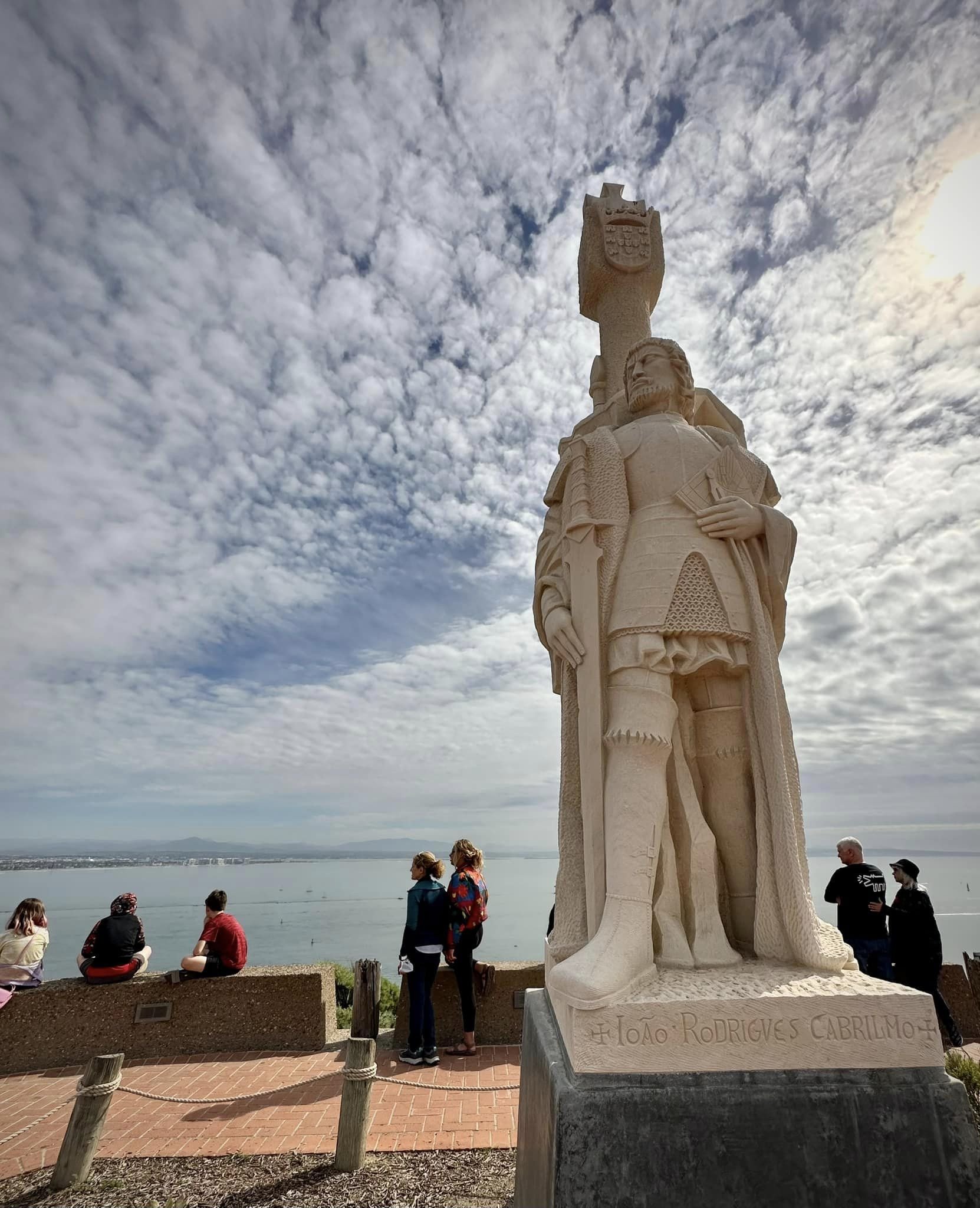
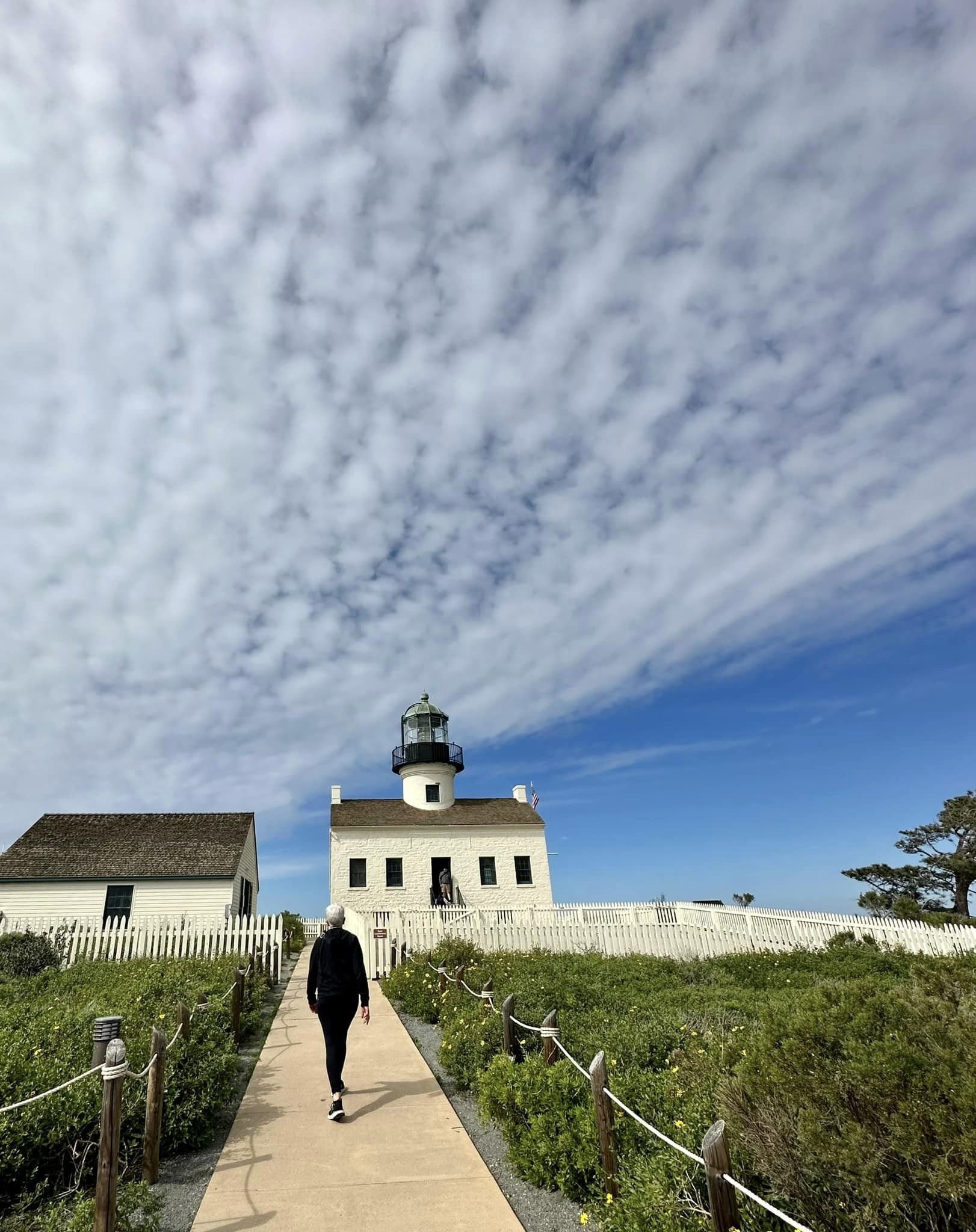
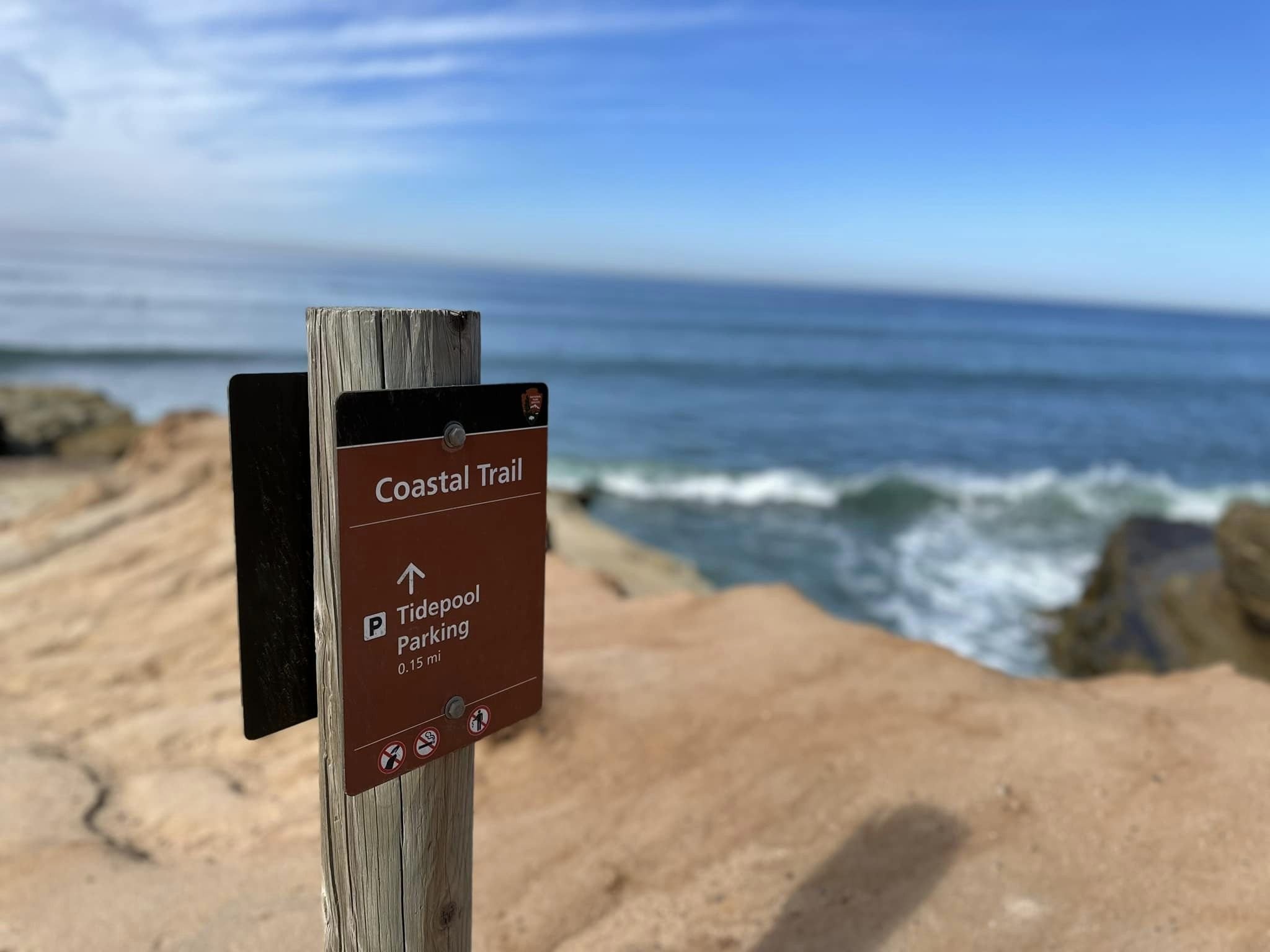

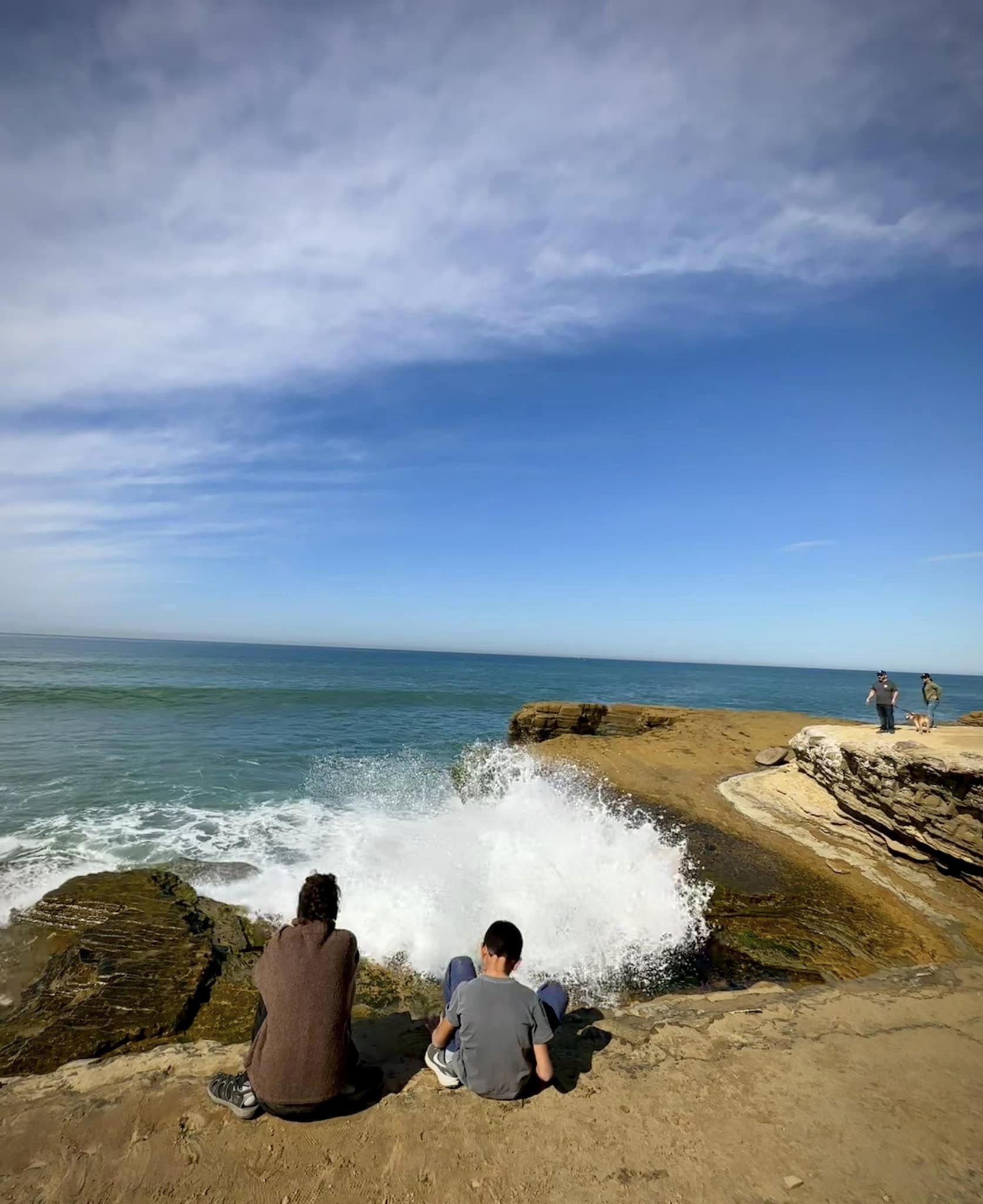

I’m on a meander through parts of California, starting in San Diego. I’ve roped my friend Sharon, whose daughter is in school here, into joining me for part of it.
First stop: Cabrillo National Monument, which marks the 1542 landing of the first European to map what is now the West Coast of the United States and the first contact with the coastal California Indigenous tribes who predated them by thousands of years. The expedition was in part seeking Cibola, the mythical lands of gold that the 16th-century Spanish believed existed in these parts.
Almost 500 years later, we had a golden morning exploring the area, now part of the national park system.
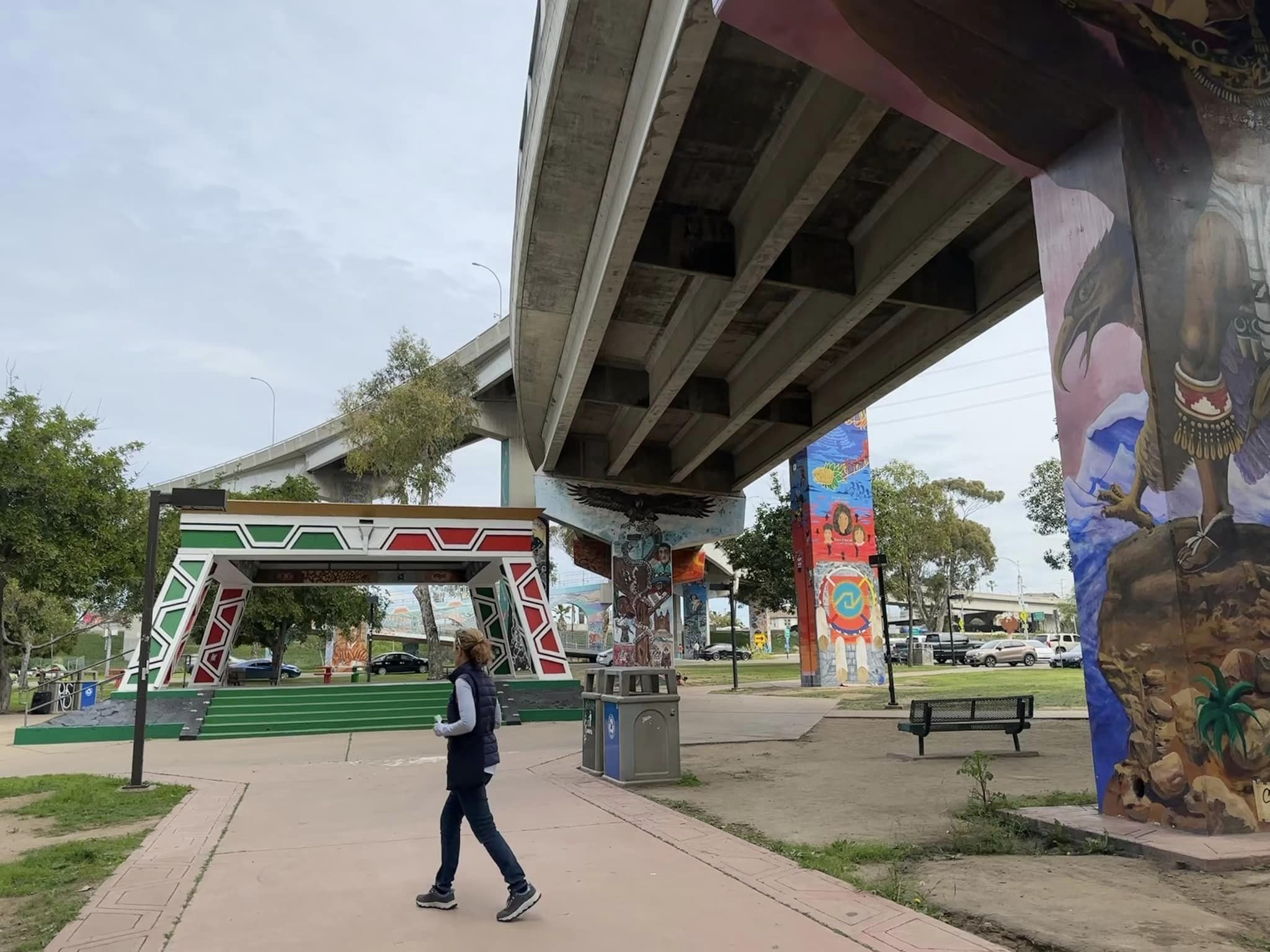

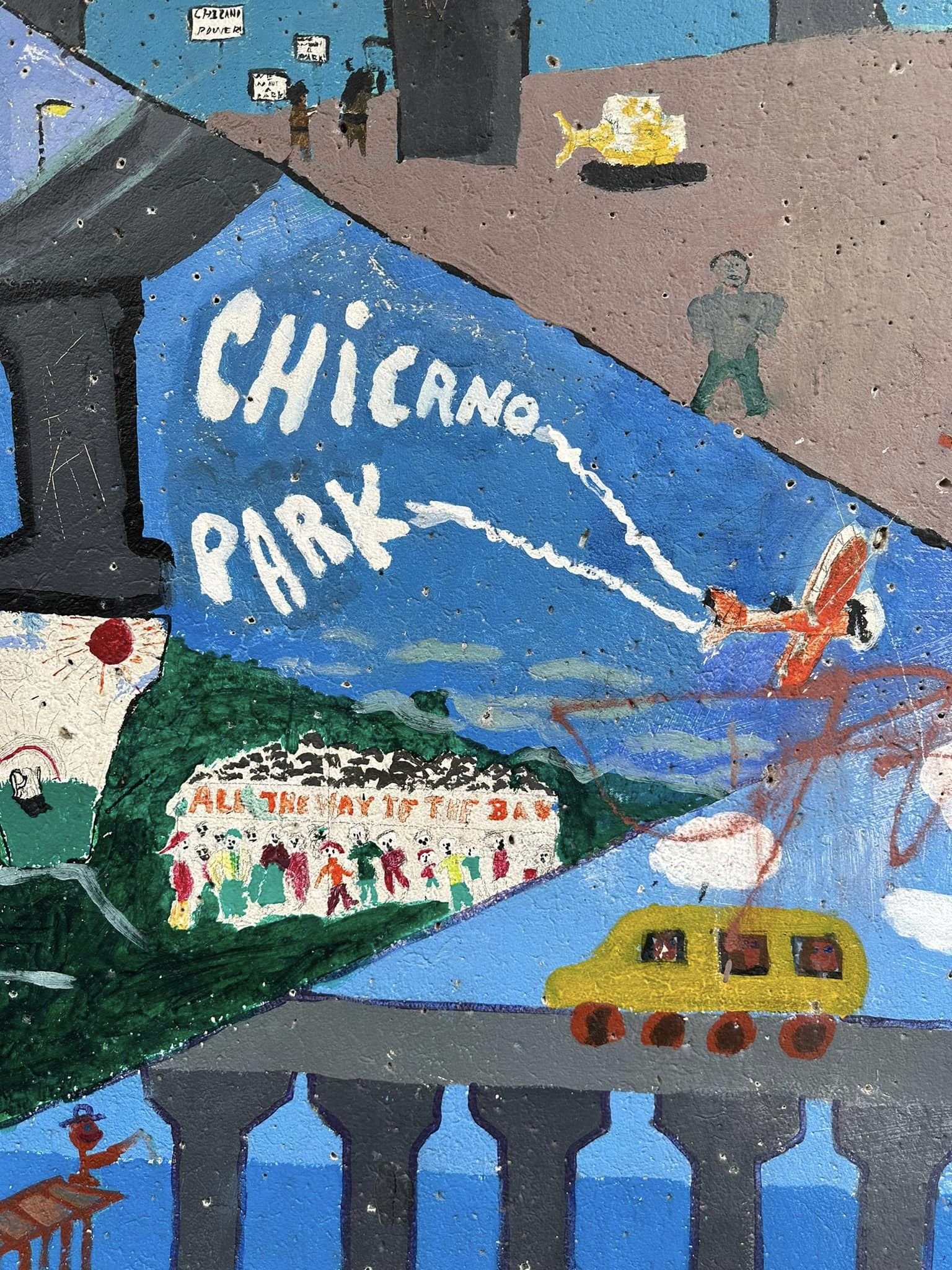
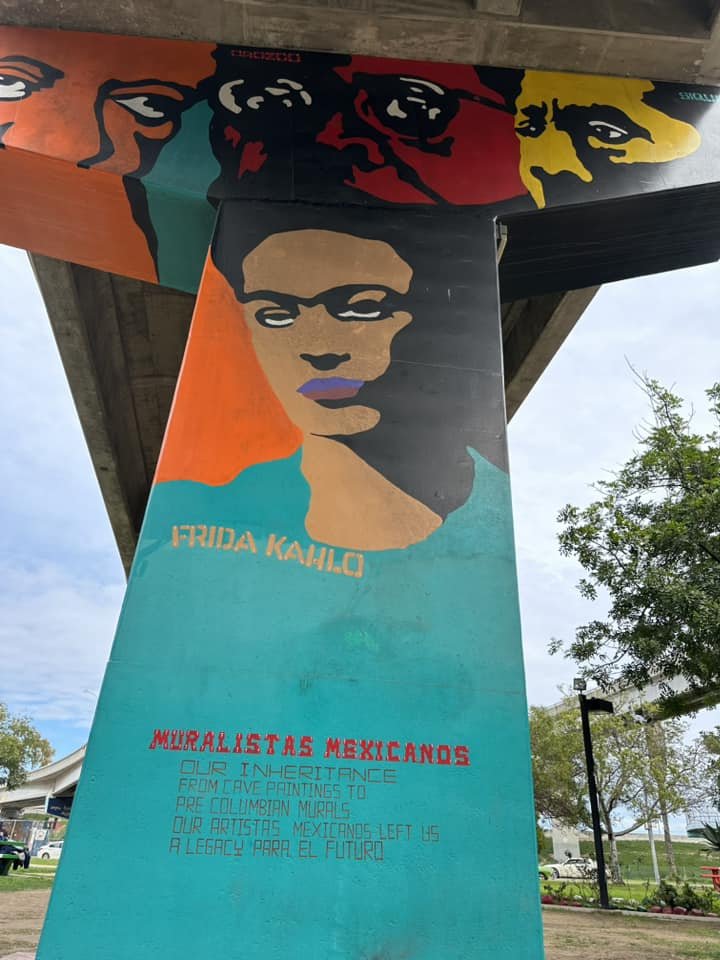
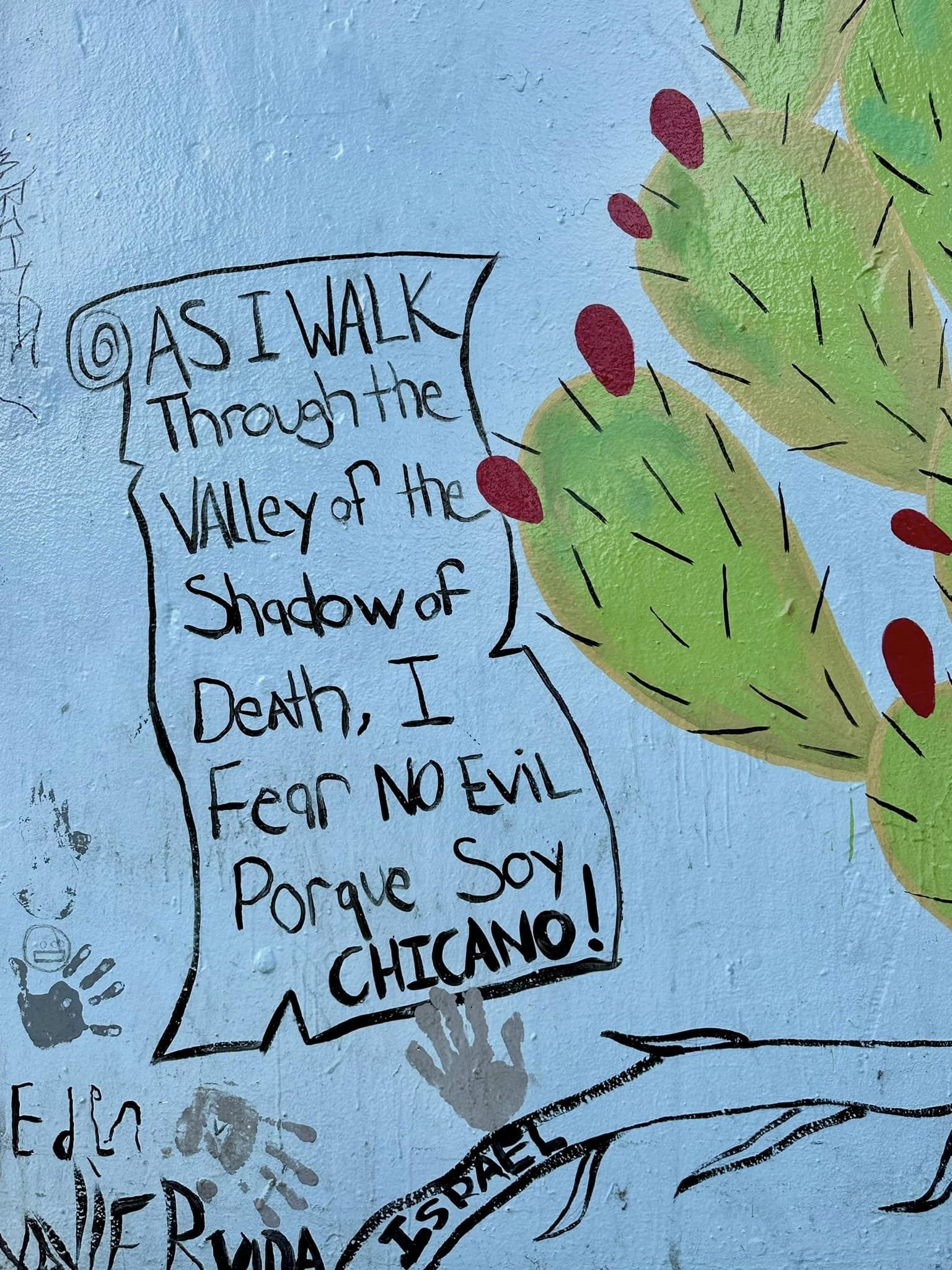
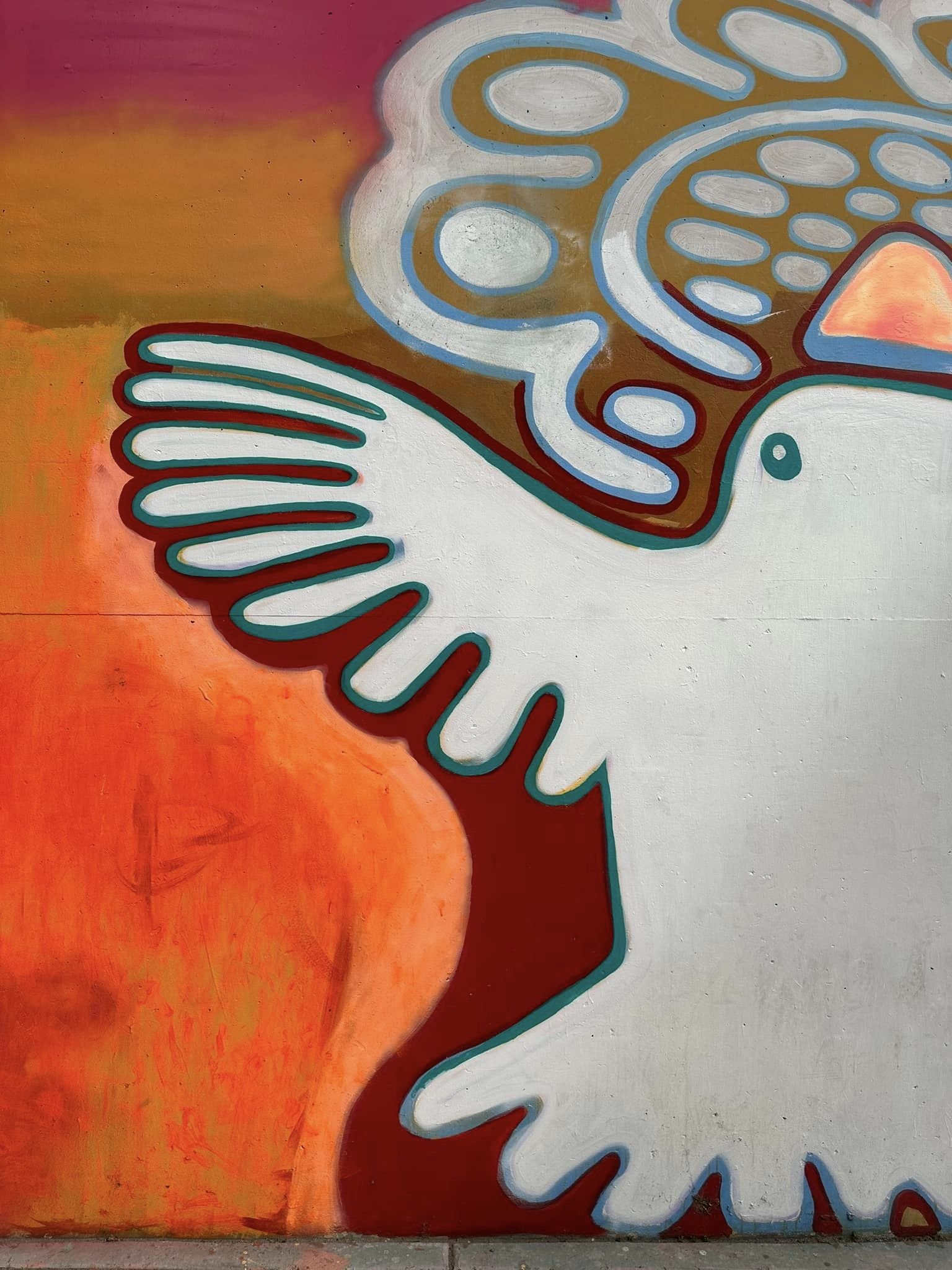

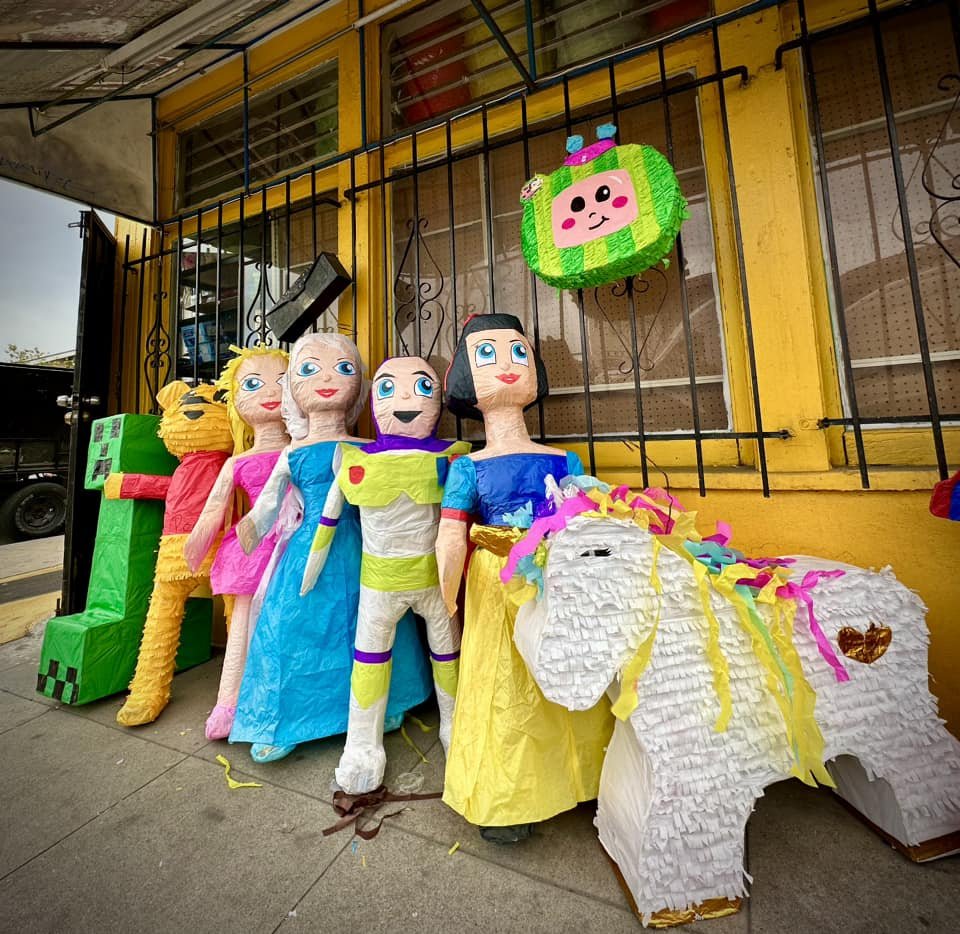
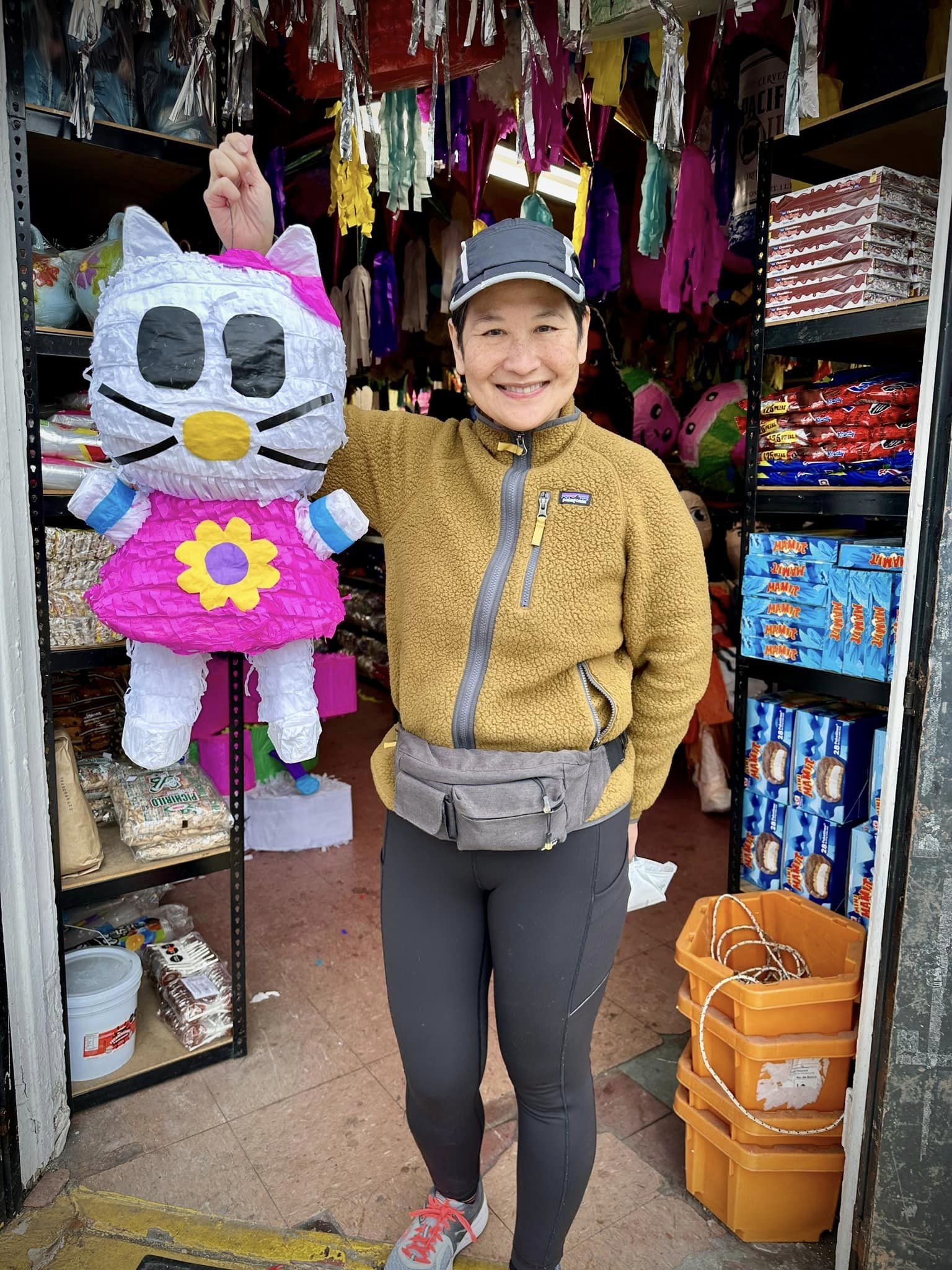
San Diego’s Barrio Logan is the place to soak up the city’s Mexican-American culture and art. Chicano Park has the largest concentration of Chicano murals in the world, painted on the massive concrete pillars under the highway and bridge constructed in the 60s through the city’s oldest Mexican-American neighborhood. A promised park was rescinded, which galvanized the community action and protest that led to the establishment of the park in 1971.
Today the park is a National Historic Landmark, the vibrant center of an arts district, a symbol of resilience, and proof that community activism works. There’s a small new museum with temporary exhibits that also serves as an indoor community space.

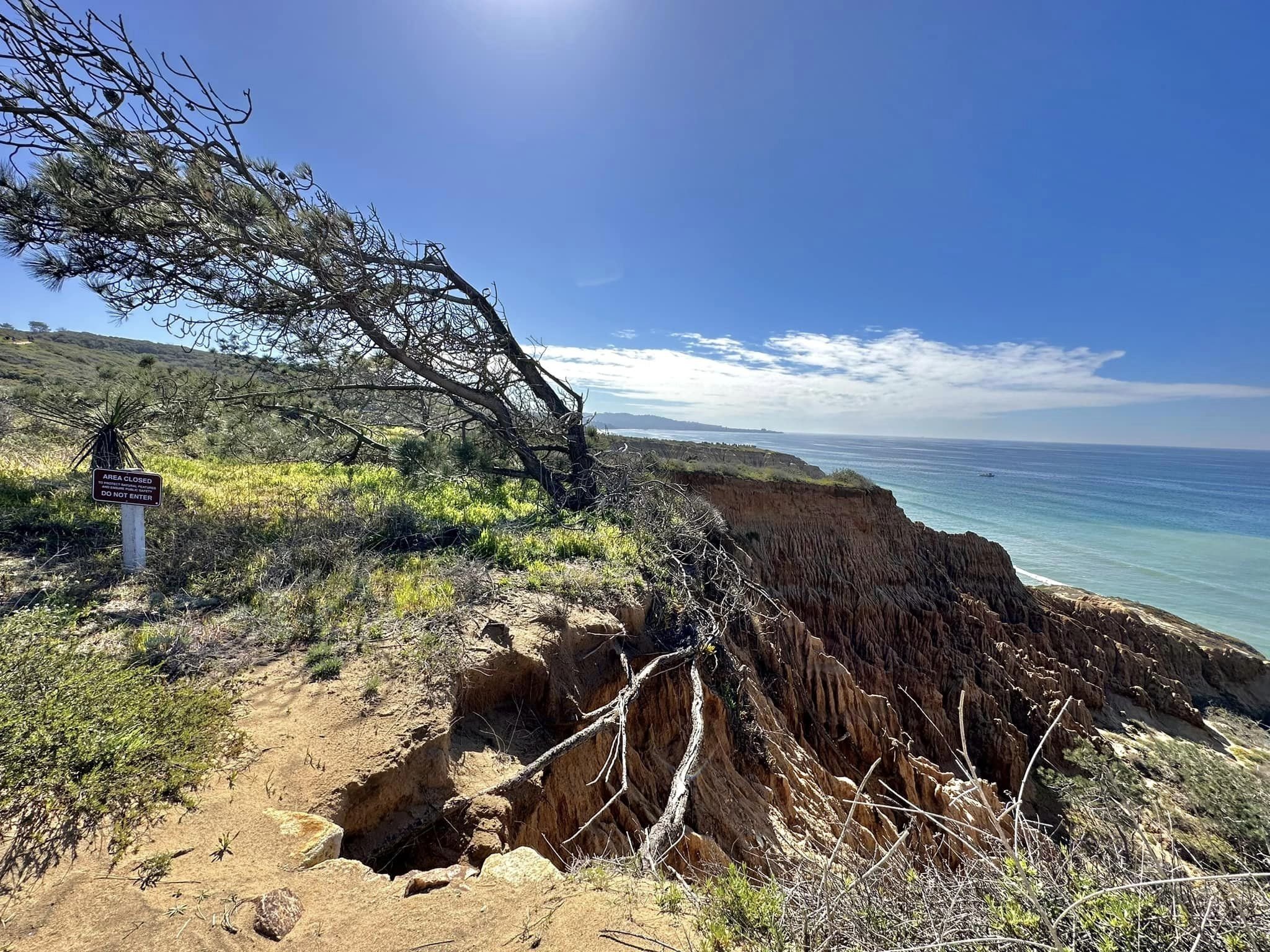
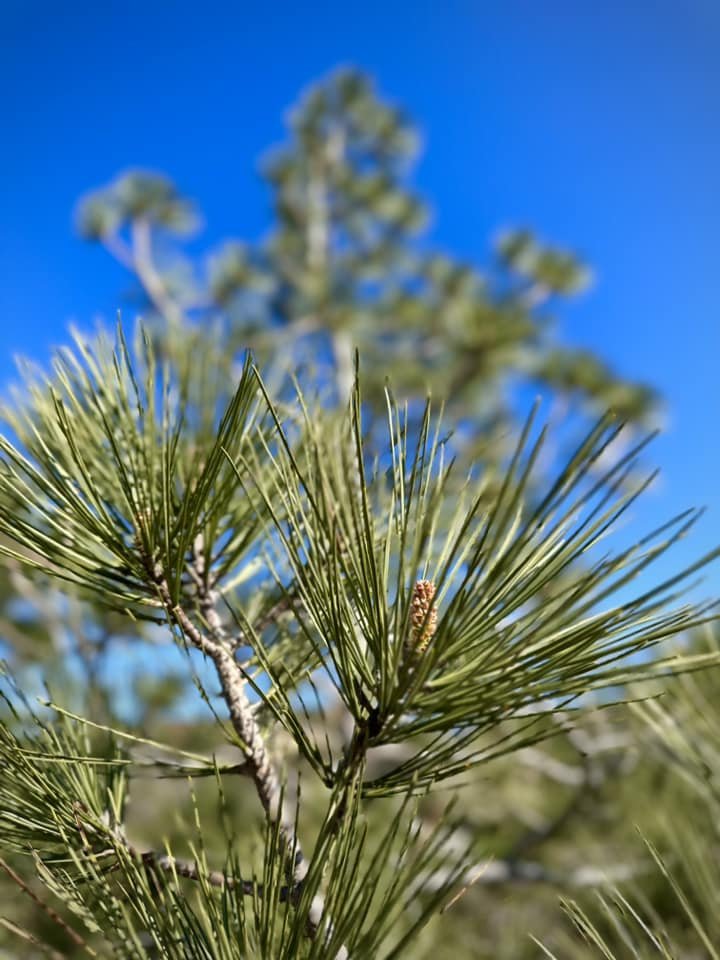
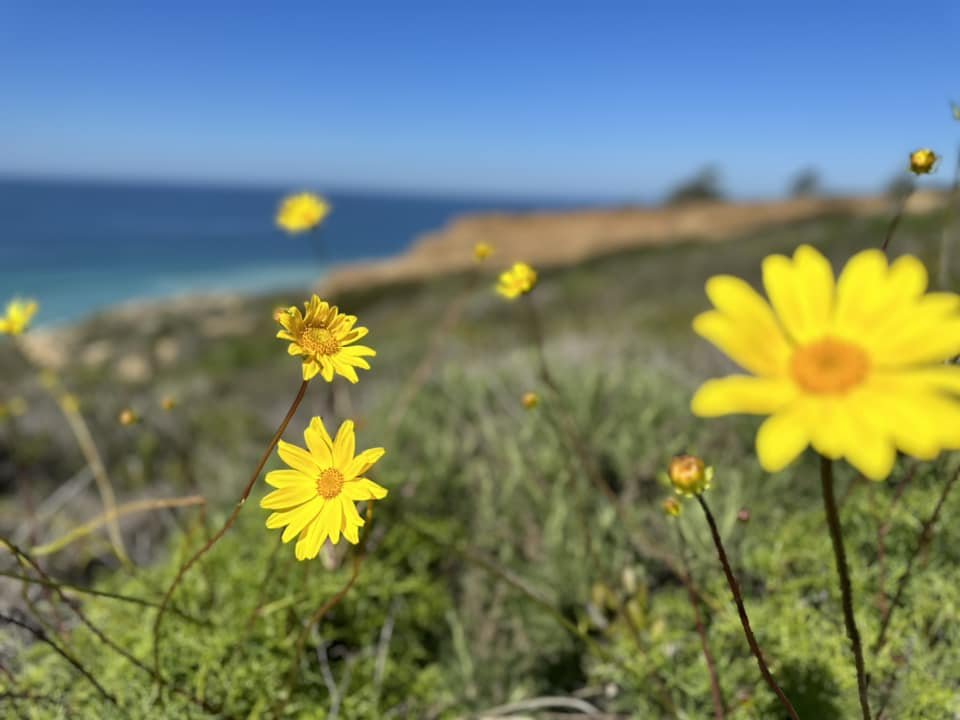
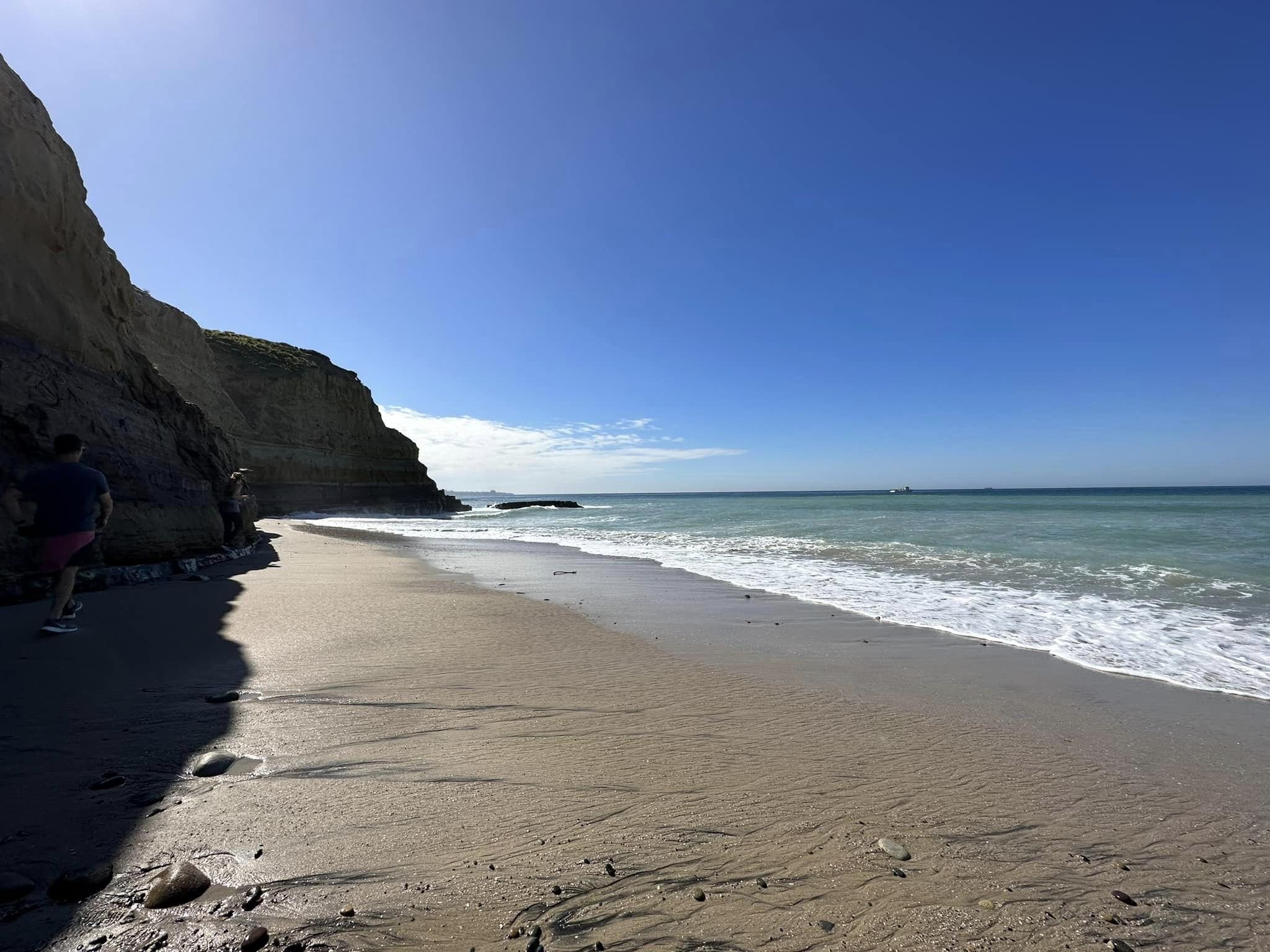
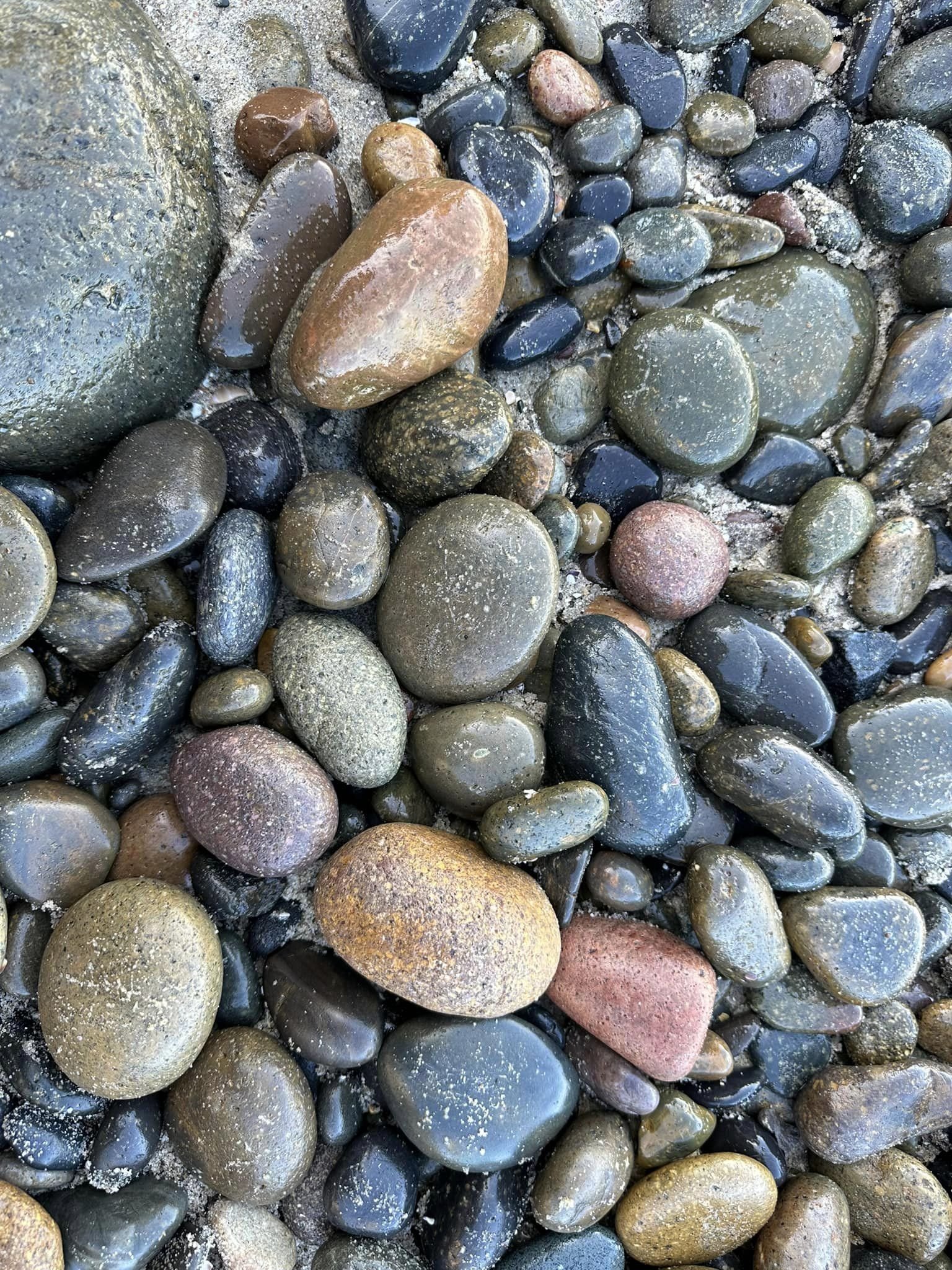
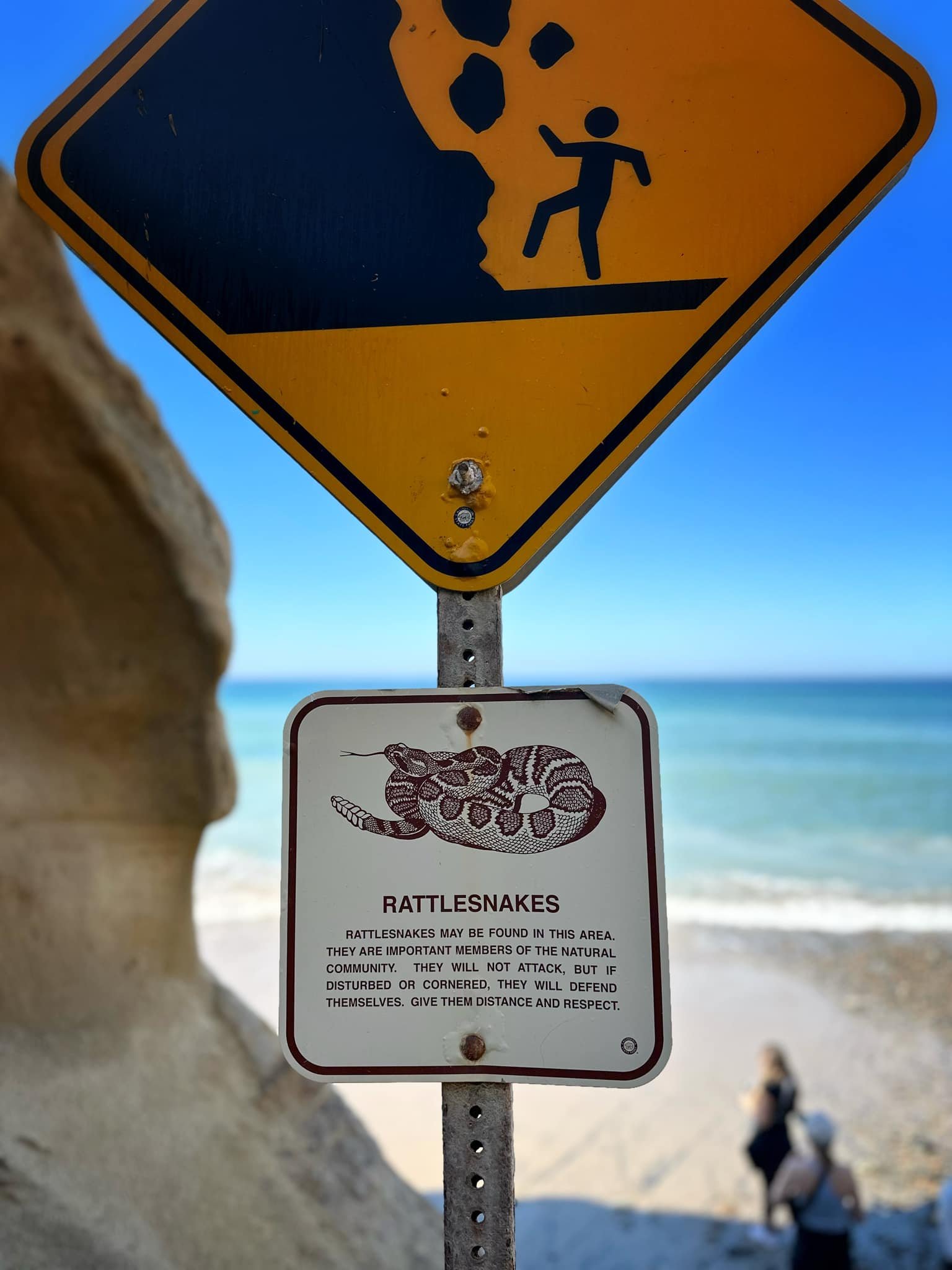
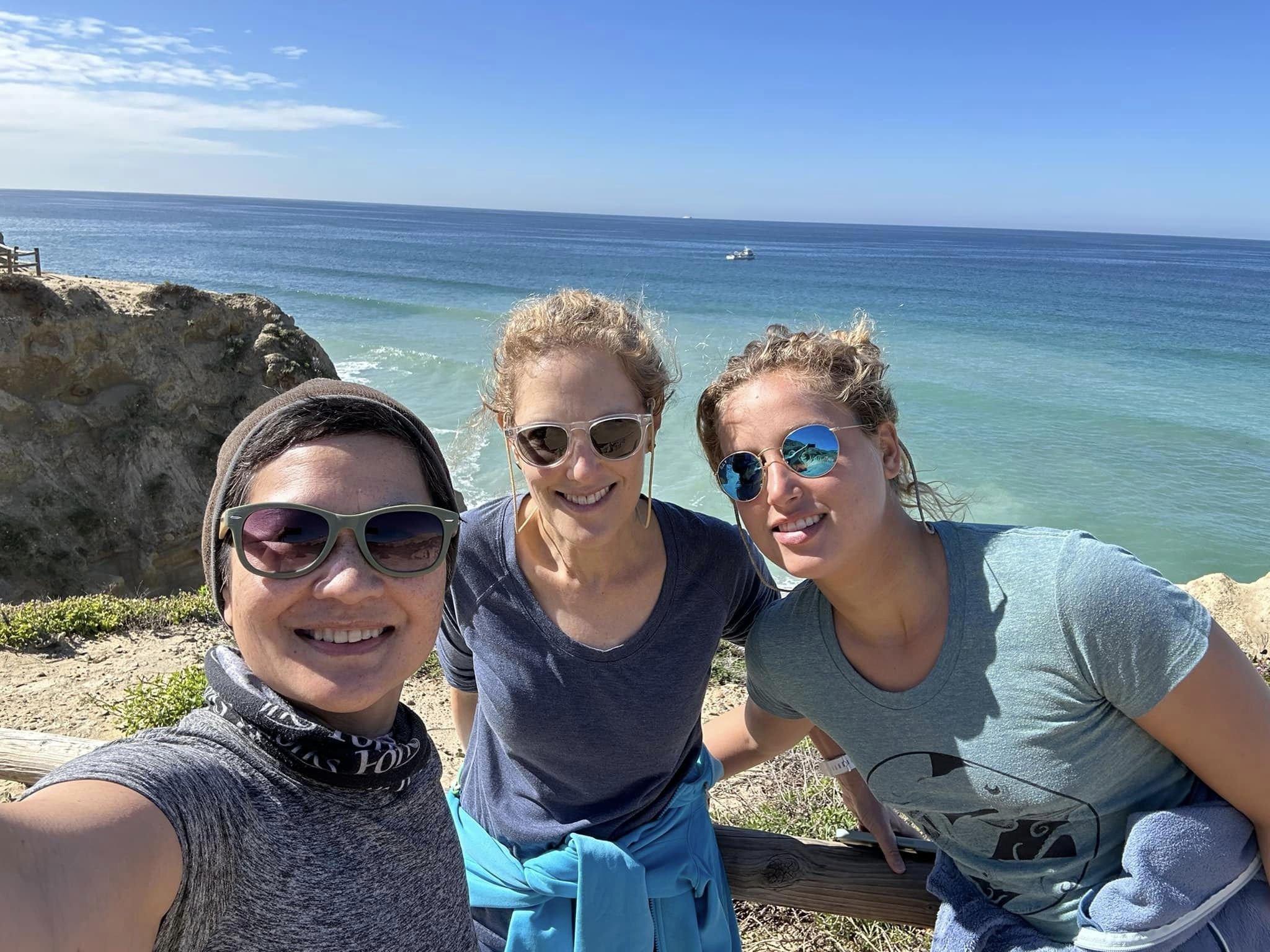
A great morning hike in Torrey Pines. Amid a densely populated area, the state natural reserve is home to one of the world’s rarest pines. Remnants of an ancient woodland that once flourished along the California coast, wild Torrey pines now can only be found in this narrow strip of coast and on Santa Rosa Island (though planted ornamental trees can be found elsewhere.) The pine nuts of this critically endangered species were once eaten by the Kumeyaay tribe of Native American people.
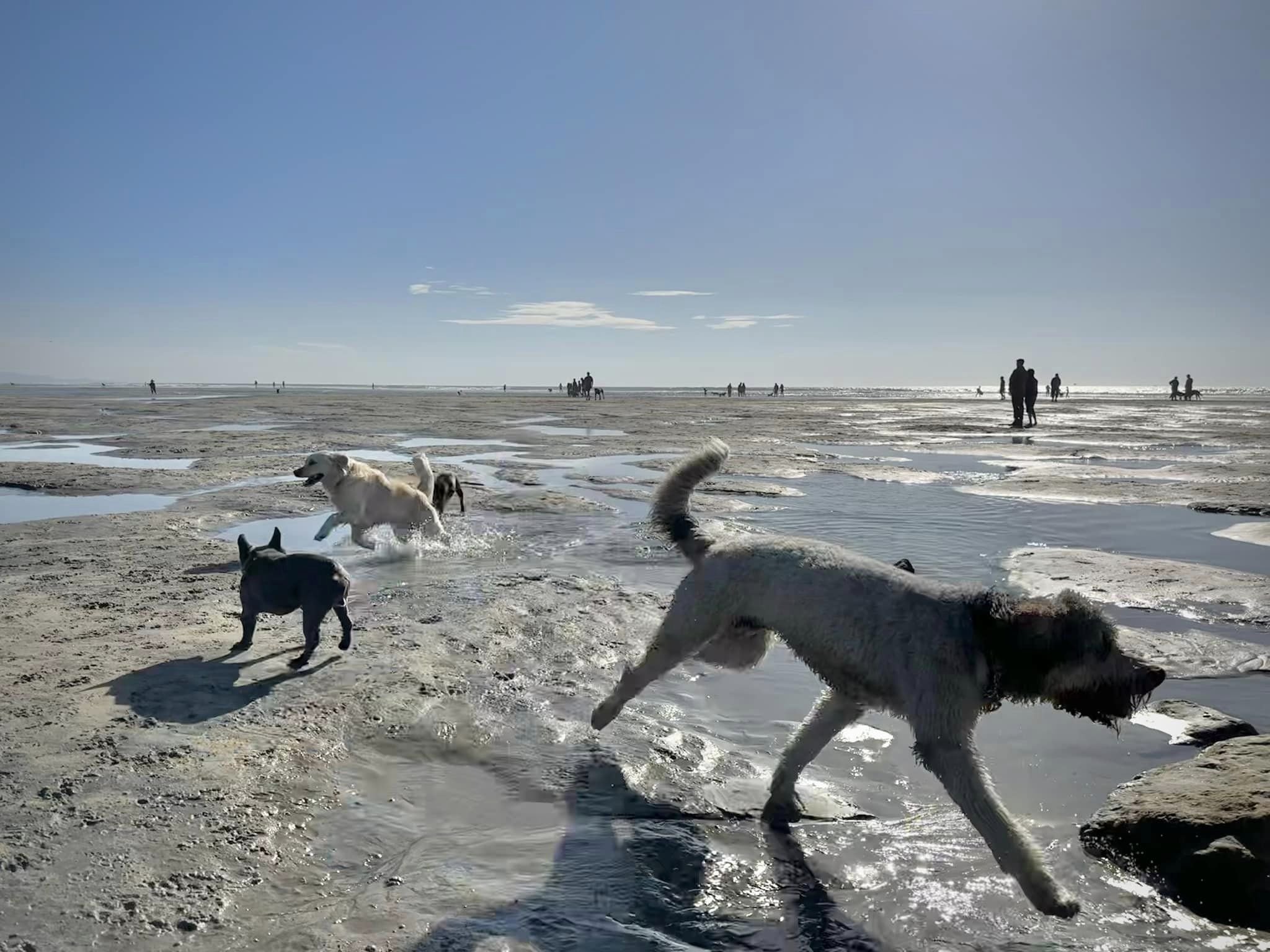
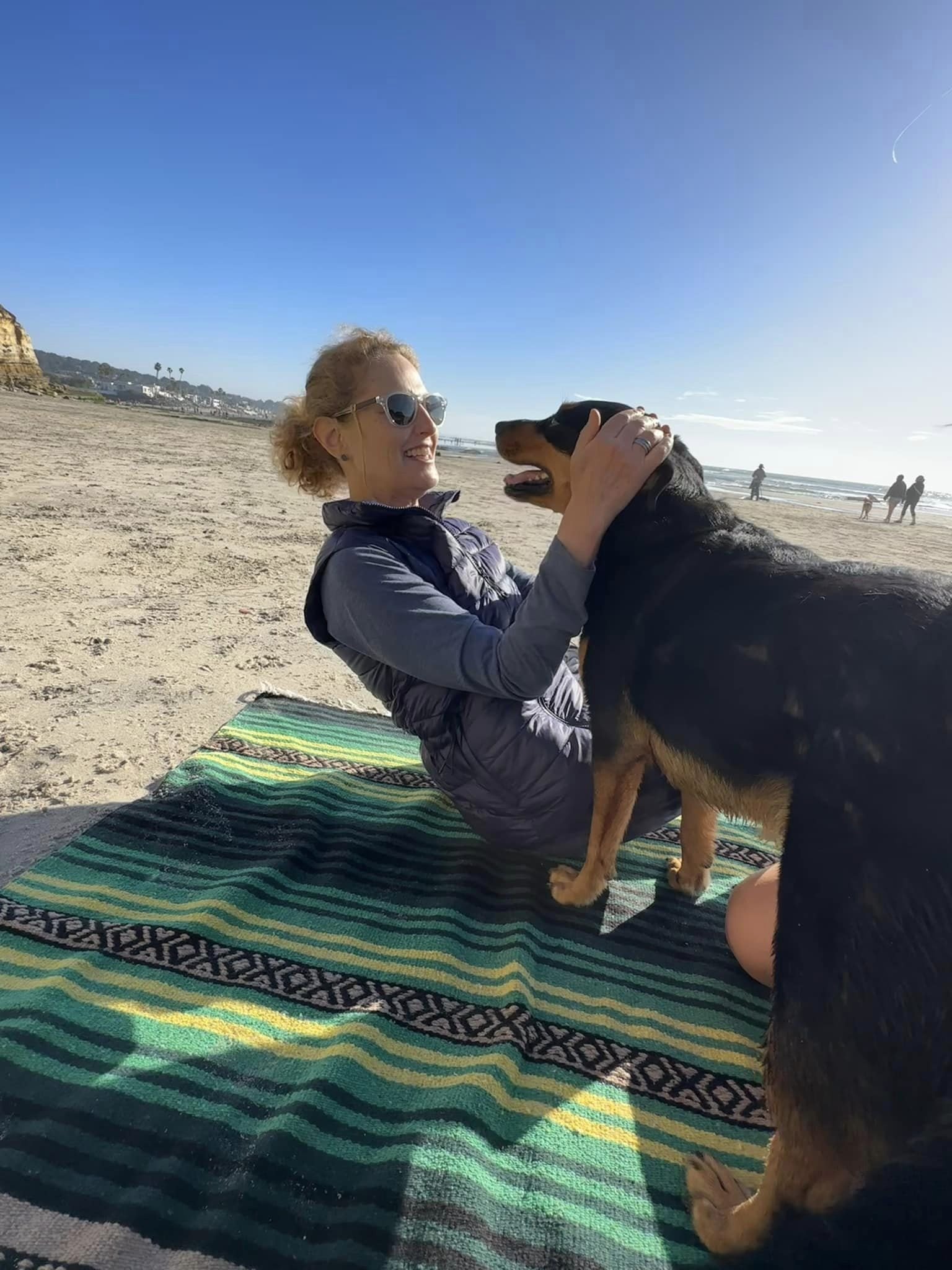
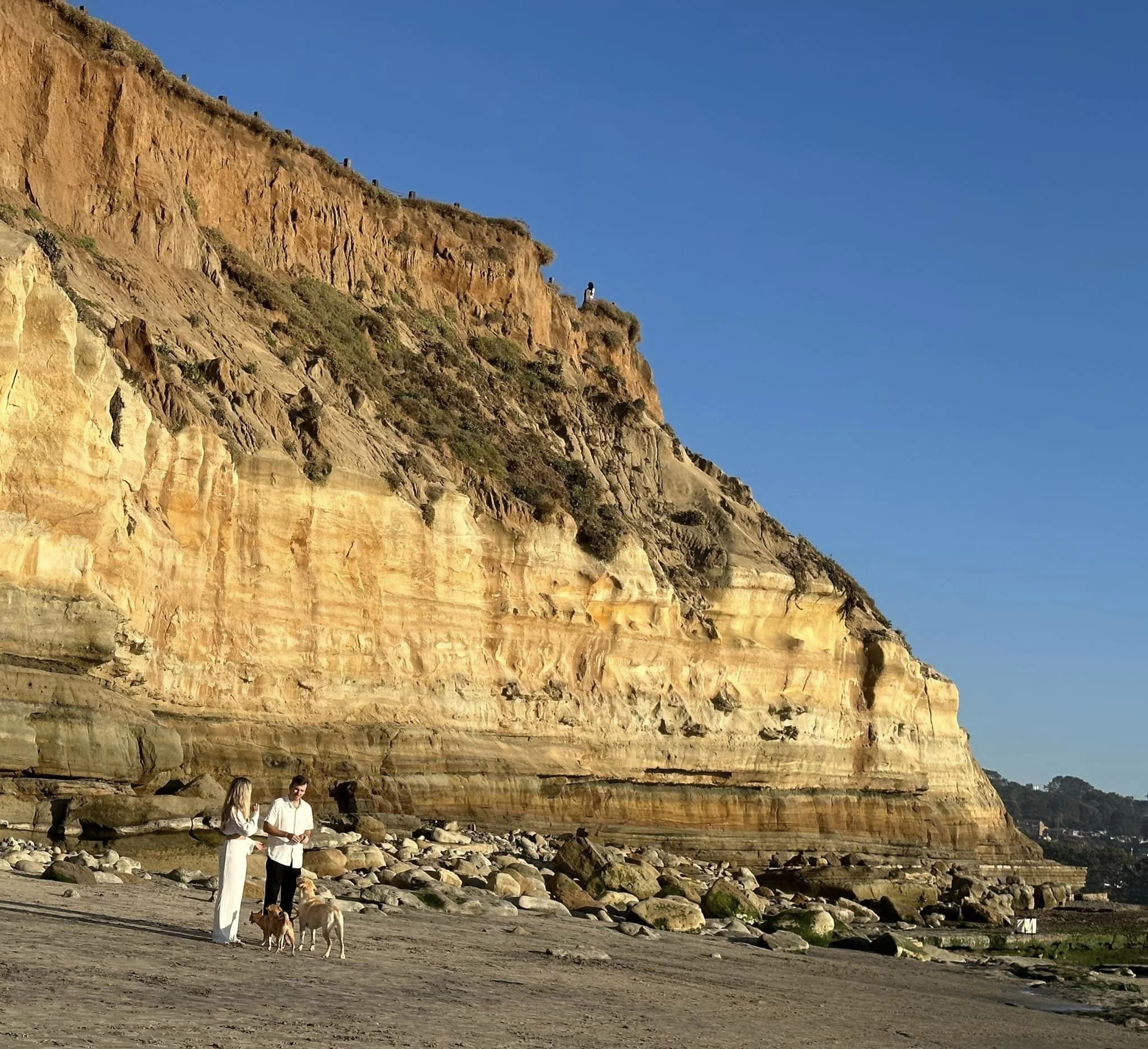
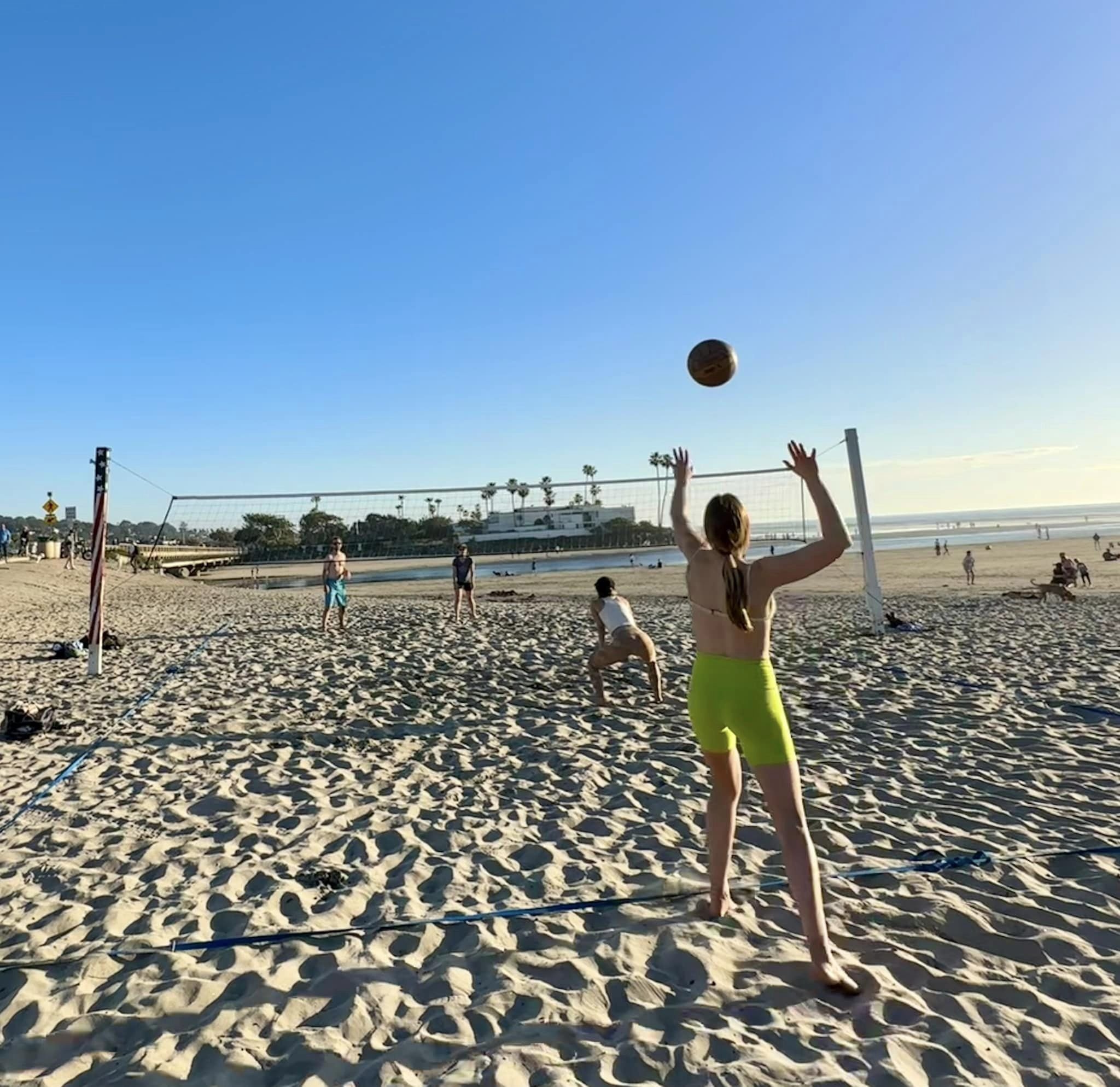
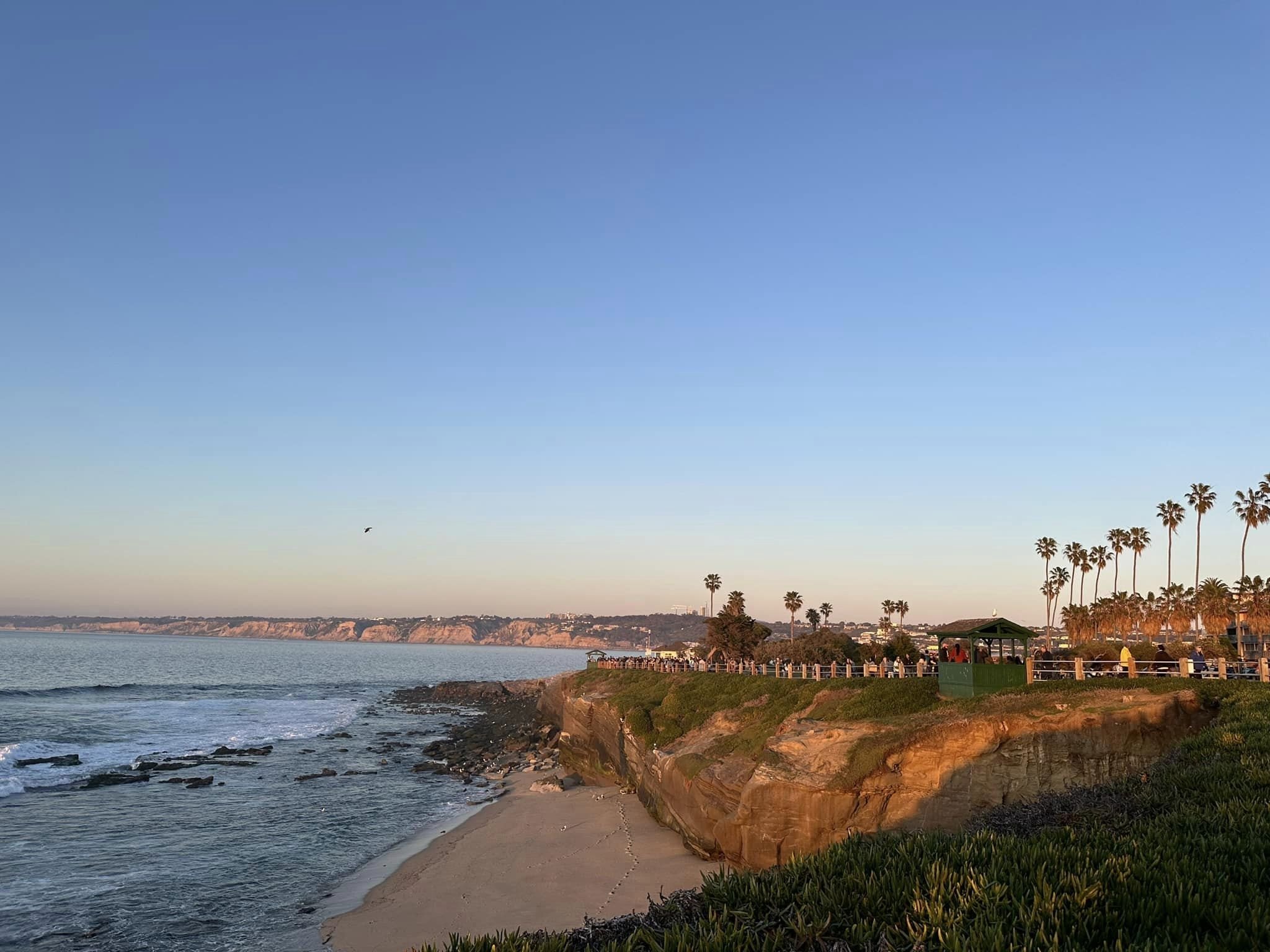
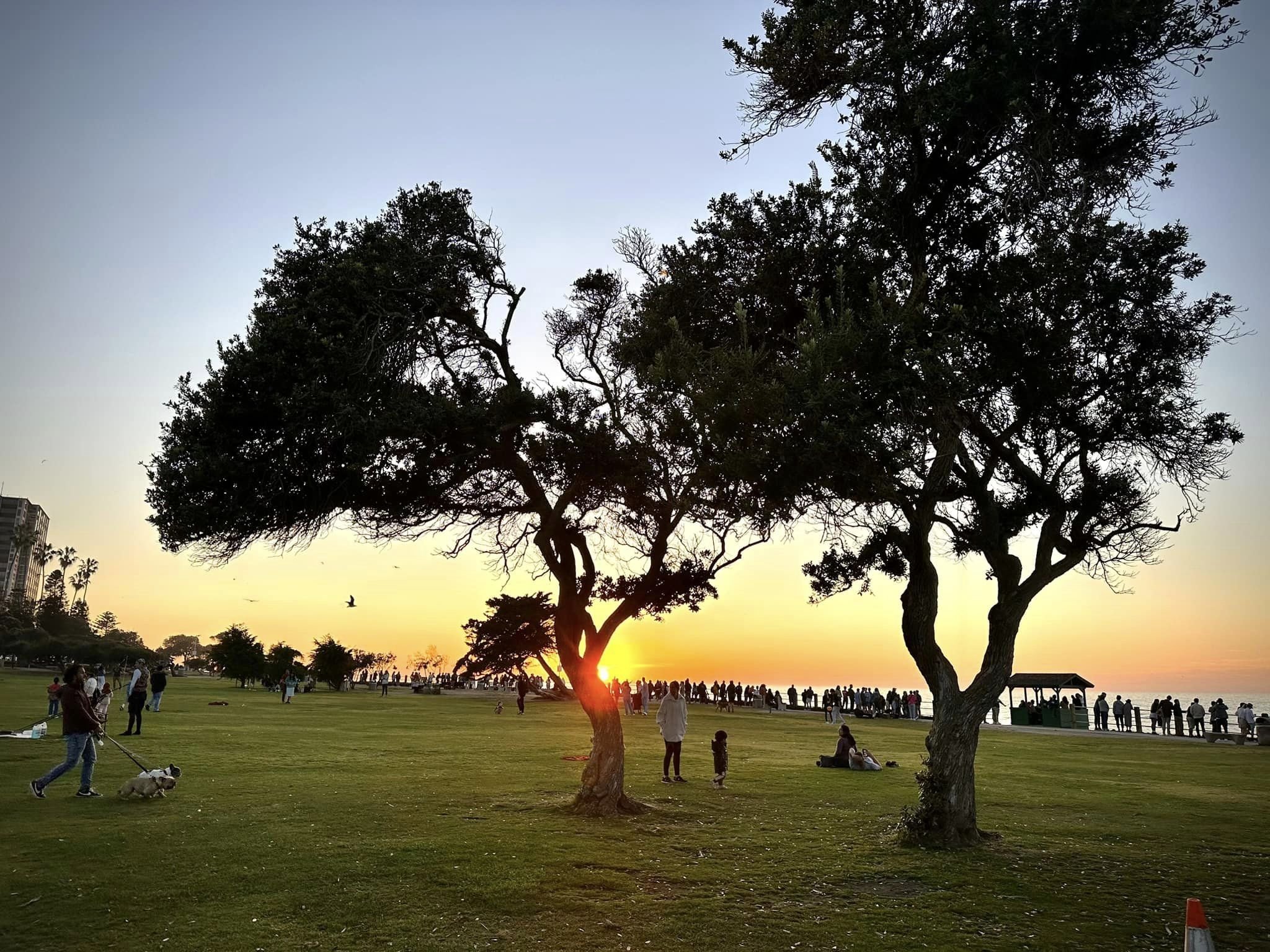
Lazy afternoon watching dogs live their best lives at Del Mar’s Dog Beach. We can learn so much from their approach to life.
Later, a sunset stroll at La Jolla Cove. San Diego, California.

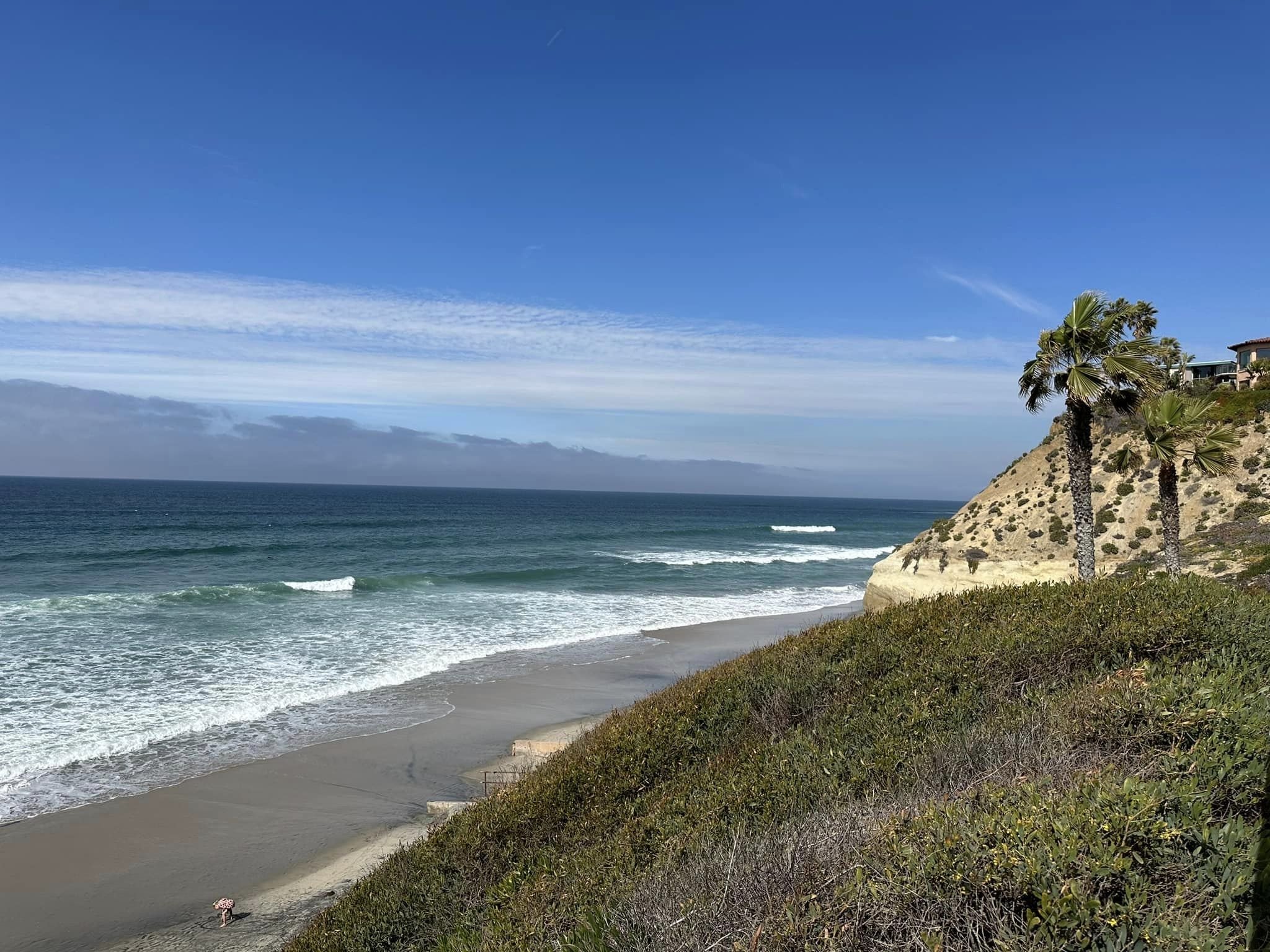
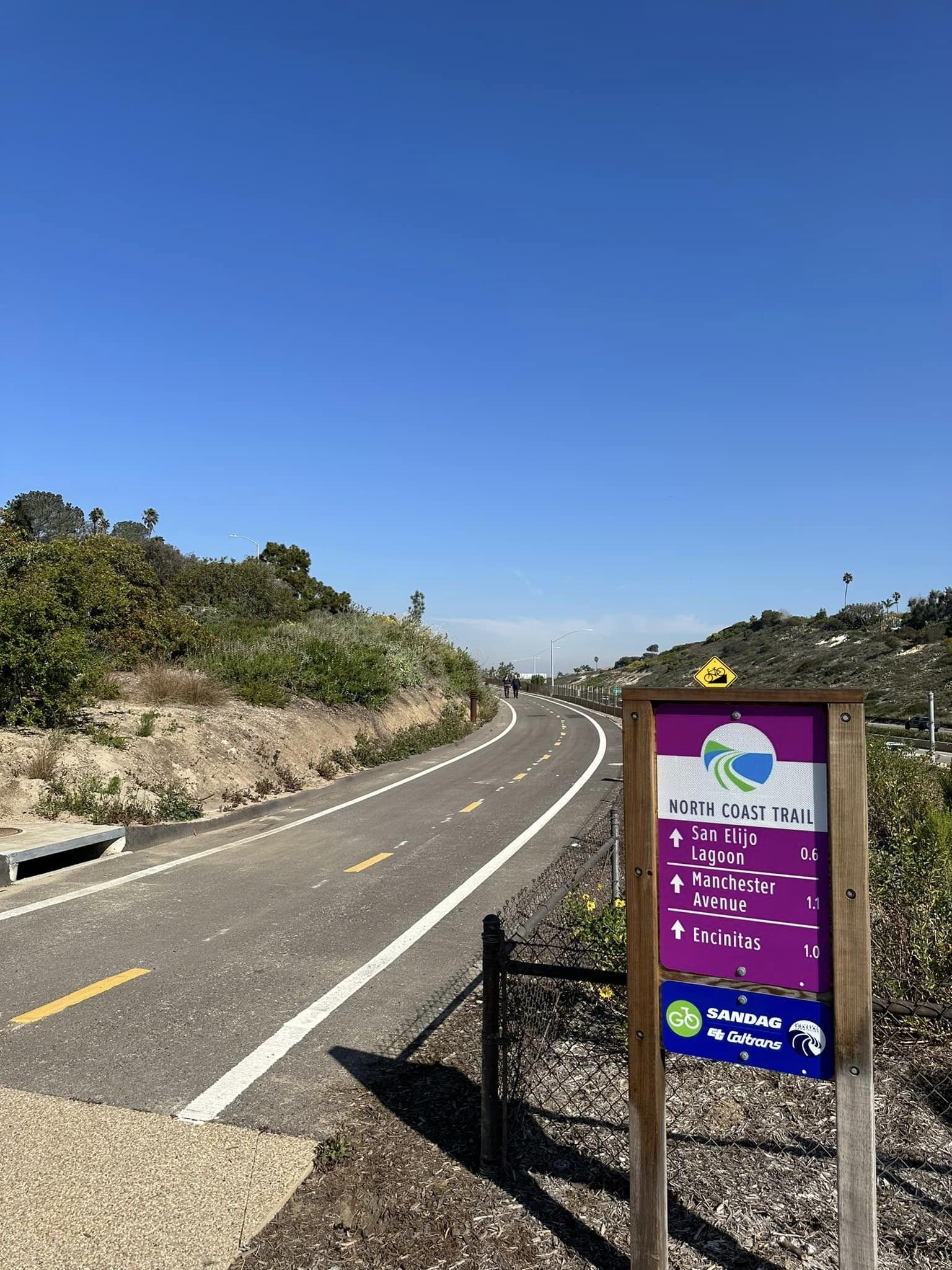
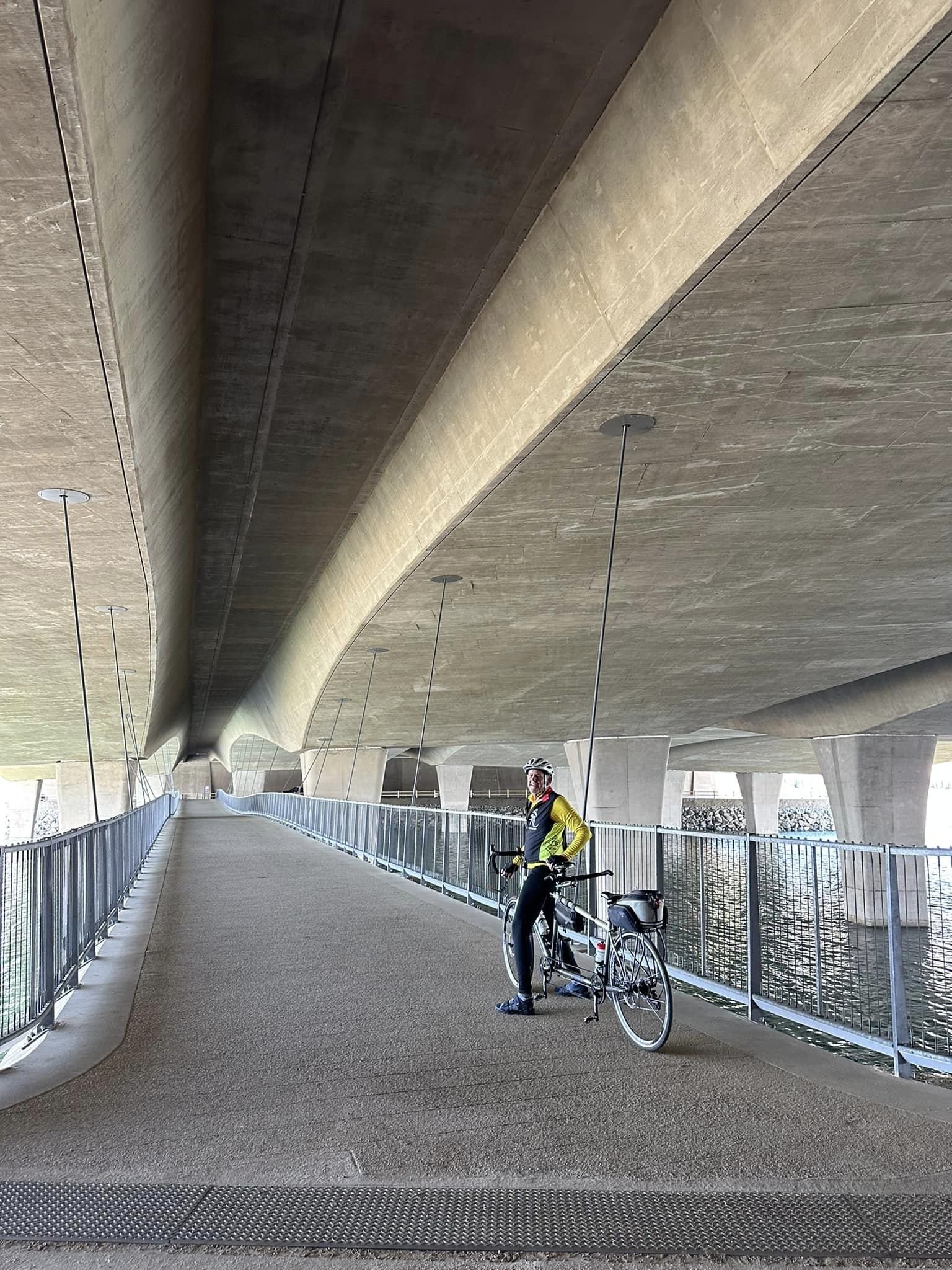
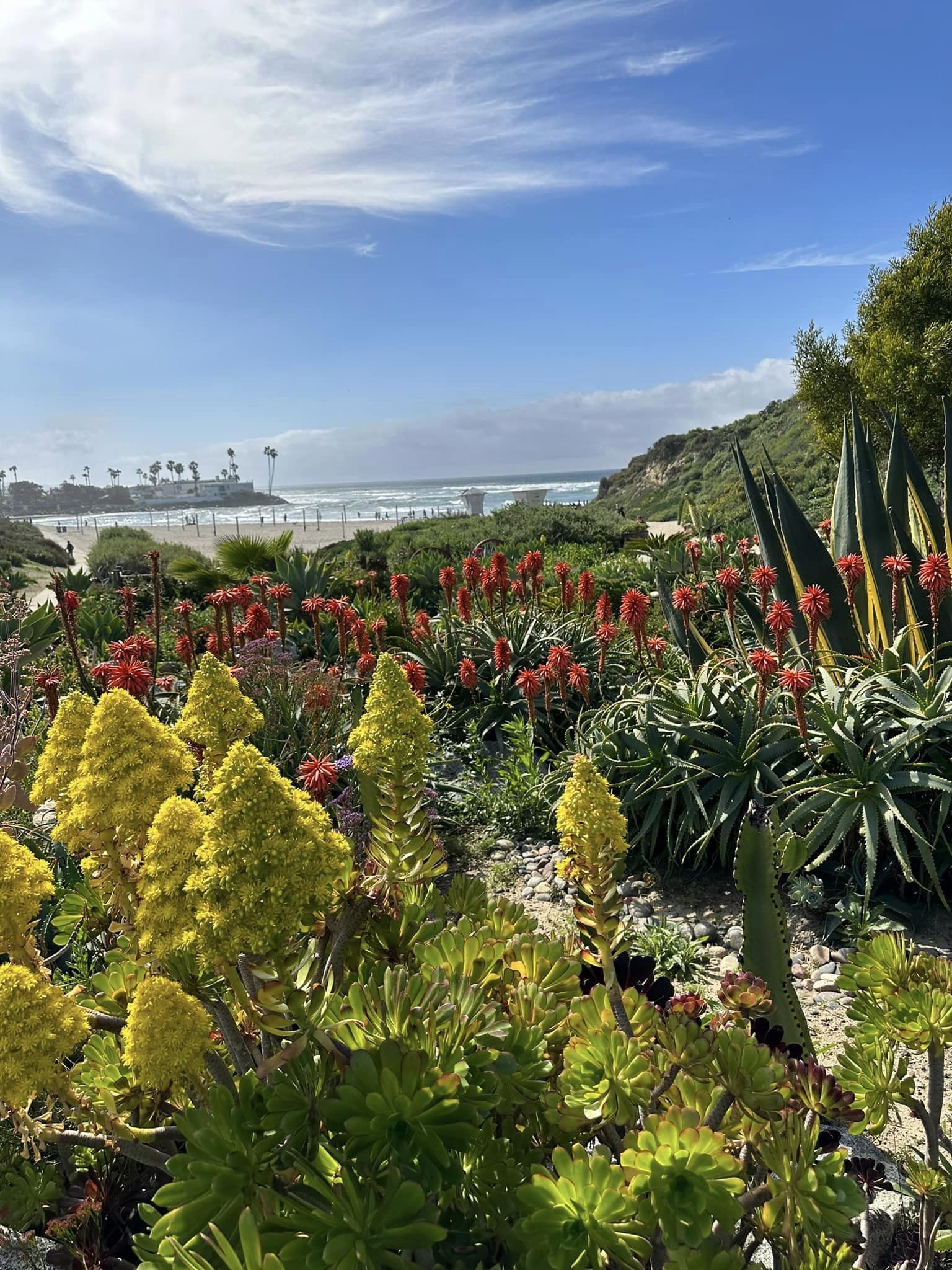
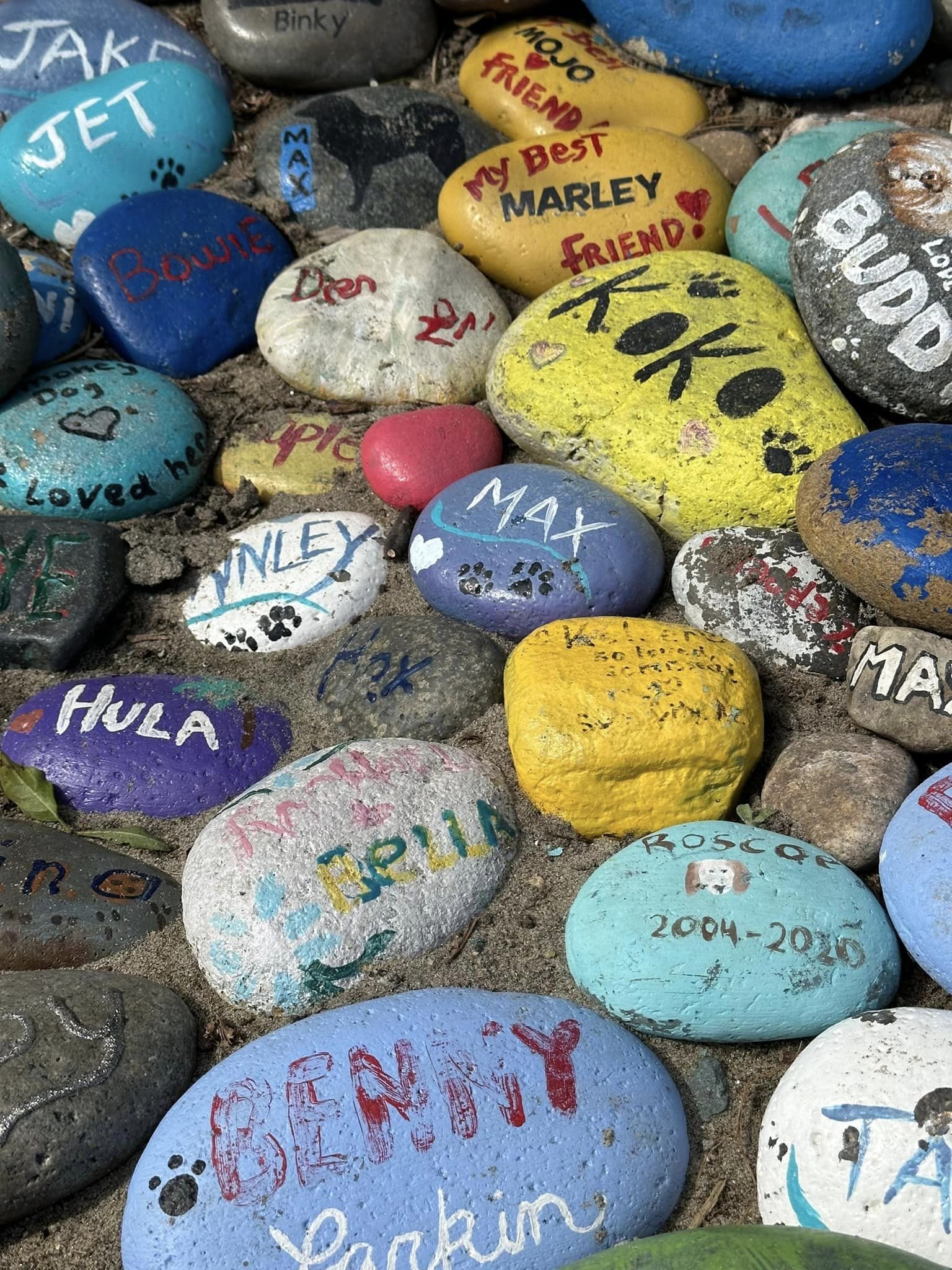
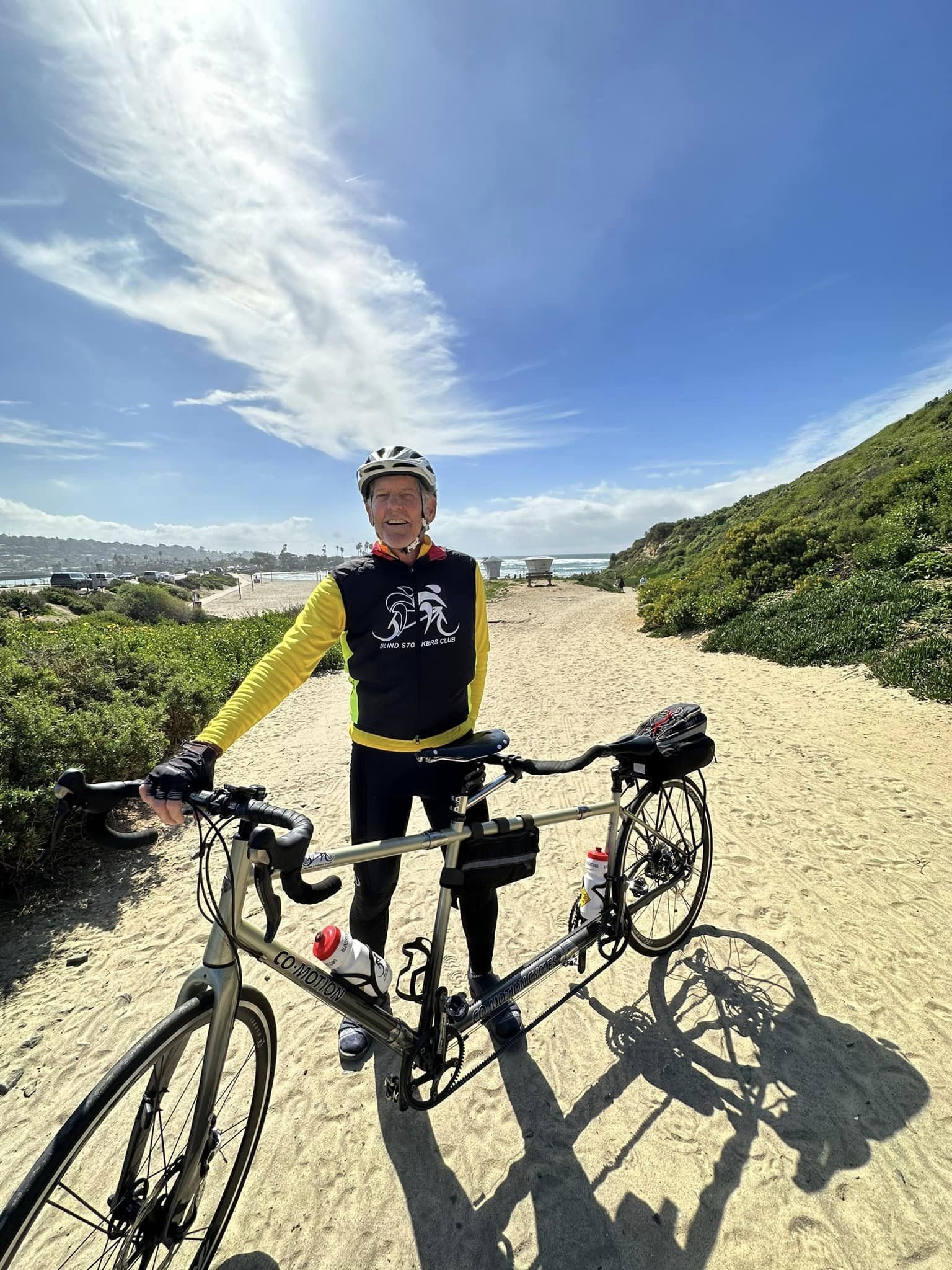
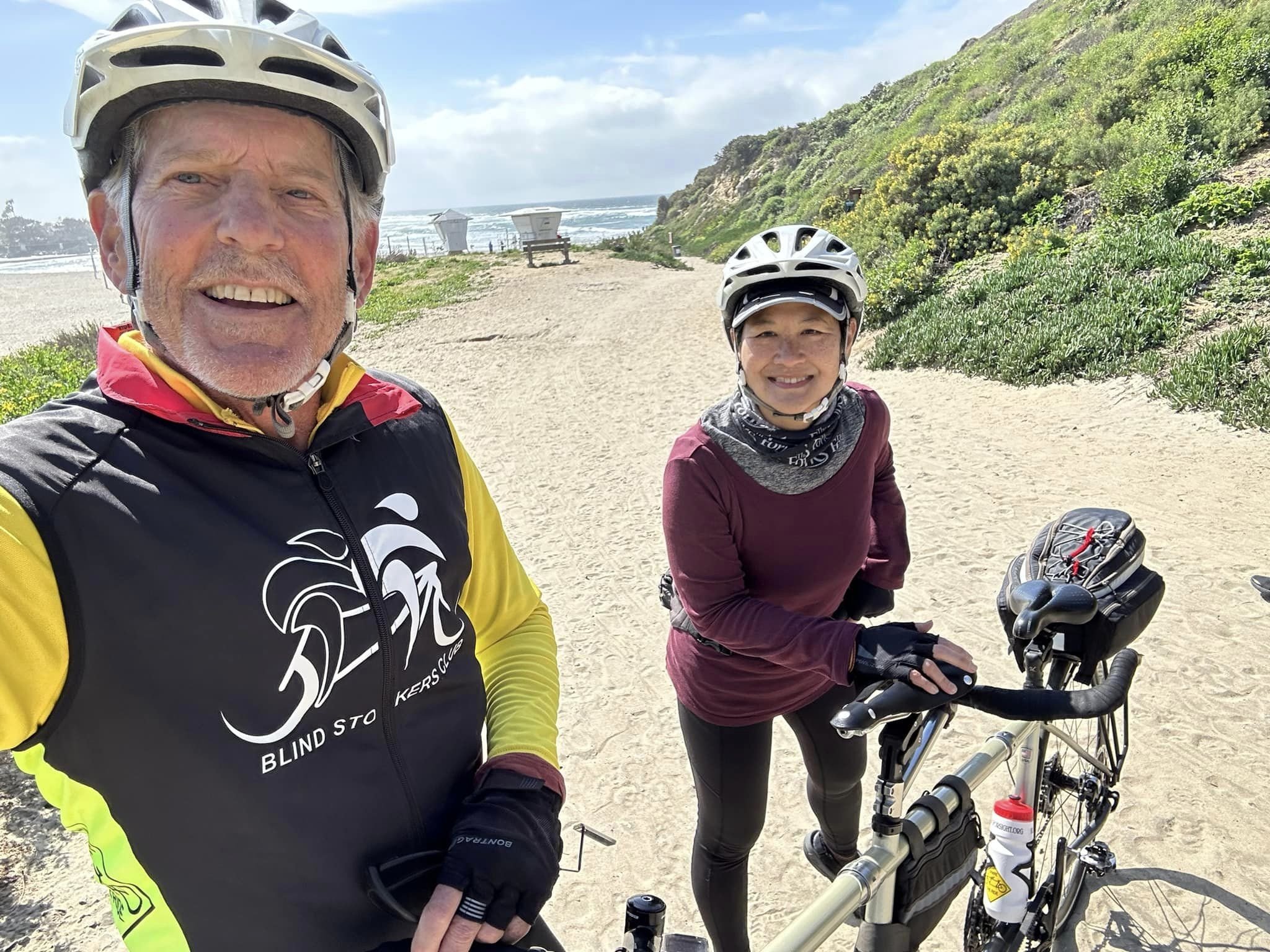
I met Dave White and his wife Nancy five years ago when we cycled parts of the Portuguese Camino with Experience Plus Bicycle Tours. He had told me then about the organization he founded that offers people with visual impairments a chance to ride a tandem bike in the rear, or stoker, position on day- and multi-day trips. It sounded so interesting, and today I got the chance to experience it and learn more about the work of the San Diego-based Blind Stokers Club.
We rode an 18.5-mile loop that included a new north-south bike path in the I-5 corridor and eight miles of prime coastal North County along the iconic Pacific Coast Highway (PCH).
Cycling is an ideal way to travel and explore. And a tandem bike ride with a trained captain is a brilliant way to make the activity accessible. Dave told me about the many partners, supporters, and volunteers that ensure it is also affordable or even free.
Through the organization he founded almost 20 years ago, Dave is using travel and bicycles as tools for increased accessibility and inclusivity. He has built a community that bridges people with disabilities and those without.
A great ride.
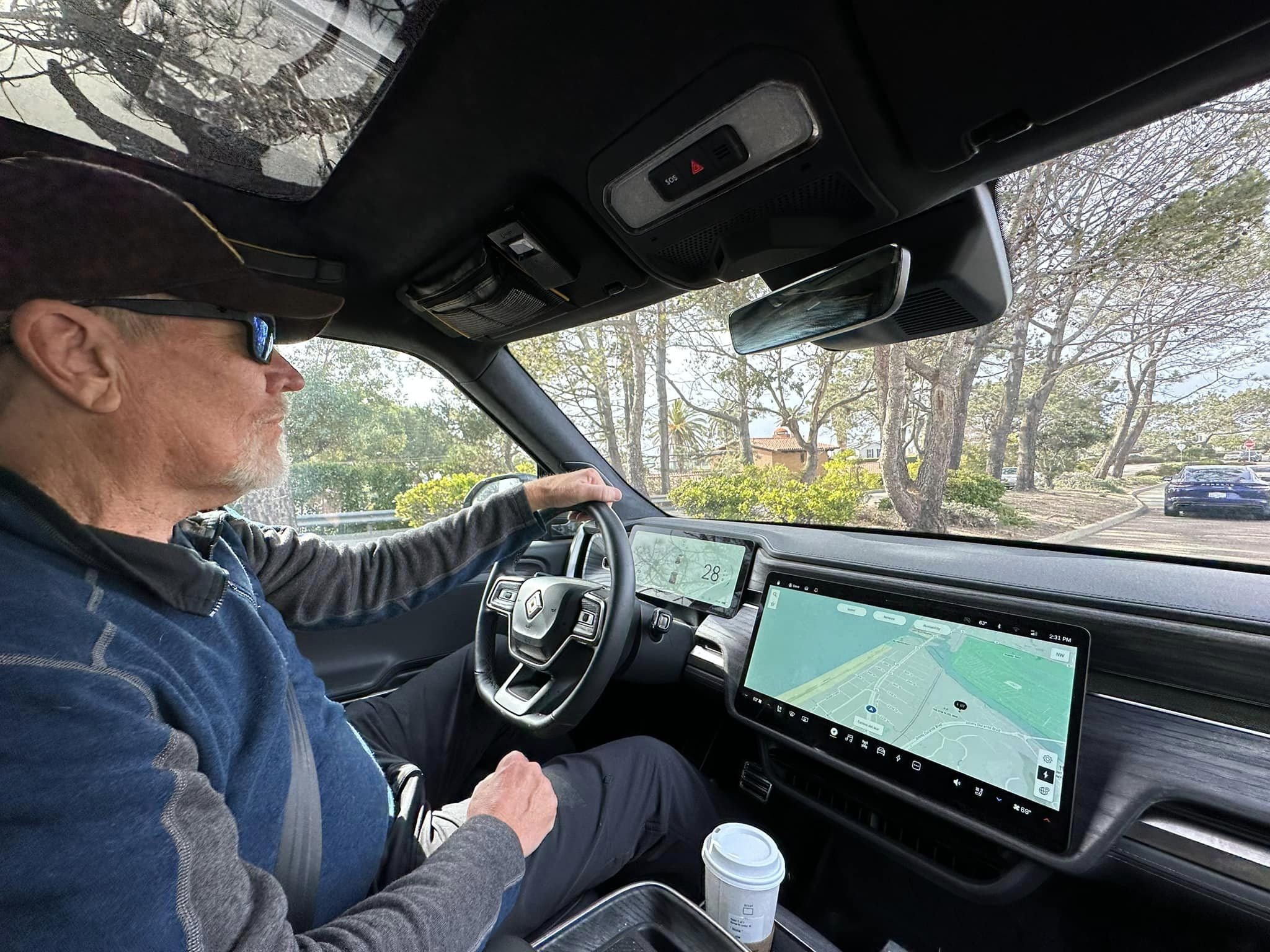
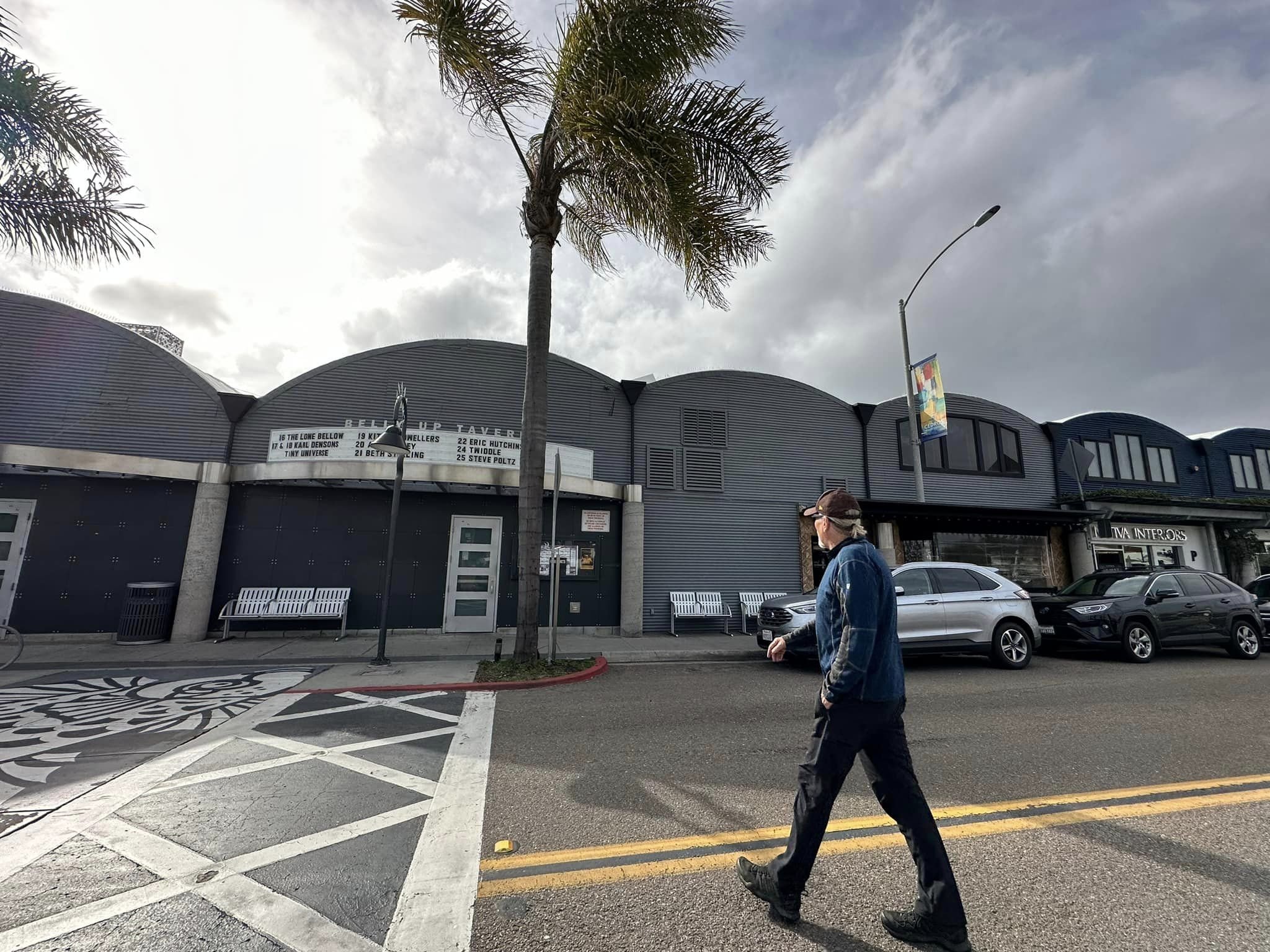
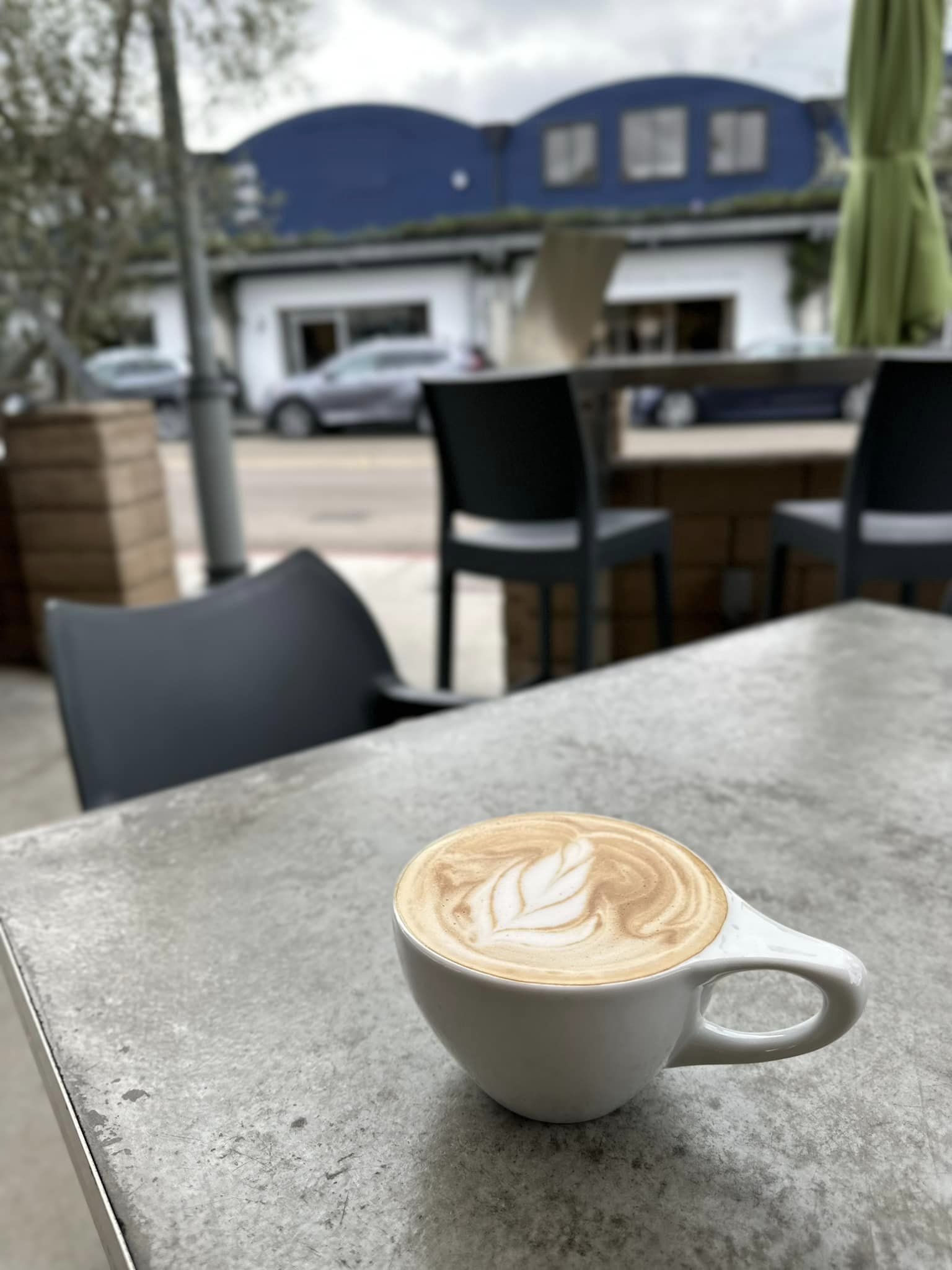
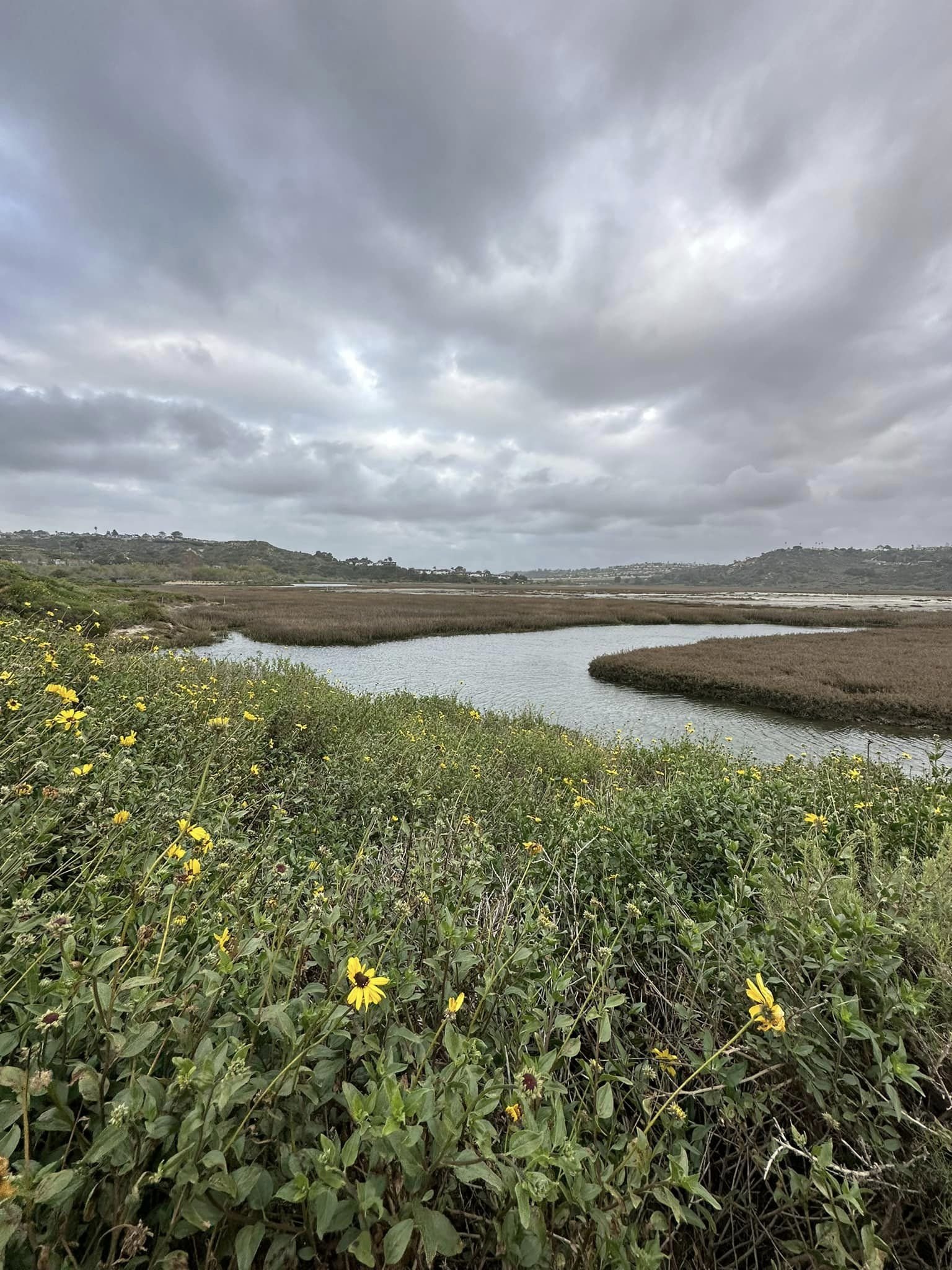
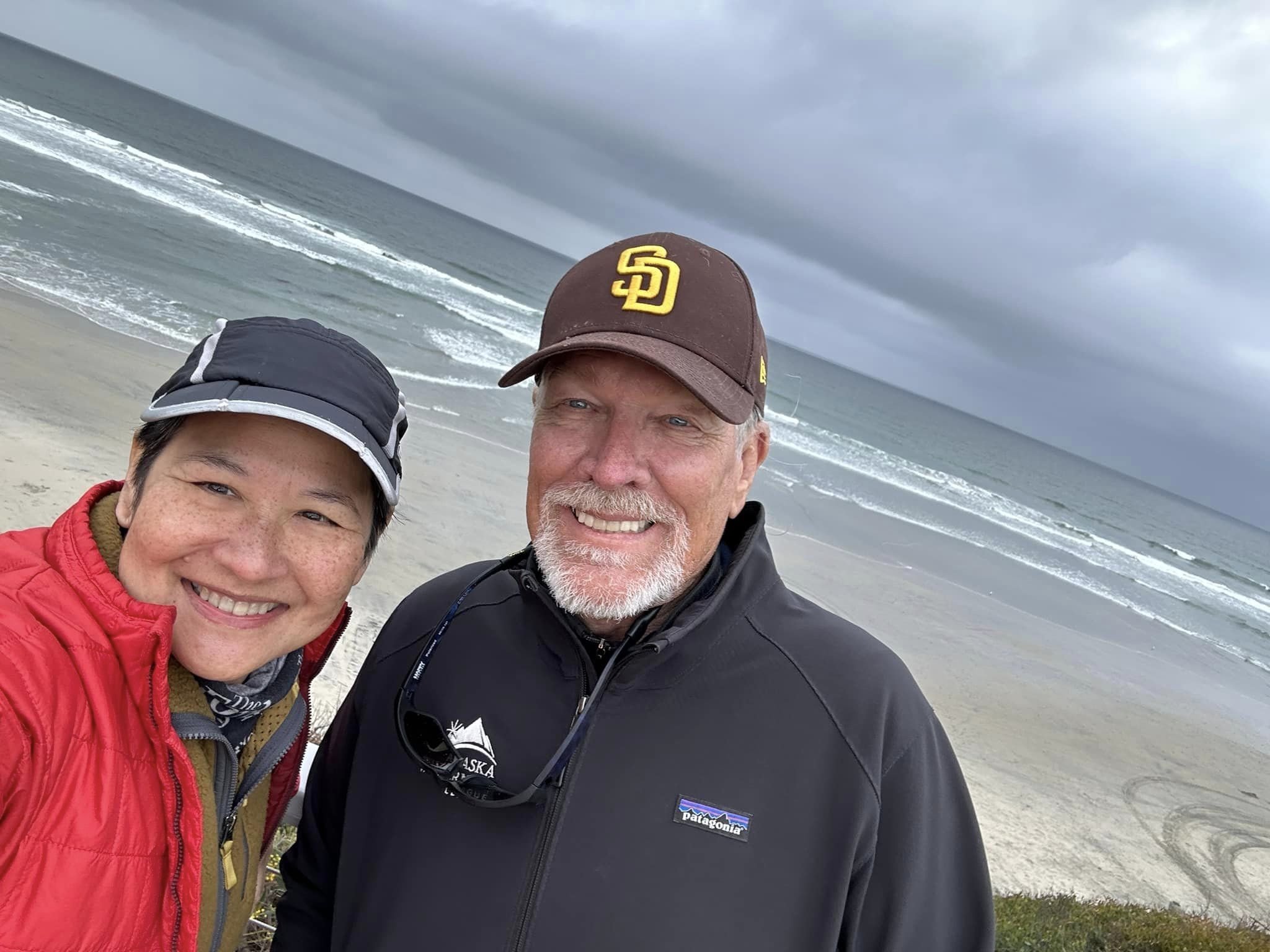
Met up with friend and mentor Steve Barker, co-founder of Eagle Creek gear company and chair of Adventure Travel Conservation Fund, a nonprofit I do volunteer work for. We had coffee in Solana Beach, where the Encinitas local showed me Eagle Creek’s humble mid-1970s beginnings: its first production facility and store at 143 South Cedros Avenue, in a 1950s-era Quonset hut next to a live music venue that became an institution, the Belly Up Tavern. “Back then the Belly Up didn’t have a dressing room,” recalls Steve. “We had people like Etta James, BB King, the Neville Brothers changing in our bay.” The area is now an upscale home design district with lofty commercial rents.
It’s a dizzying pace of change Steve can only marvel at. “I’m originally from New York and it hasn’t changed as fast as Southern California has.” Through his volunteer work with the Escondido Creek Conservancy, Steve has helped protect thousands of acres from development, preserving green space and ensuring wildlife and biodiversity has a fighting chance in the region.
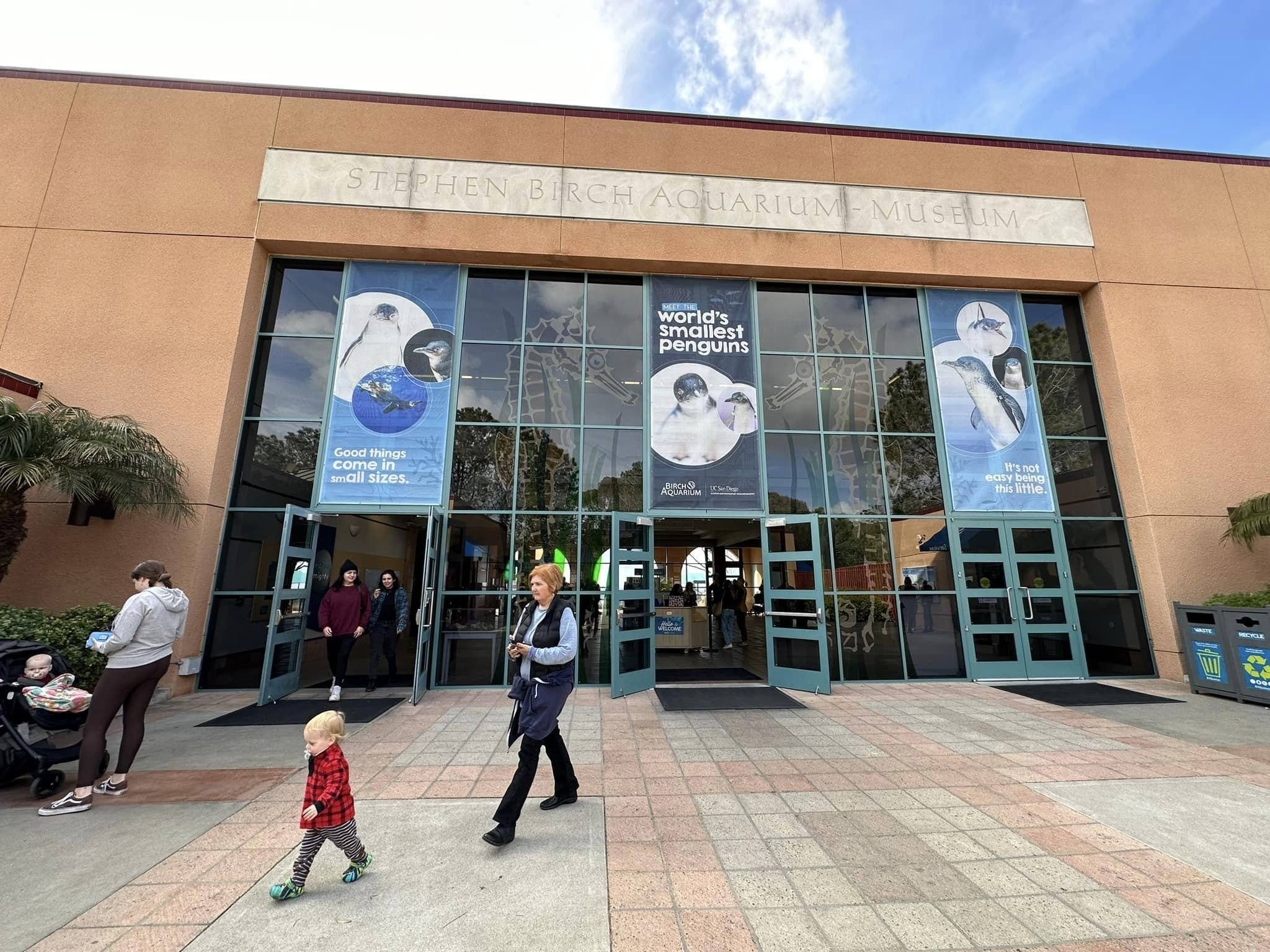
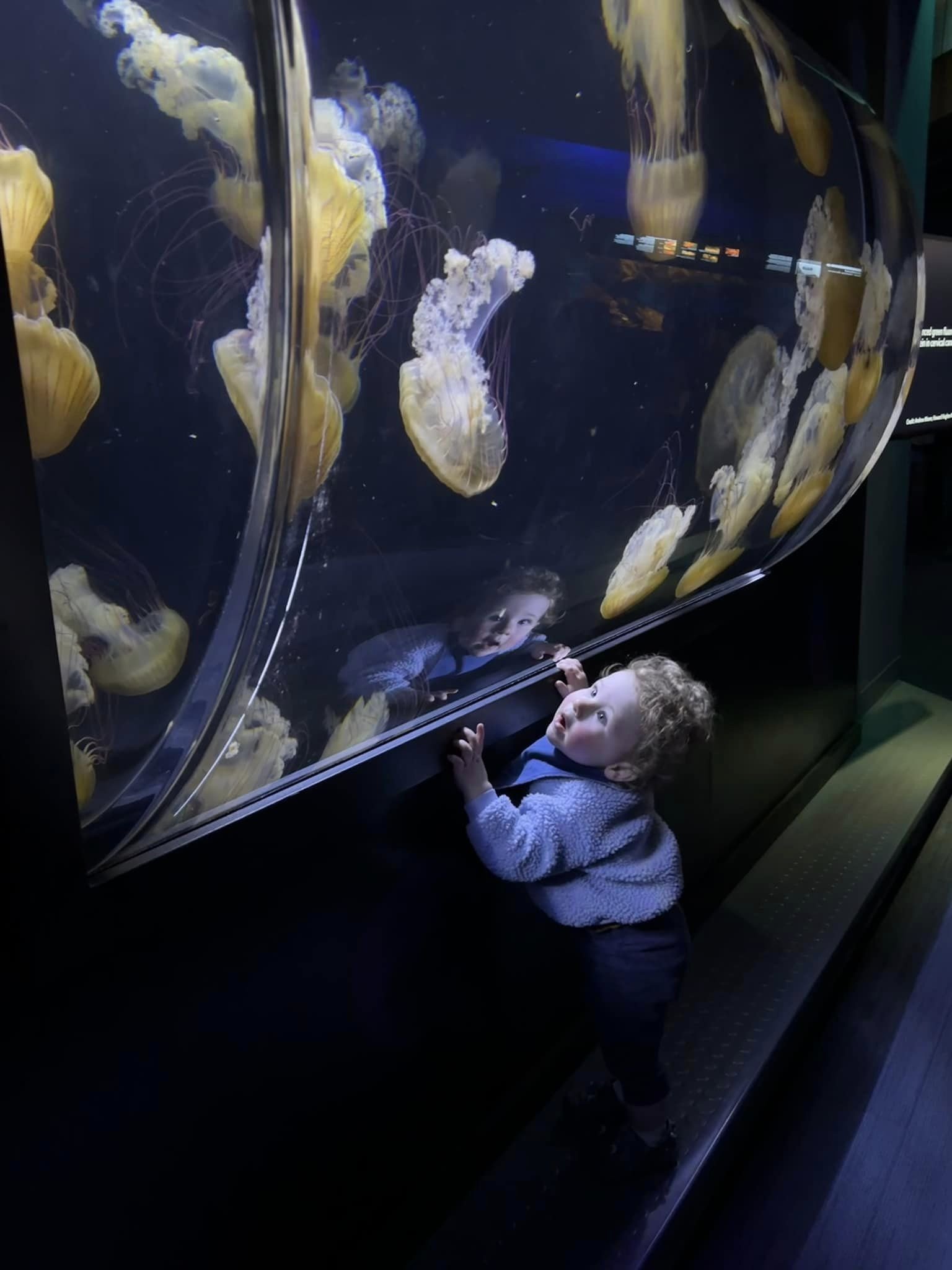
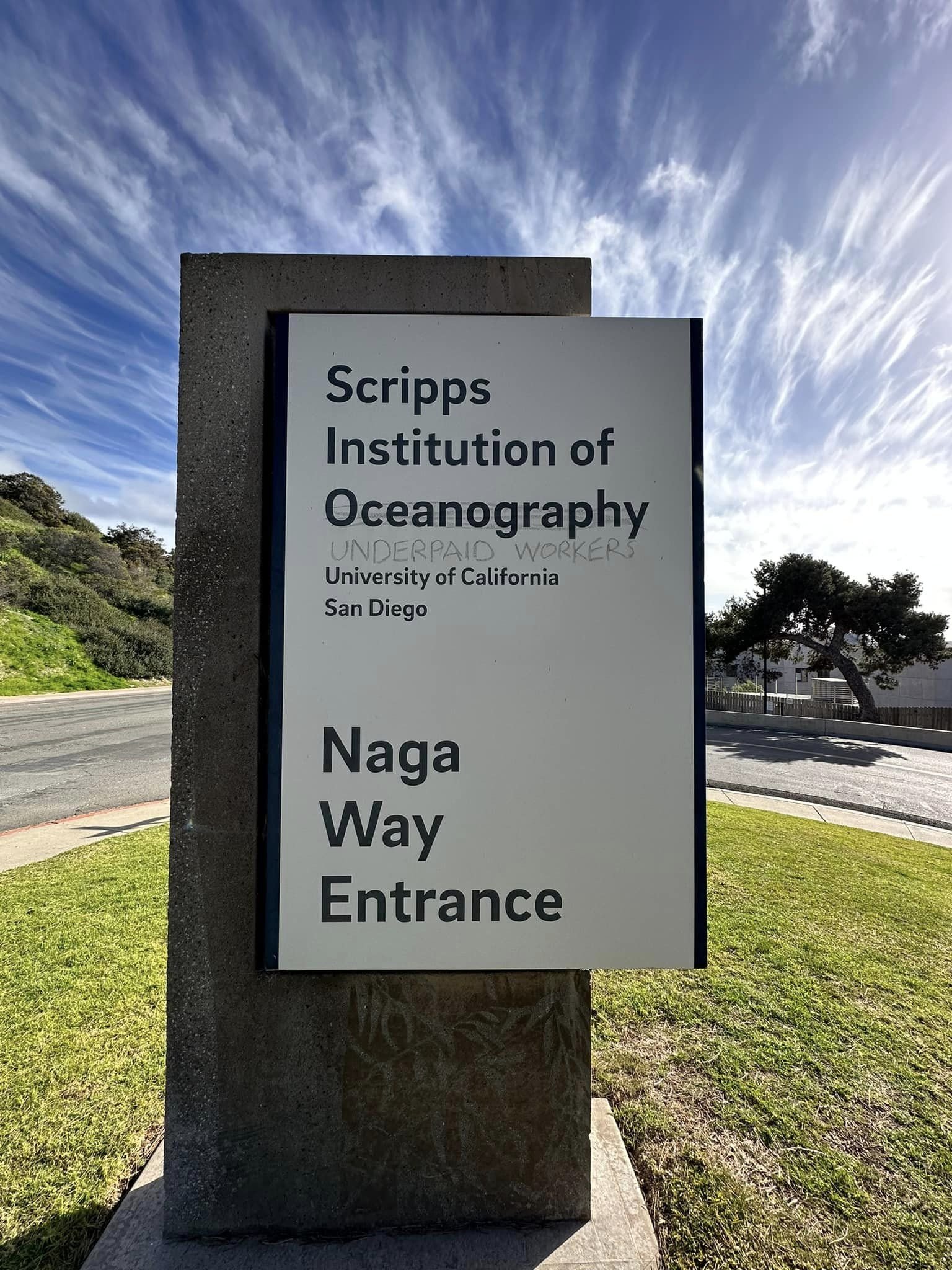
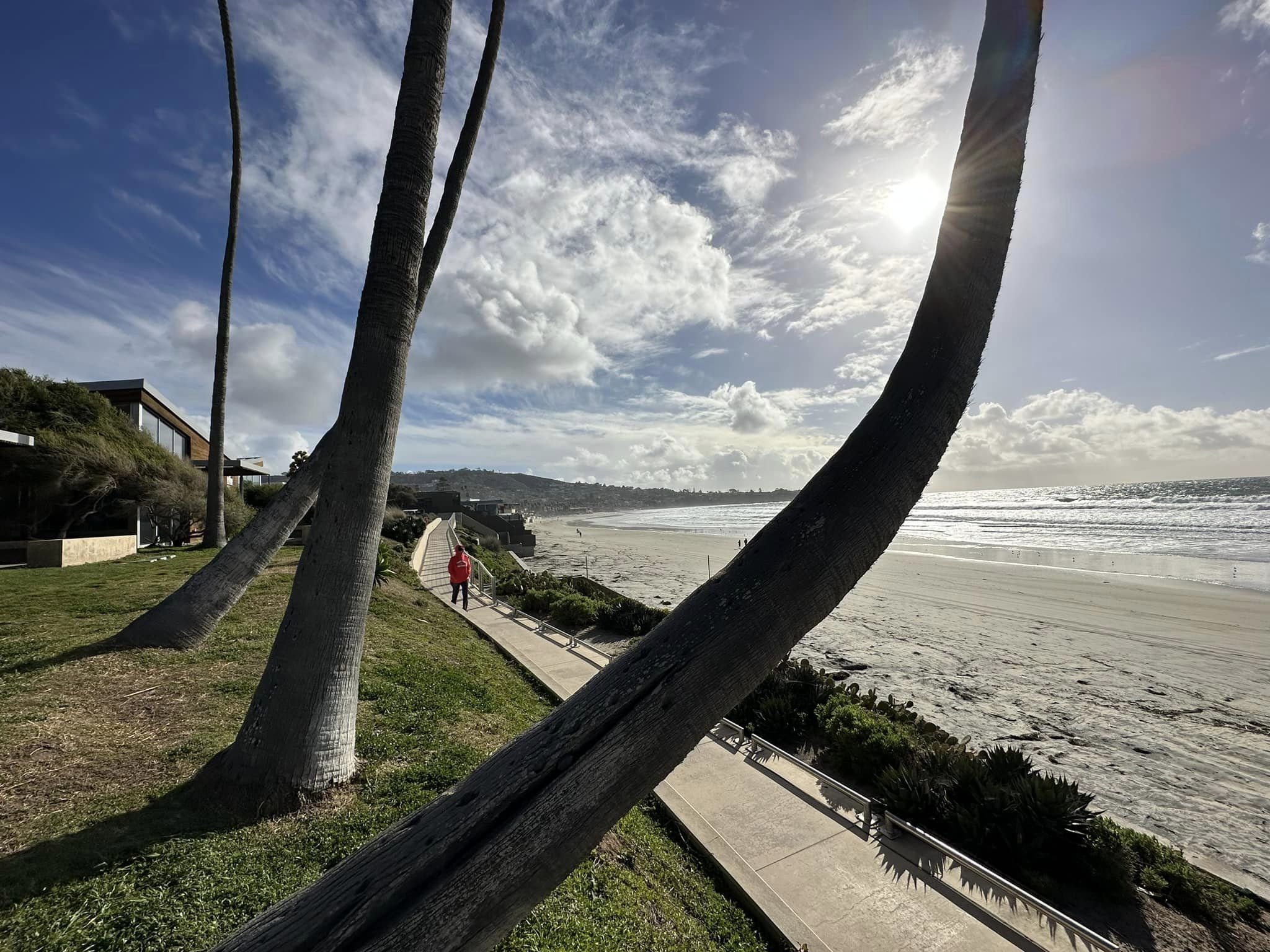
Mesmerized by the jellyfish and sea dragons at the Birch Aquarium, on the grounds of the Scripps Institution of Oceanography, with its oceanside location in La Jolla. These remarkable creatures, like all ocean dwellers, are threatened by changing ocean temperatures, pollution, and other human activities. To protect them we must protect their habitat. Thanks to Michelle, a masters student at Scripps, for showing us around and for working to study and protect our ocean environment. Southern California.
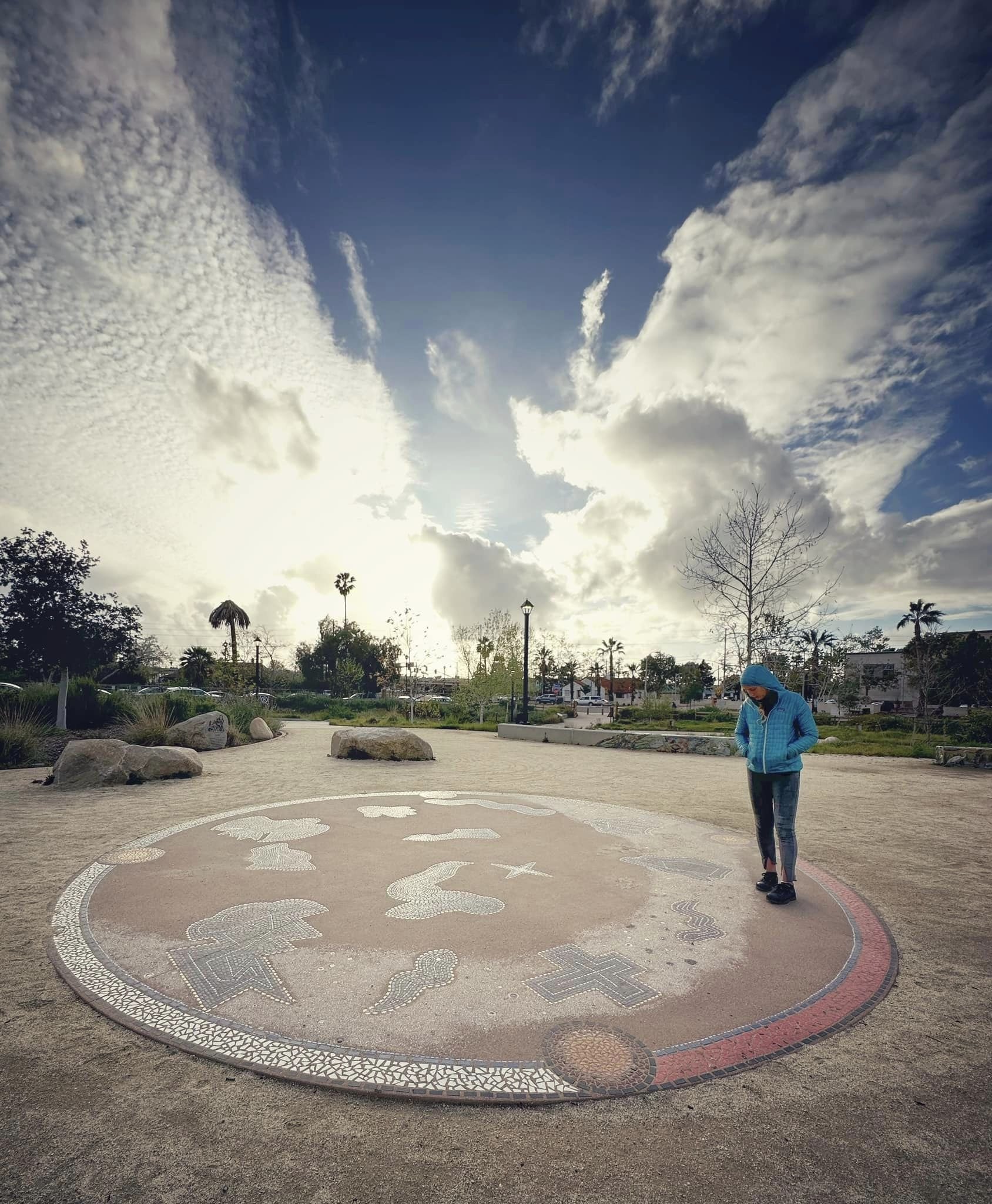
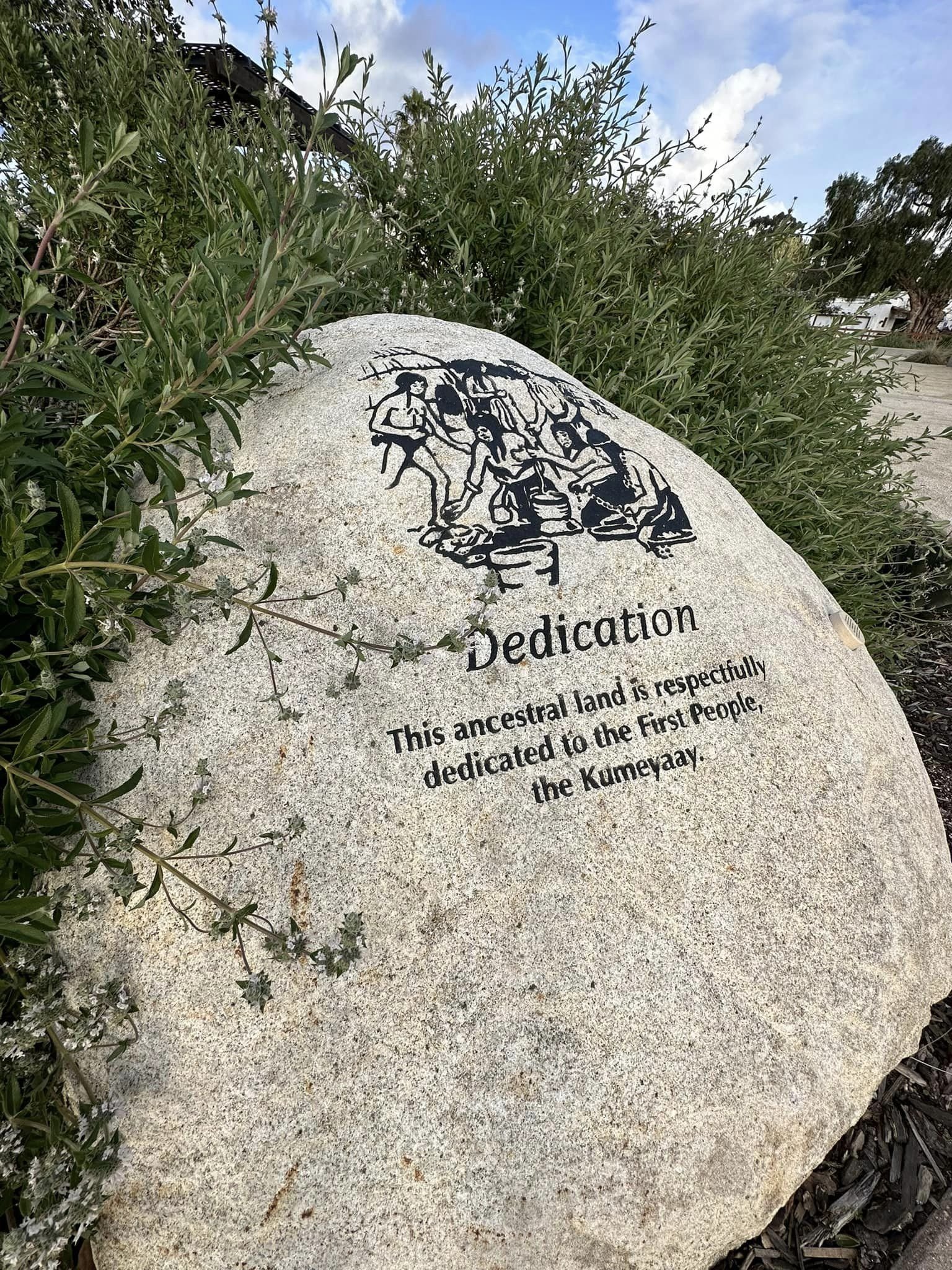

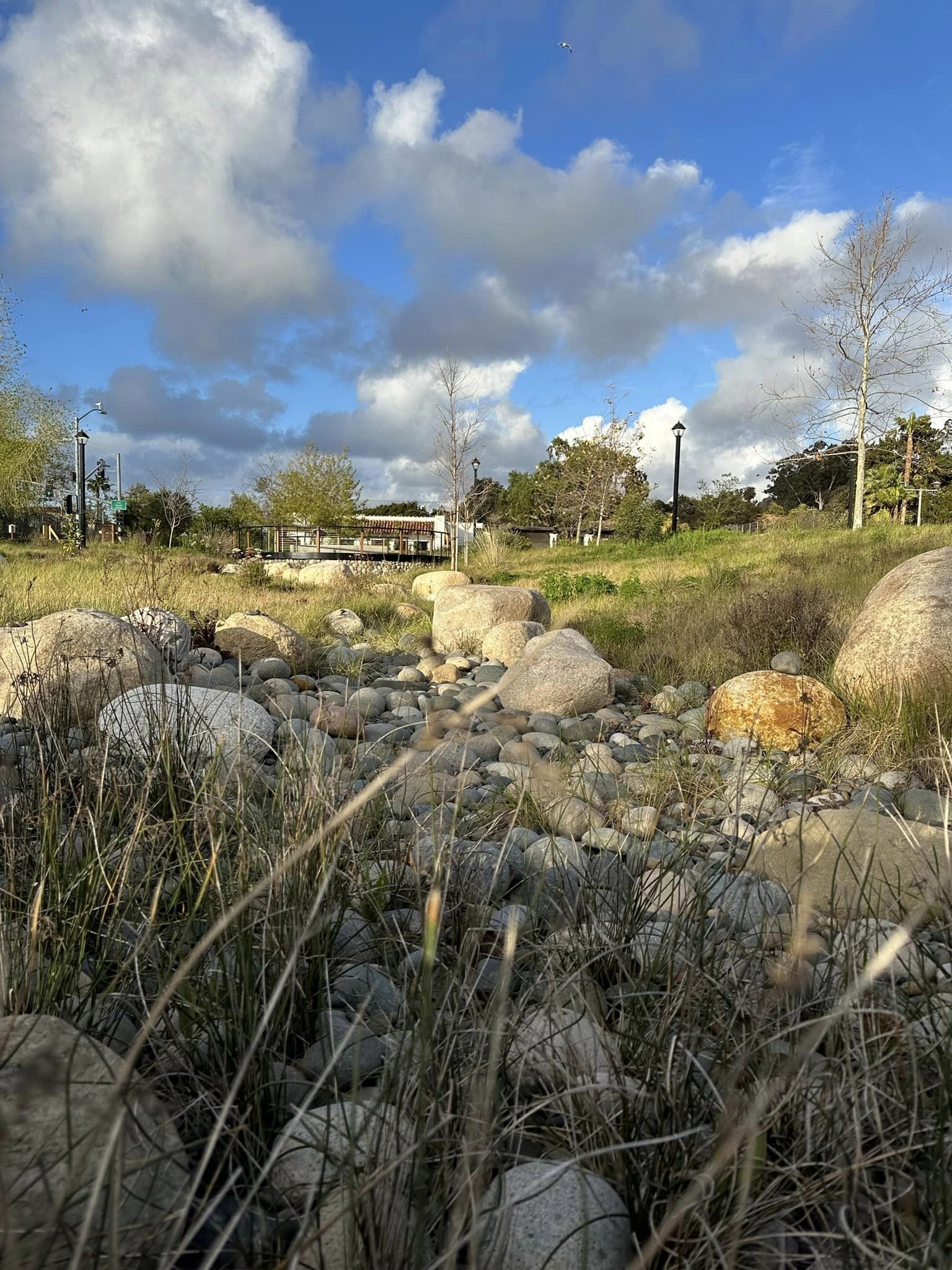
The people of the Kumeyaay Nation have historically lived in and traveled through the Southern California and Northern Baja California region, an area straddling the international border and encompassing more than 10,000 square miles.
It’s wonderful to see a new space where visitors (and residents) can learn more about this overlooked history and of the current Kumeyaay who maintain the culture. Located in San Diego’s Old Town, the Land of the First People Area (or Iipay-Tipai Mut Niihepok) is a joint project by the Kumeyaay Nation and California State Parks. There are interpretive plaques and stops among native plants. One interesting point is a river of stones that mark where the San Diego River once flowed.
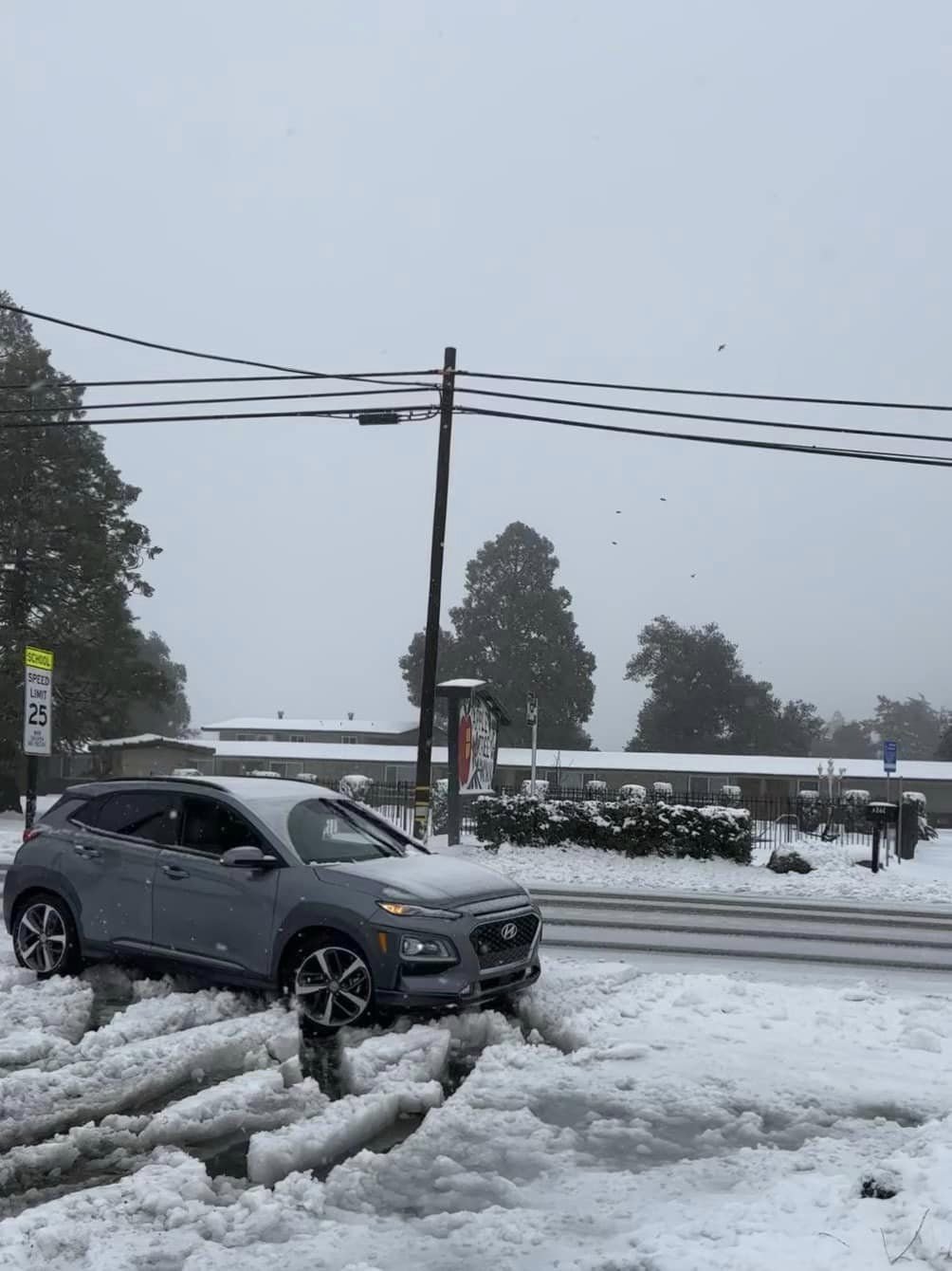
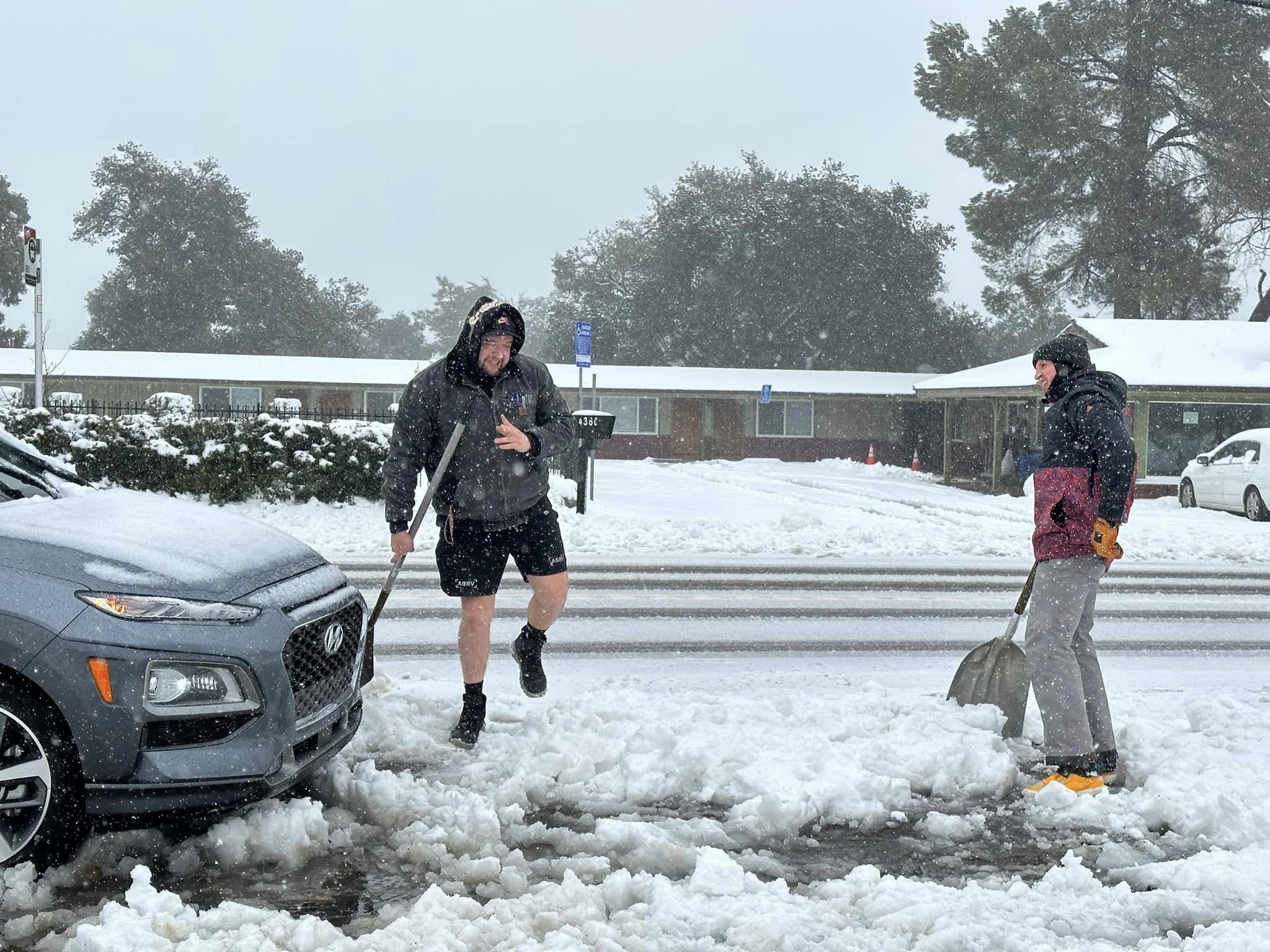
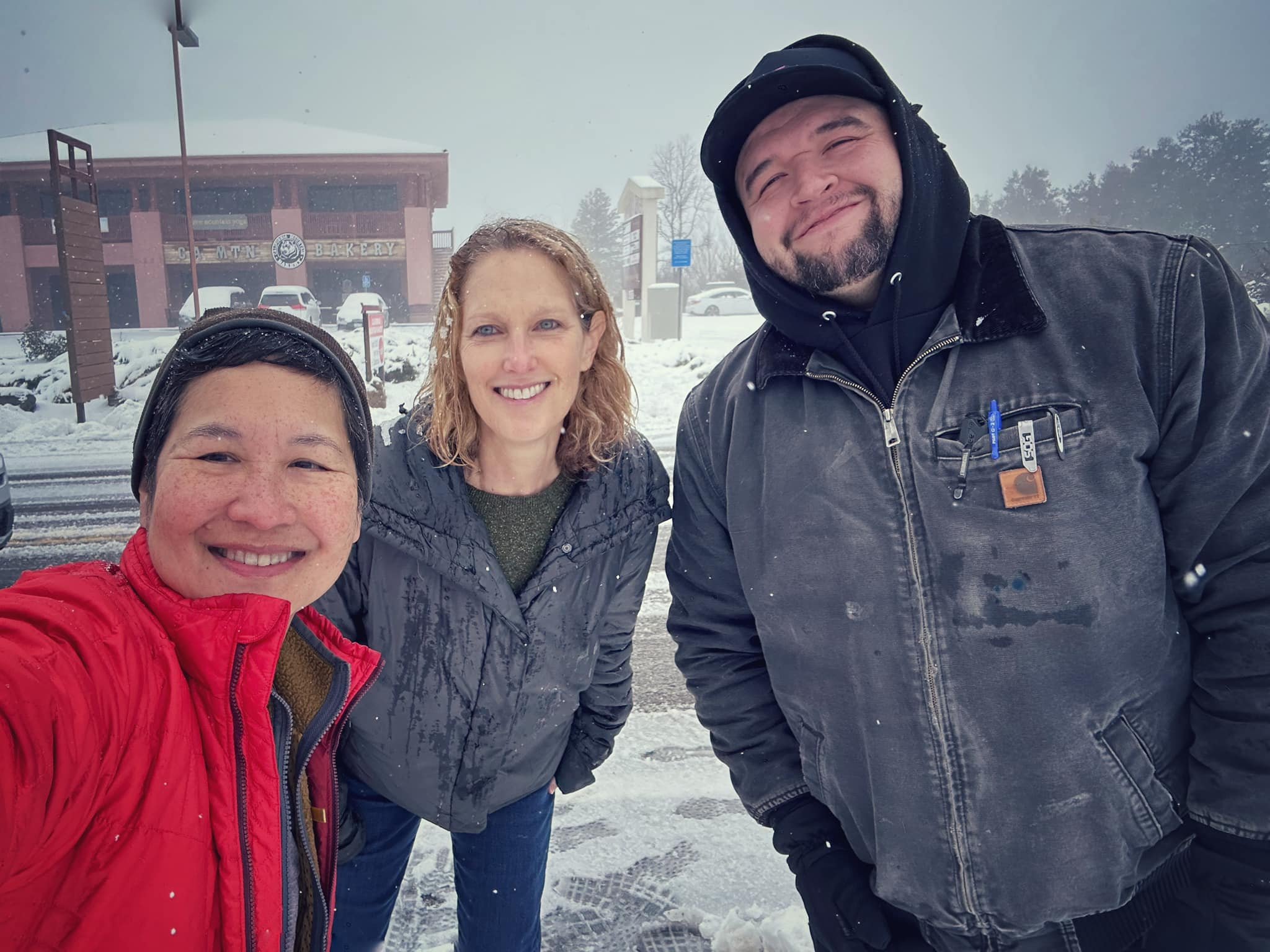
If you have to get stuck in the snow during a rare San Diego County storm, do it in Wynola, right in front of California Mountain Bakery, home of the best pies in the state, according to Yelp rankings.
Thanks to owner Raul (and Cole from the pizza shop next door) for digging us out! Hope to sample your respective pies tomorrow.
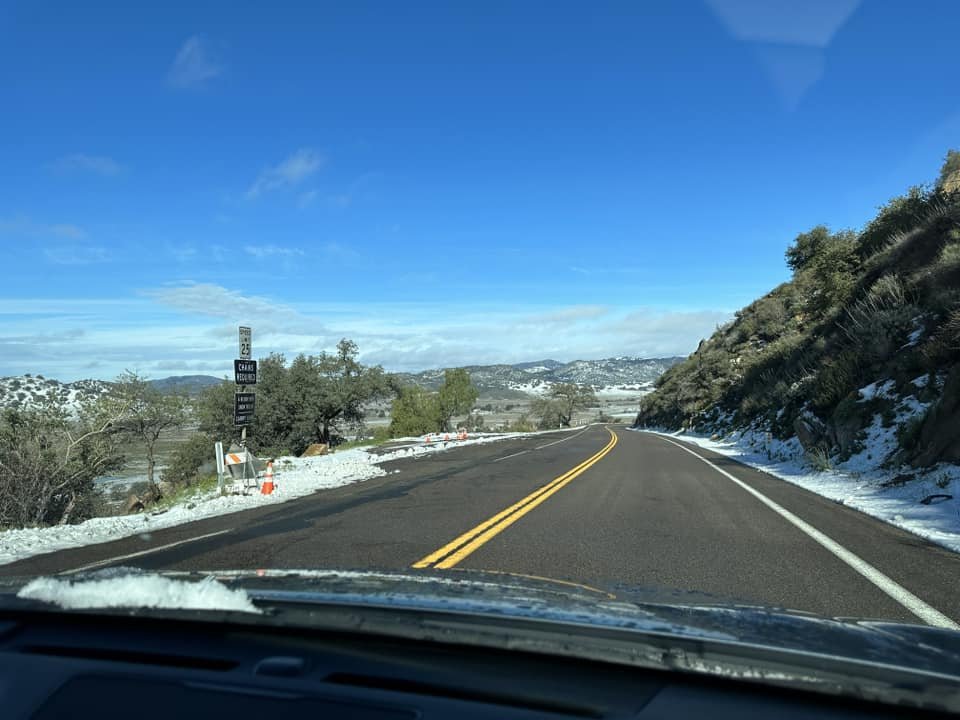
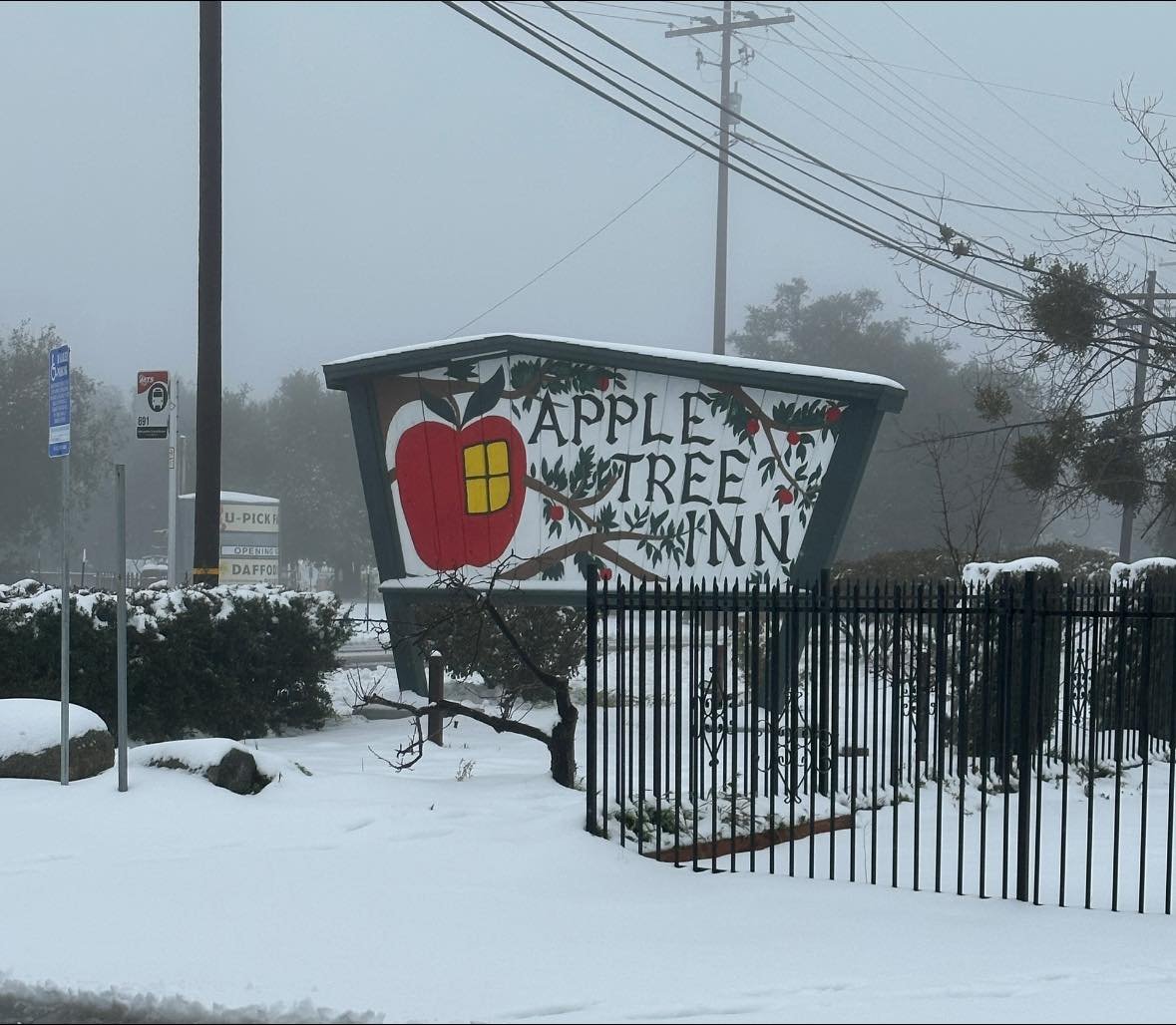
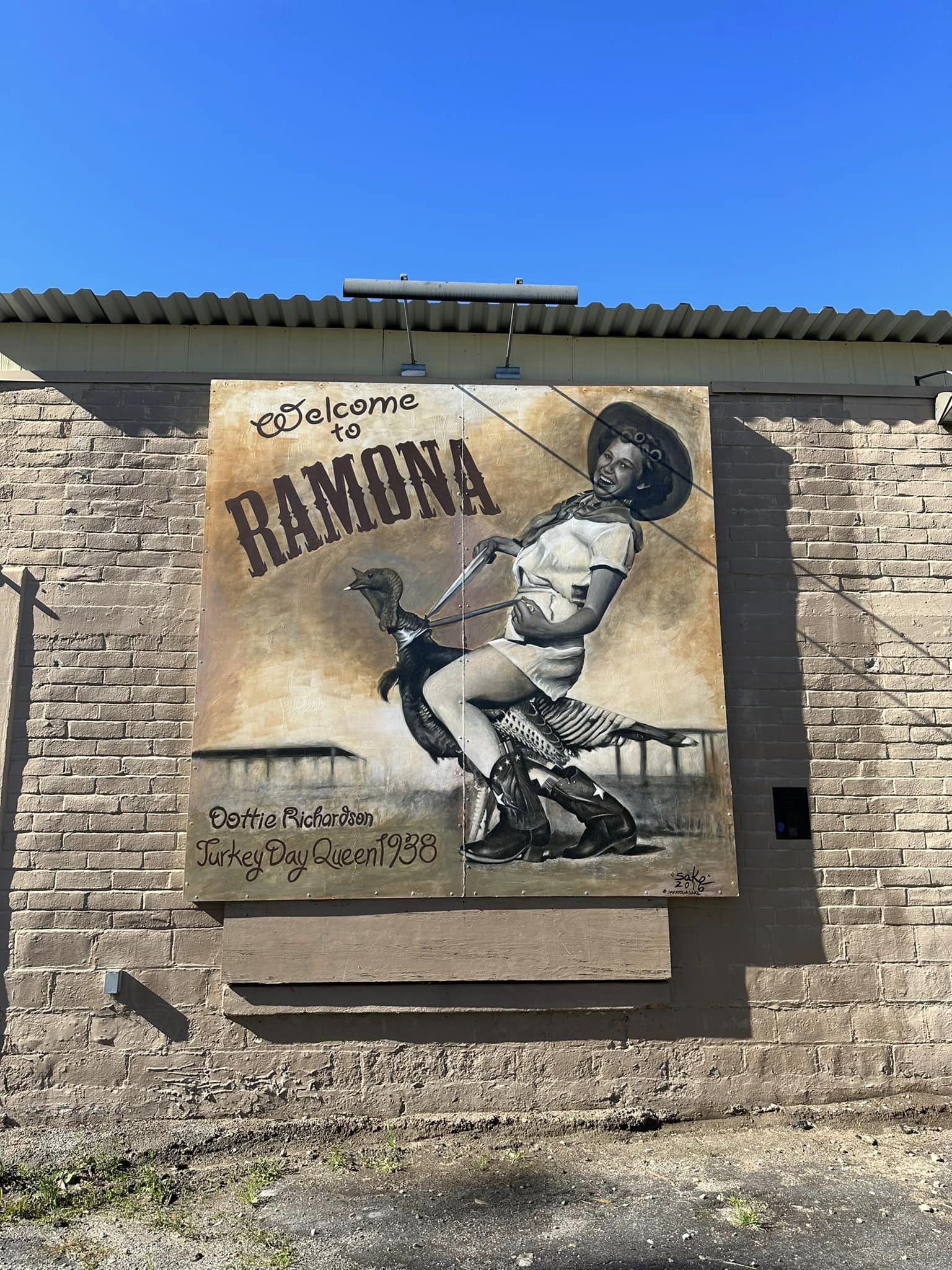
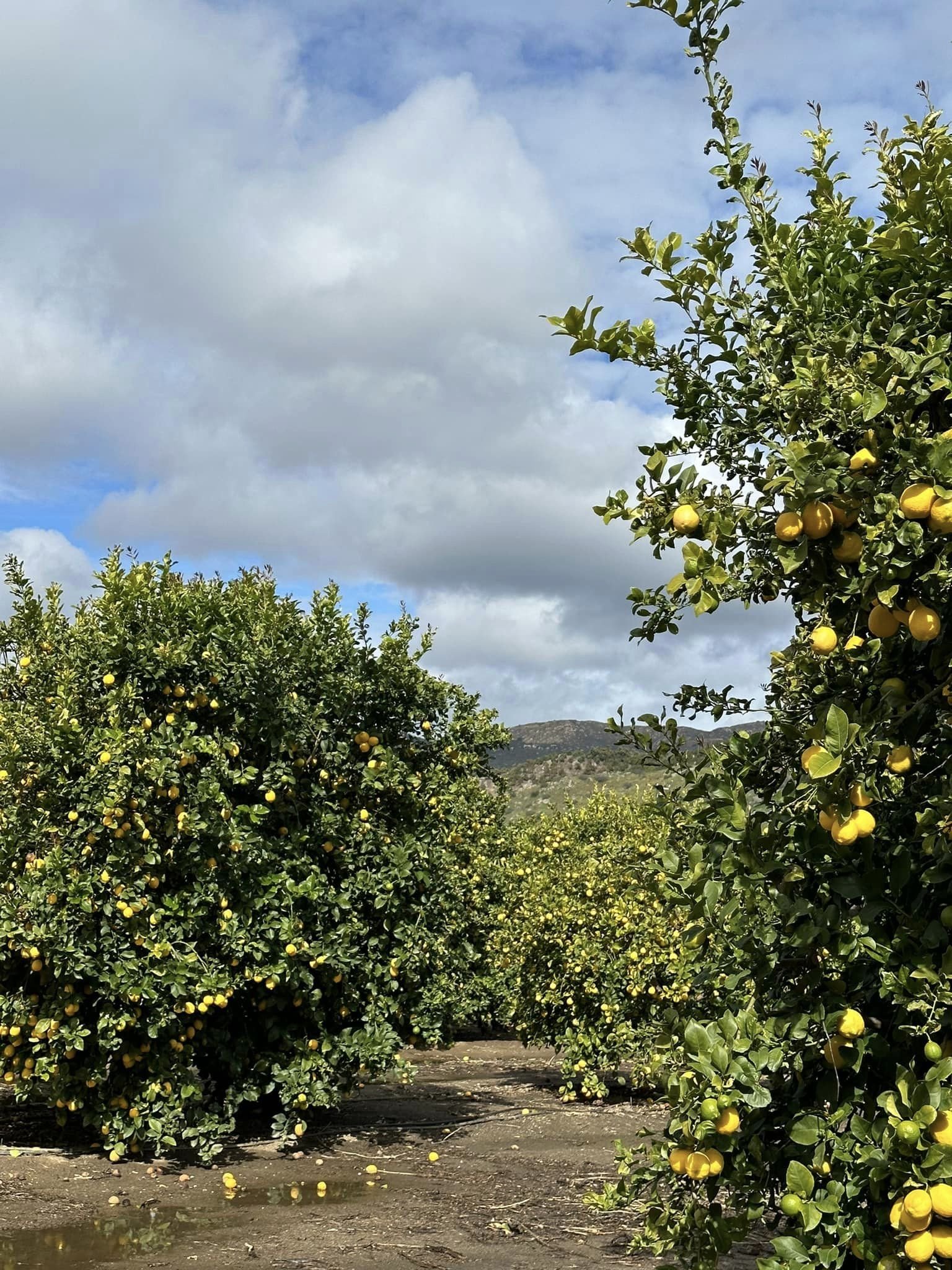
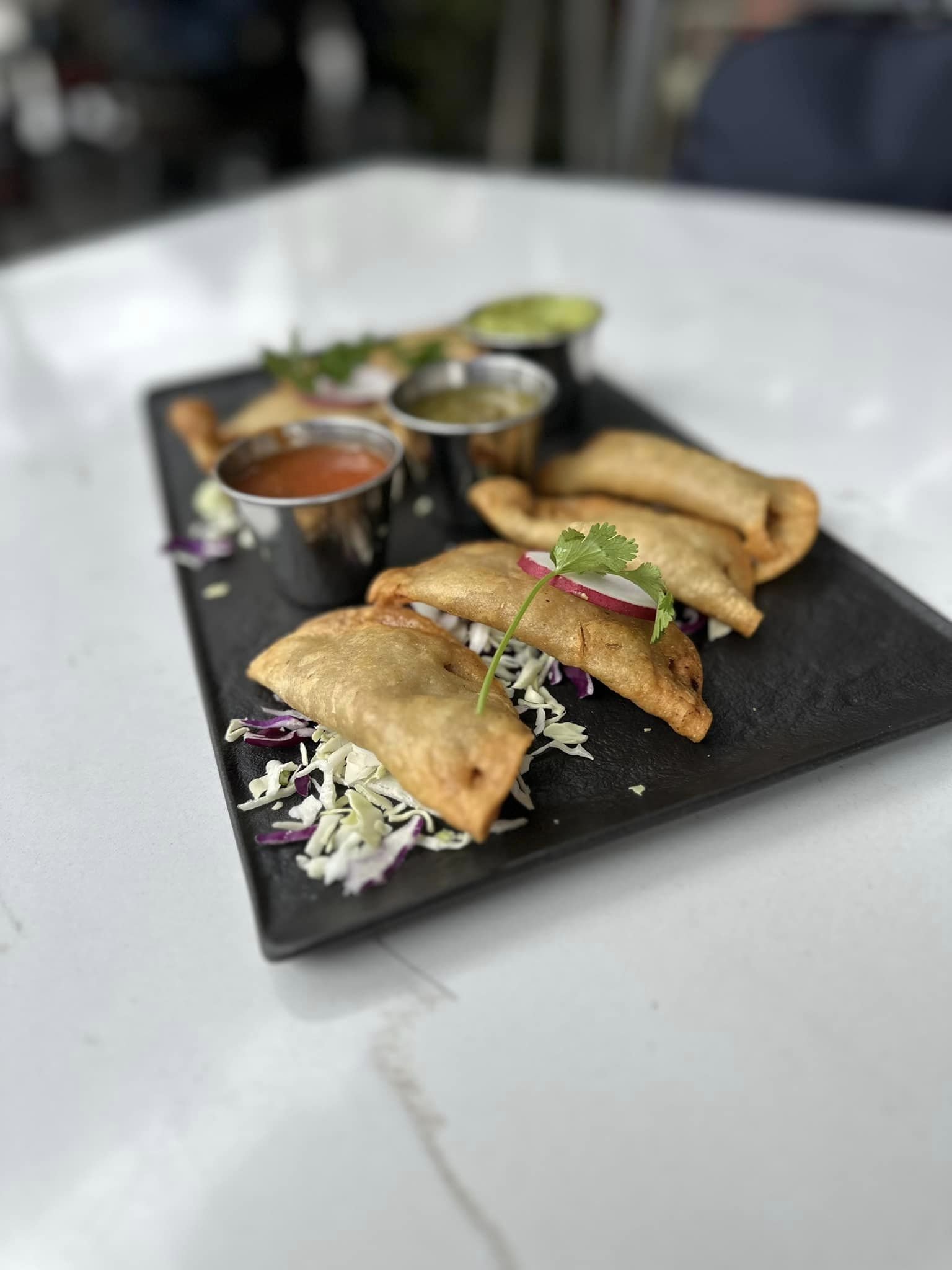
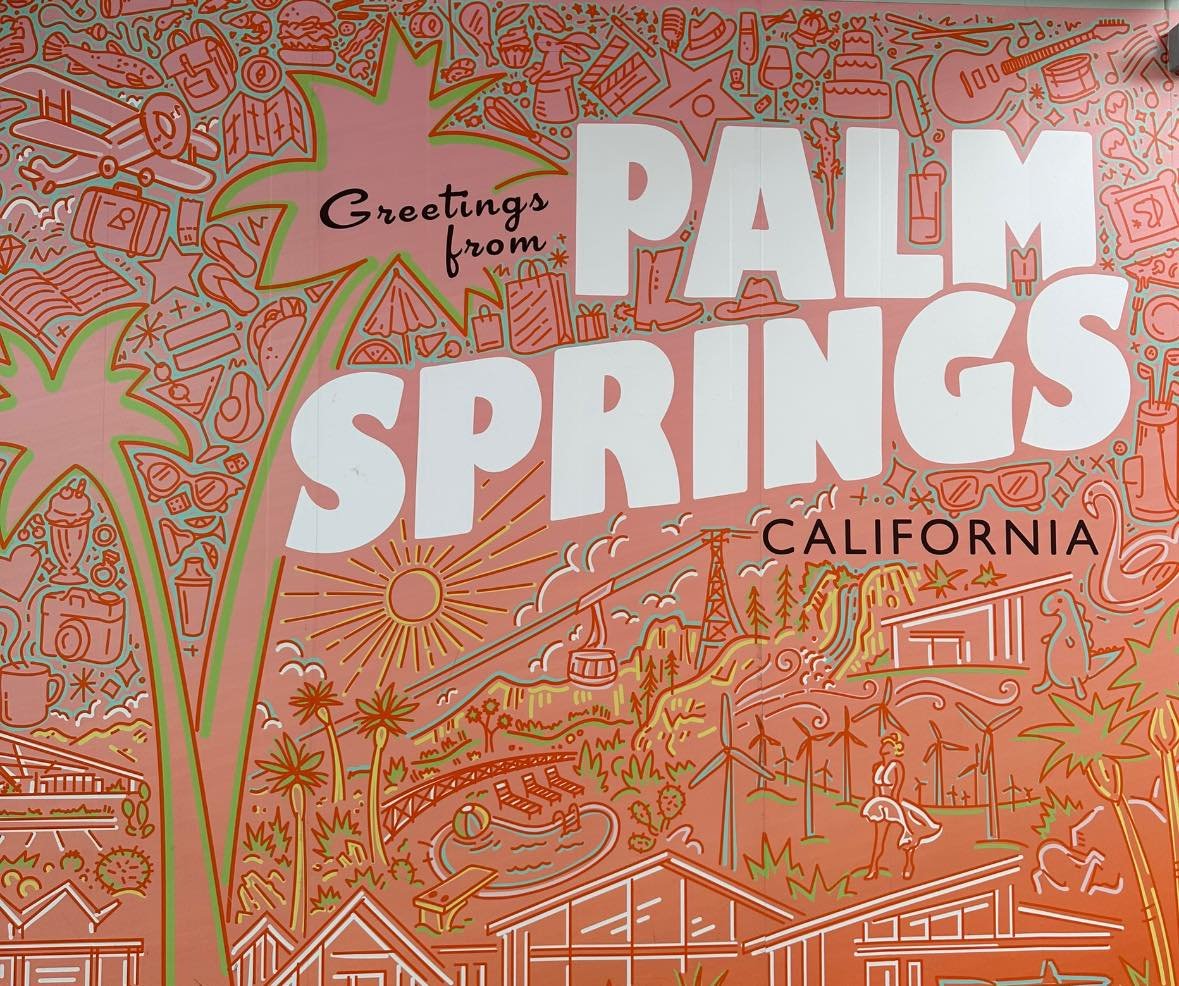
Road trip from the mountains to the desert.
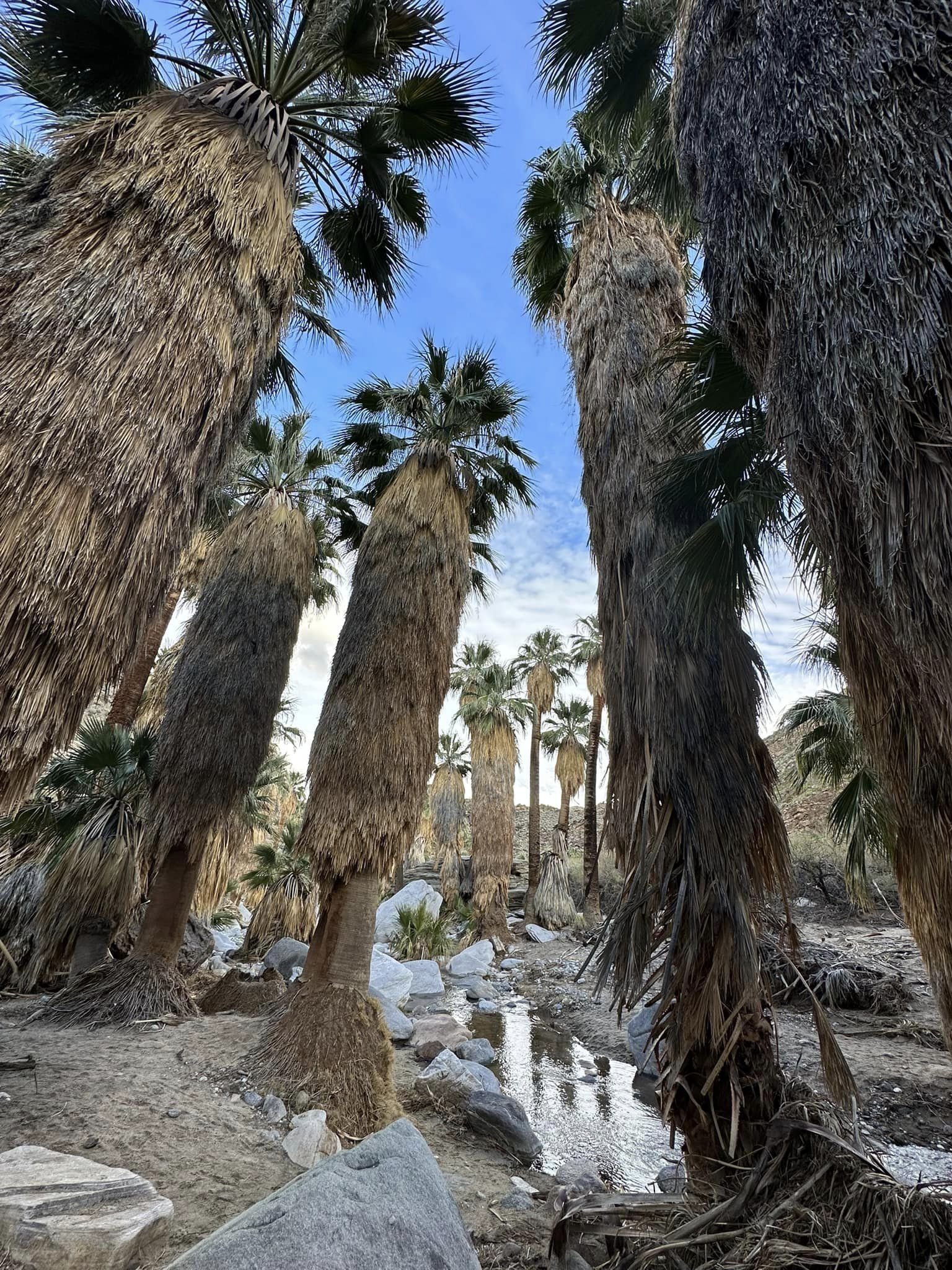
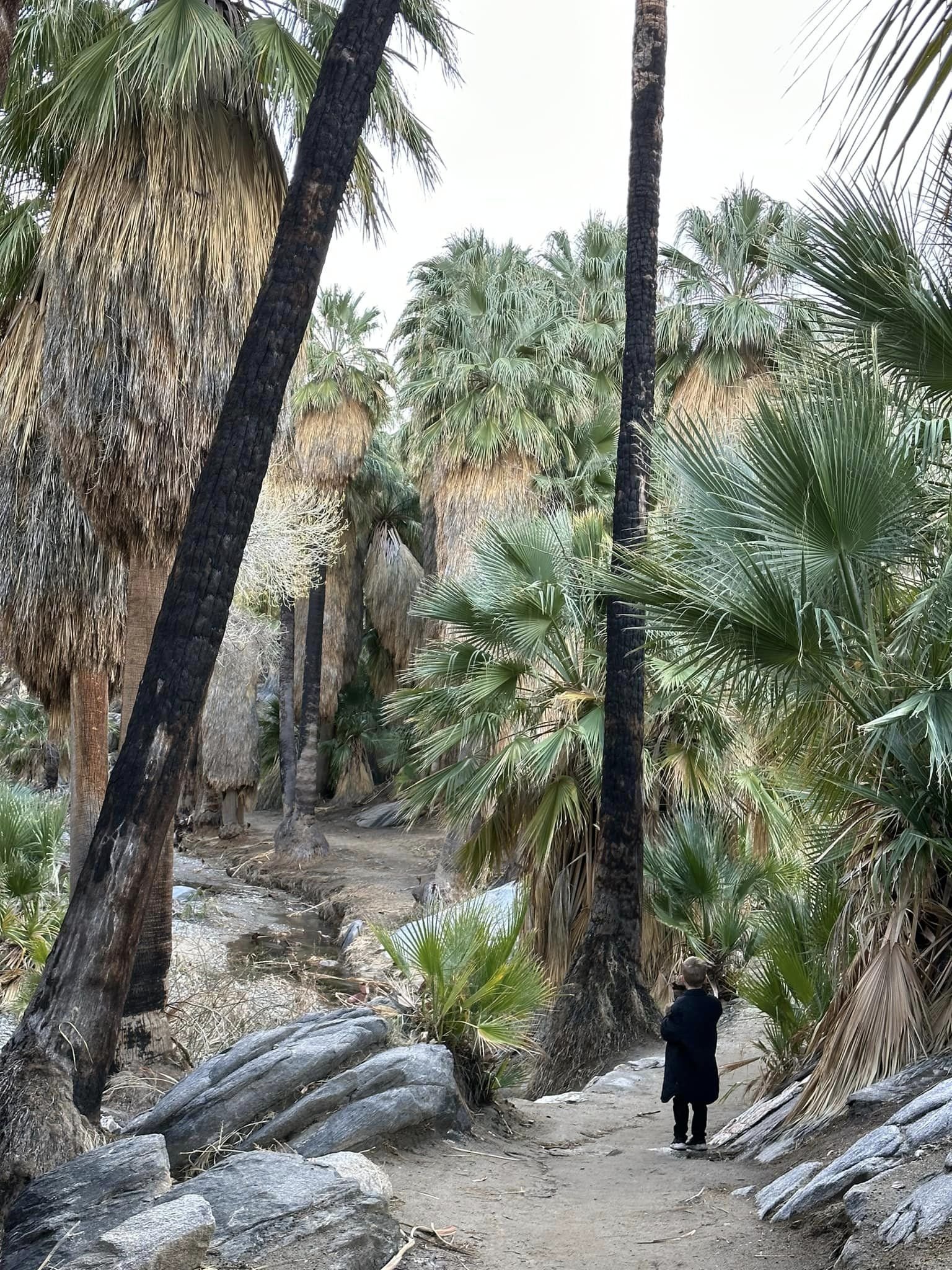

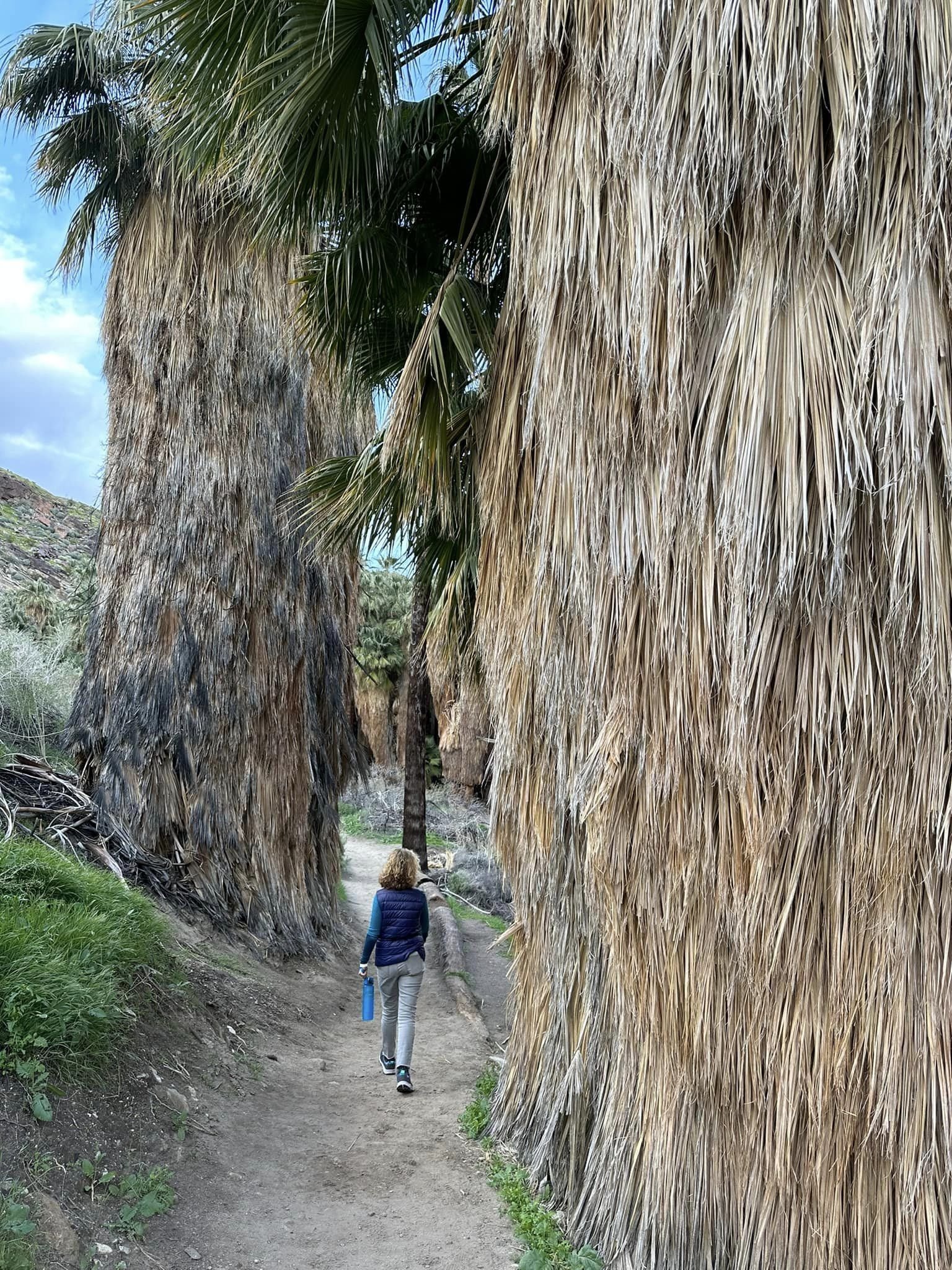
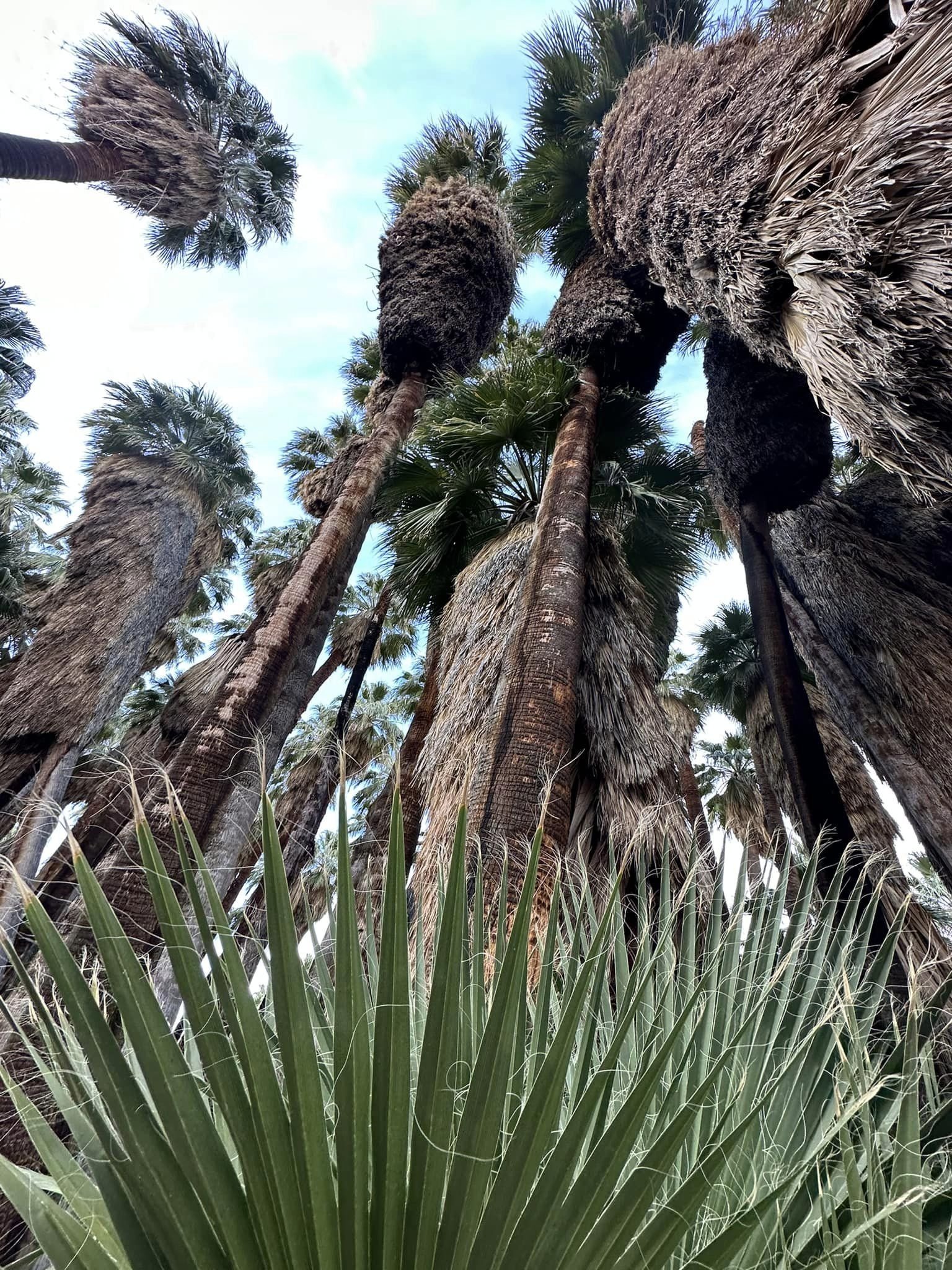
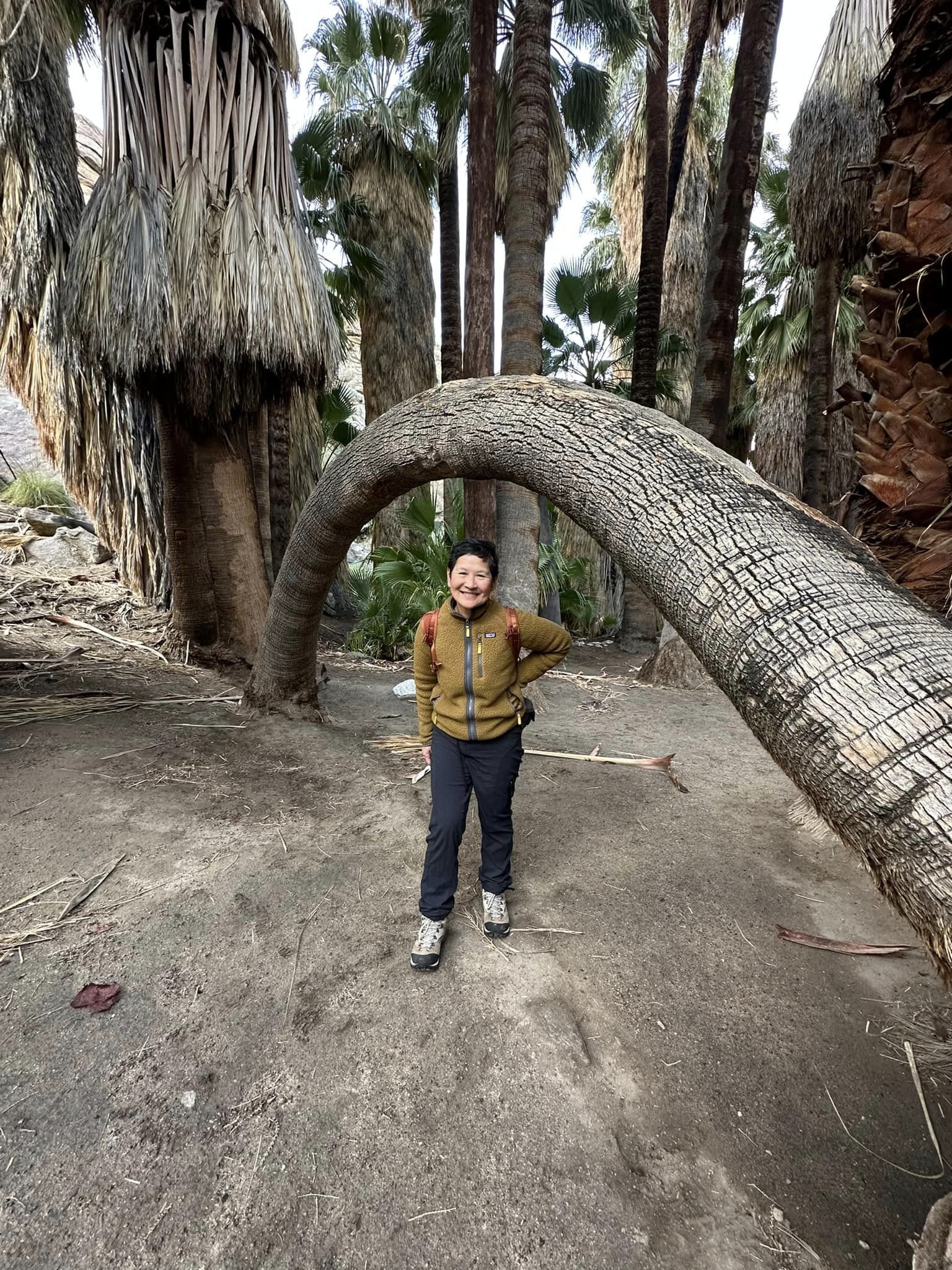

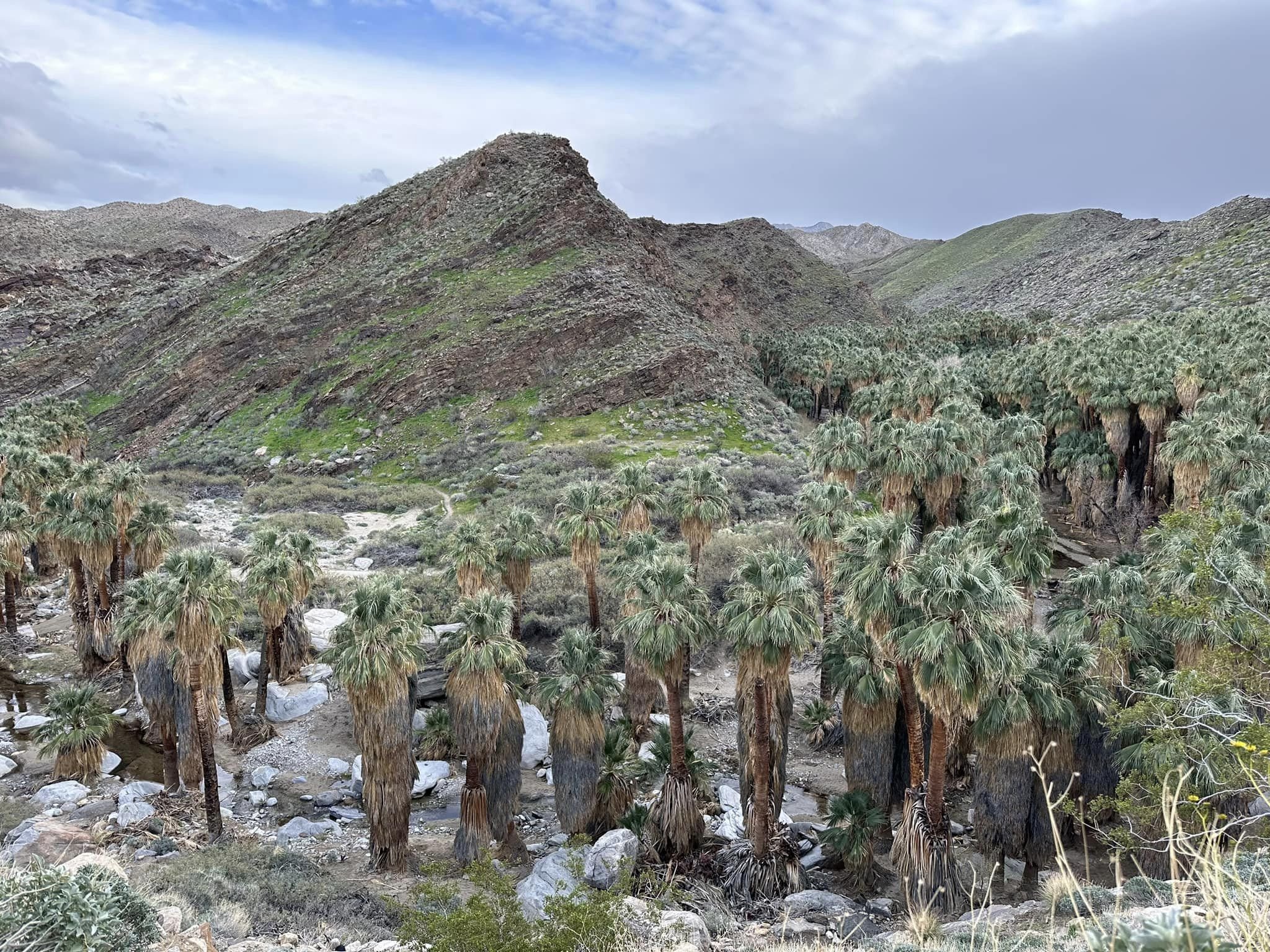
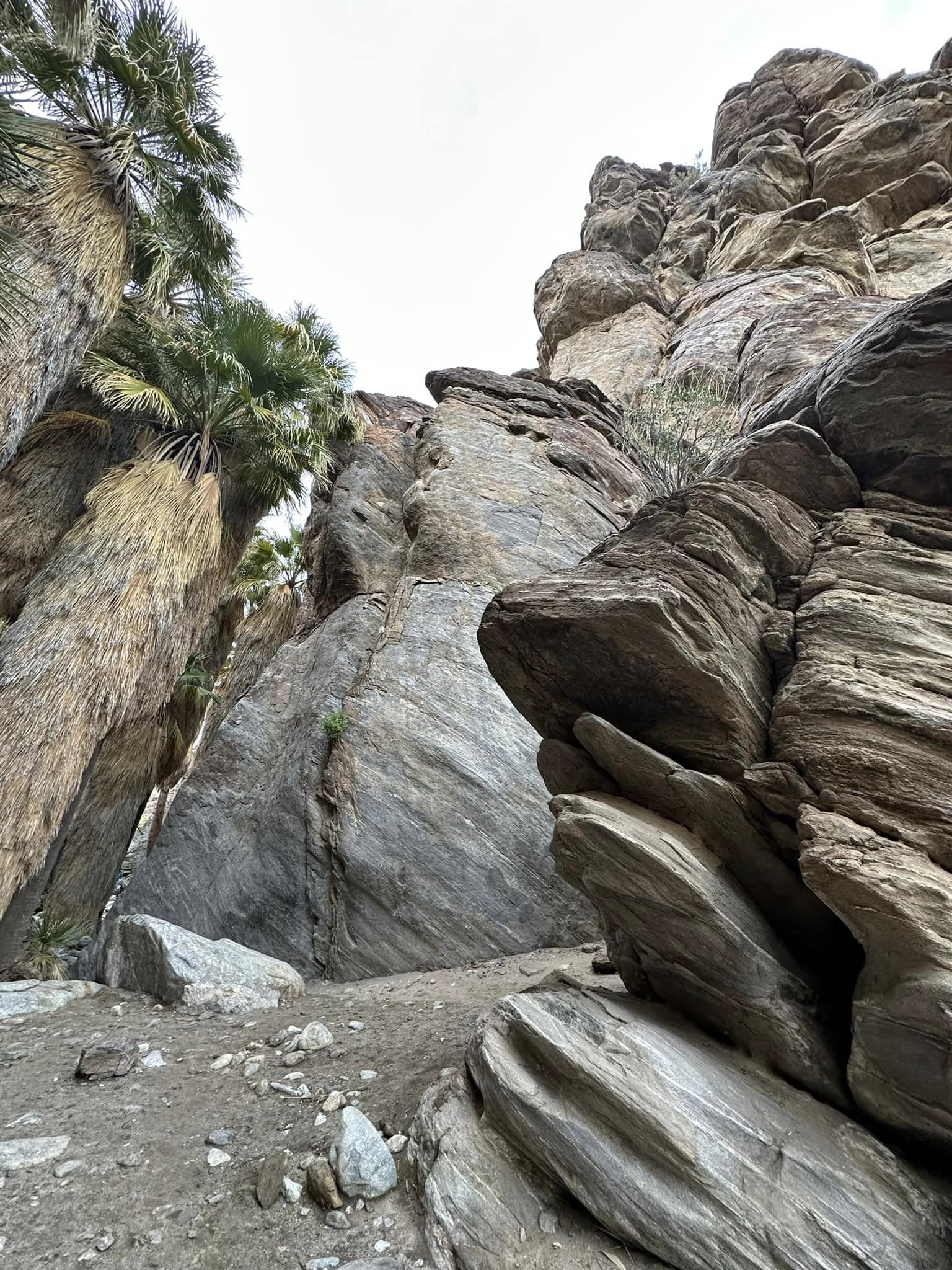
A beautiful afternoon hike in Indian Canyons, in the San Jacinto mountains, on lands stewarded by the Agua Caliente band of Cahuilla Indians. Palm Canyon is the world's largest native California Fan Palm oasis.
The stories and history and culture of those who were here before have been long suppressed. Visitors now have many opportunities to listen and learn. Read the excellent piece by my friend Chris Reynolds on how to do that in the Palm Springs area.

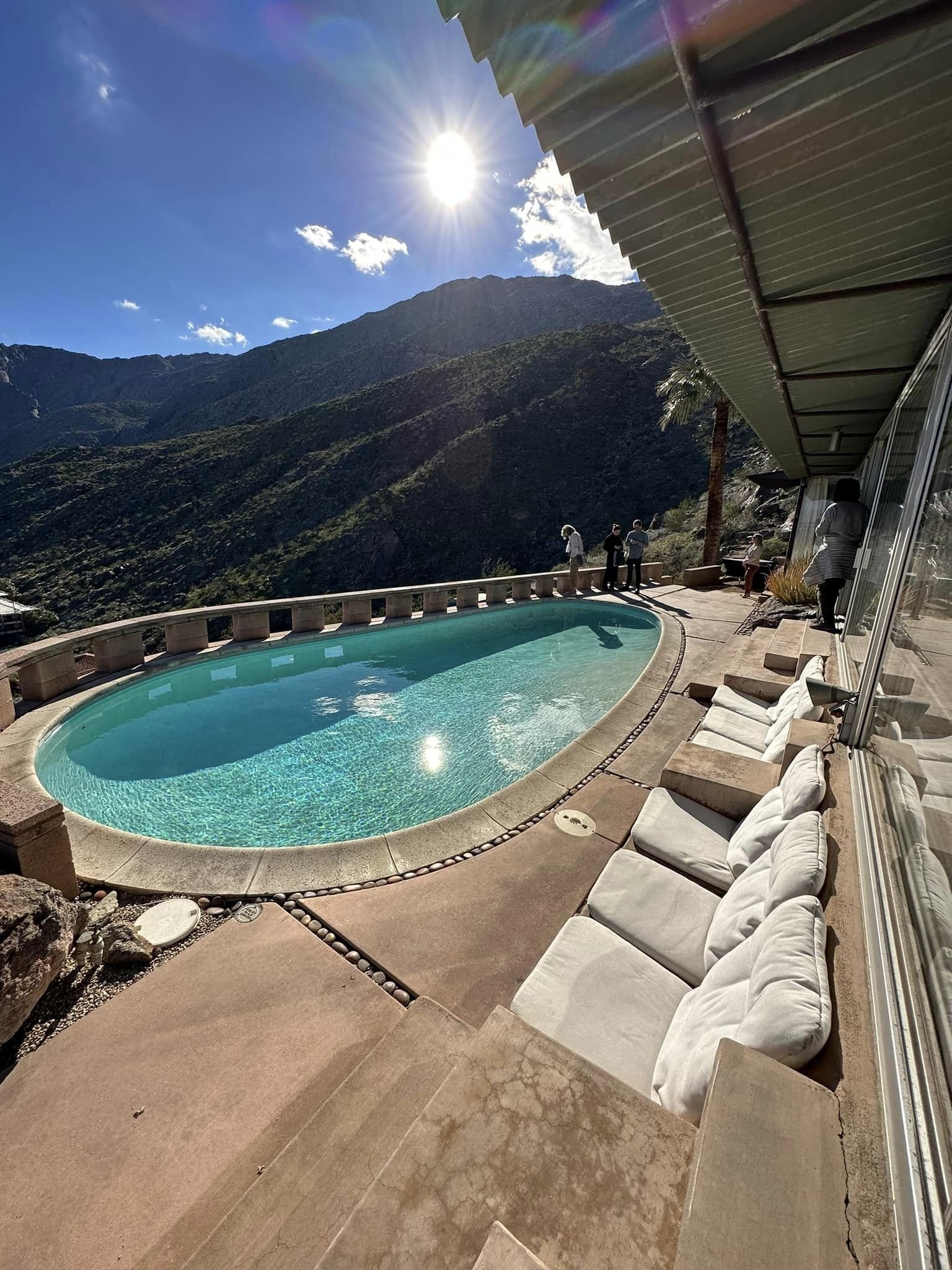
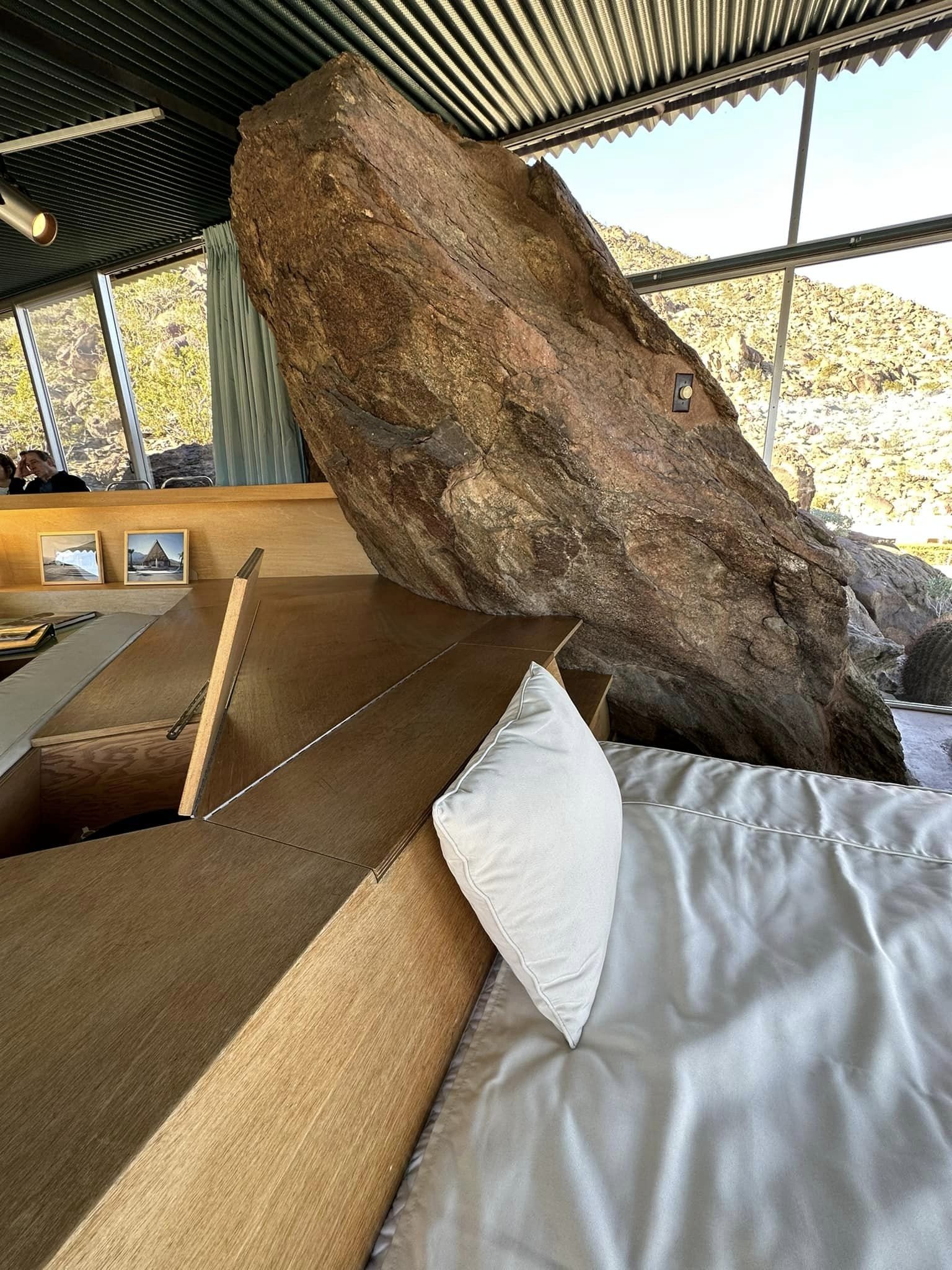
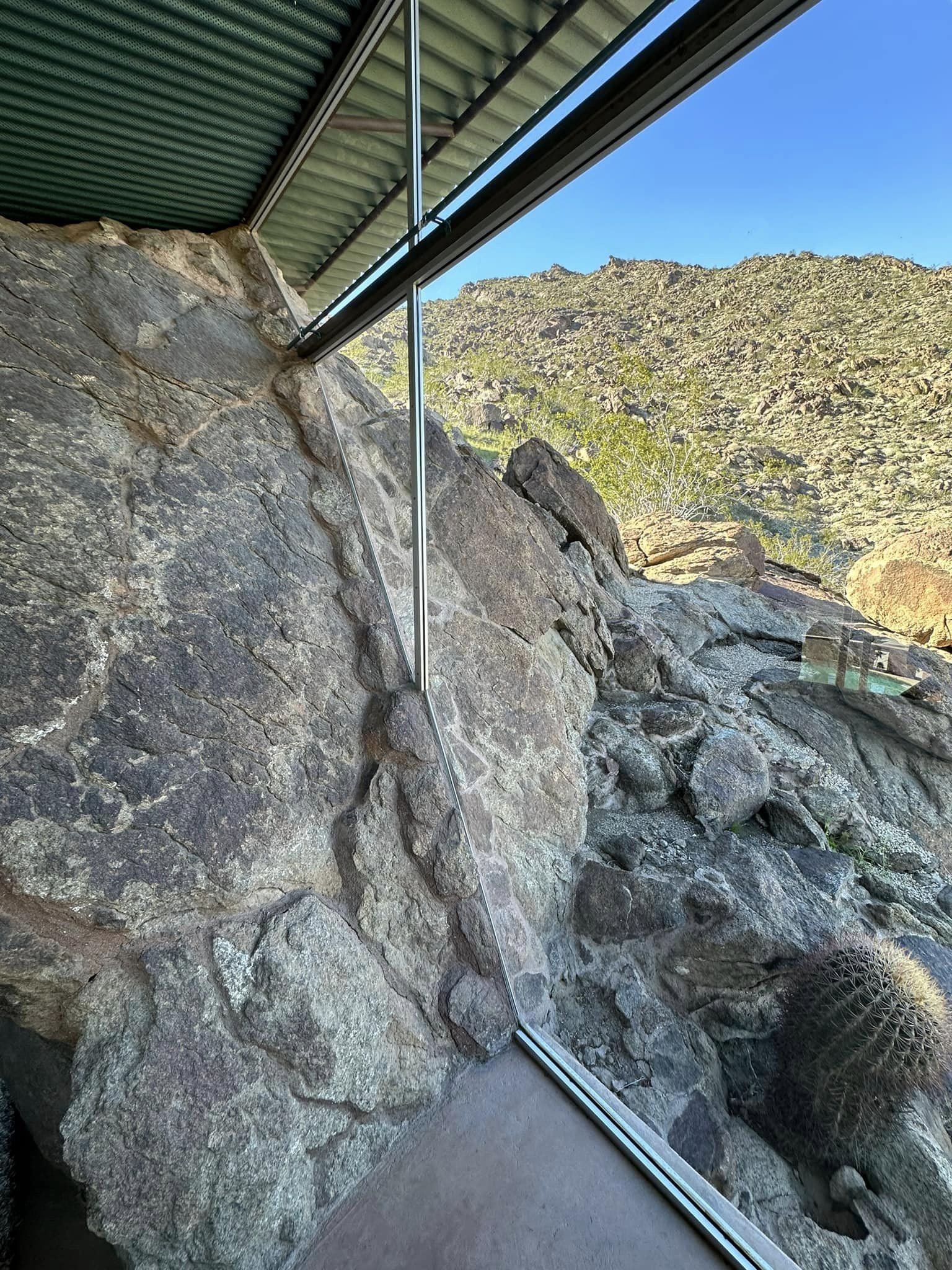
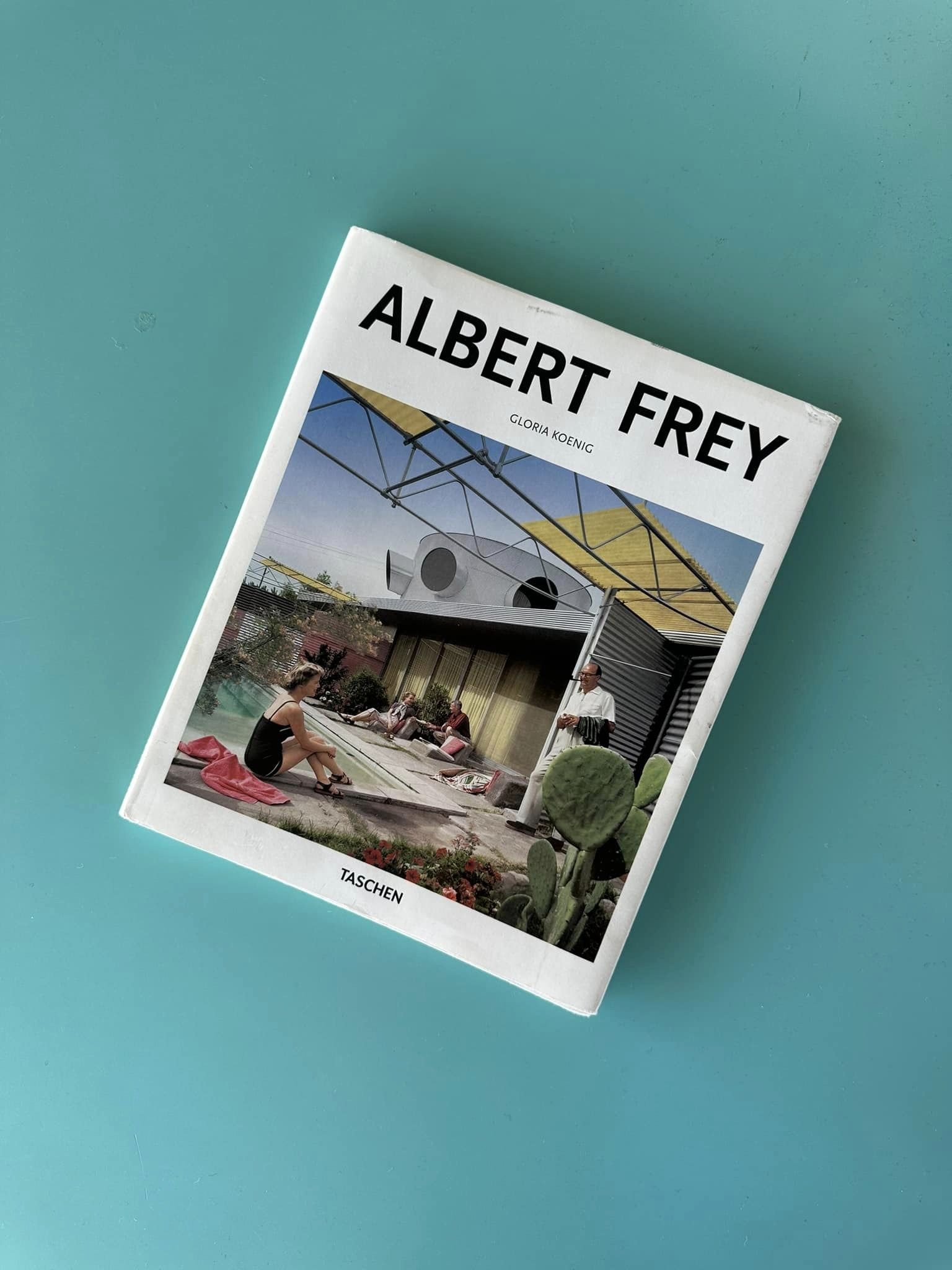
Caught the tail end of Modernism Week in Palm Springs. I loved the visit to Frey House 2. One of the pillars of Desert Modernism, Albert Frey—who studied under Le Corbusier—designed this compact home and lived here until his death. A massive boulder serves as the inspiration and focus. Large windows blur the lines between the outdoors and in. For the colors he took as his cue the sky, the rocks, and the earth. Photos don’t do the space justice but here are a few.
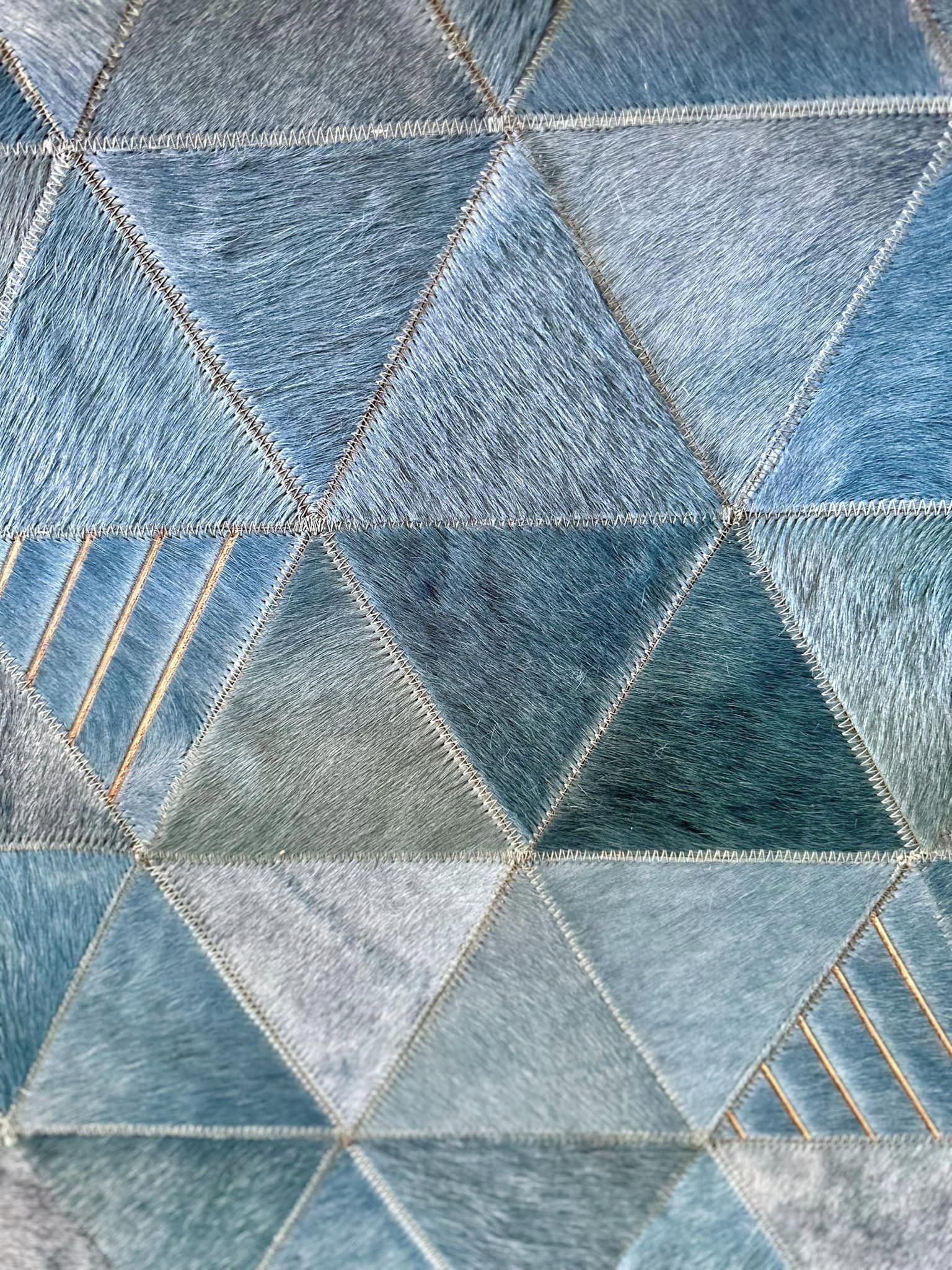

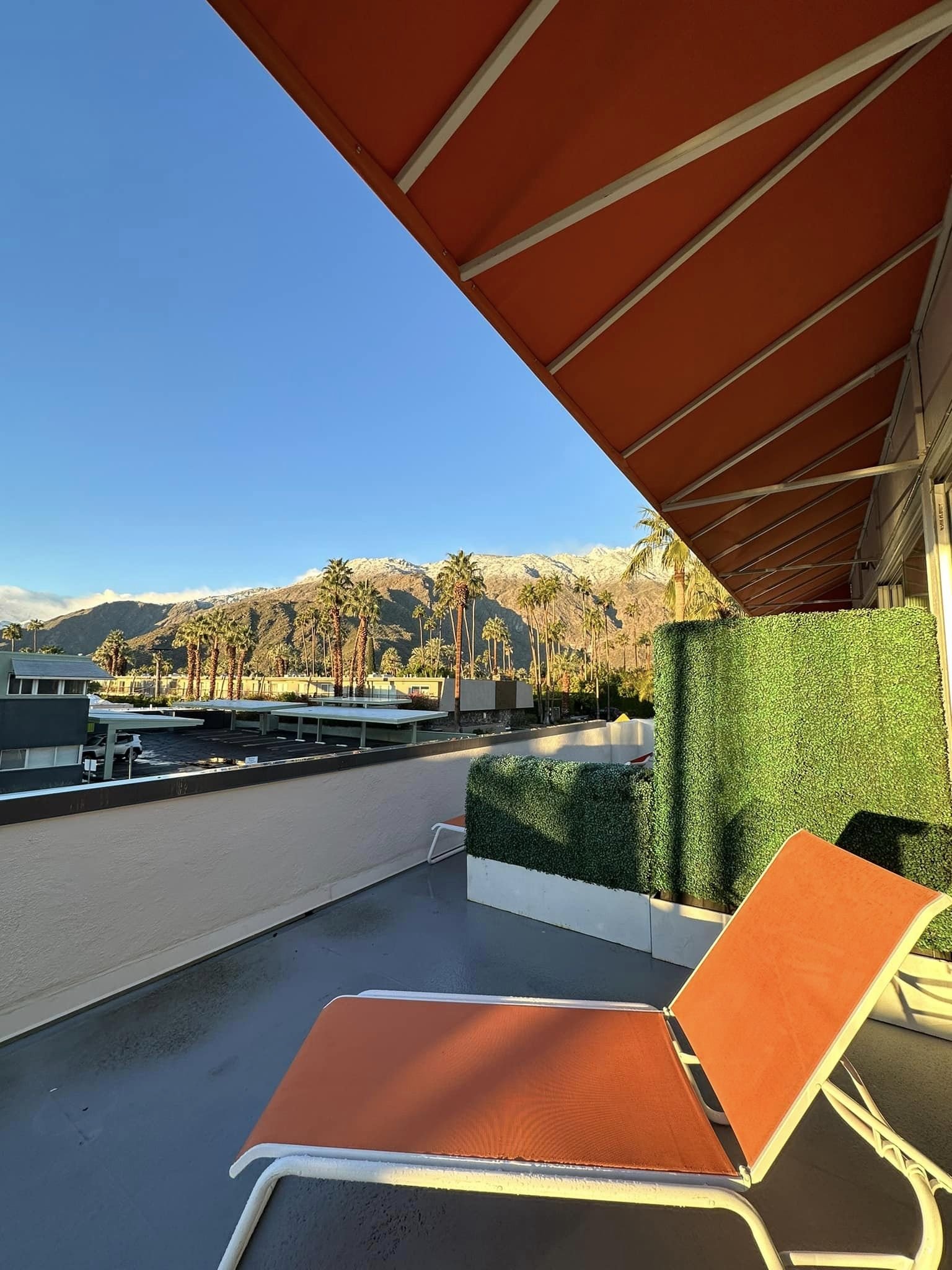
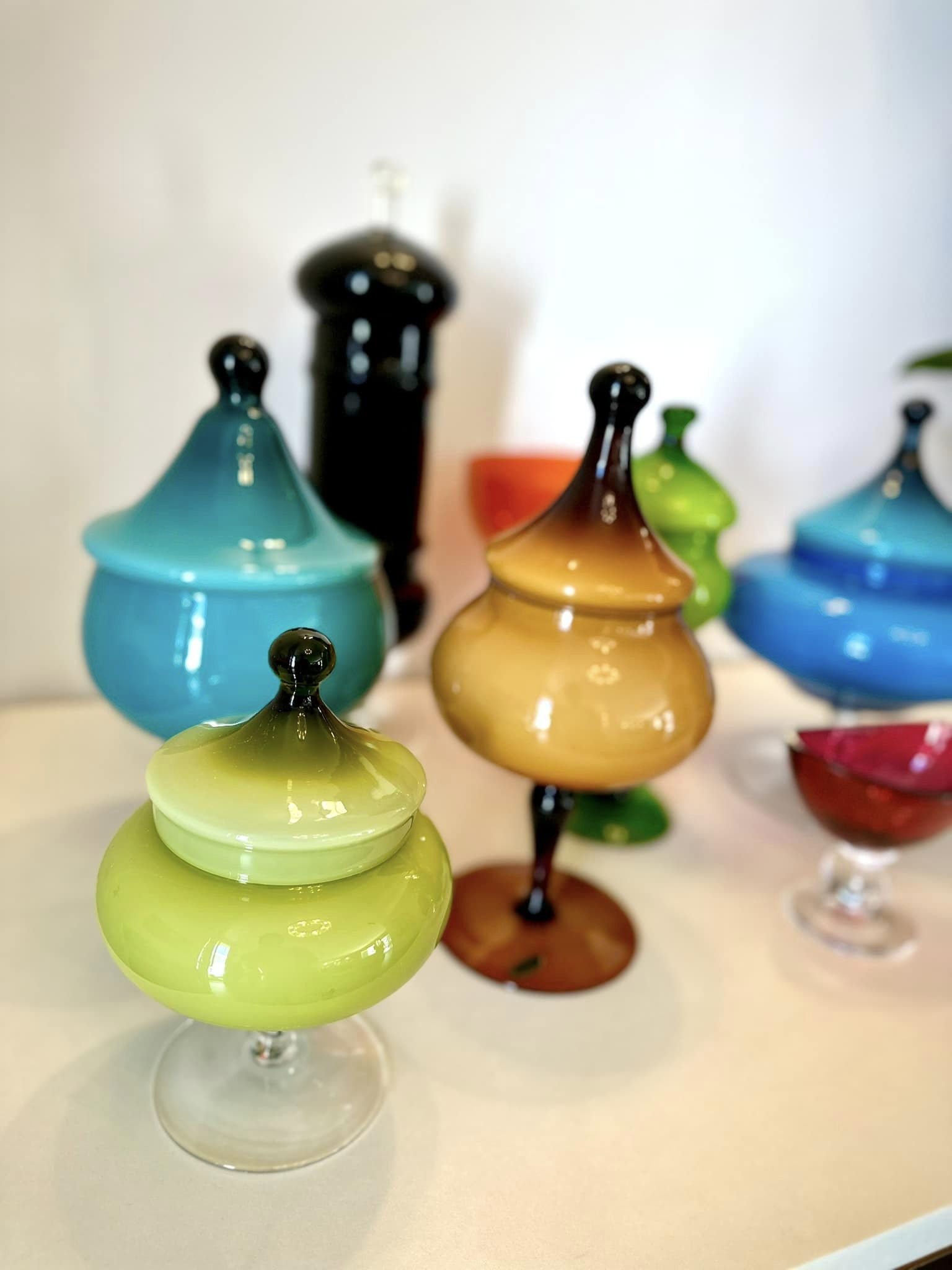
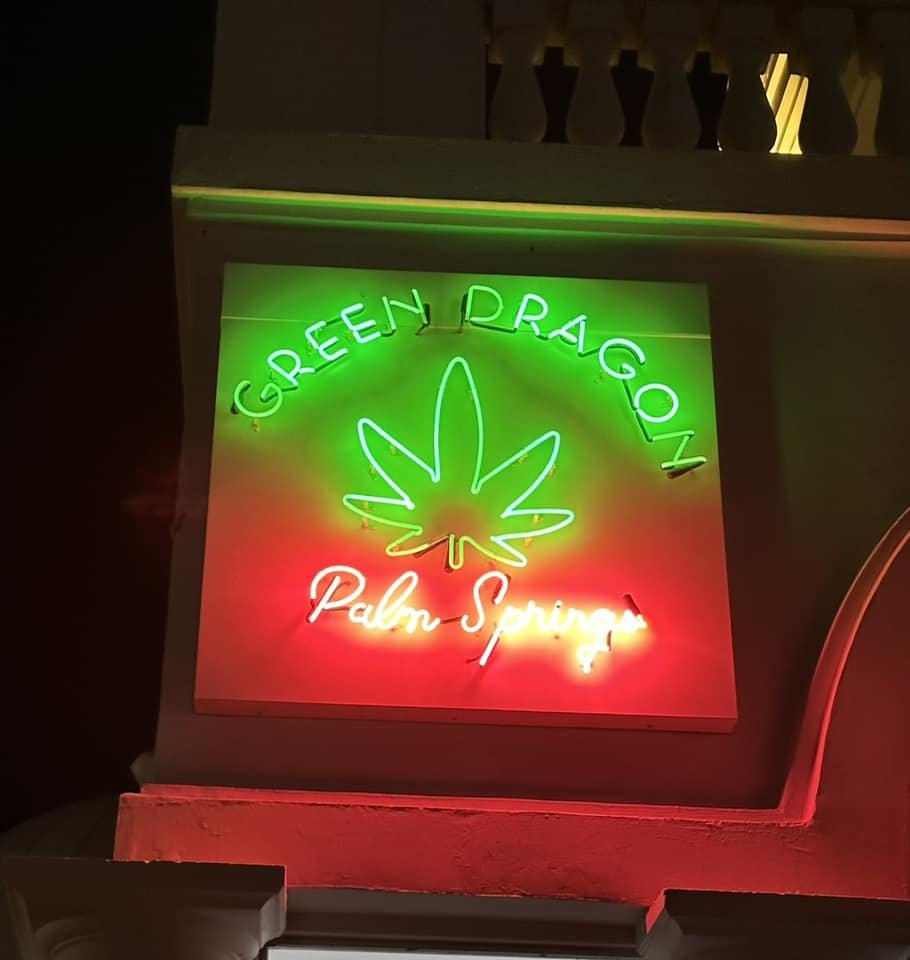
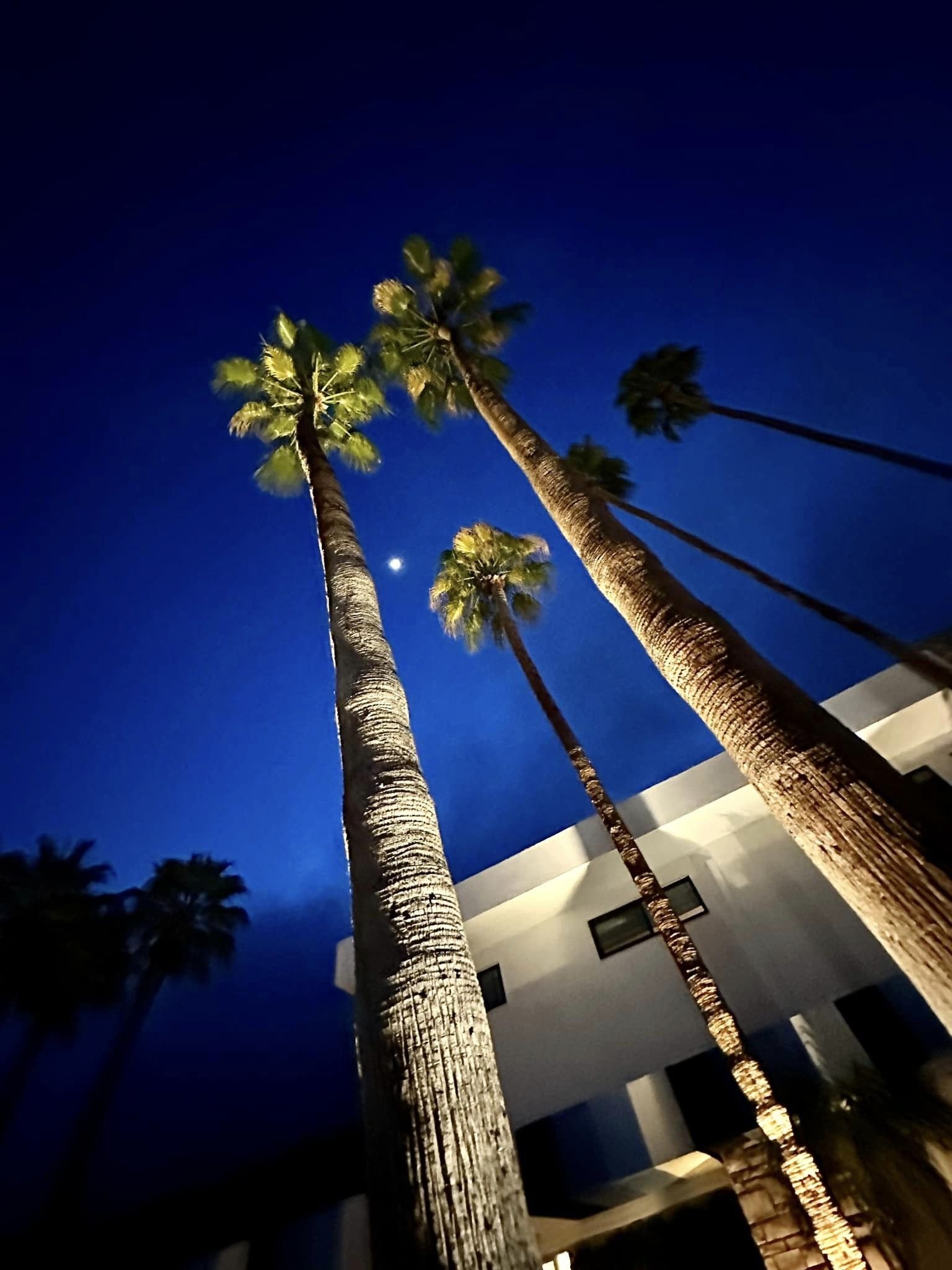
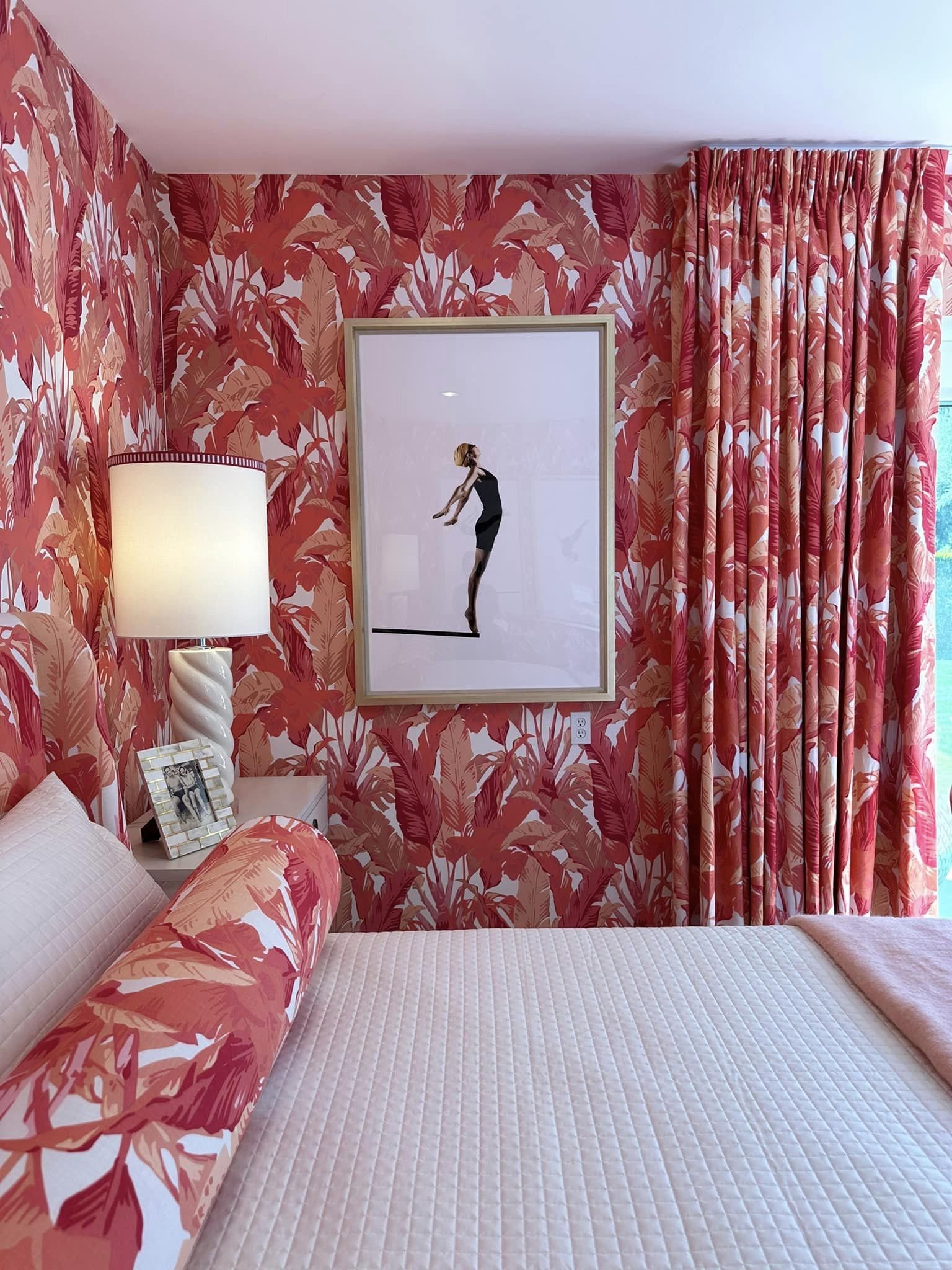

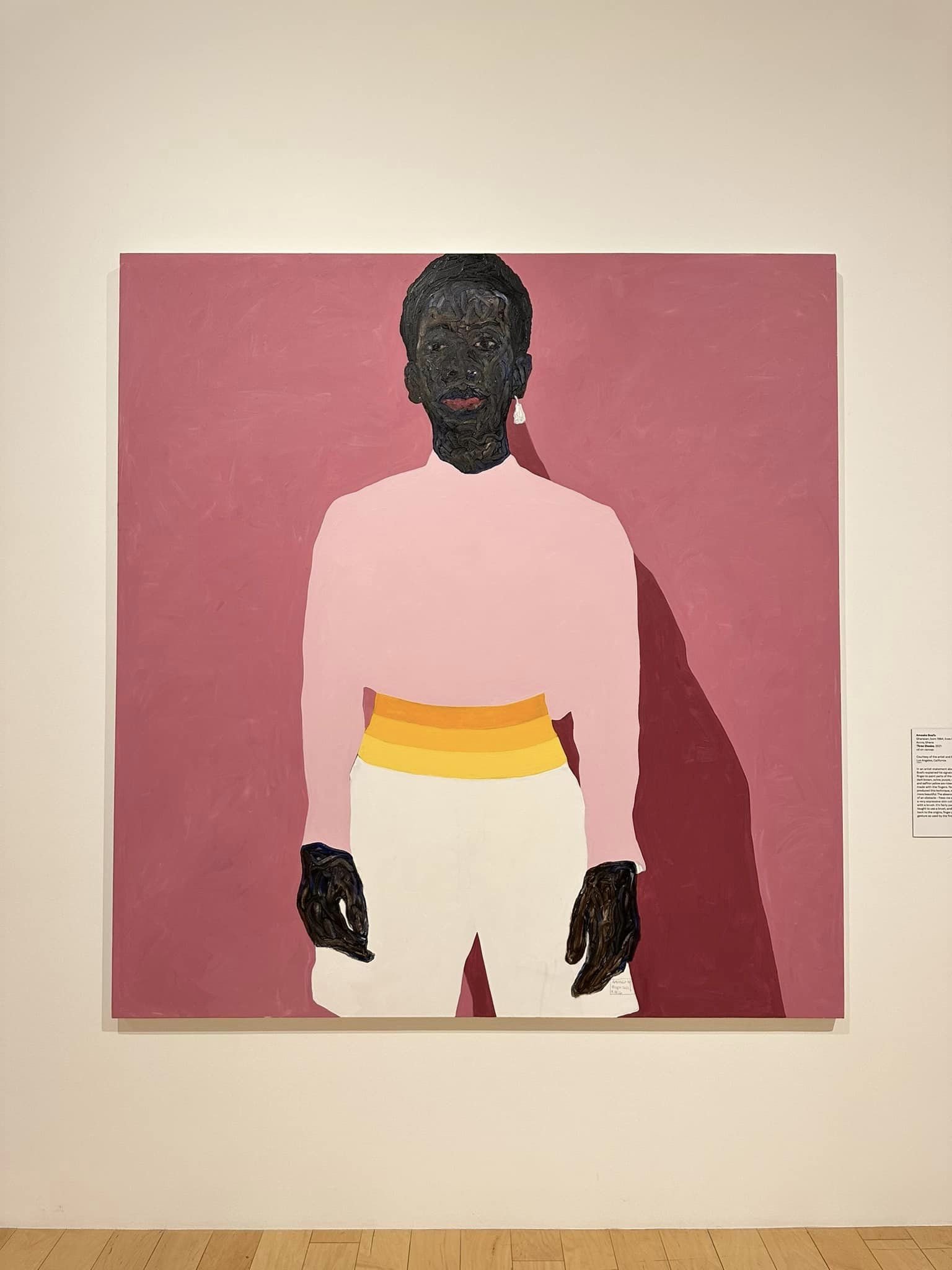
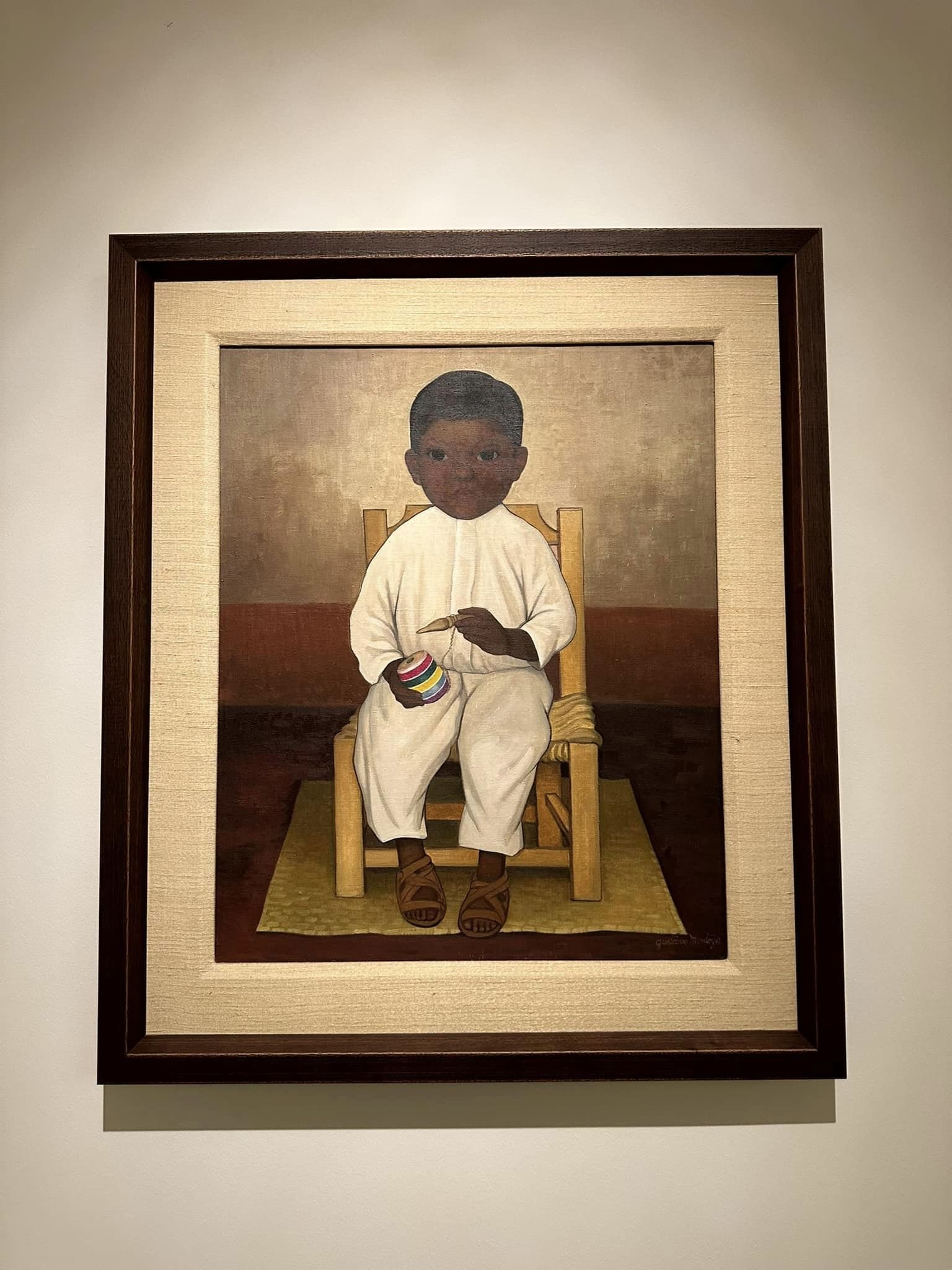
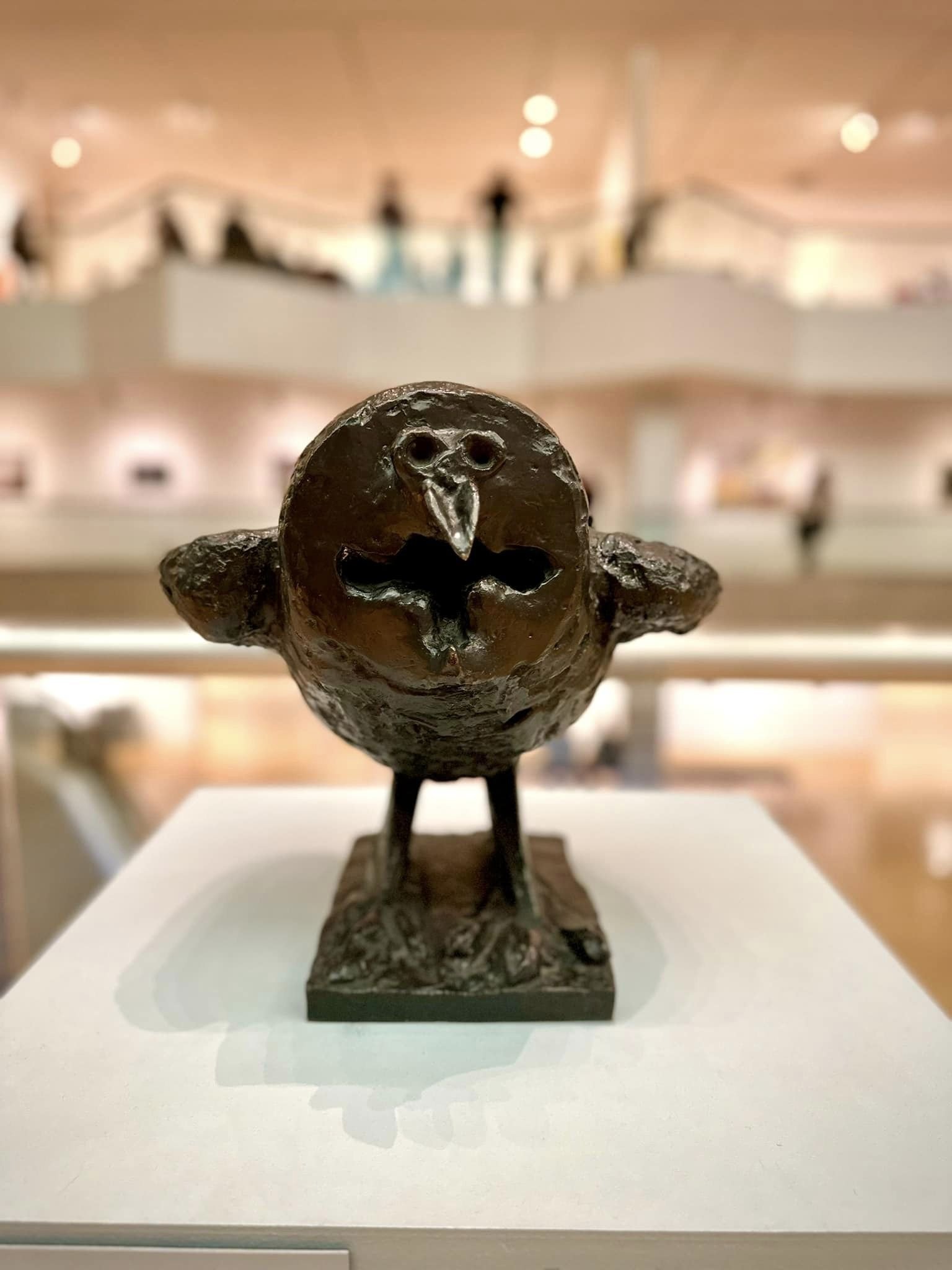
The hues, shapes, and textures of Palm Springs, California, a city whose aesthetic is shaped by functionality, simplicity, and natural forms and materials. Southern California.
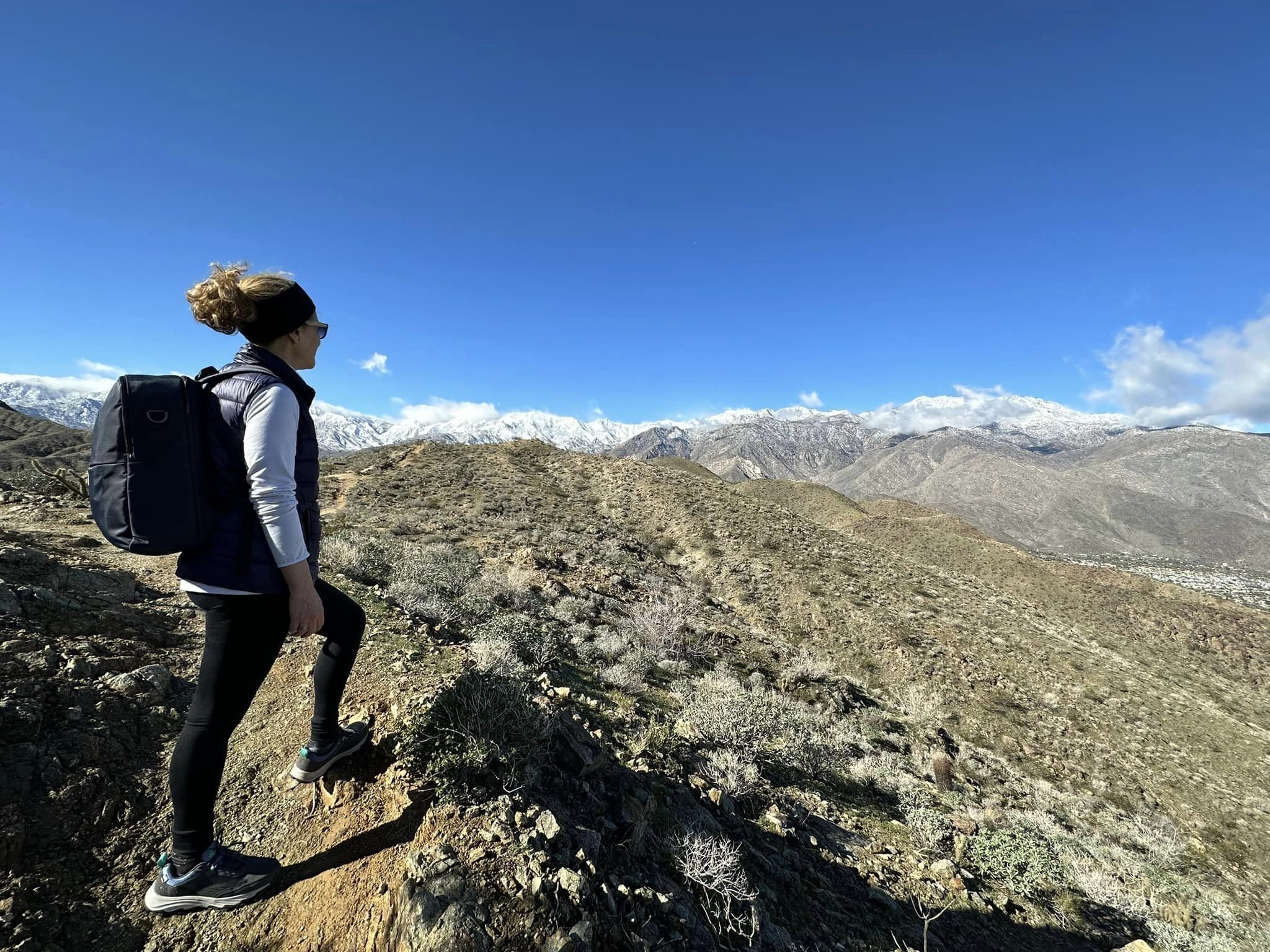
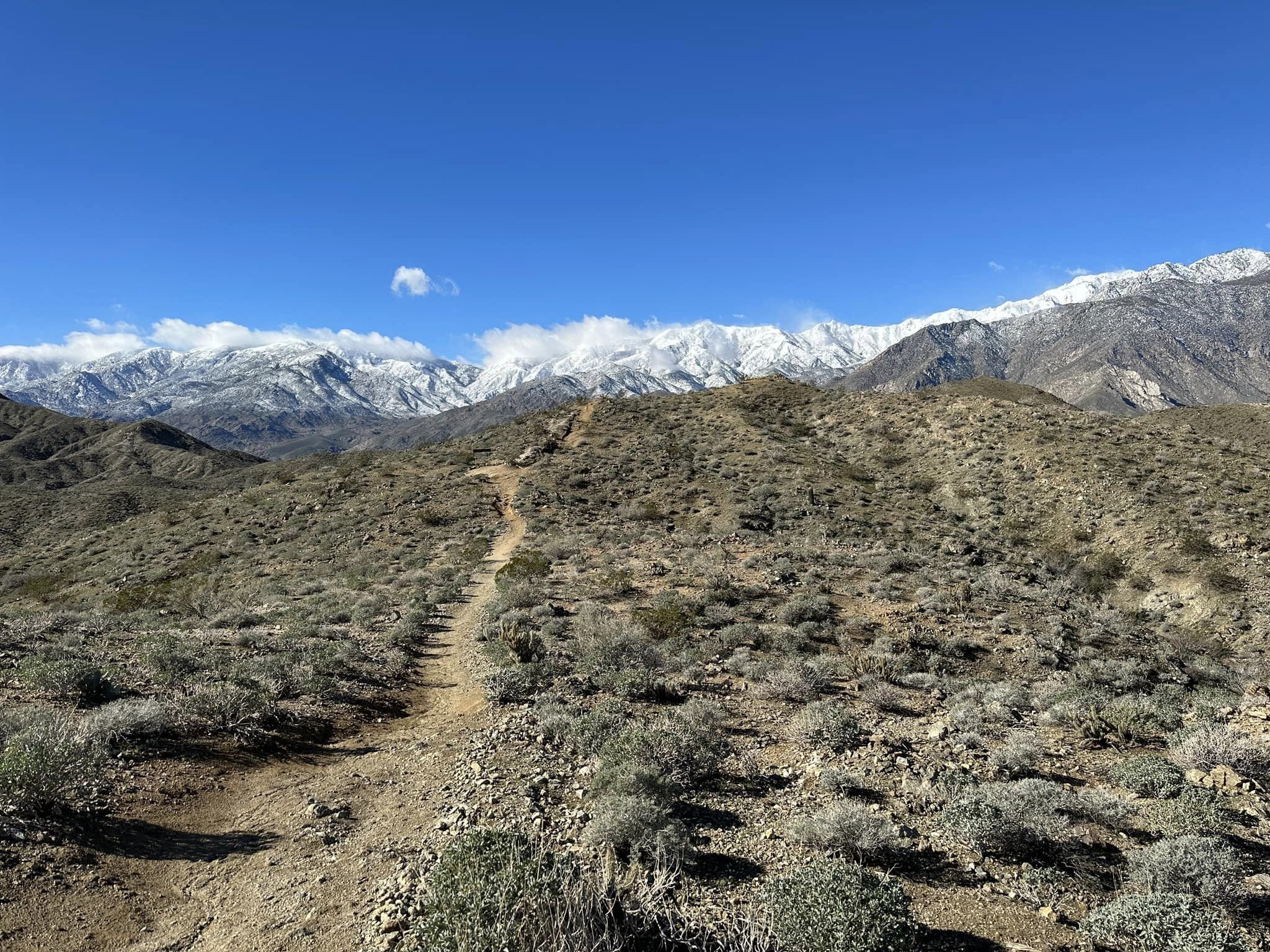
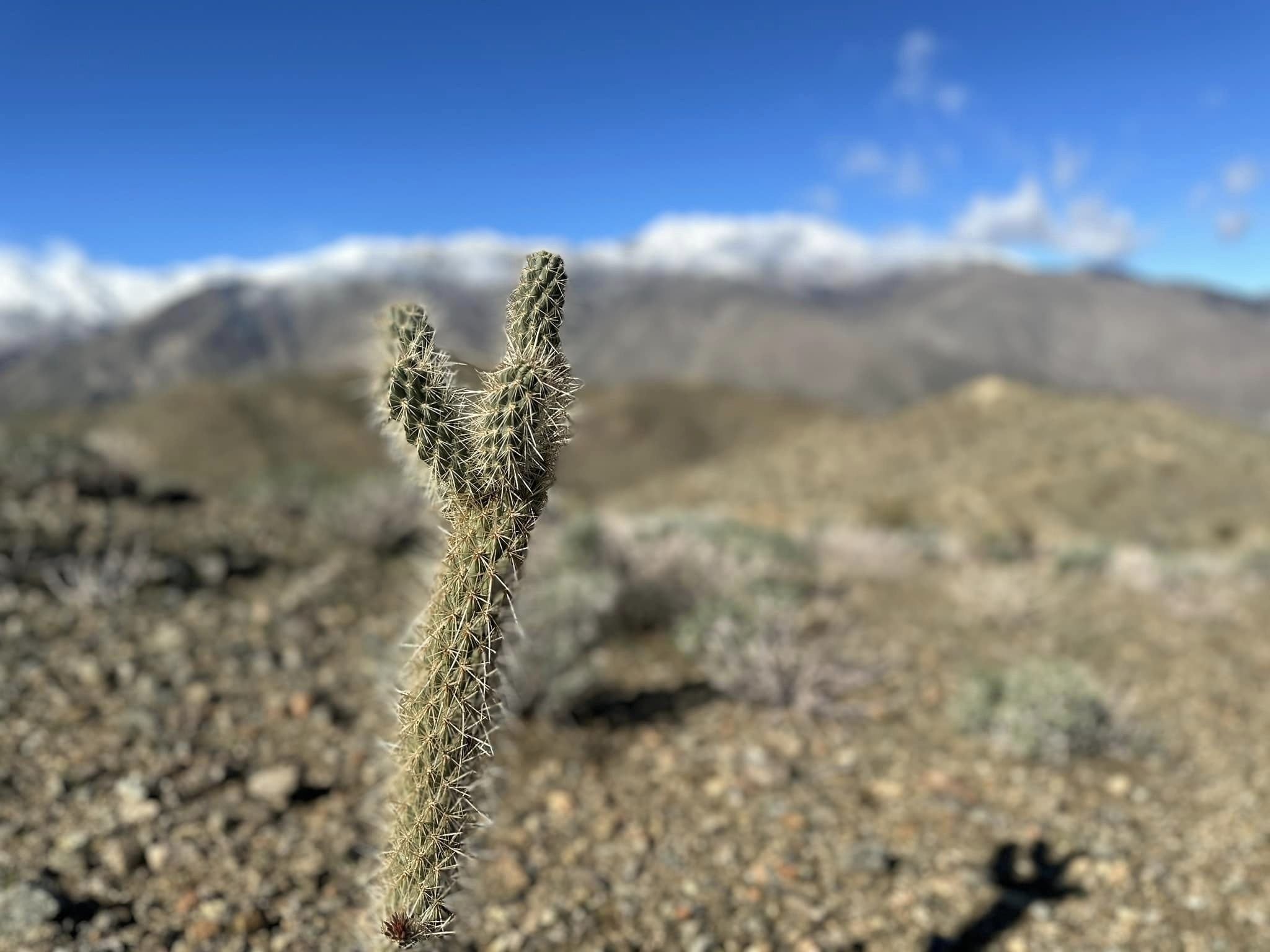
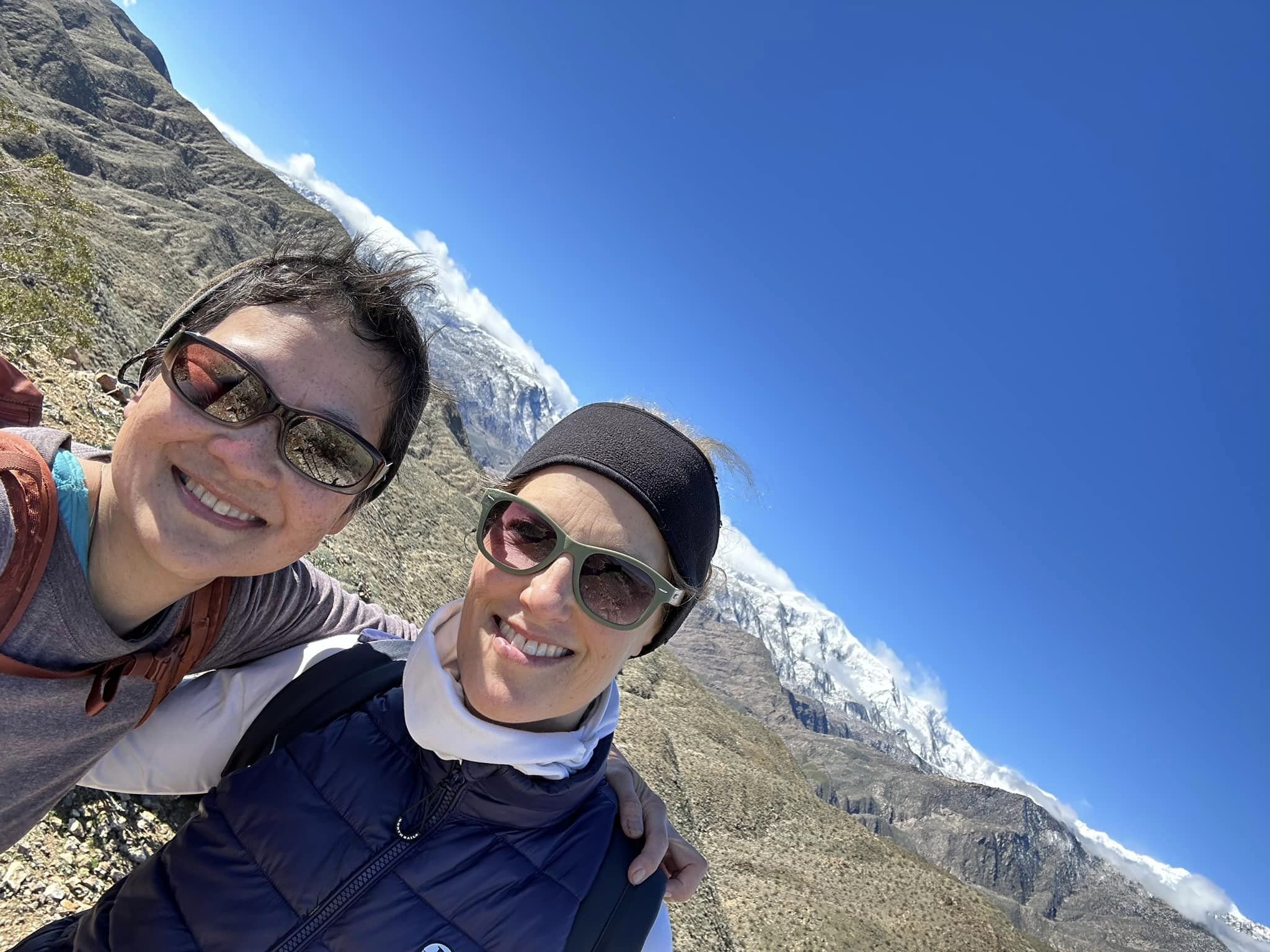
Another great hike: The Araby Trail climbs into the northern Santa Rosa Mountains, crossing into part of the Santa Rosa and San Jacinto Mountains National Monument. The valley floor unfolds below, and along the cliff sides there are some architectural gems, including the former houses of Bob Hope and Steve McQueen, though we couldn’t specifically identify them. Greater Palm Springs, California.
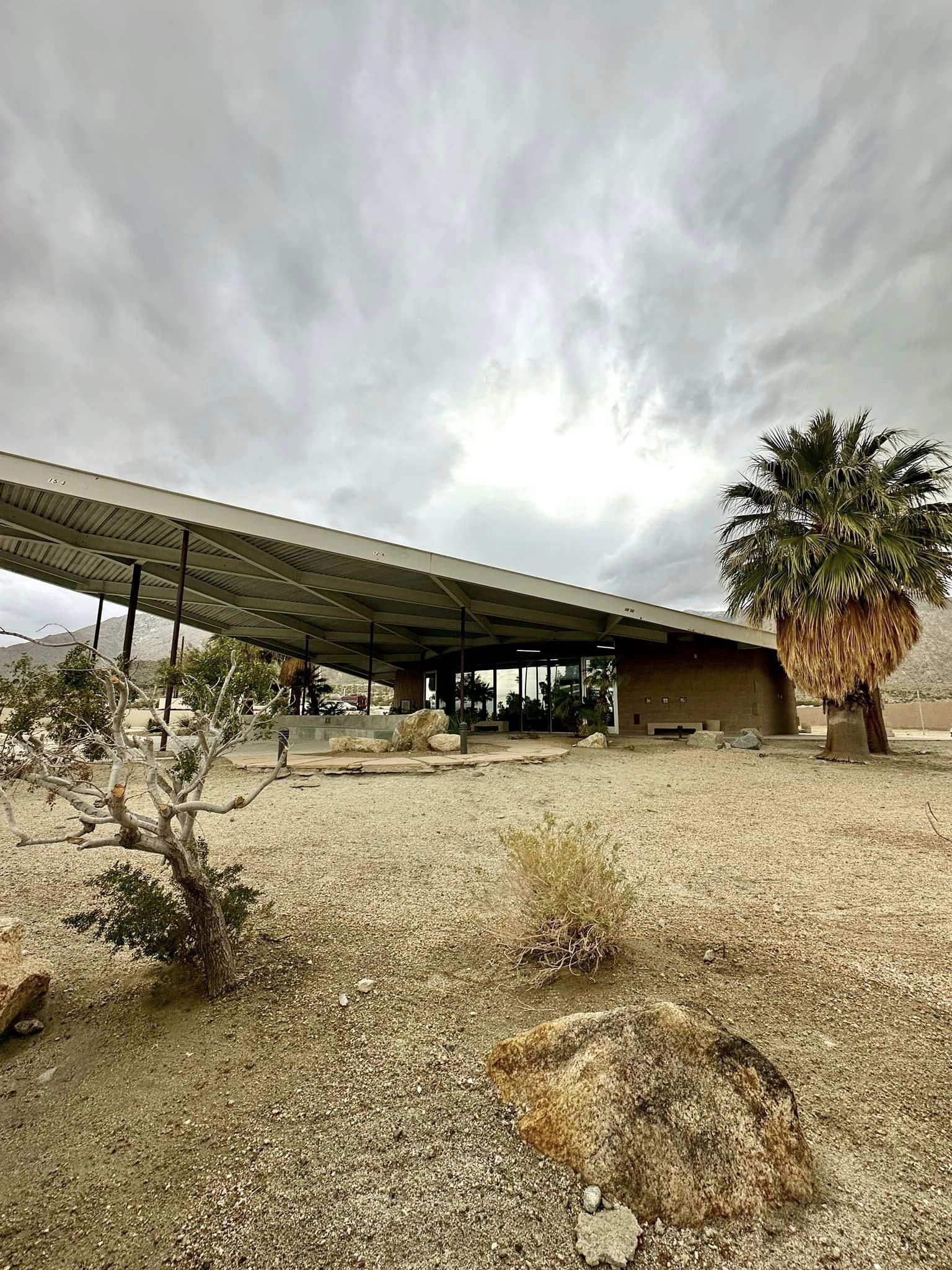
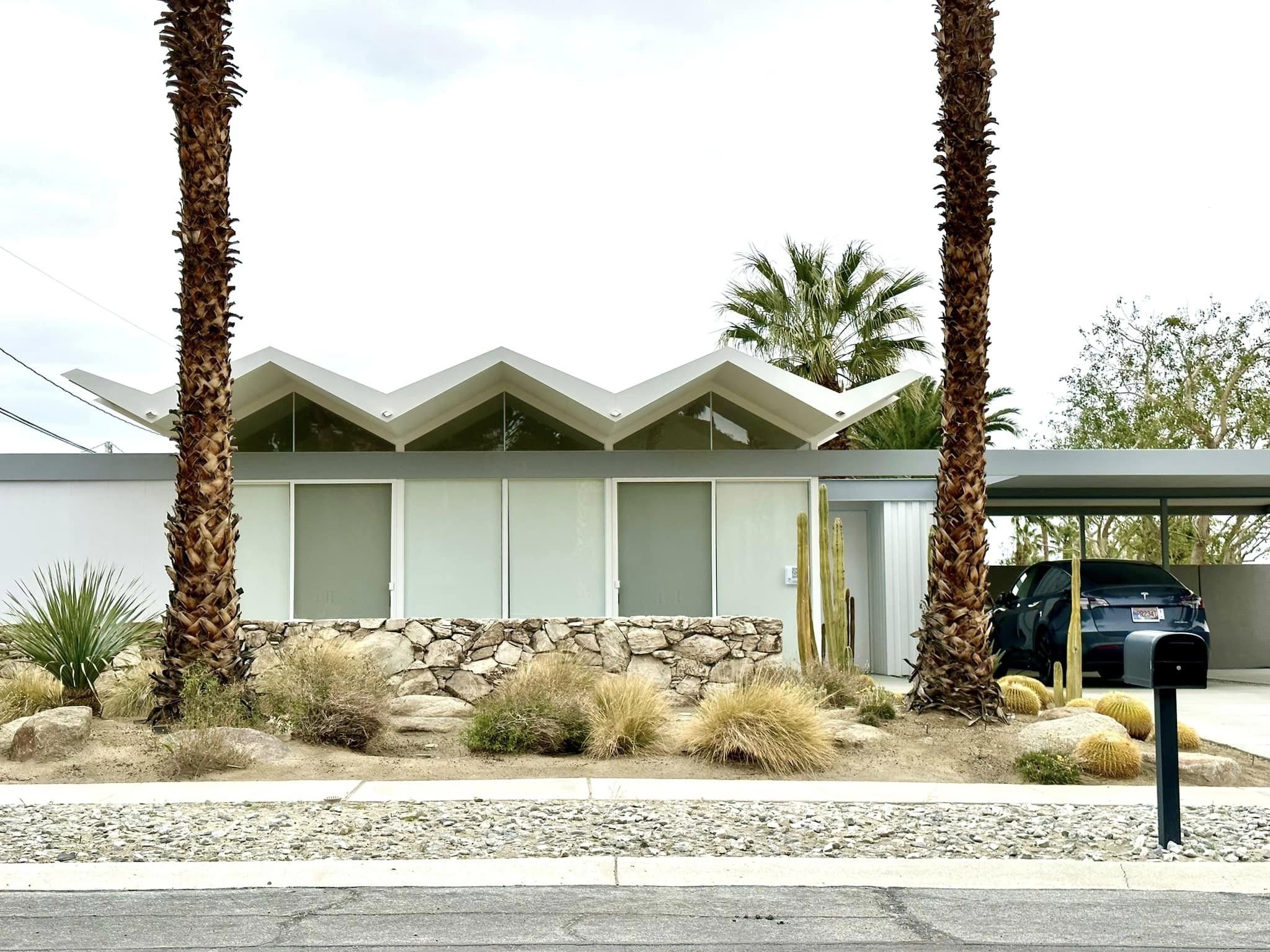
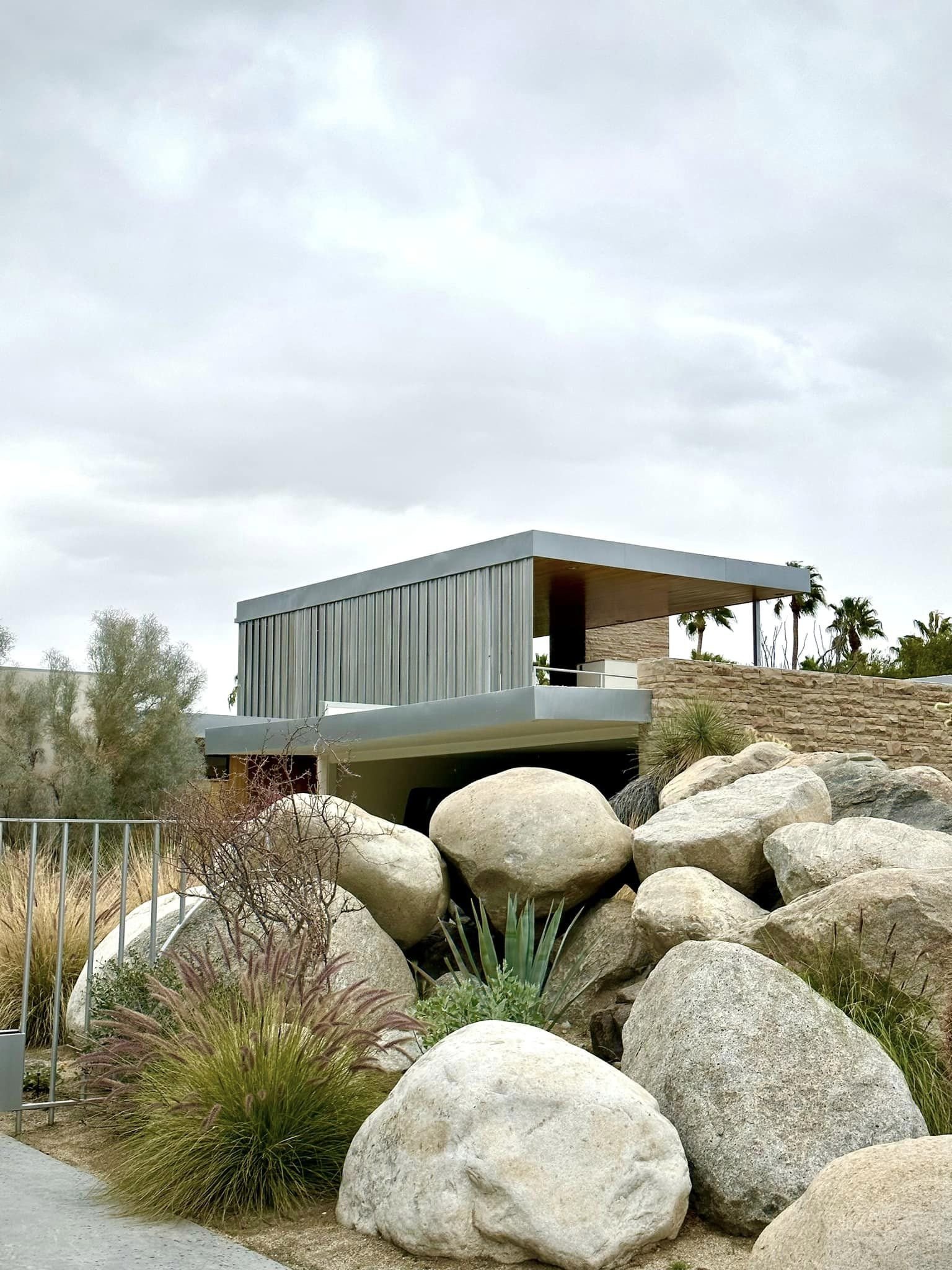
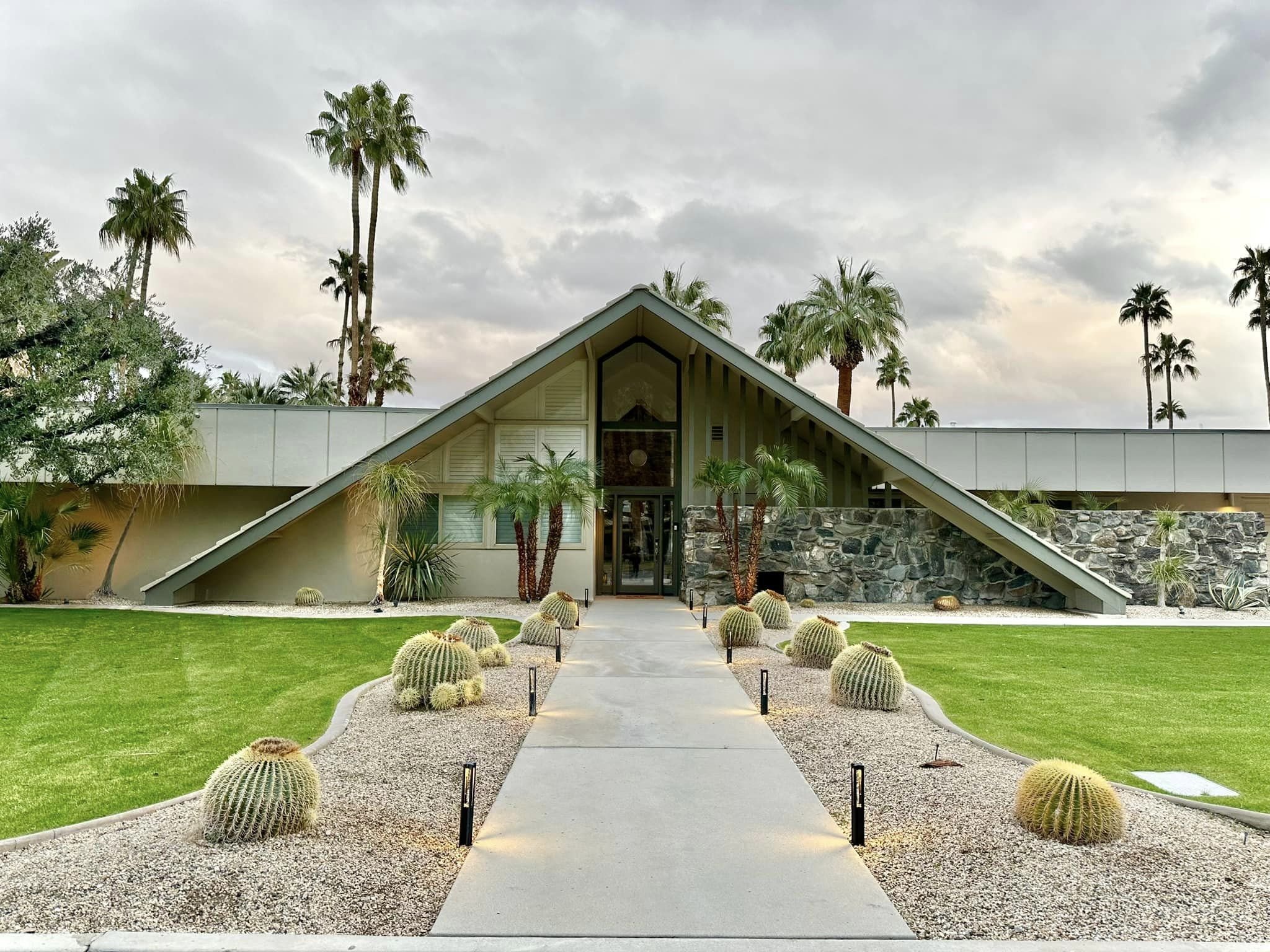


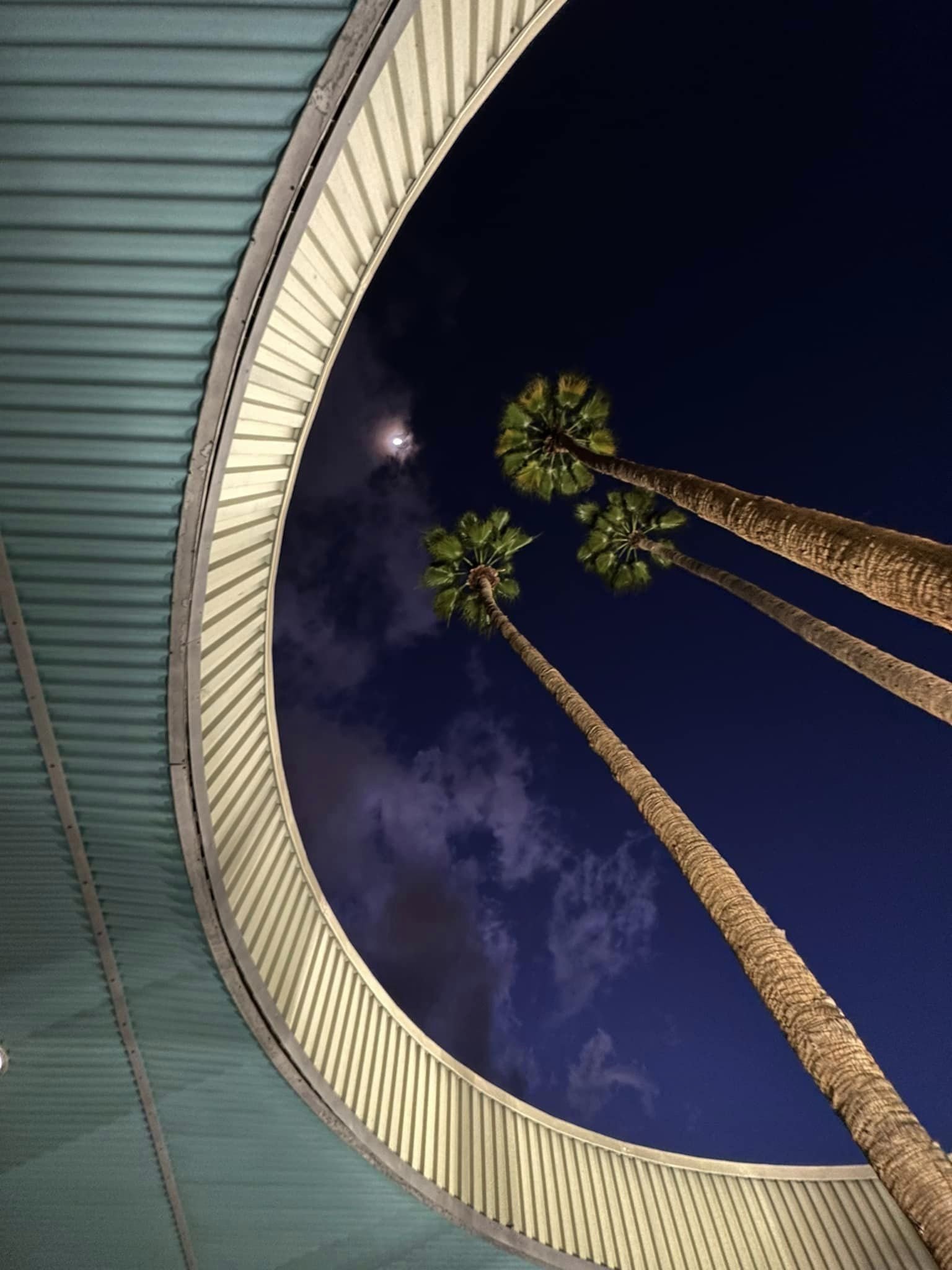
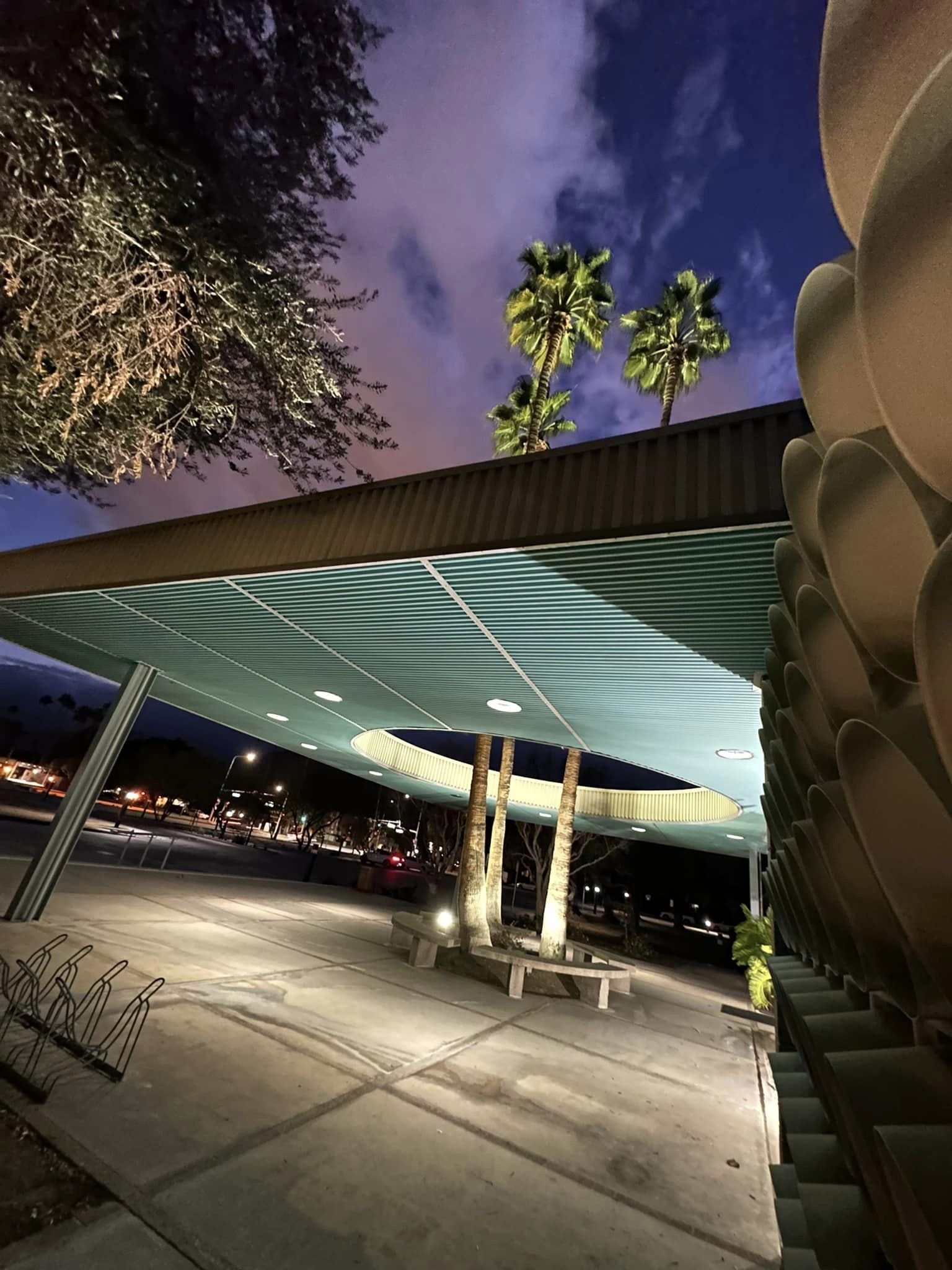
An offshoot of mid century modernism, Desert Modernism is an architectural style that capitalizes on the sunny skies and warm temperatures of southern California and the desert southwest. We had neither on some days, and visited at night on others, but that did not detract from enjoying a self-drive architecture tour (exteriors only) with audio interpretations at the various stops. Seeing how brilliant architects meld form, function, and space that is in keeping with its setting is a lovely thing to behold.
This architectural style was not always appreciated. The story of how these structures were spared from demolition and eventually protected is fascinating. We have foresighted preservationists to thank.
Palm Springs, California.
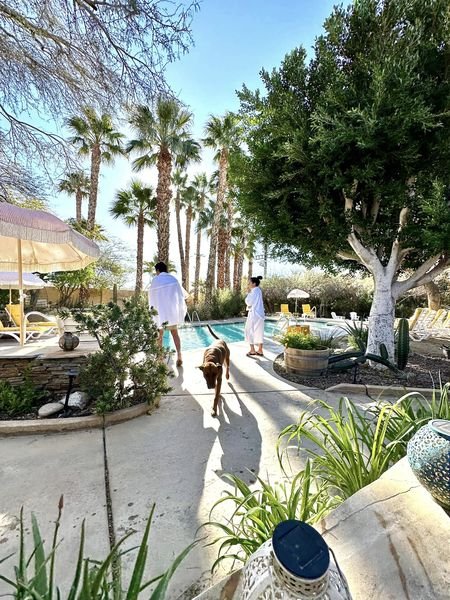
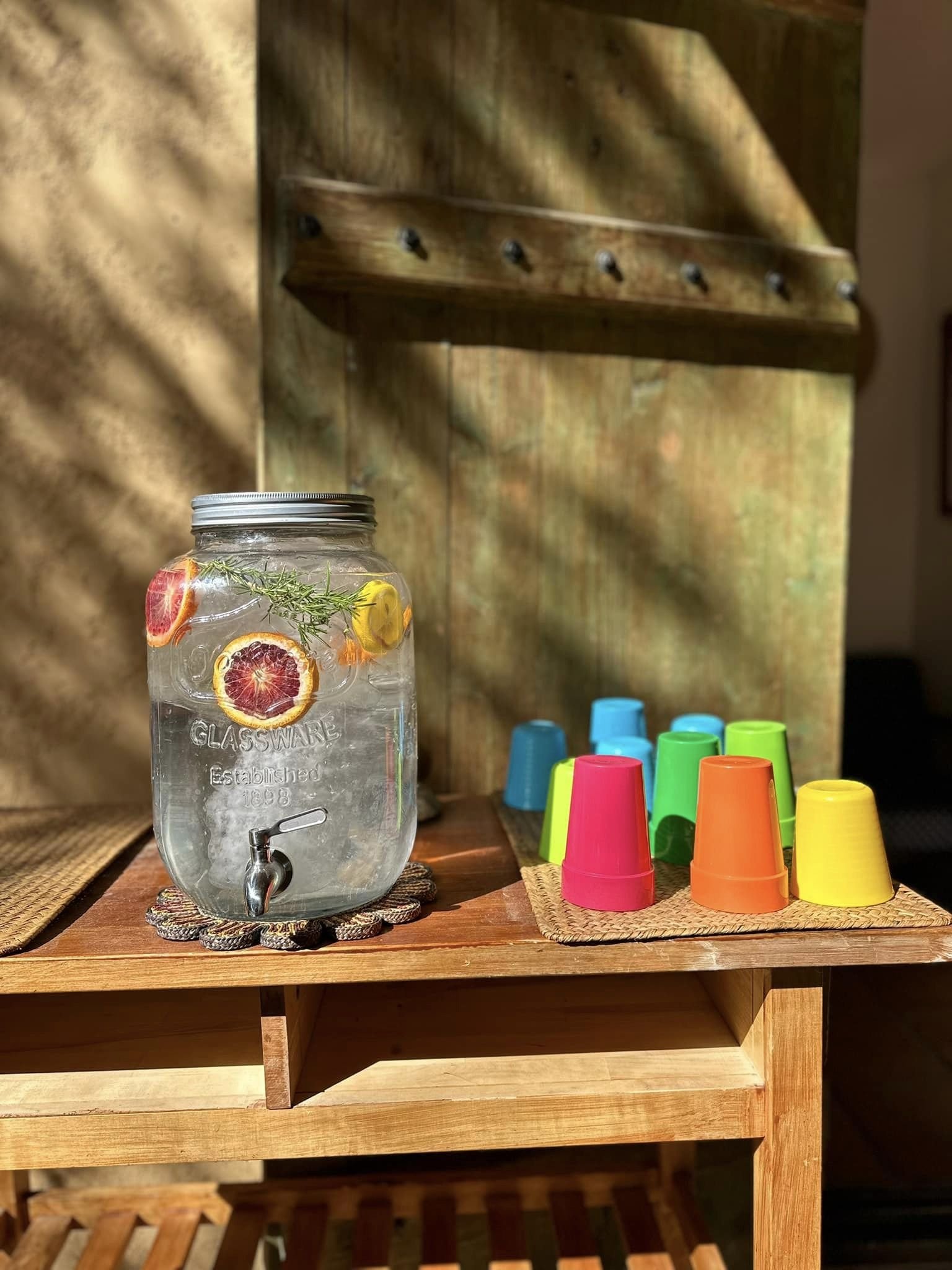
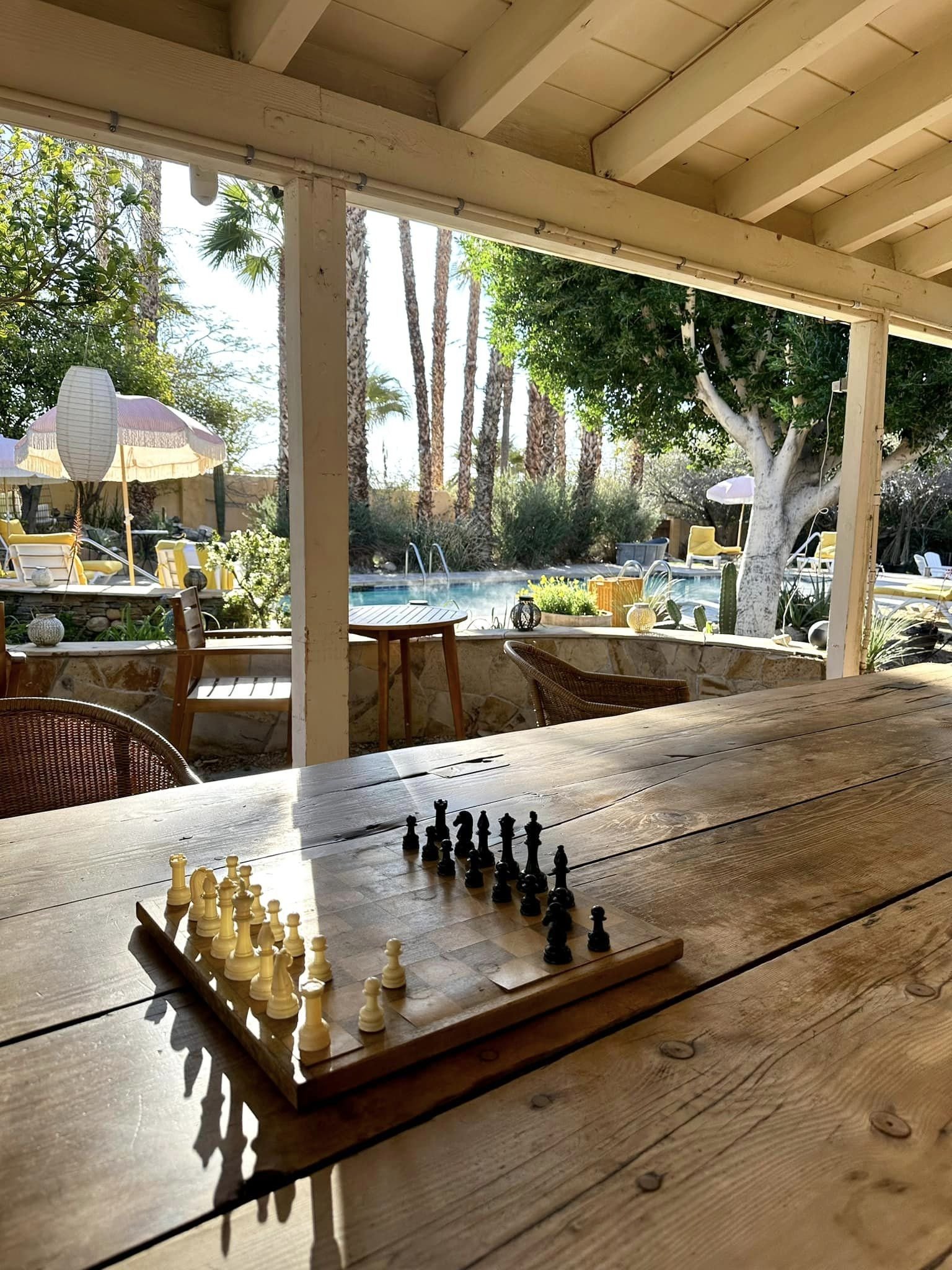

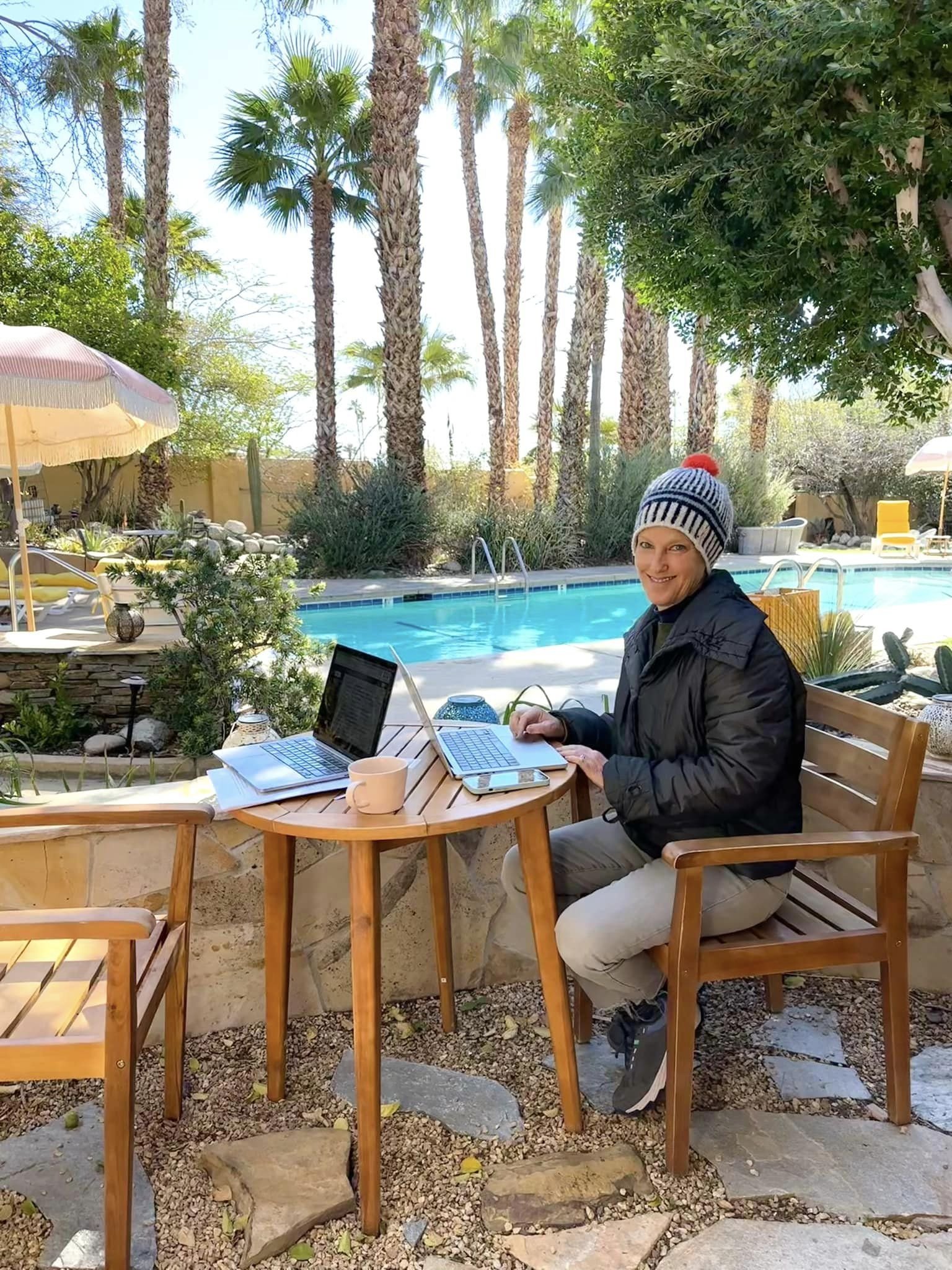
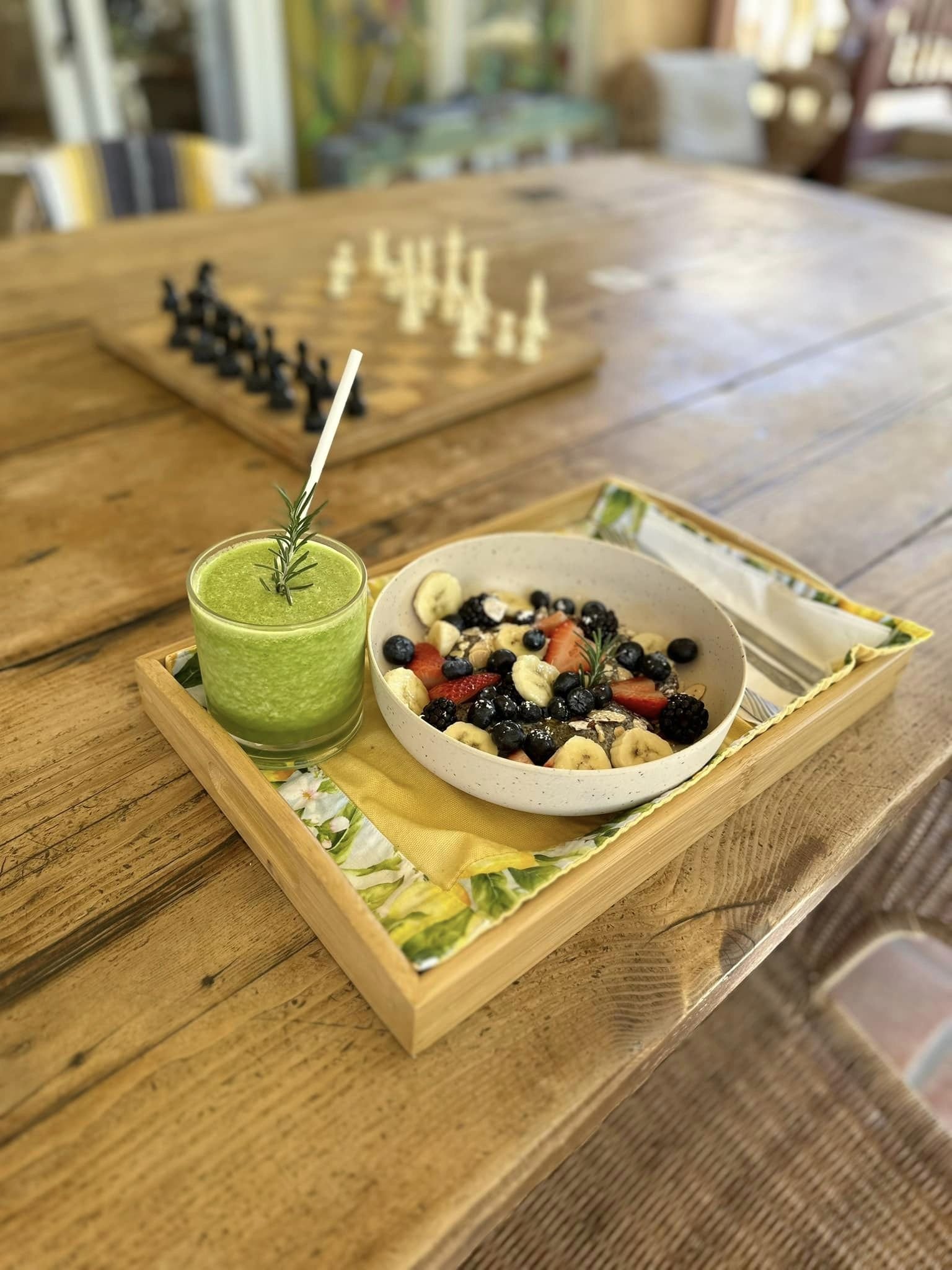
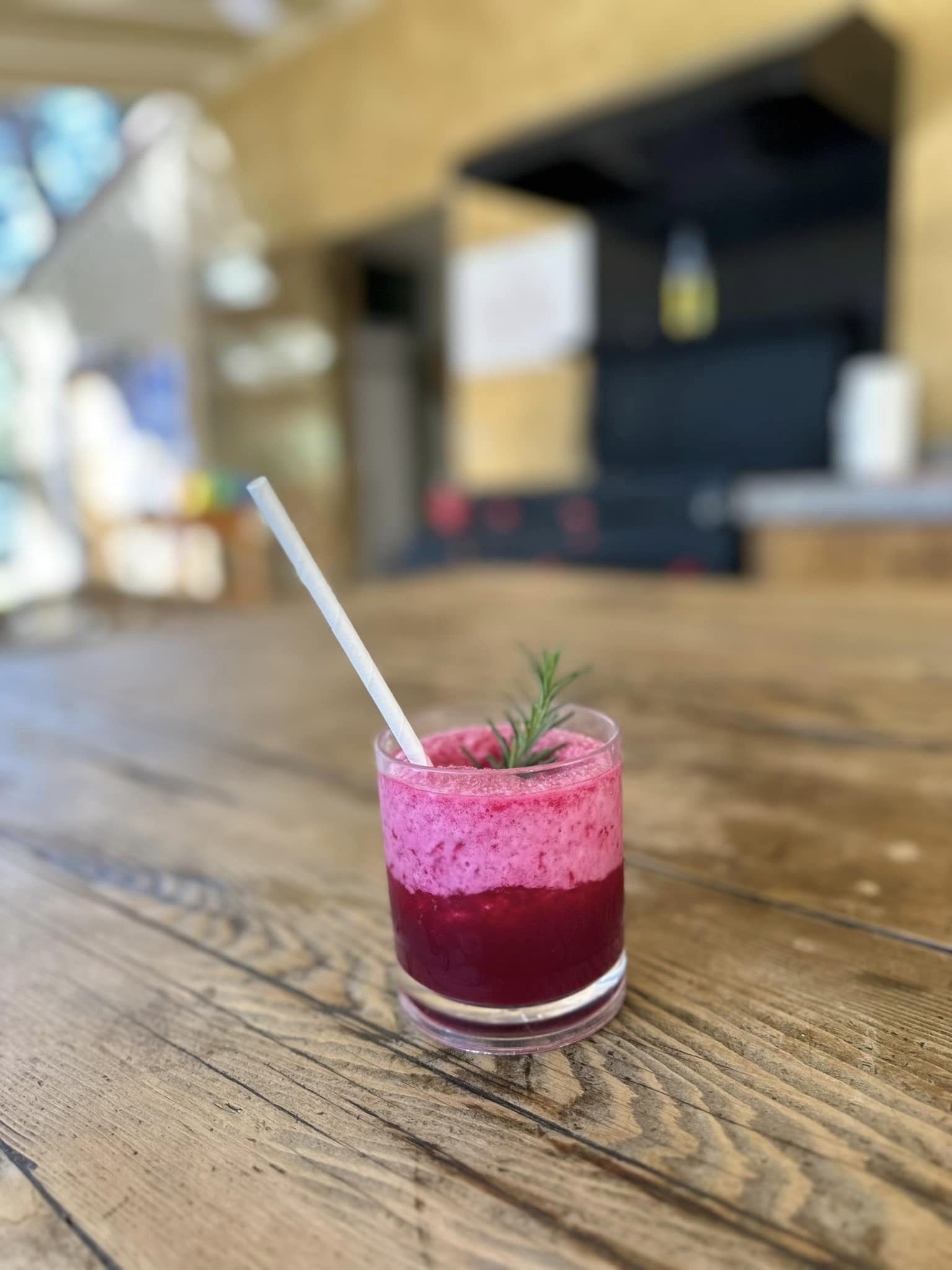
It’s unseasonably cold, but the springs are hot. Just east of the San Andreas Fault, mineral-rich water emerges from an underground aquifer at temperatures of up to 180 degrees Fahrenheit. We are at the Good House, in Desert Hot Springs, a seven-room inn with a low-key, homey vibe. It’s also one of the only Black-owned hospitality properties in the Southern California region.
I love hotels with a sense of place and a commitment to its local community, with inclusive programming and diverse hiring. In partnership with Kind Traveler, the Good House donates $2 per night of every guest booking to the LGBTQ Community Center of the Desert.
Not to mention the shakshuka and beet/ginger/apple/turmeric pressed juice made by house chef Van Stevens, who has worked under Wolfgang Puck.
Desert Hot Springs, California.
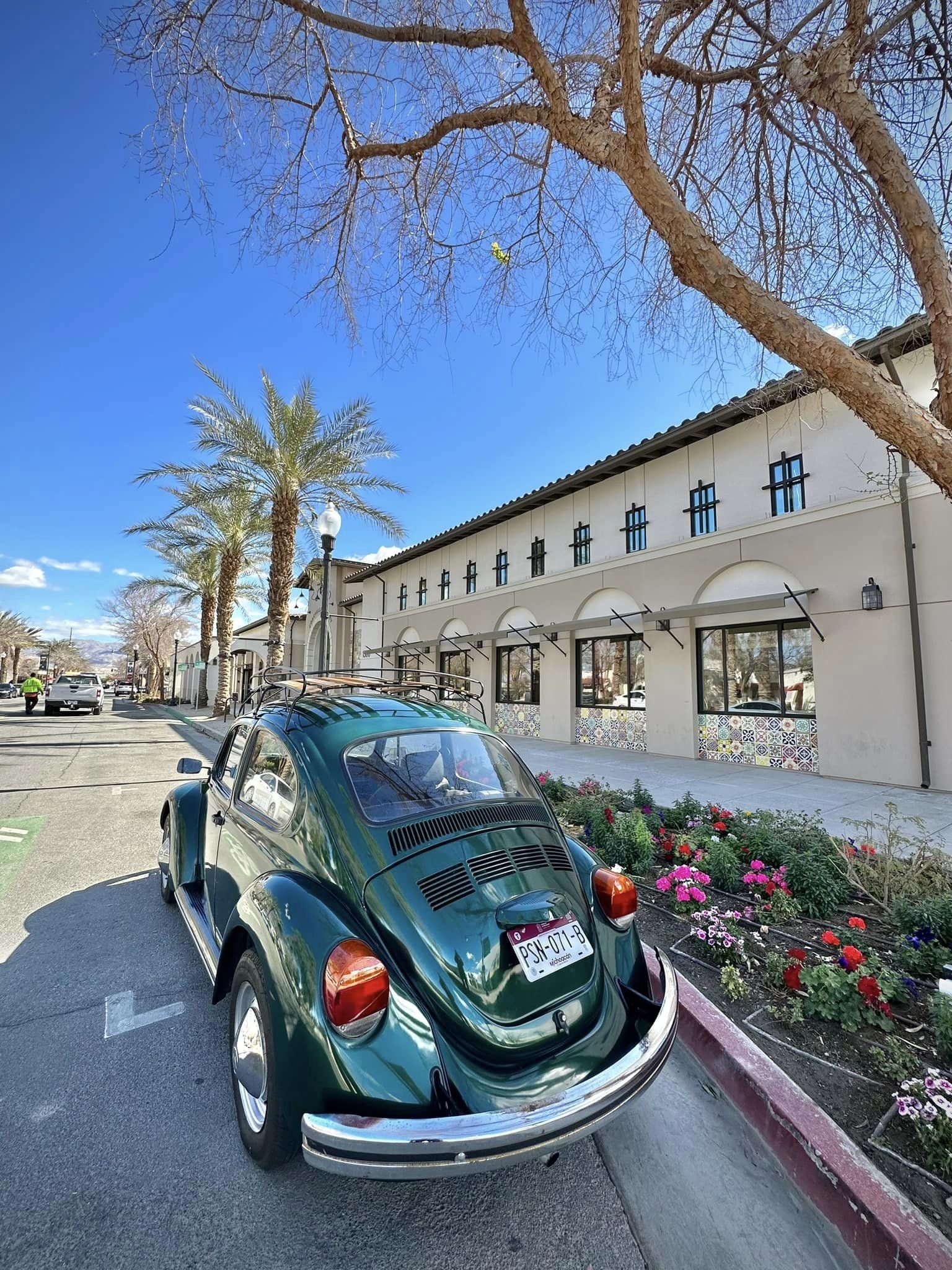
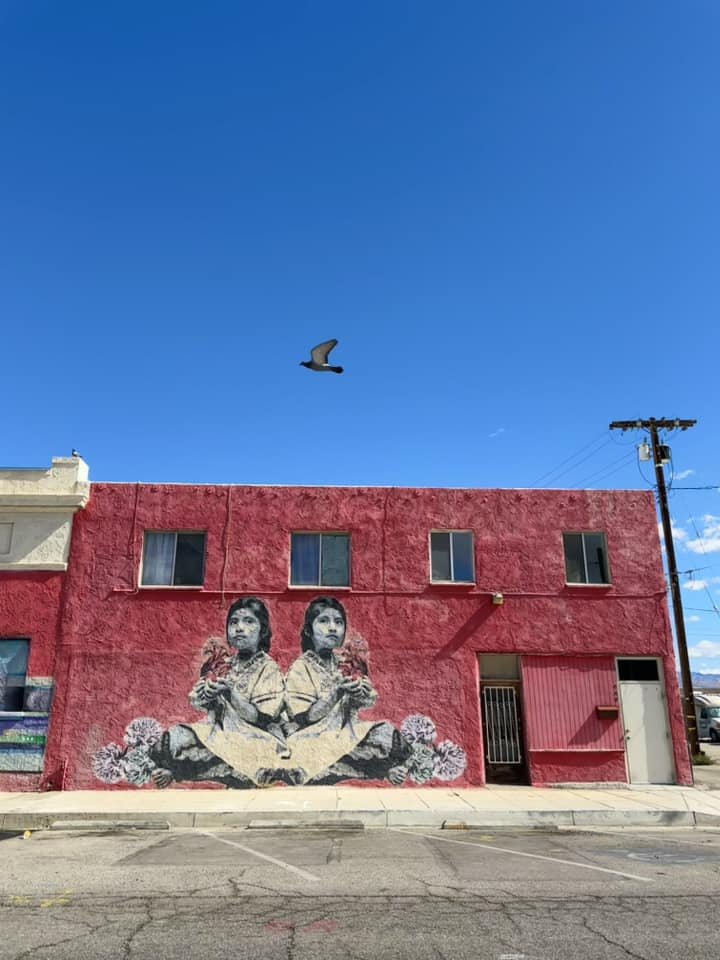
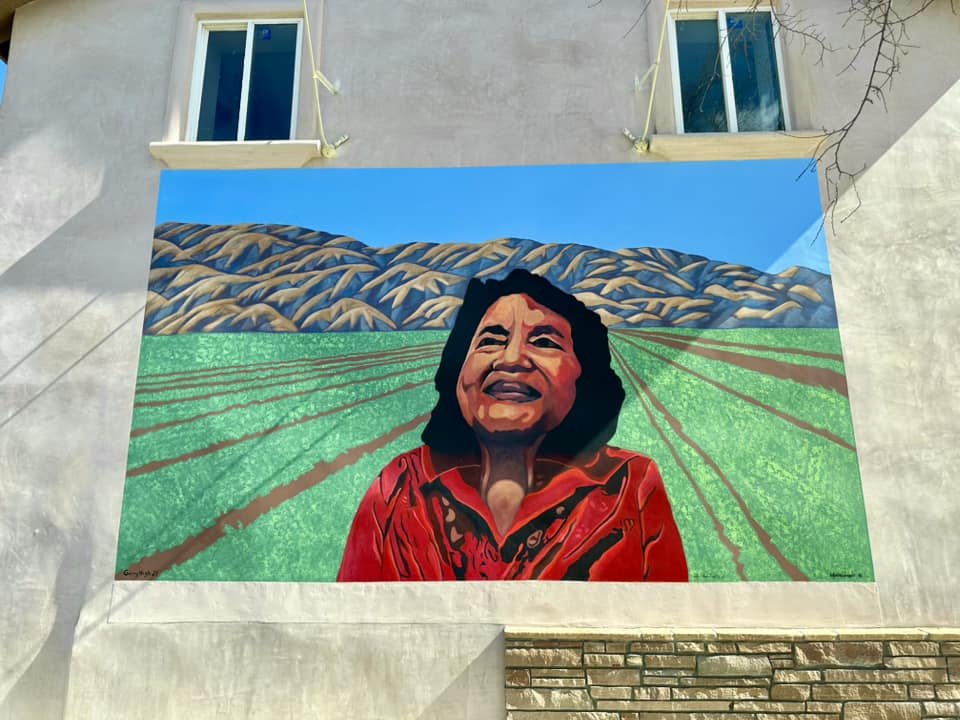
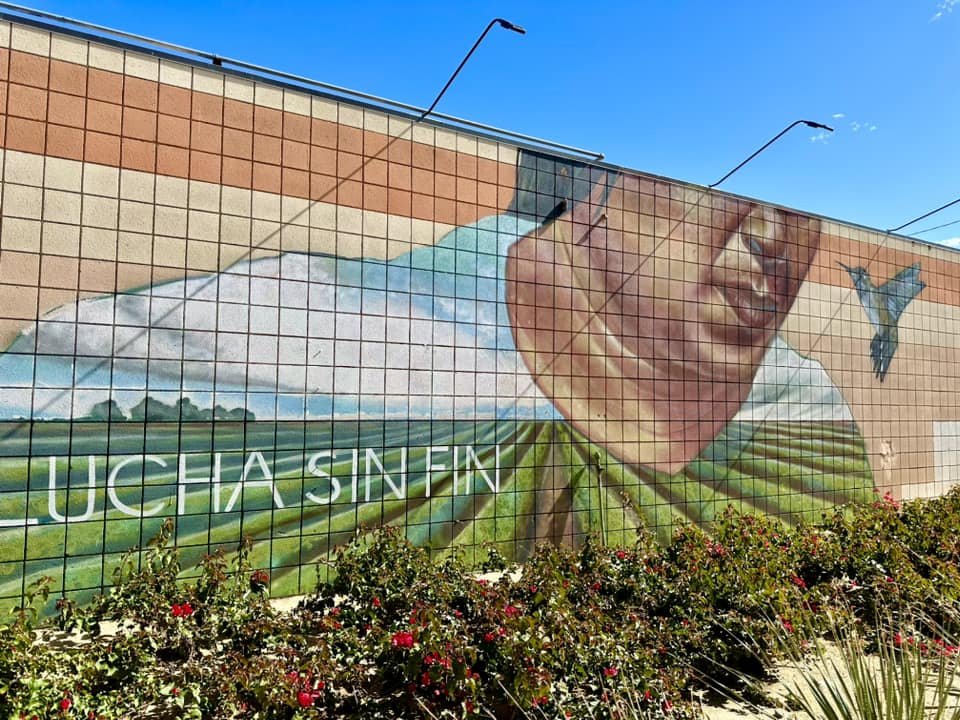
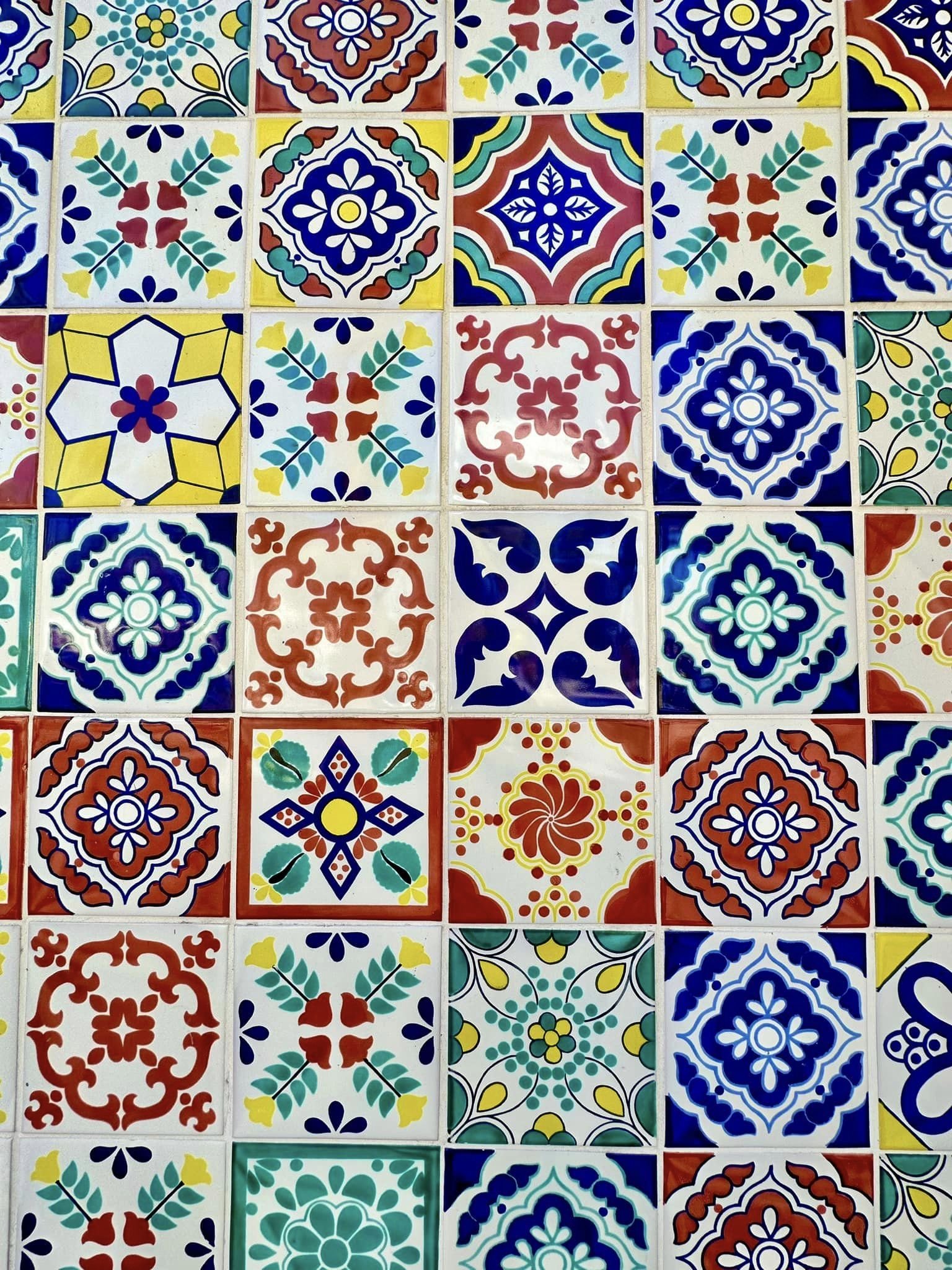
Quick stop in Coachella’s Pueblo Viejo for a Spanish latte (with a dollop of condensed milk and a sprinkle of cinnamon) at Sixth Street Coffee and a peek at Coachella Walls. It’s an ongoing revitalization project started by local artist Armando Lerma. He and other artists have painted murals, many dedicated to the Mexican farmworker community that has worked in this agricultural region. Thanks for the suggestion, Joyce! Greater Palm Springs, California.
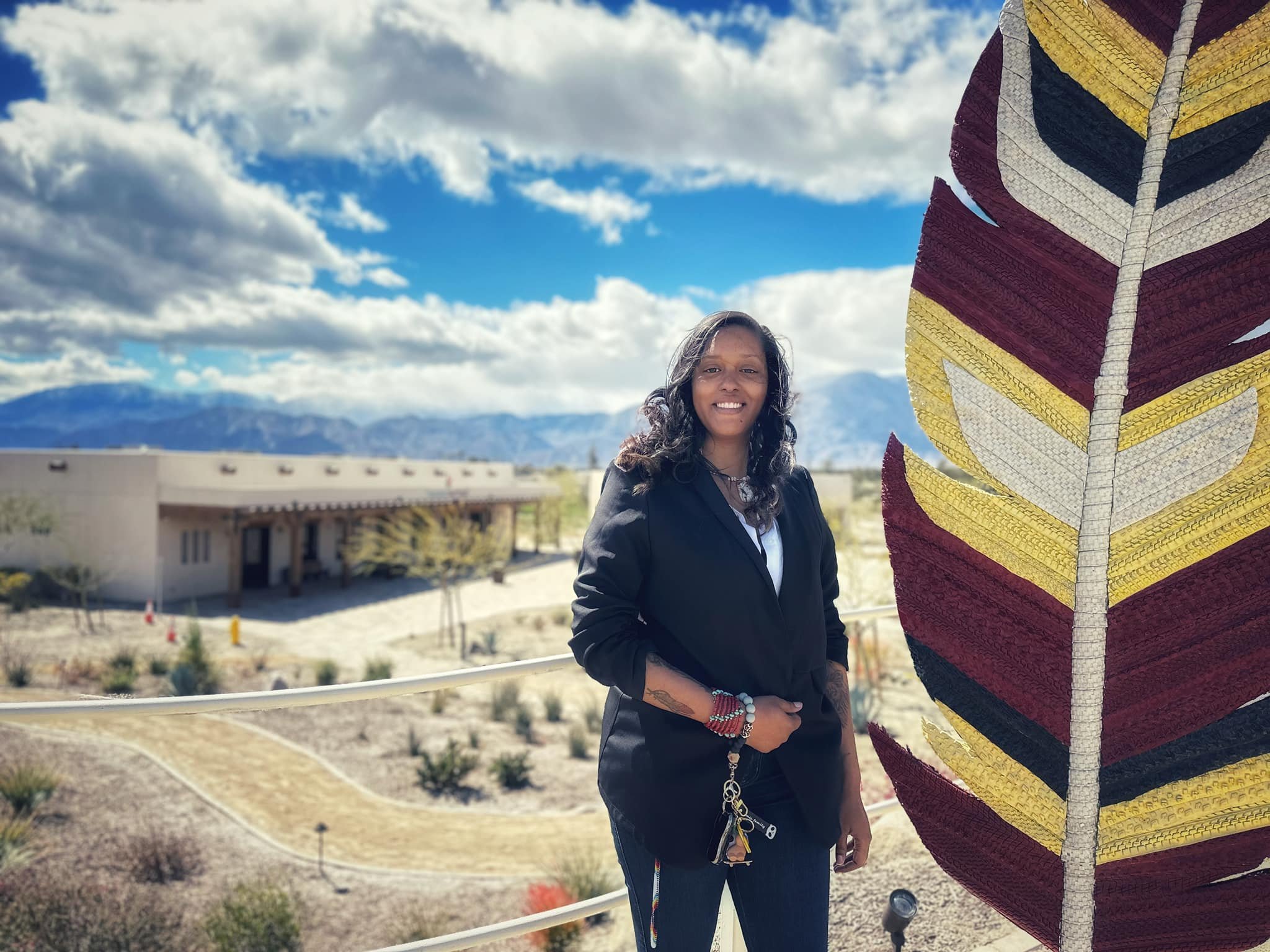
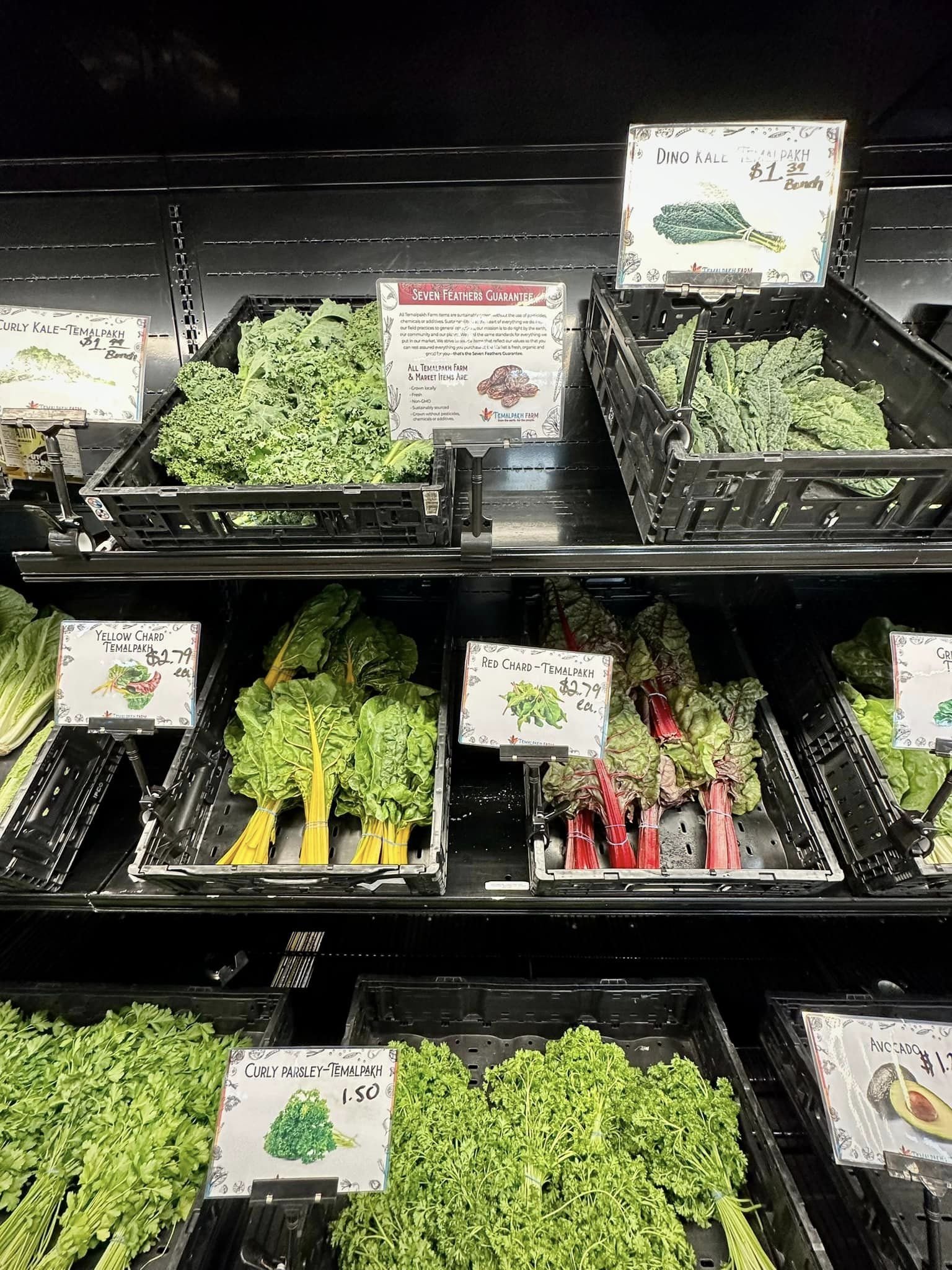
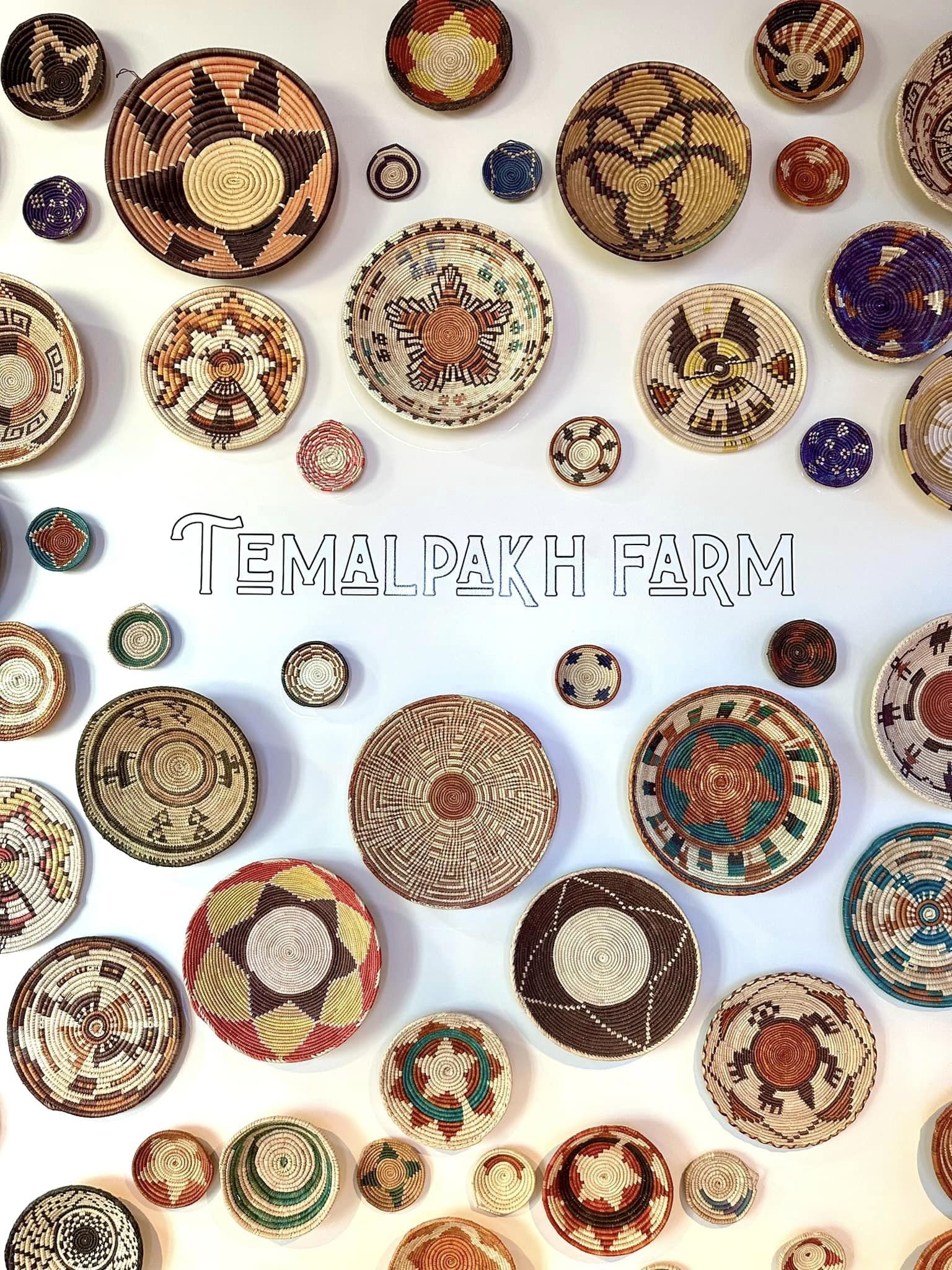
Located in Southern California’s Coachella Valley, the new Temalpakh Farm offers not just organic produce and yummy fruit smoothies, but a compelling story of resilience and renaissance. Amanda Vance is the chairperson of the Augustine Band of Cahuilla Mission Indians. It’s one of the smallest federally recognized tribes in the country, with 20 members. At one point the band was down to seven members. But Mary Ann Martin, the band’s former tribal leader and Vance’s mother, had a vision. “She believed in food, energy, and water sovereignty,” says Vance, who took over tribal leadership after Martin’s death. “It was her dream to have this farm.”
Vance is continuing the work her mother started. The farm today provides food for the tribe’s casino restaurant, and for the wider community with CSA boxes, stands at area farmers markets, and its own market at the farm, which I visited. Along with fresh produce, the farm shares information with visitors about the tribe, its history, and culture. “We are not just part of history; we still exist. And we are trying to achieve sovereignty not simply for ourselves but also for the wider community we are a part of.”
I’m privileged that my work allows me to meet extraordinary people doing extraordinary things. It’s the reason I remain hopeful about the future.
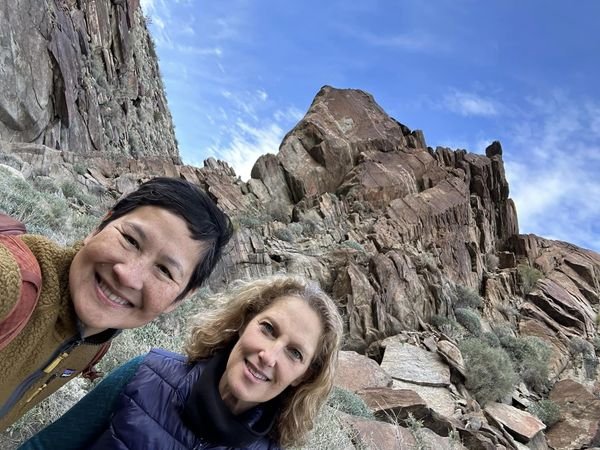
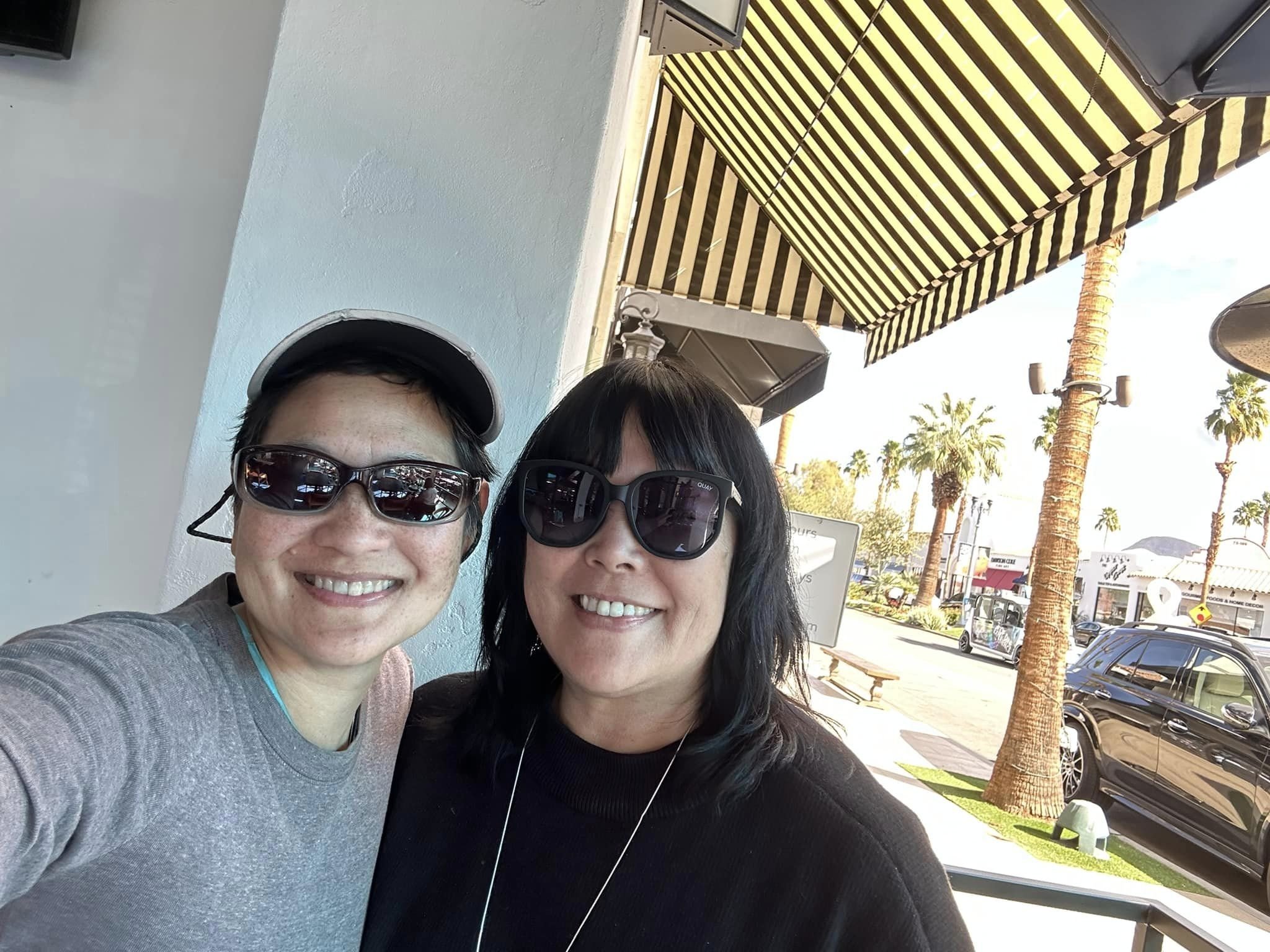


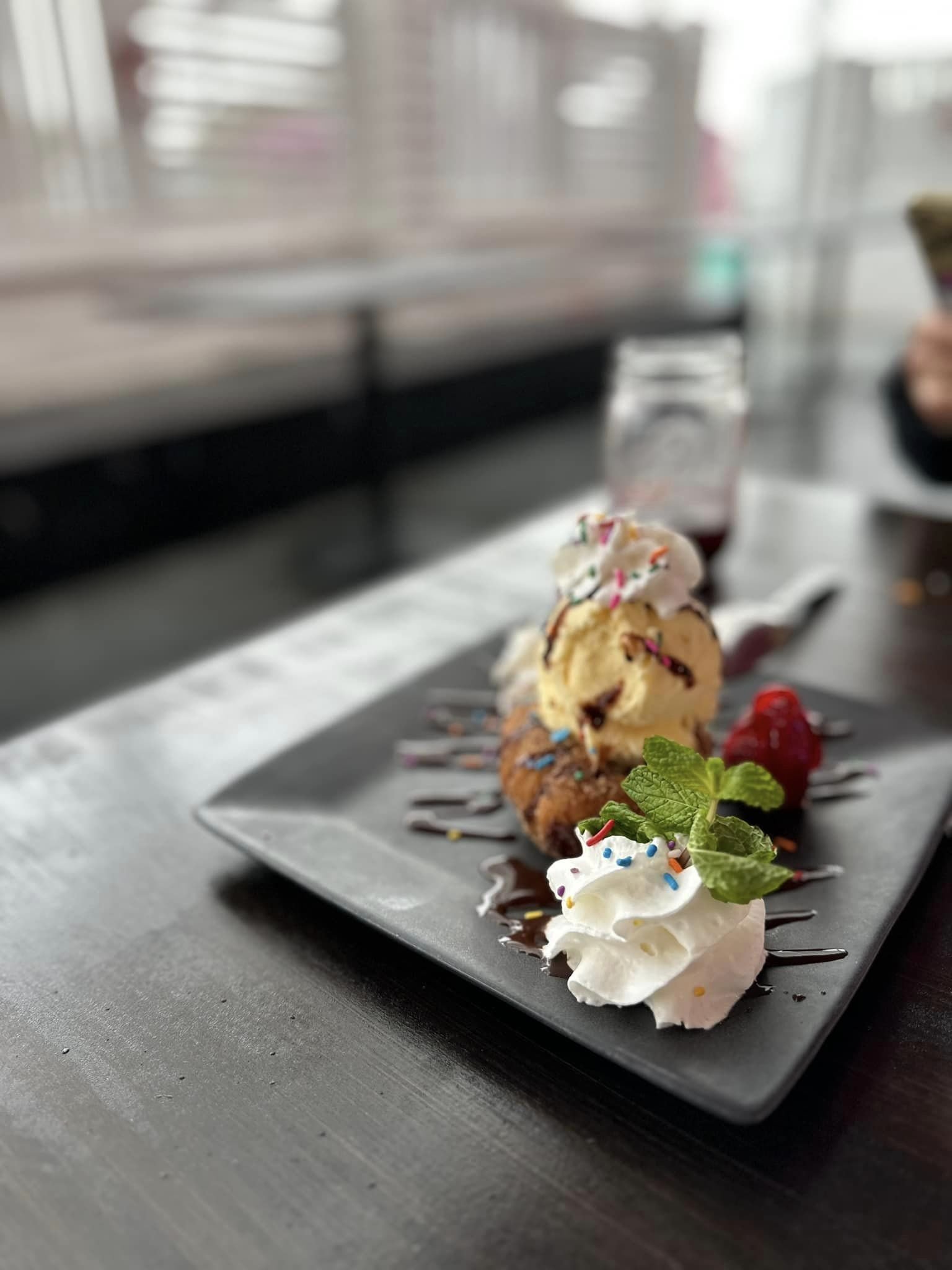
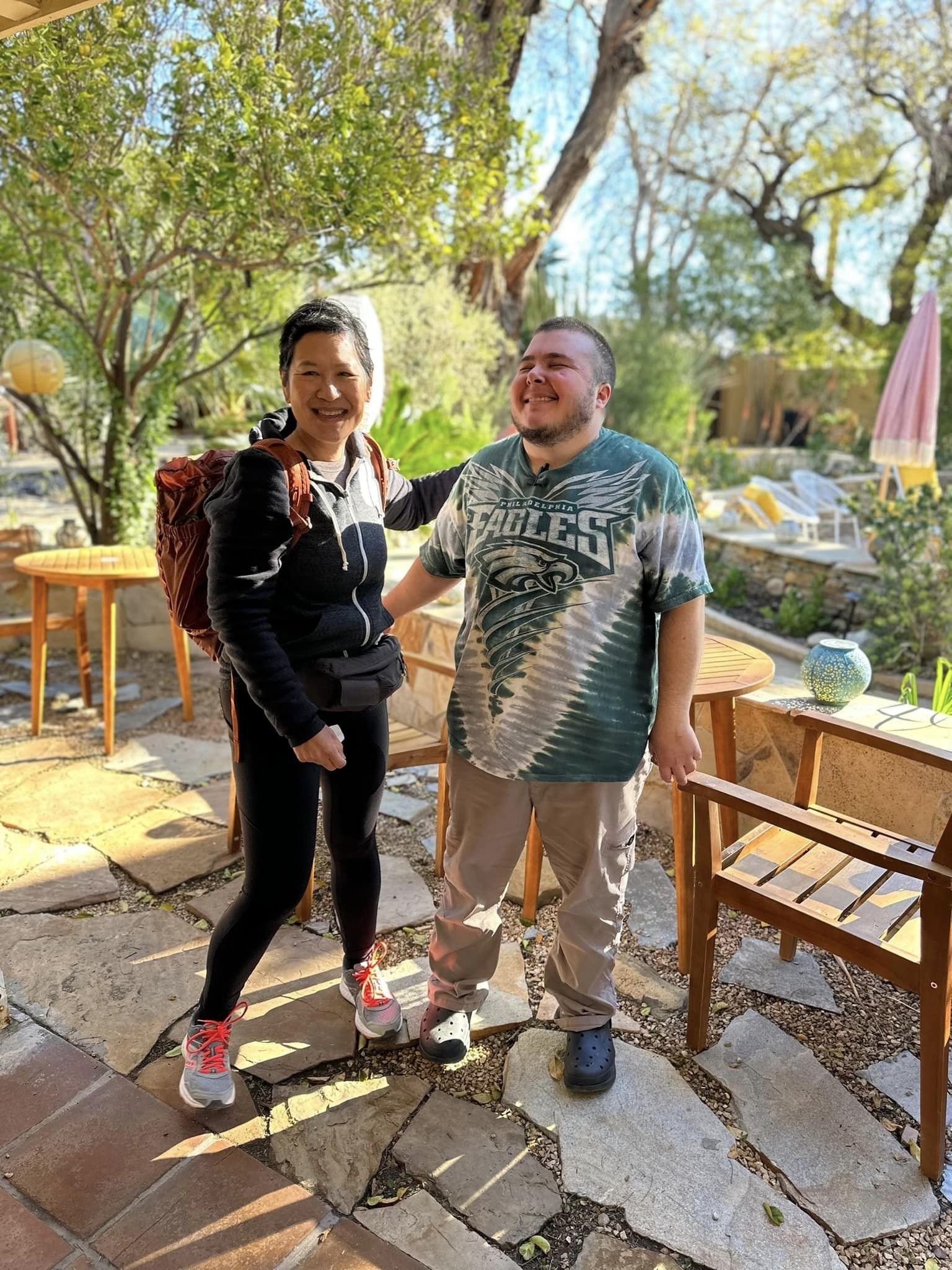
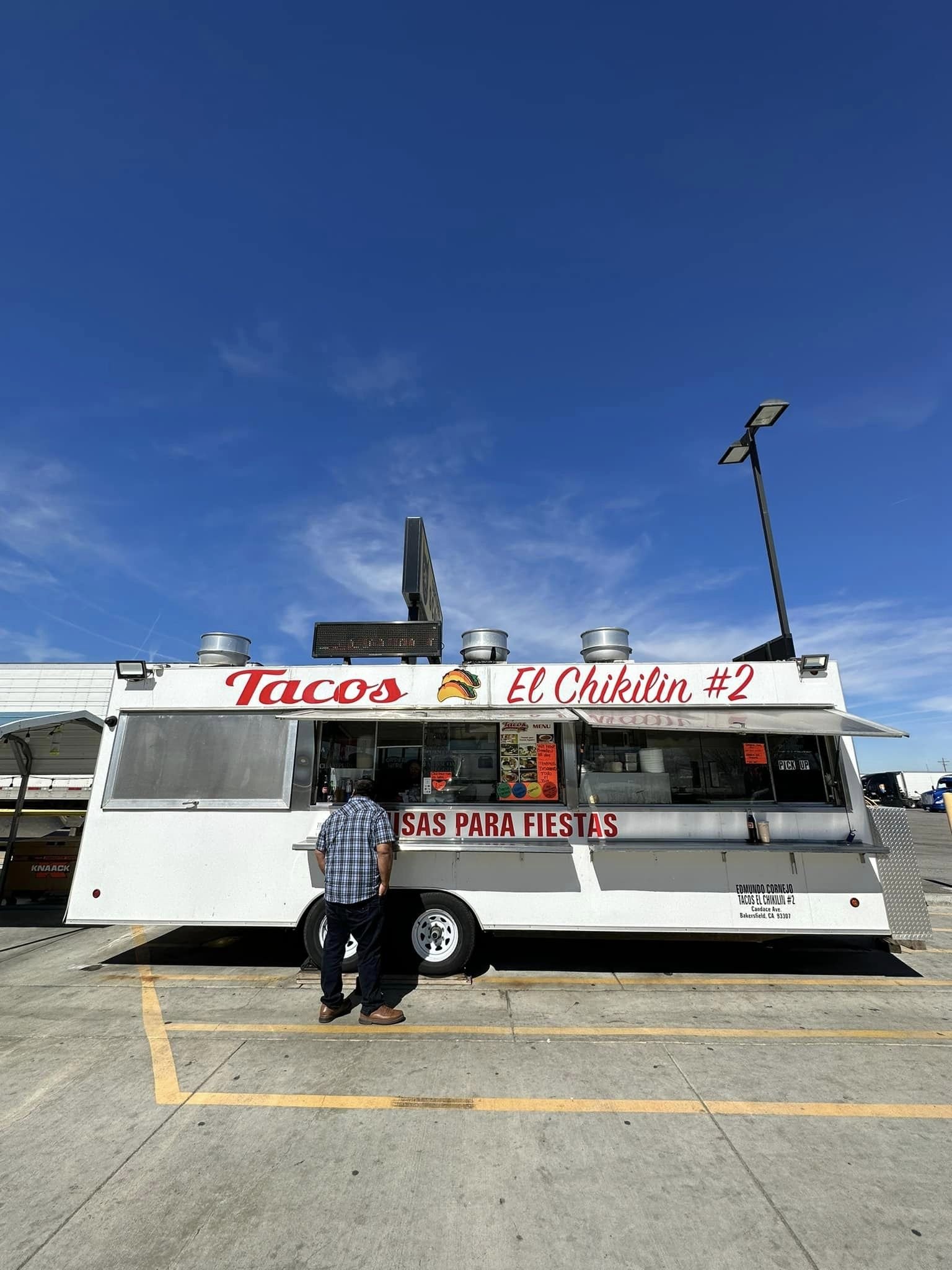
Despite colder than usual temperatures, my time in southern California’s Coachella Valley was warmed by Mexican food, hot springs, sunny hikes, and good friends. Headed north.


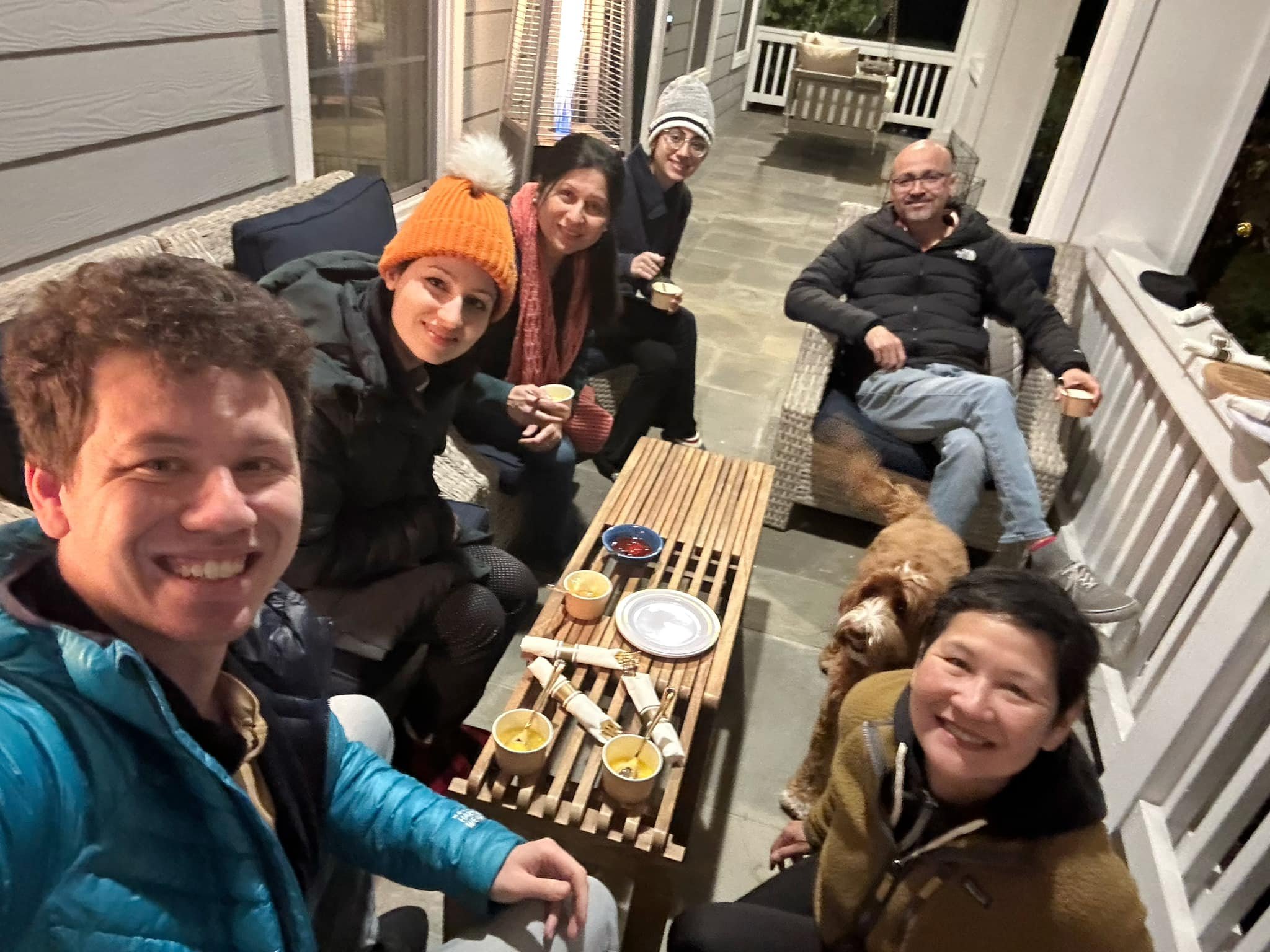
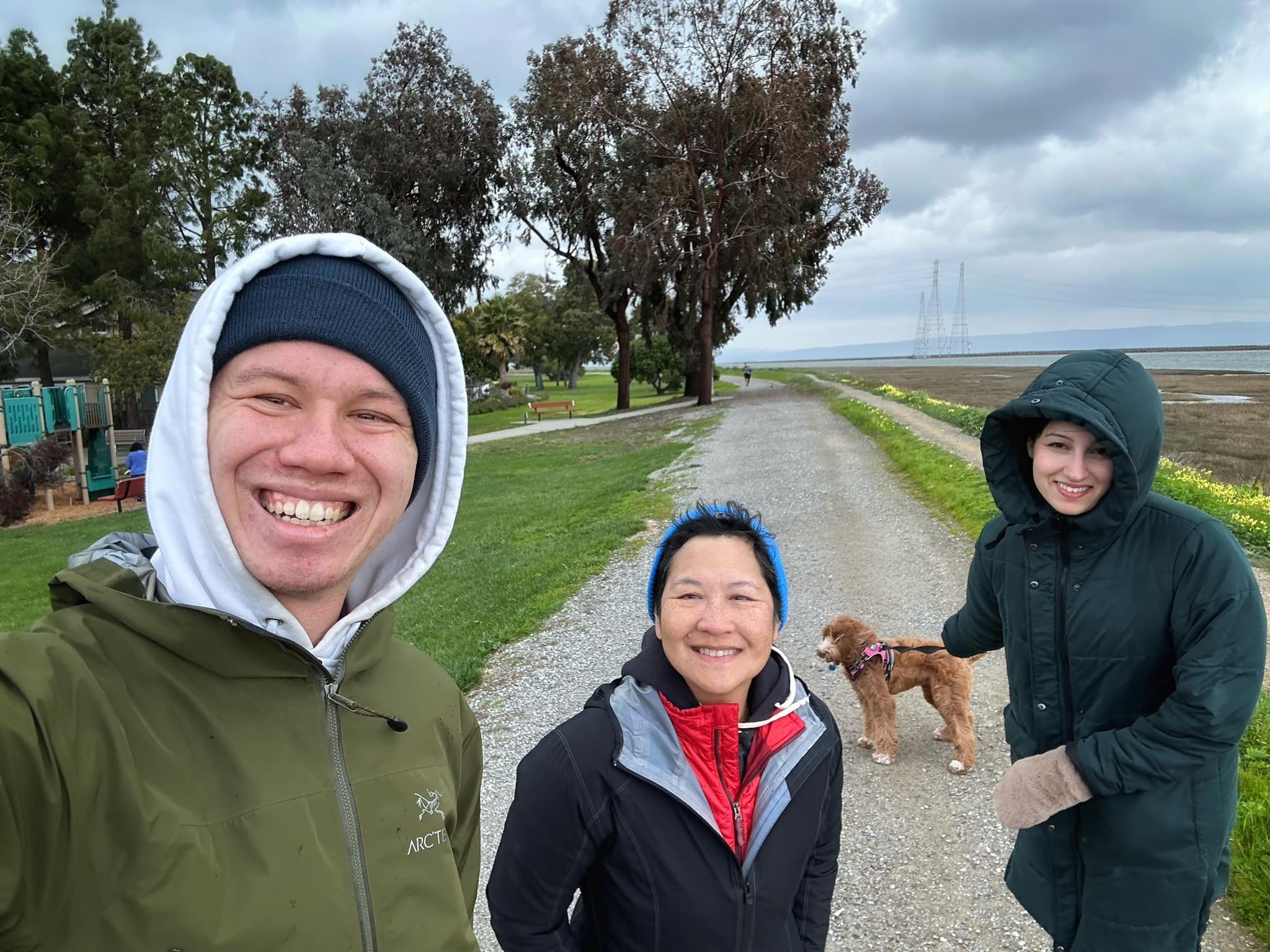
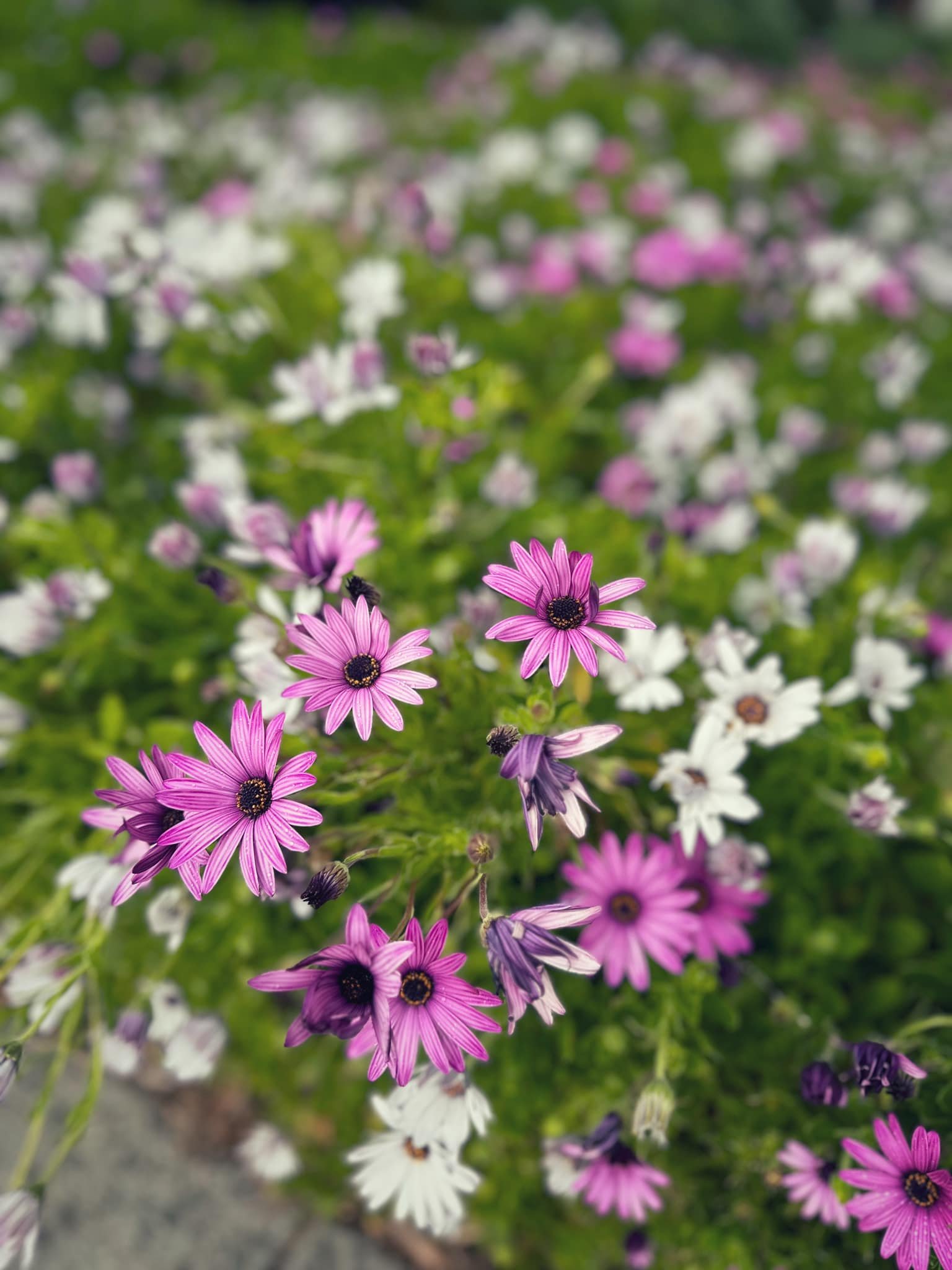

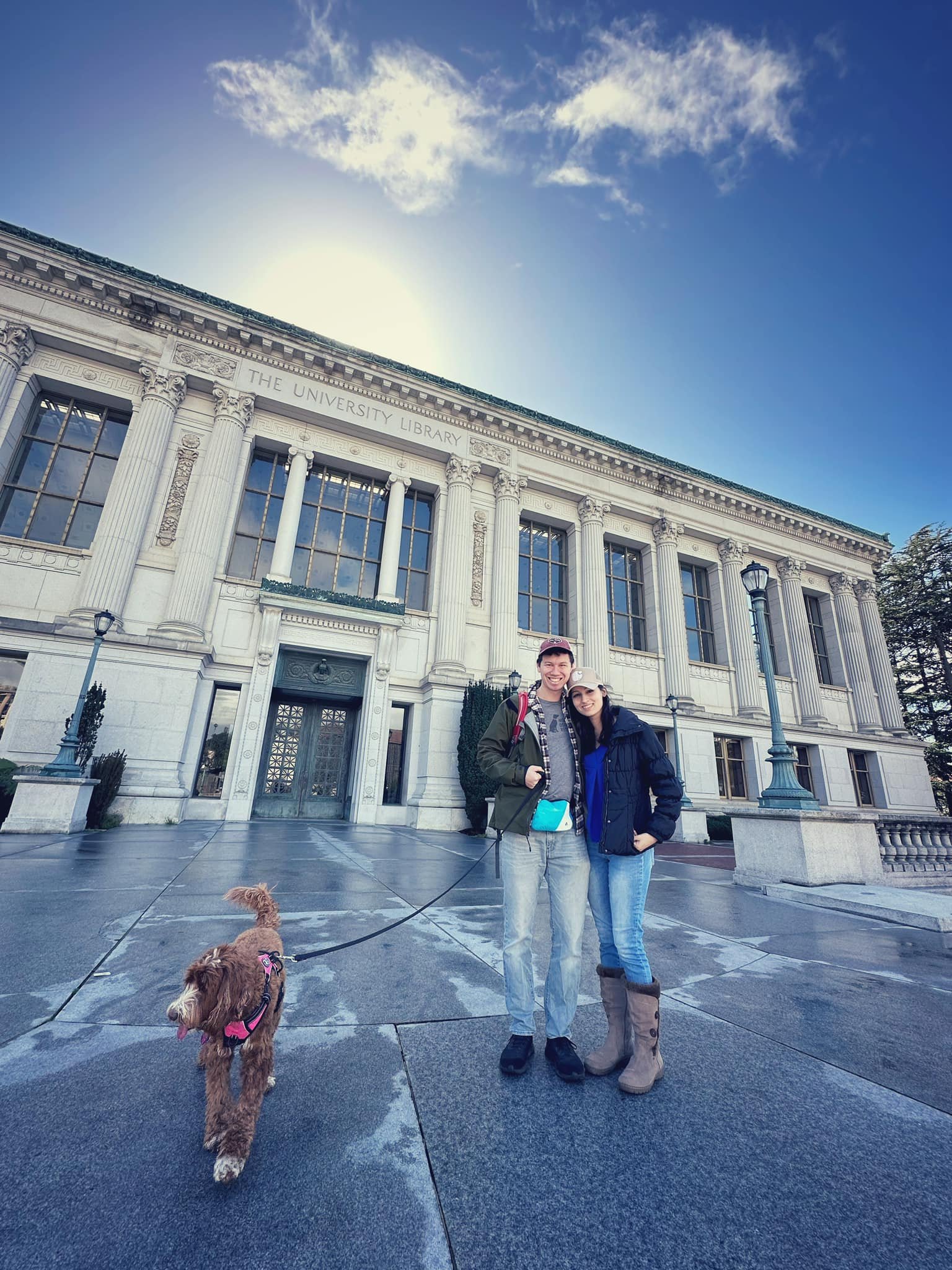
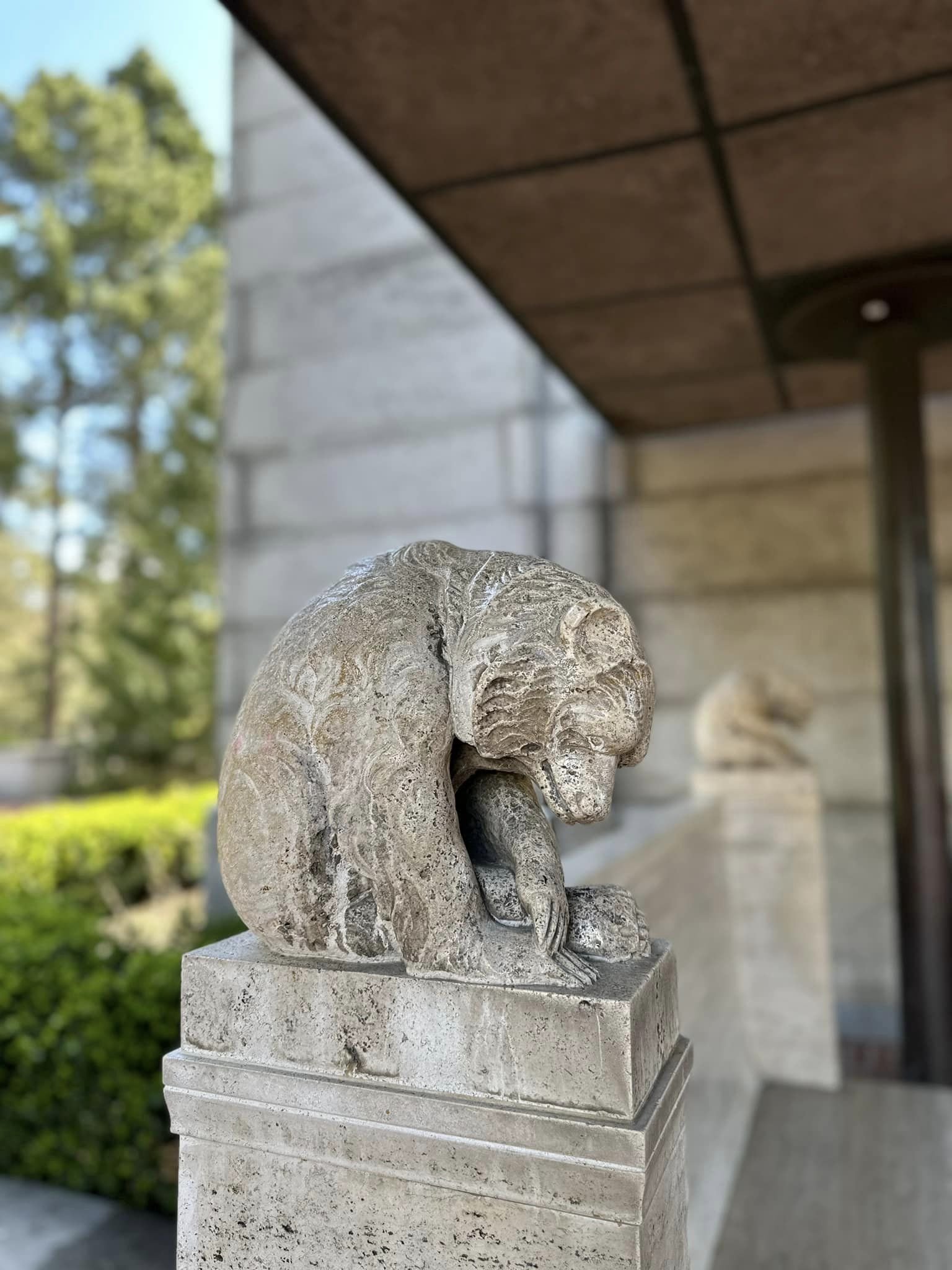
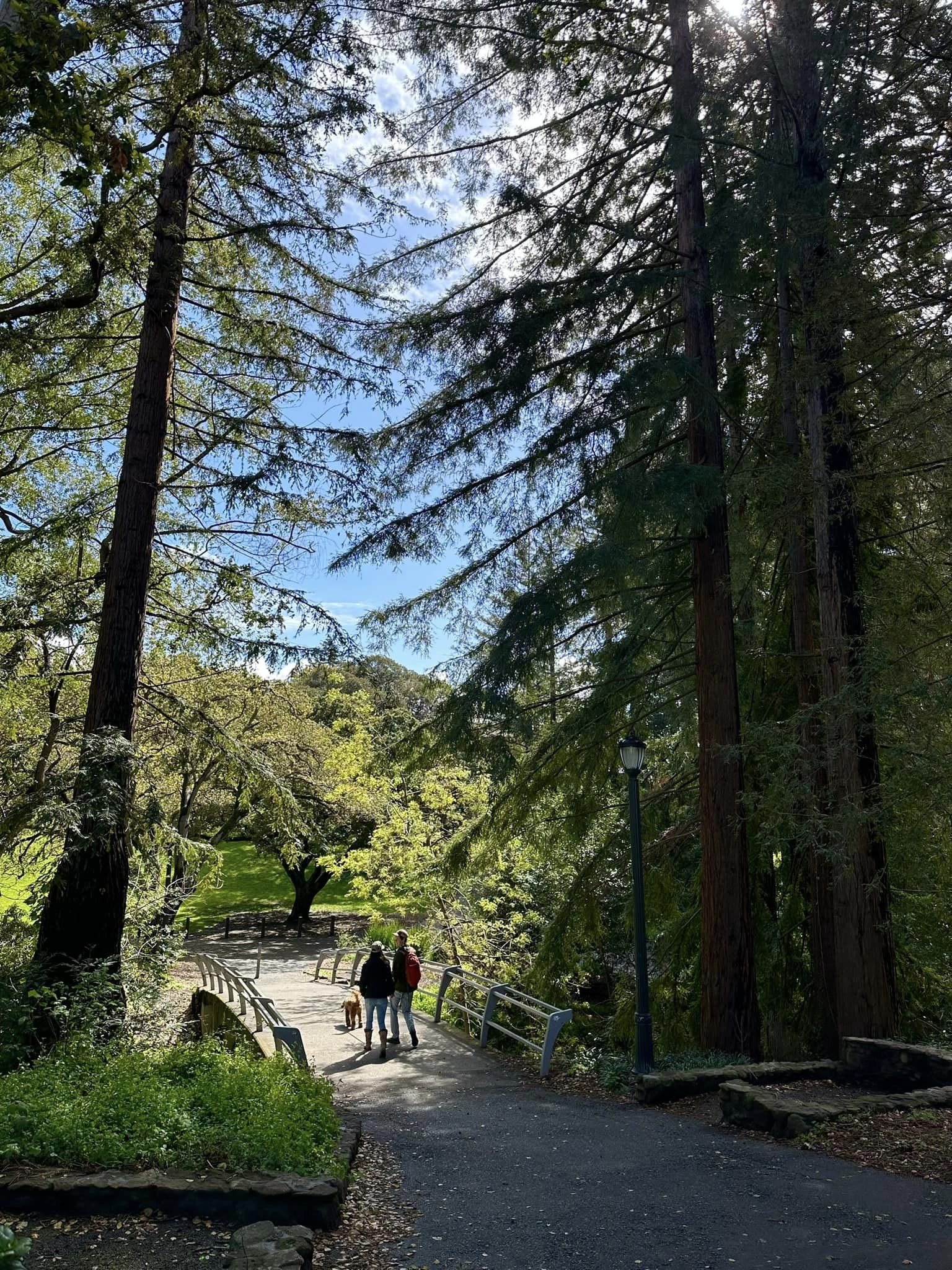
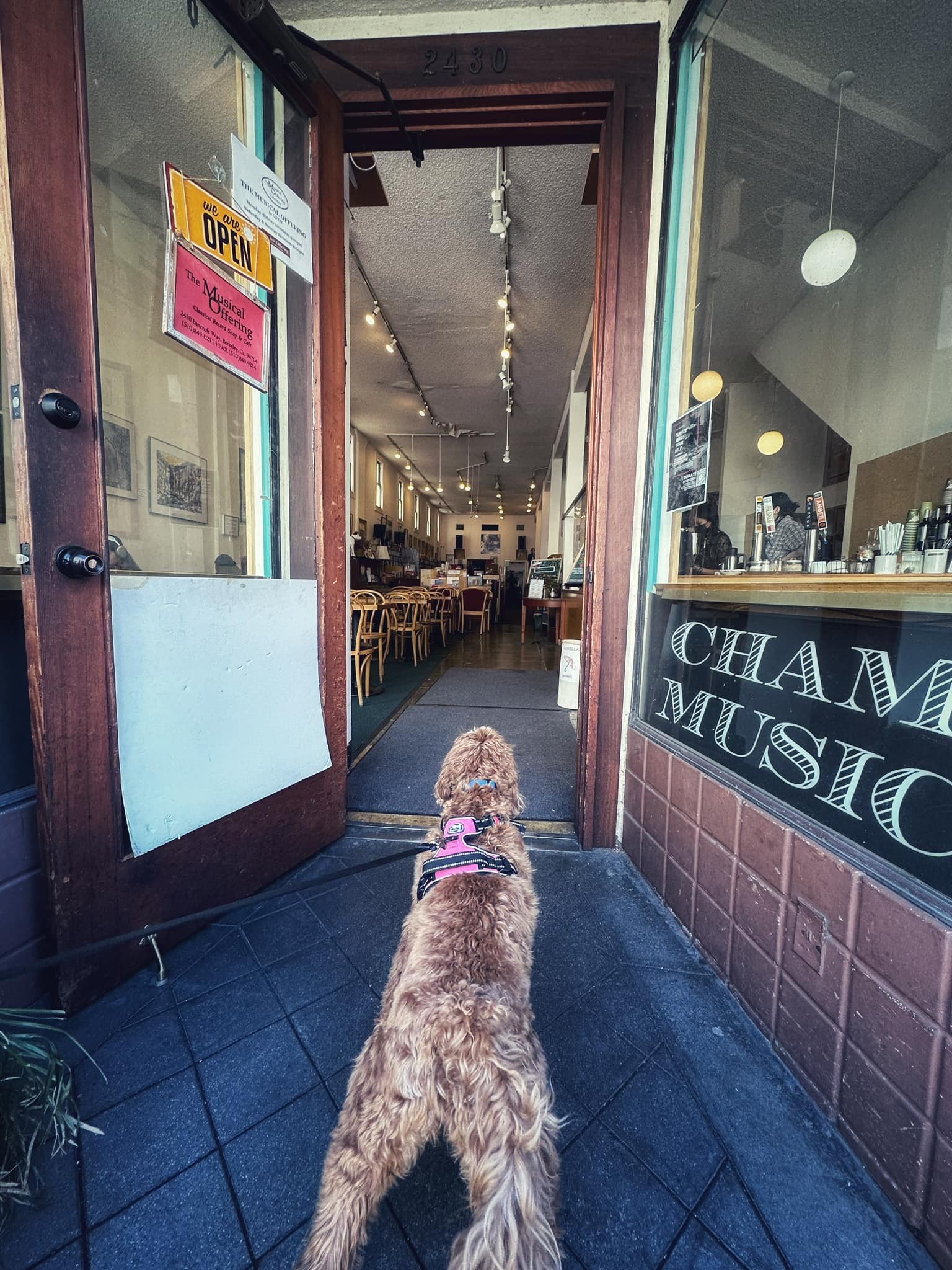
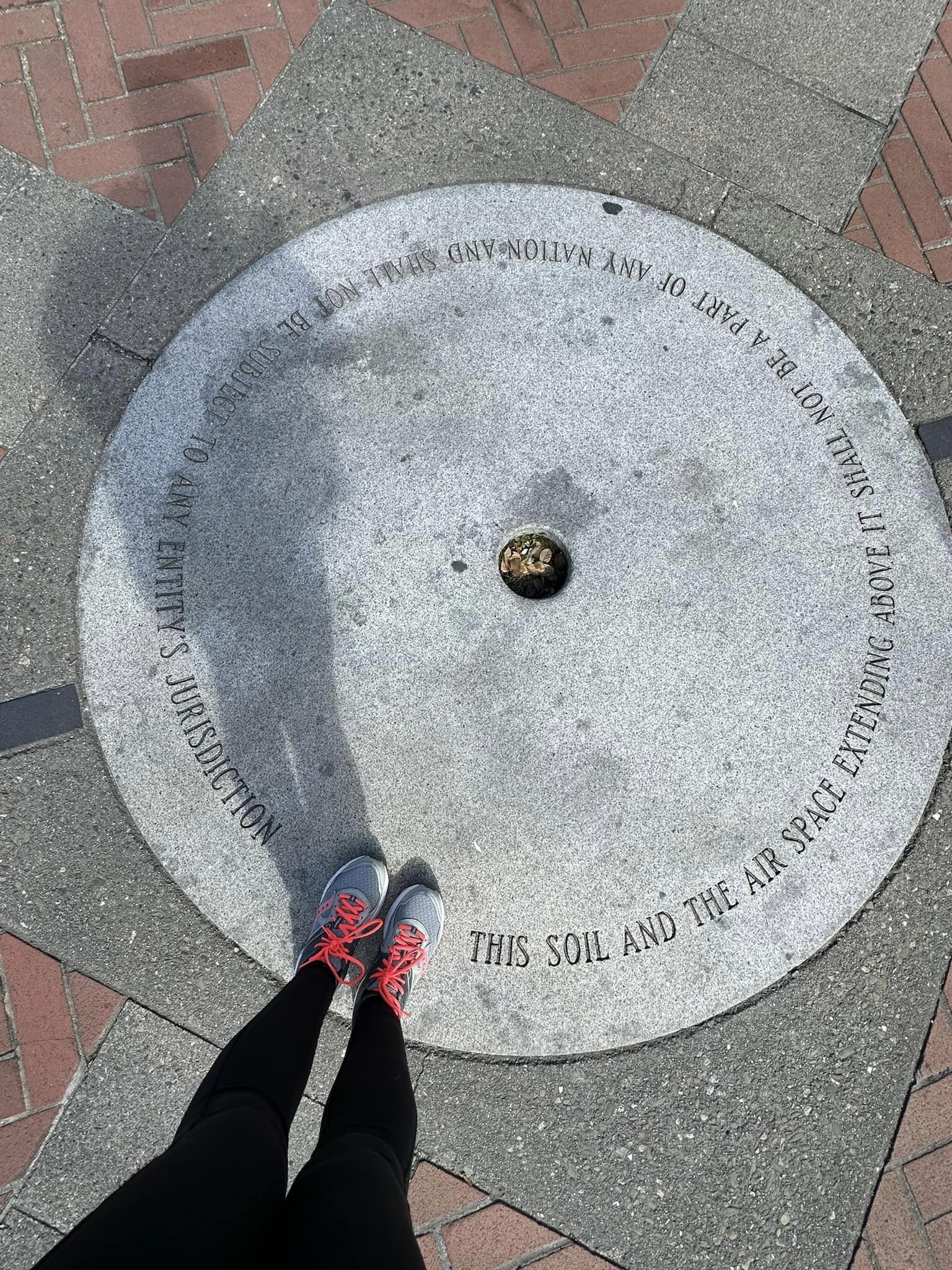
Weekend with family in the San Francisco Bay Area.

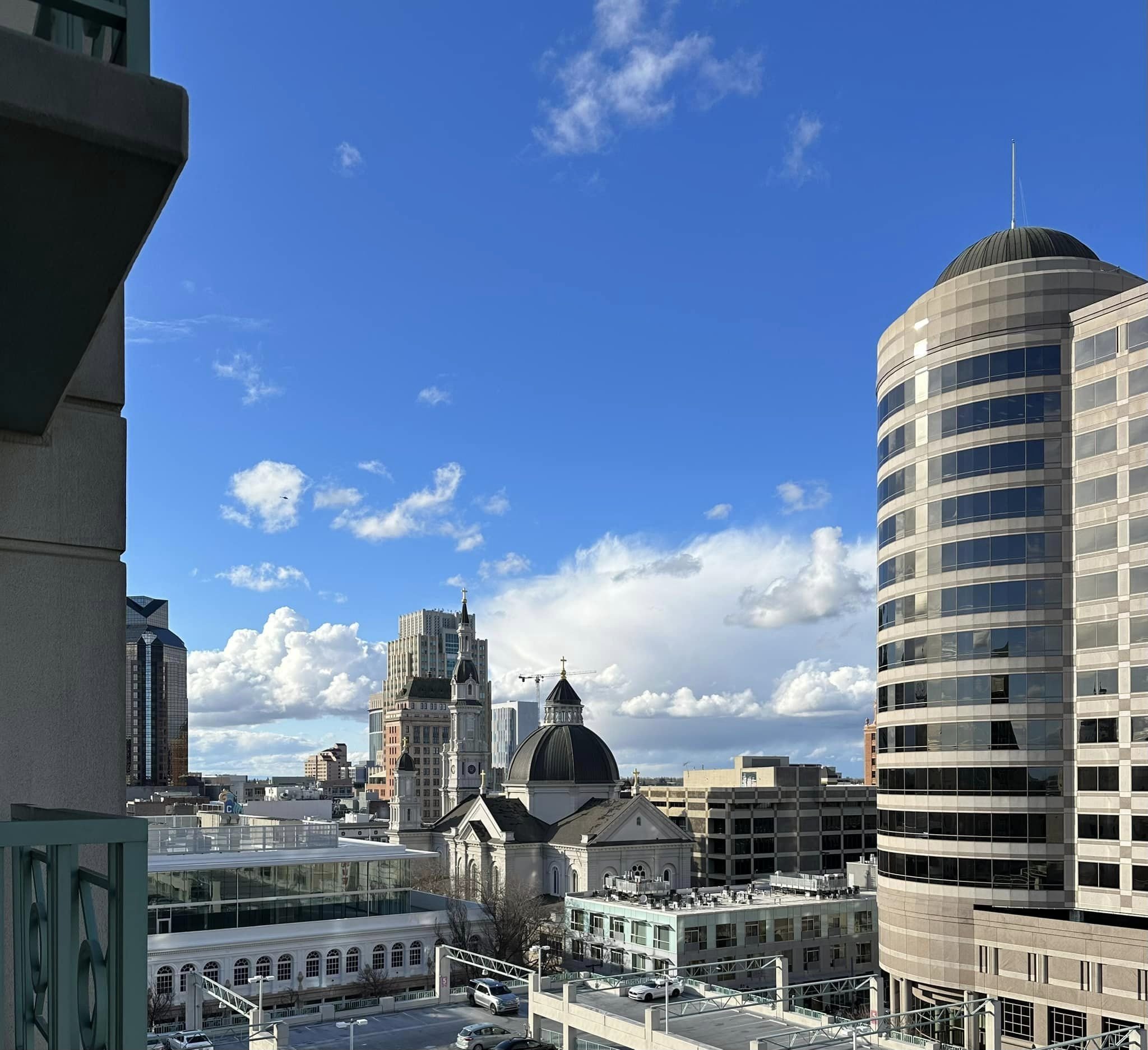
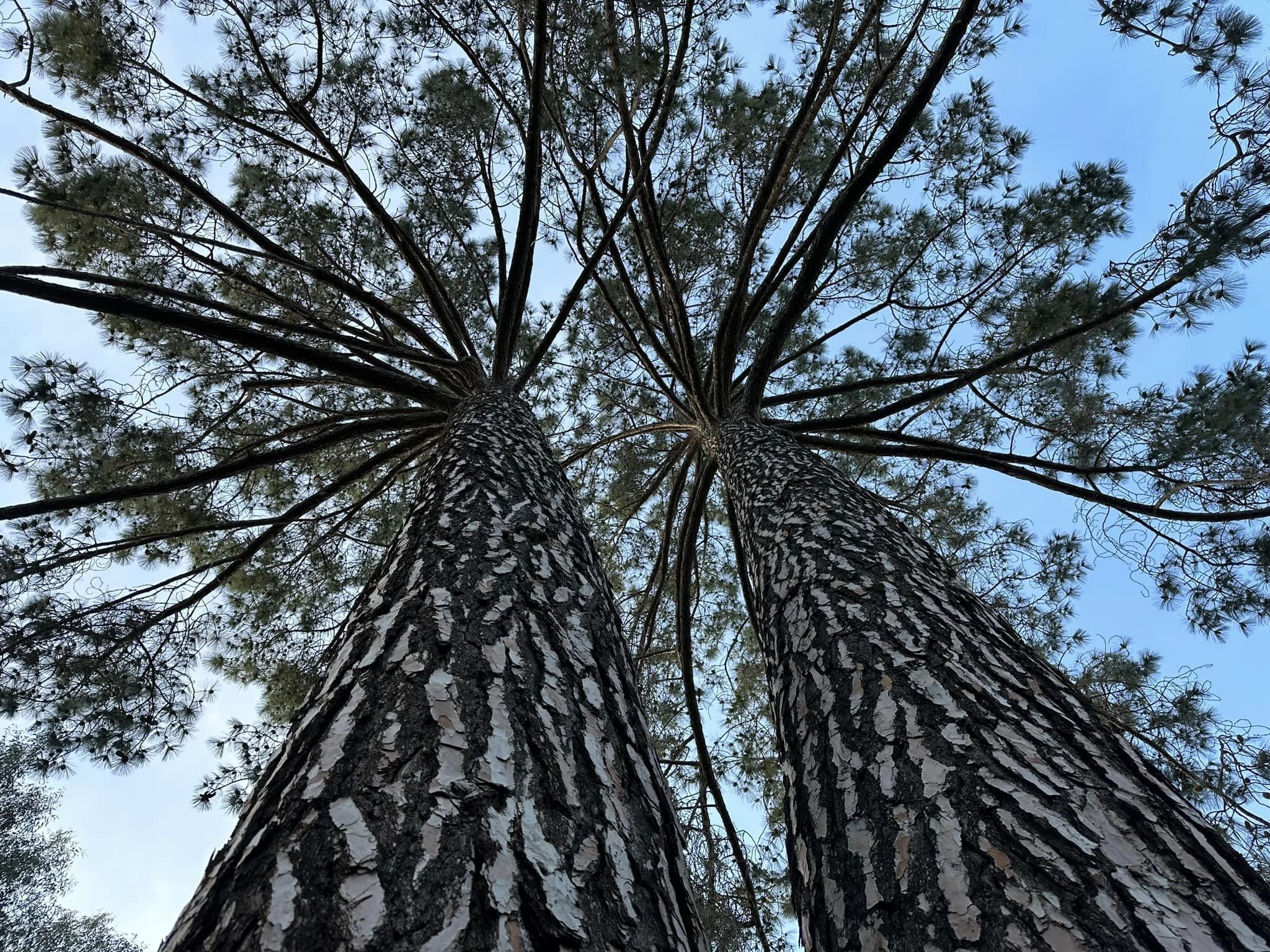
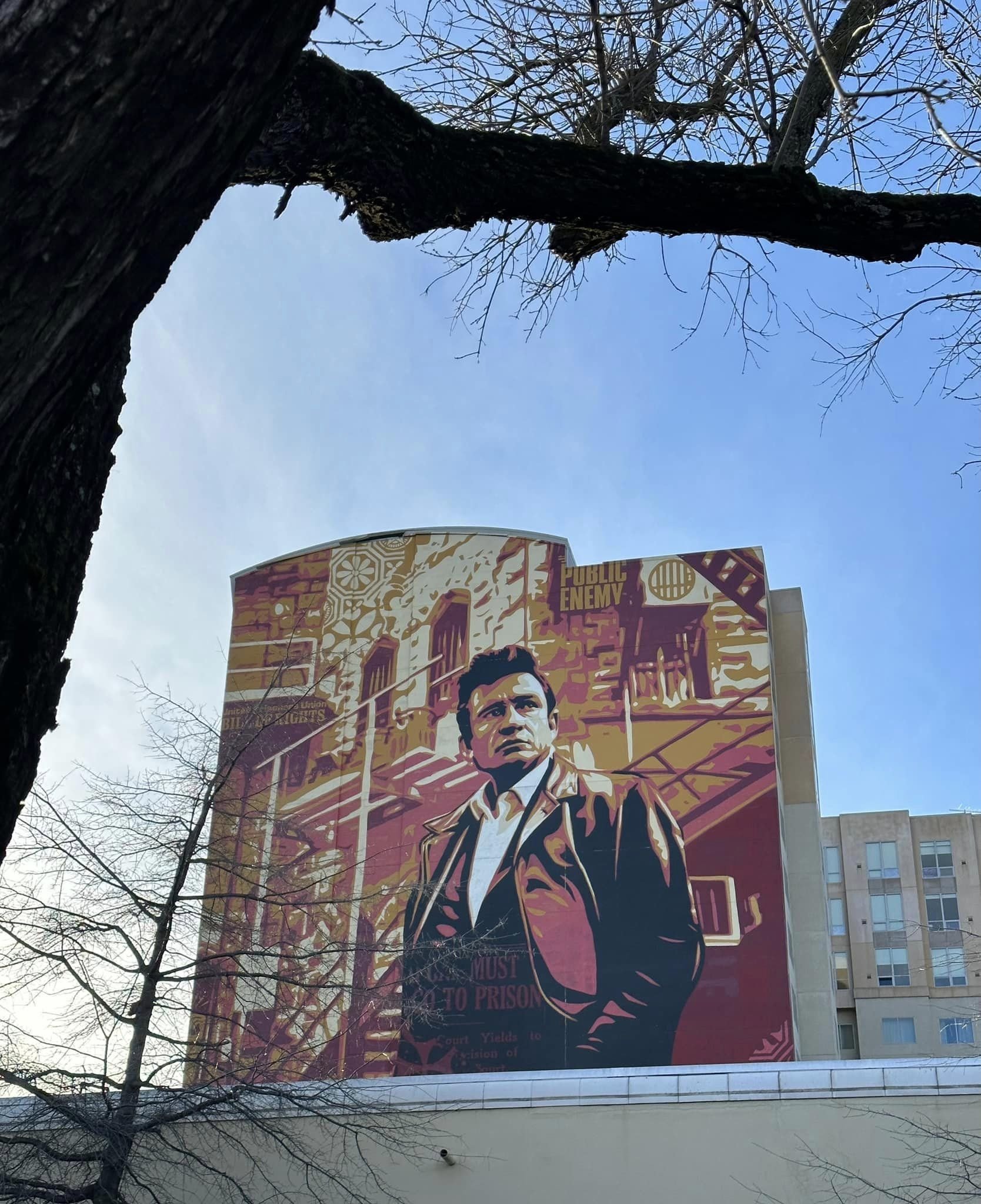
In Sacramento to speak at Visit California’s Outlook Forum. Great to see old friends and make new ones.
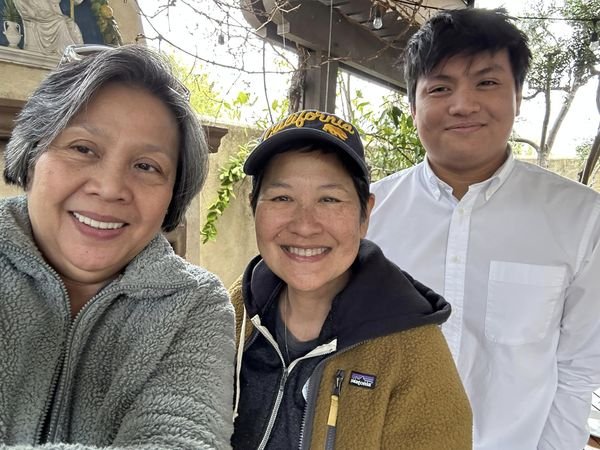

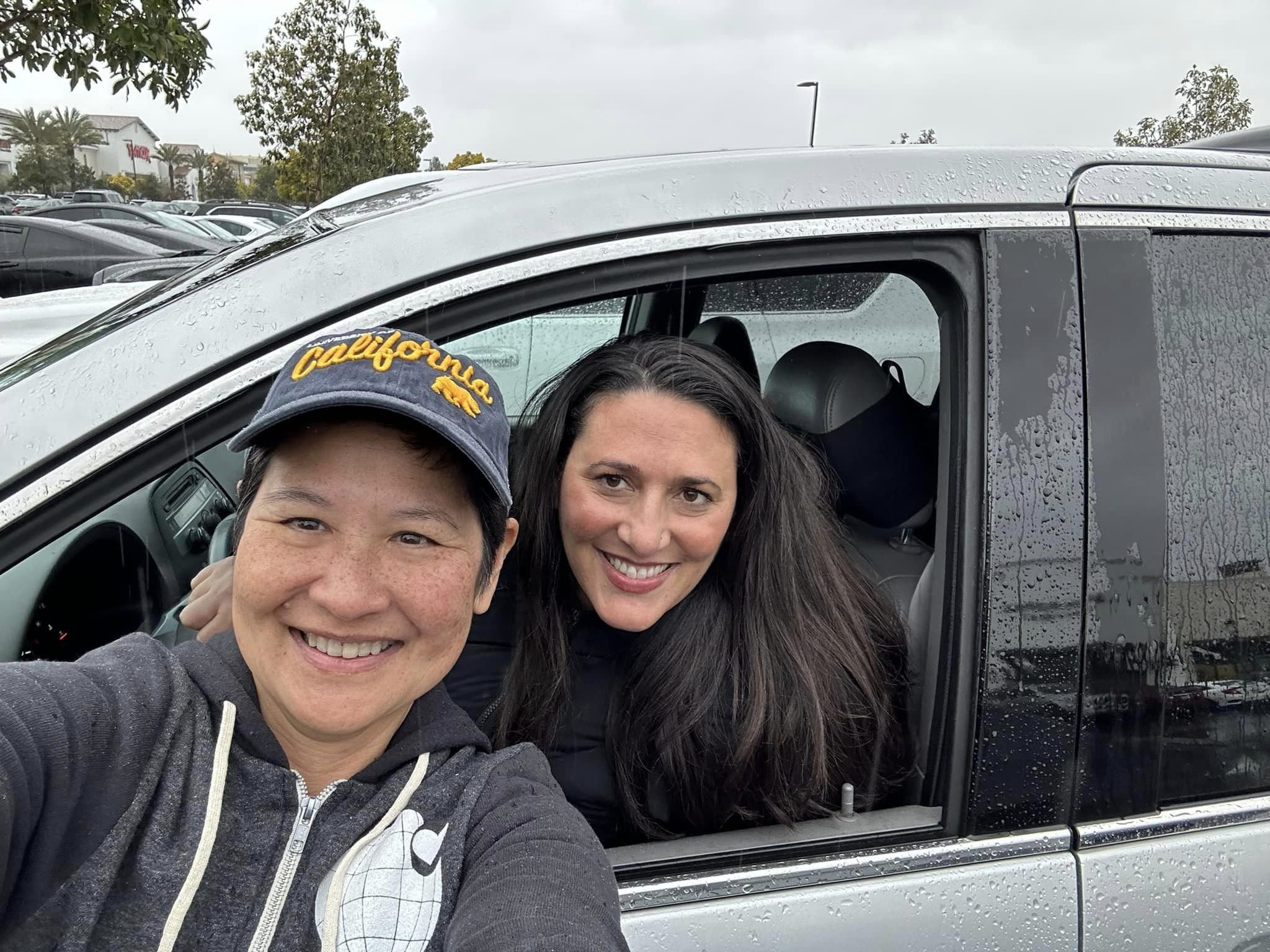
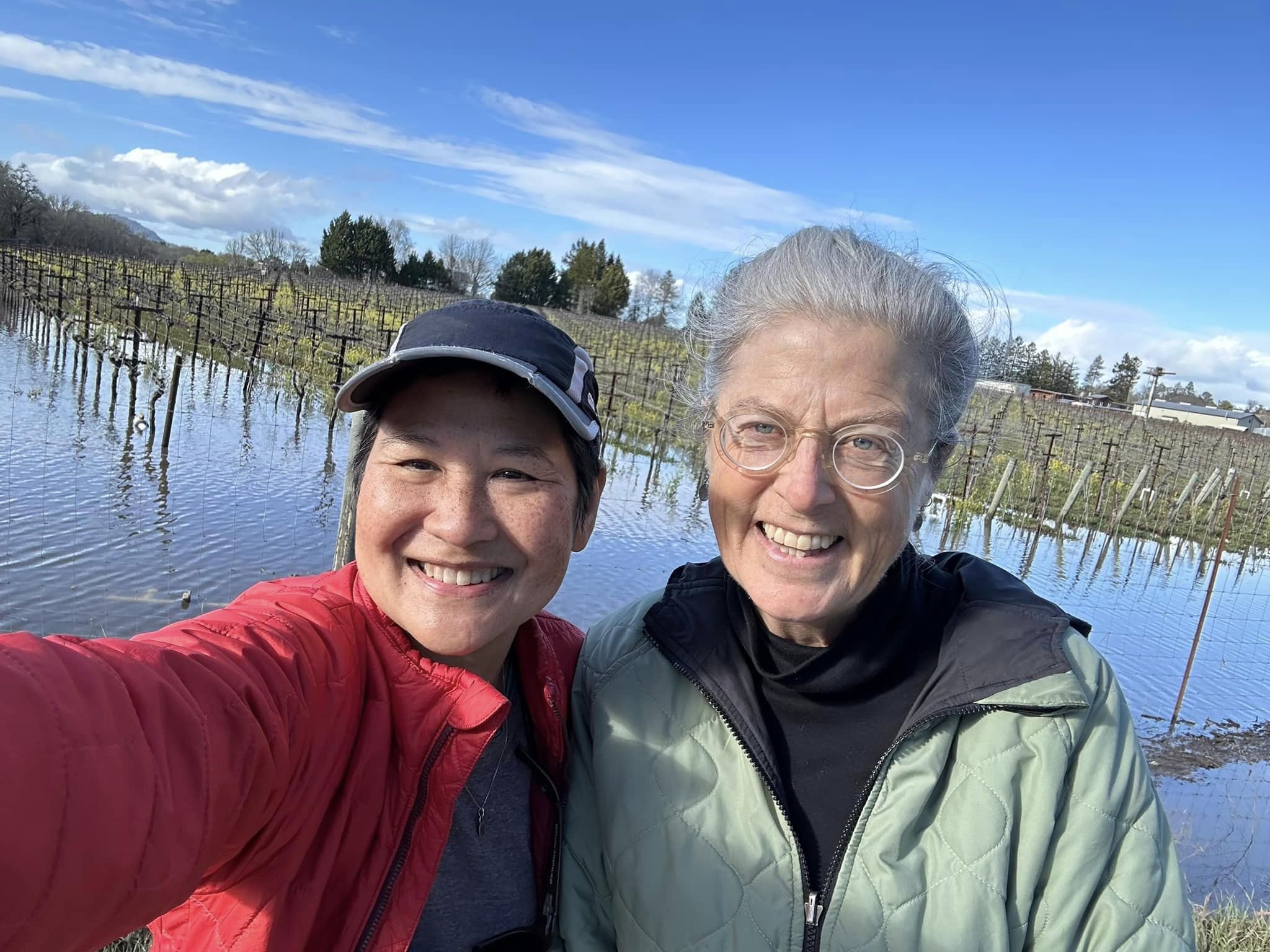
Popping in on northern and central California friends where they live.


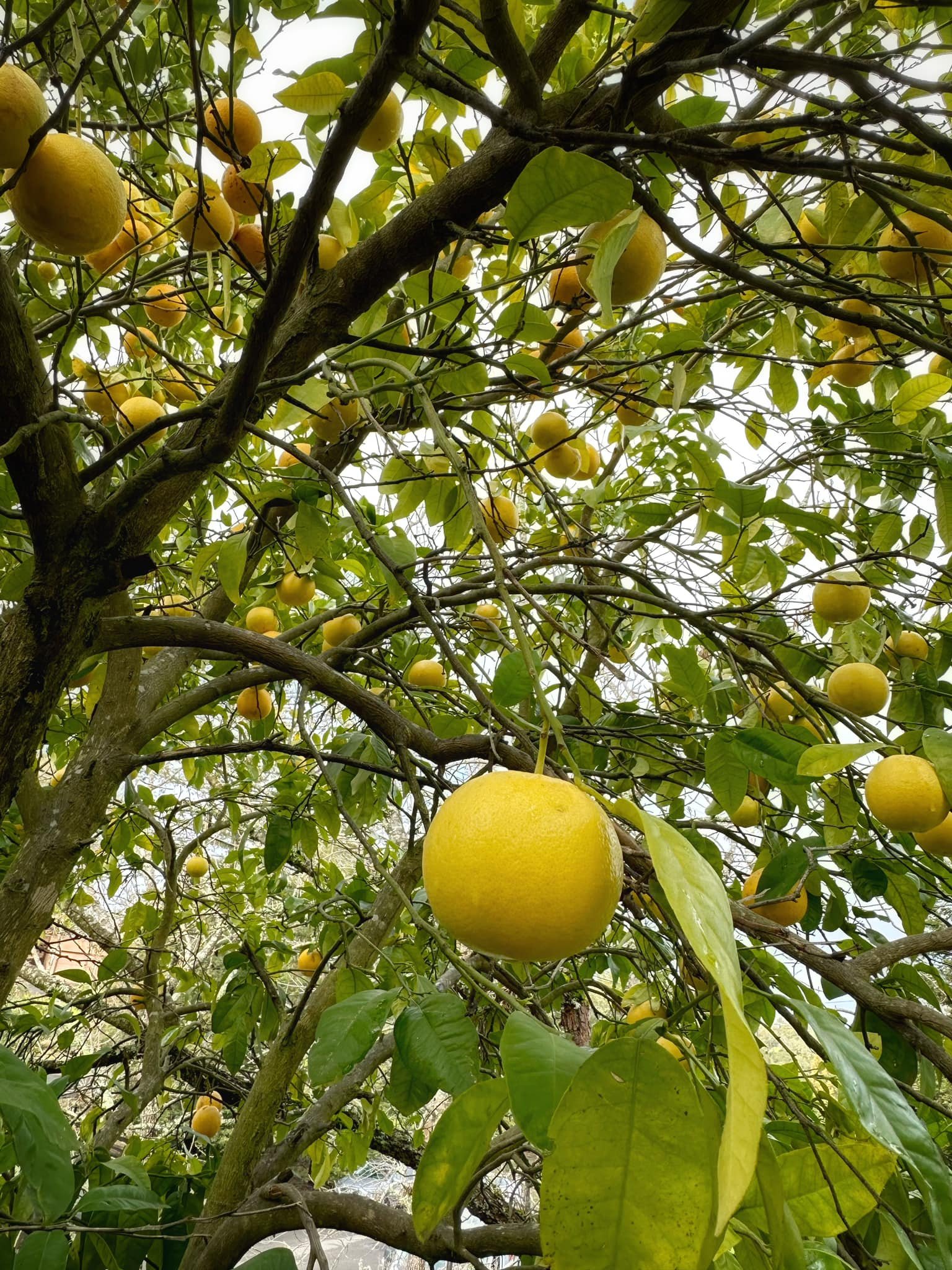
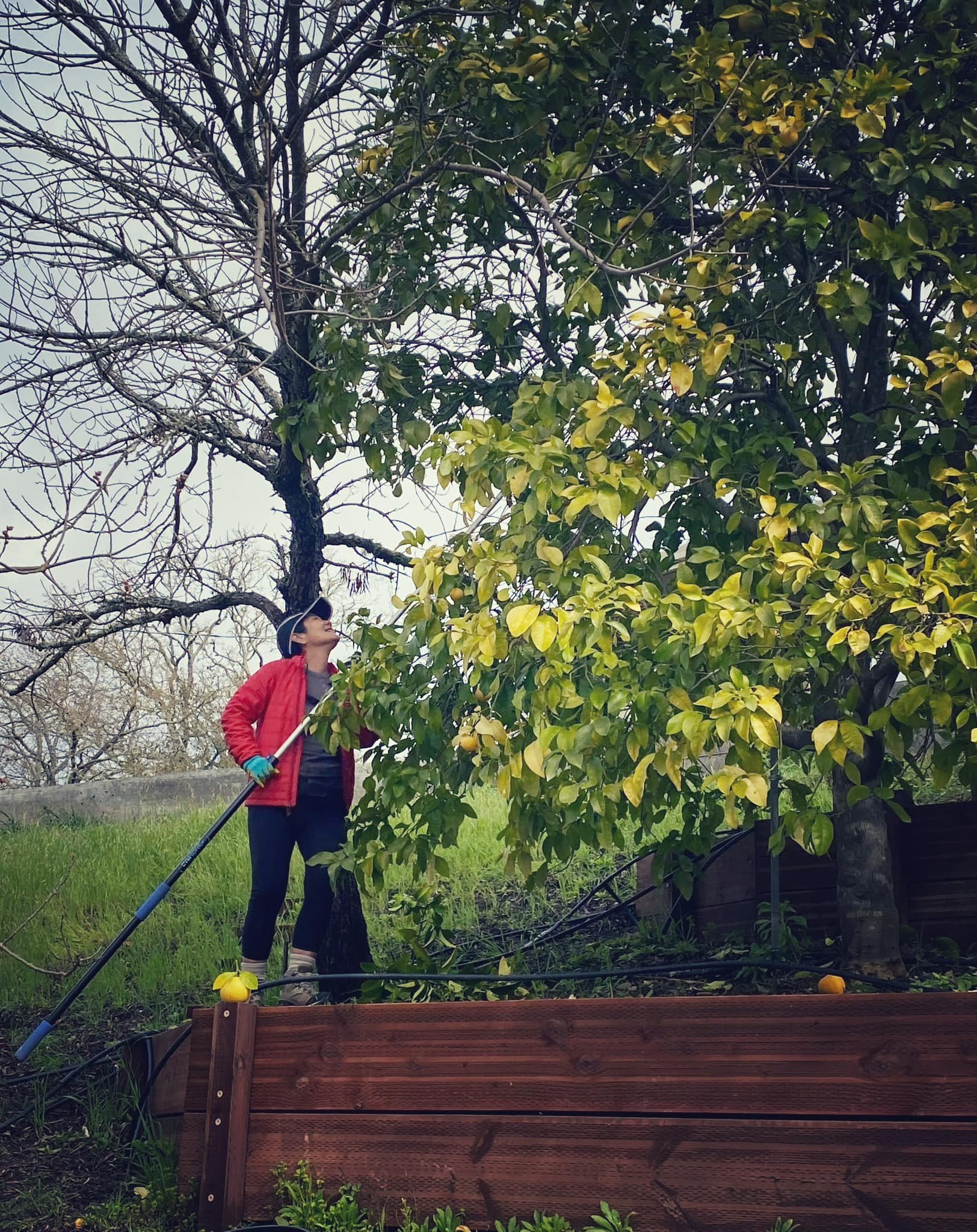
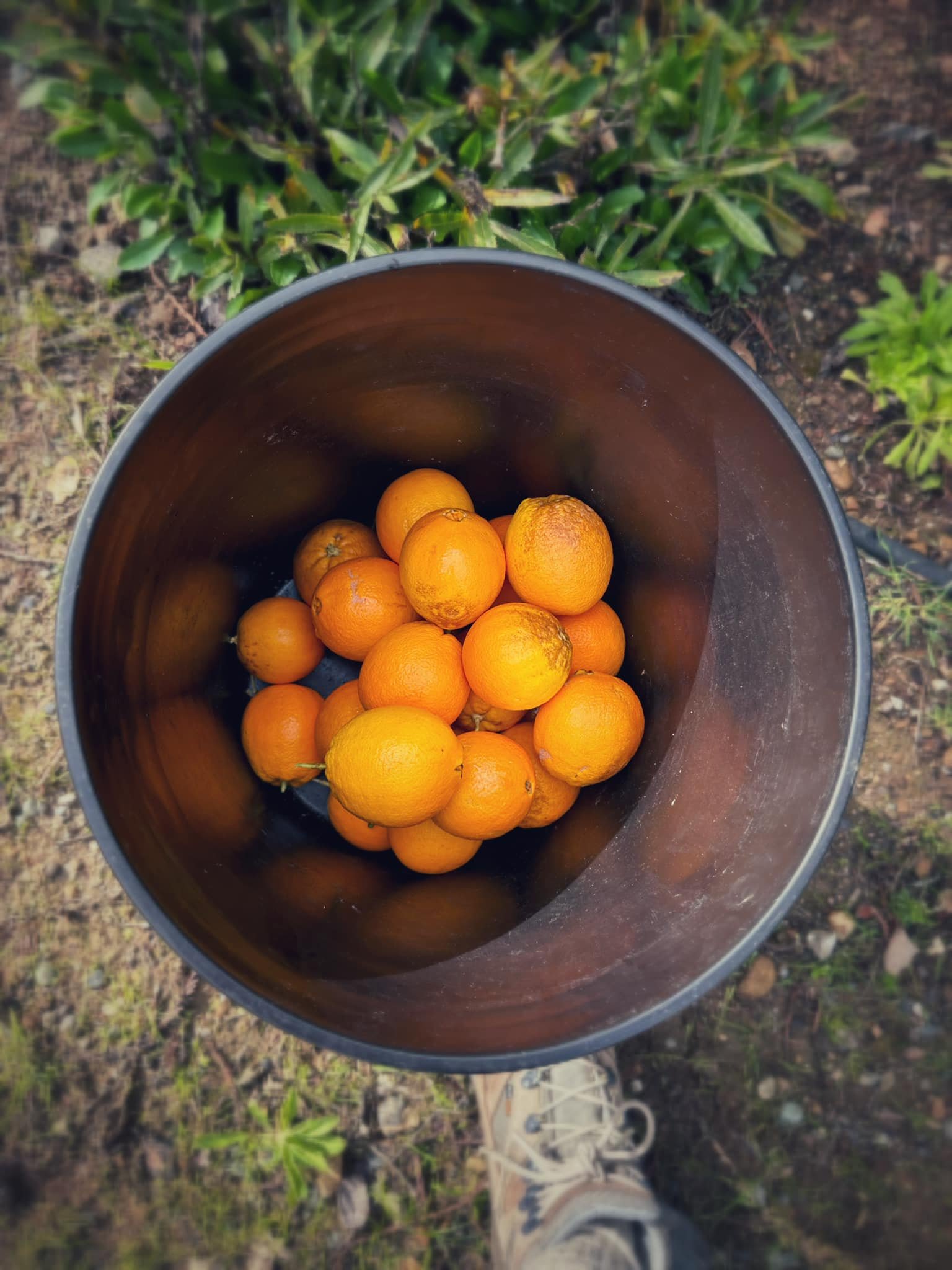
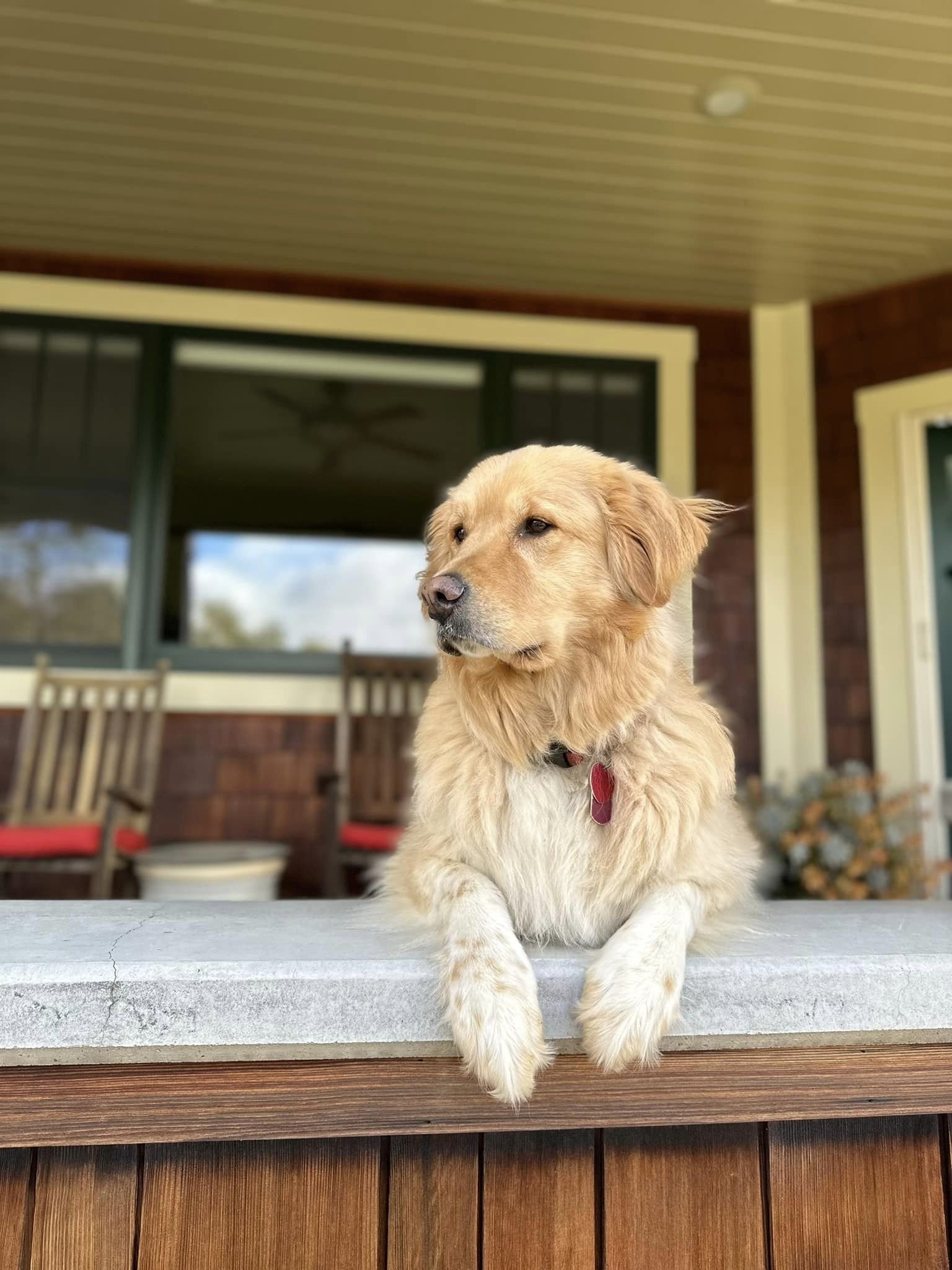
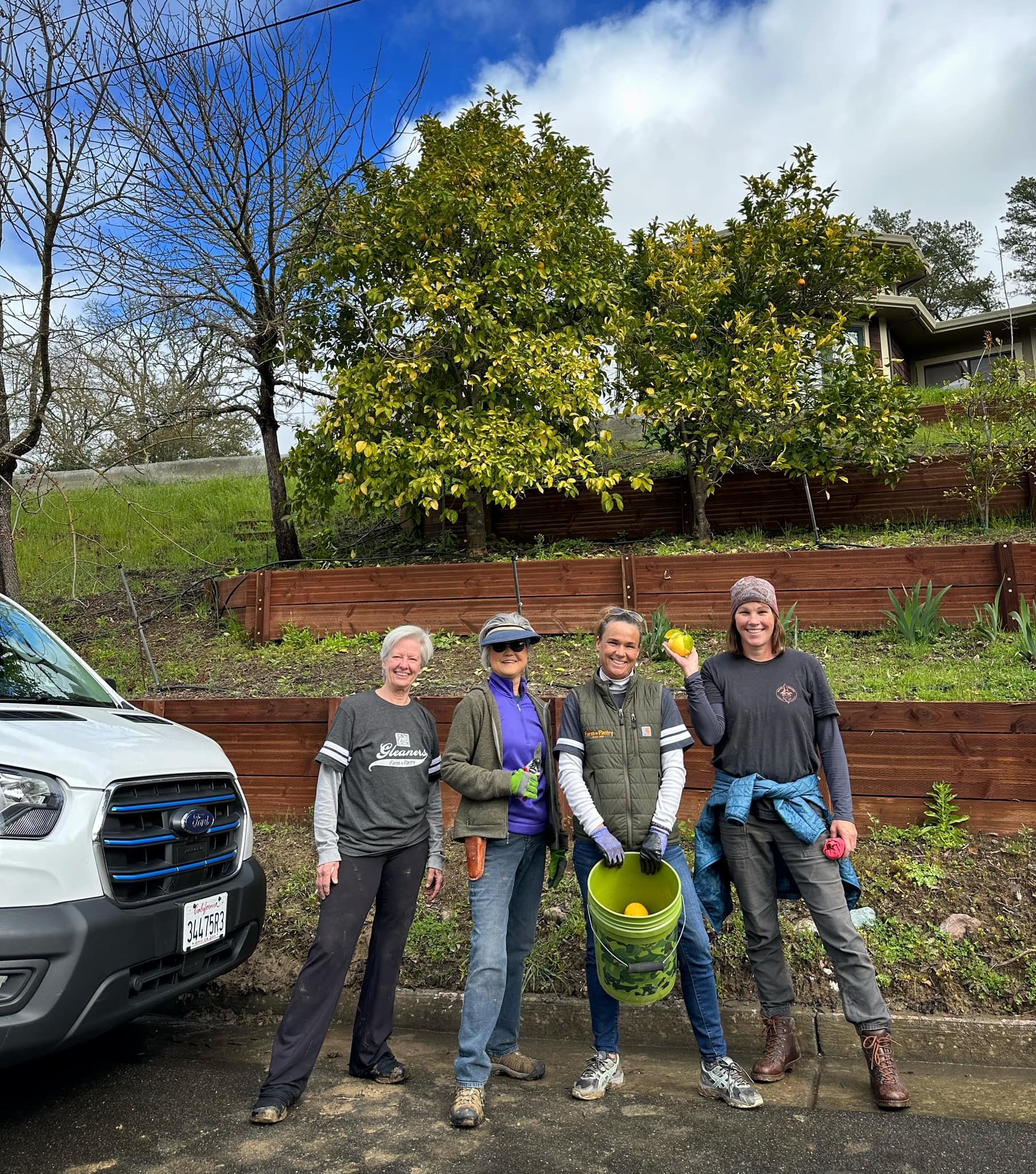
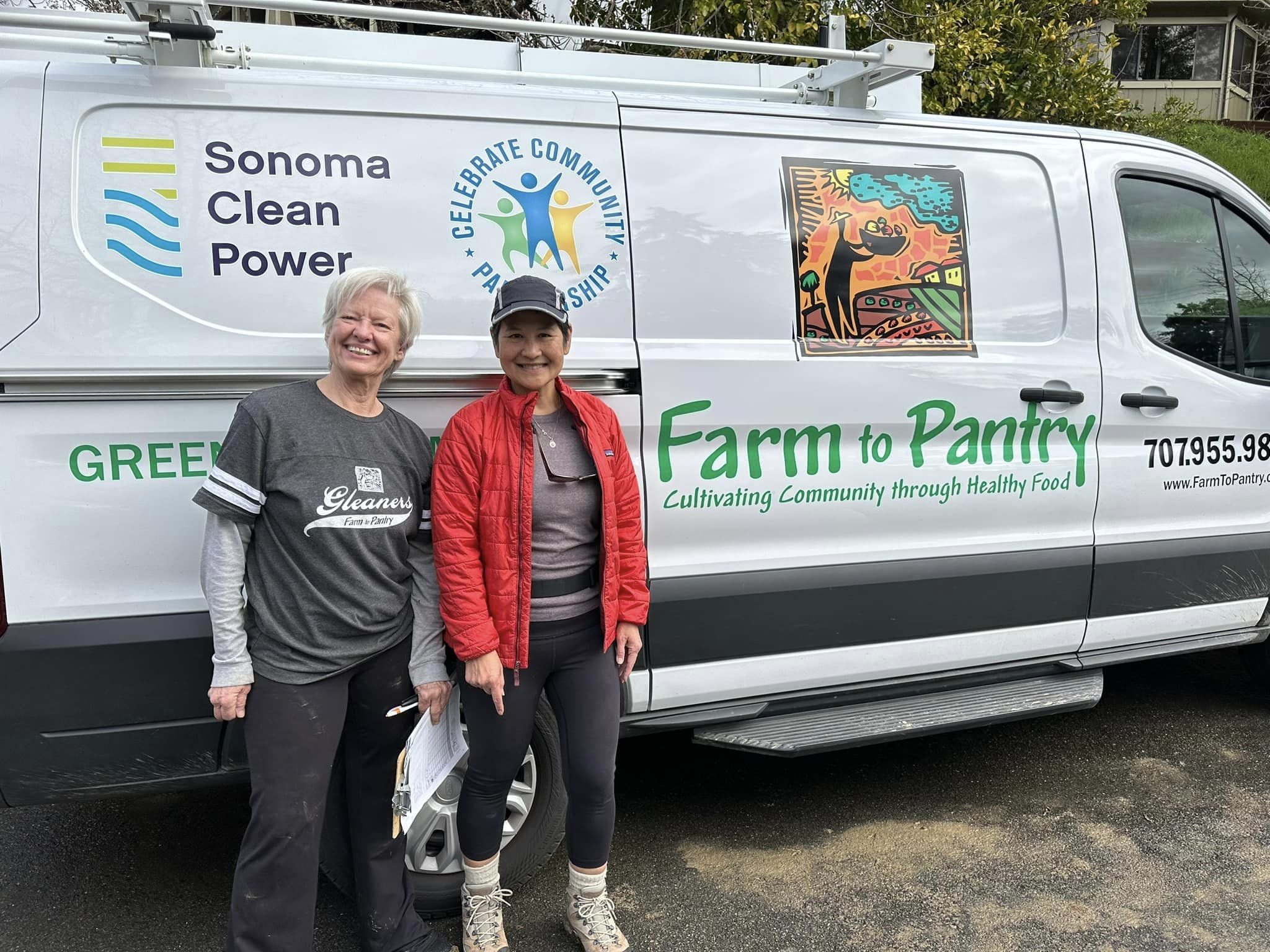
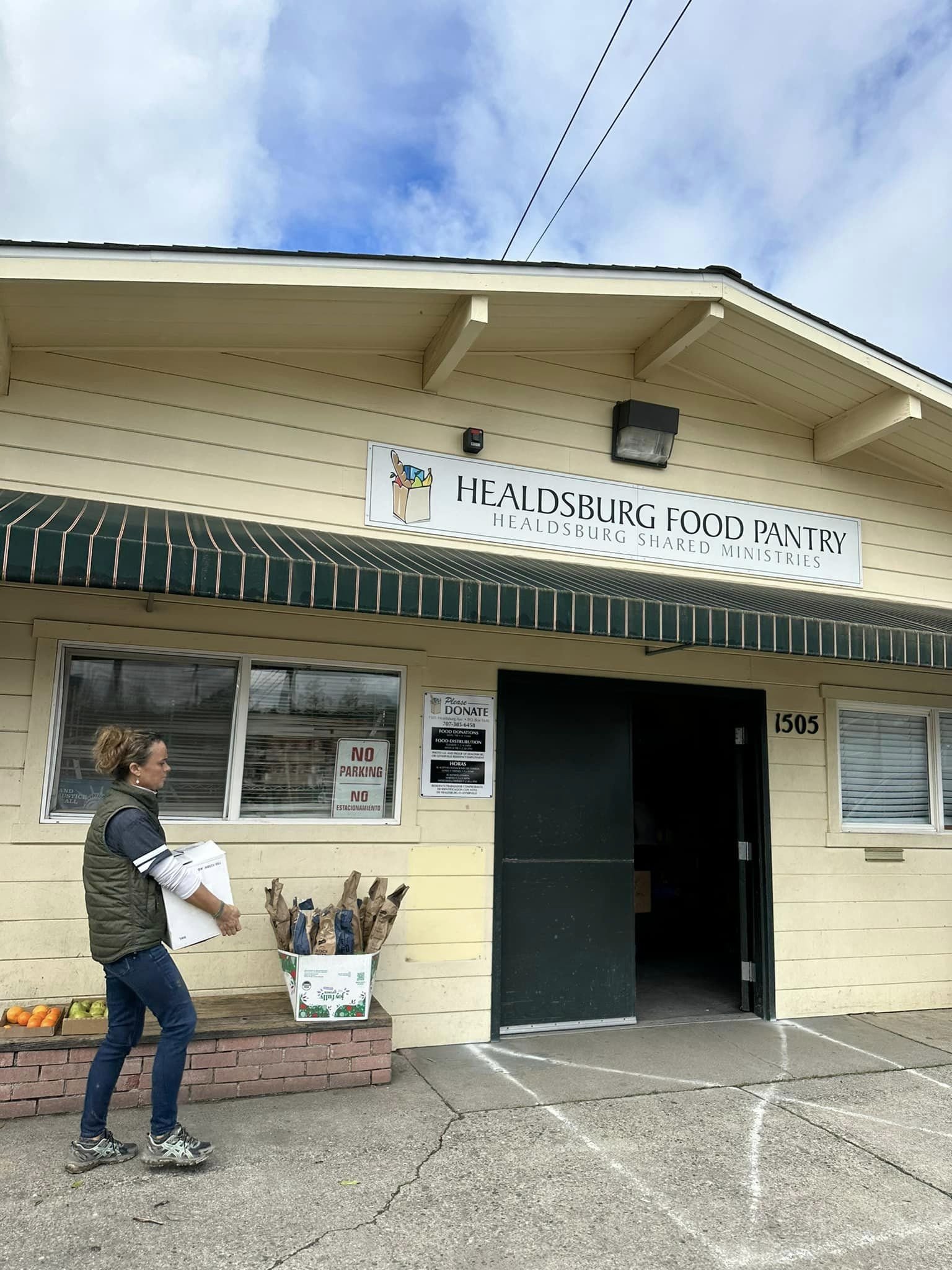
Sonoma is famous for its farm-fresh ingredients, which inspires delectable cuisine. Yet statistics show that one out of three people in the county is food insecure. Amazing organizations like Farm to Pantry are addressing the need. Today I joined fellow volunteers on a gleaning. In an hour-and-a-half we picked 200 pounds of grapefruit and oranges from a private house and delivered some of the citrus to a local food bank. A partnership between Kind Traveler, Sonoma Tourism, and participating hotels such as the ones I’m staying at (Flamingo Resort and Lodge at Bodega Bay) helps connect travelers to community nonprofits. Thanks Shelley, Kelly, and fellow volunteers. Healdsburg, California.
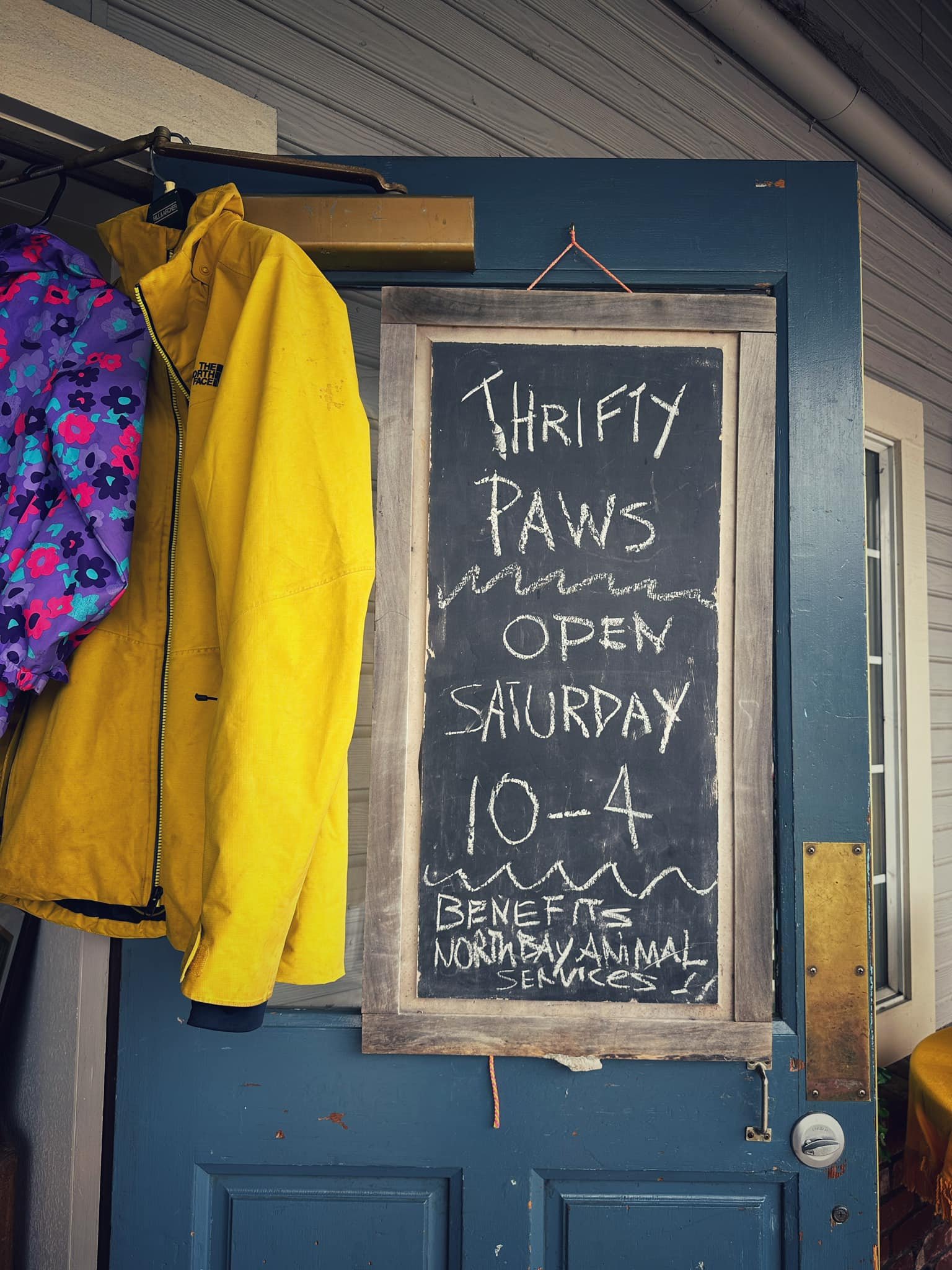
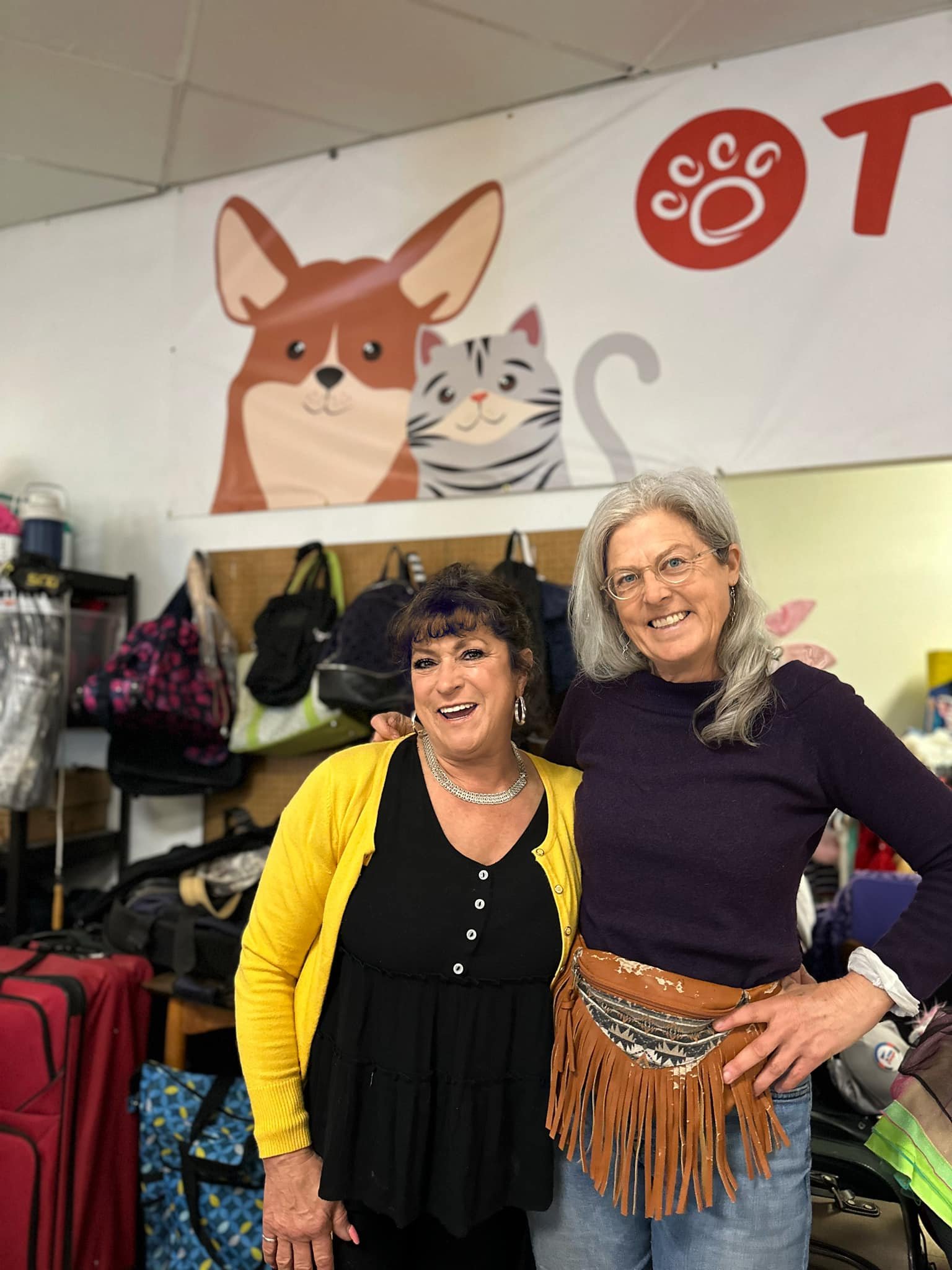
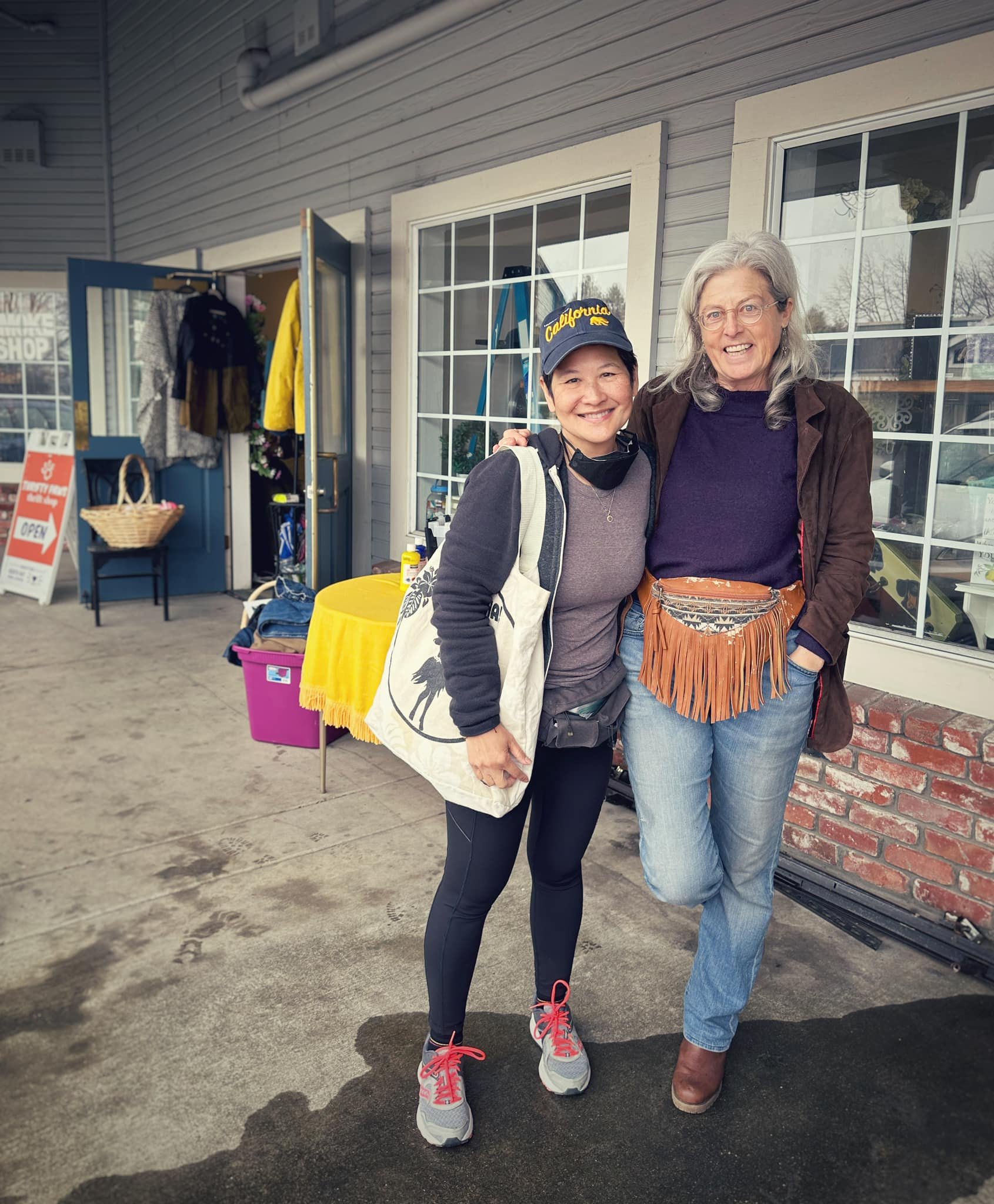
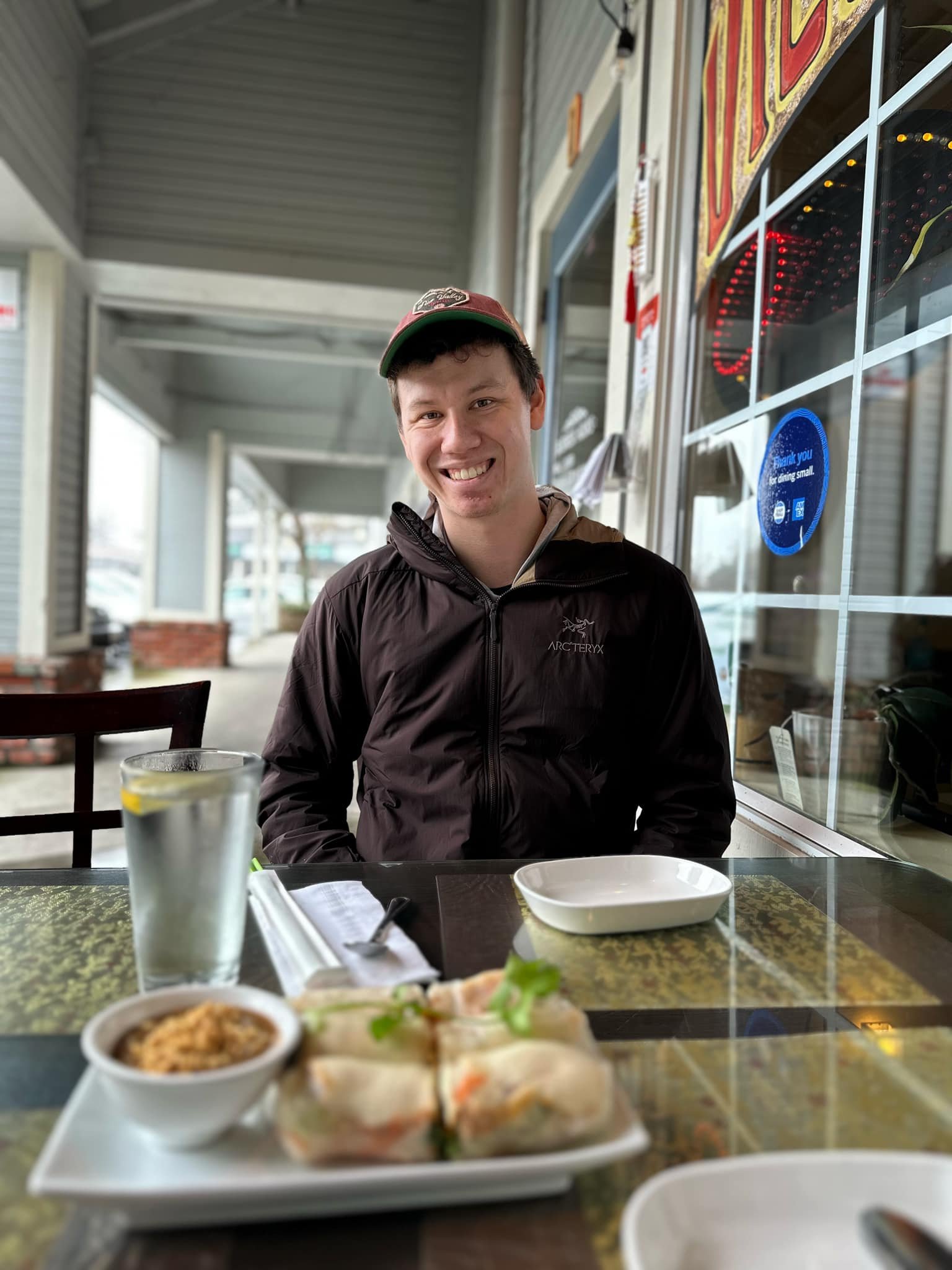
The thrill of the thrift: Not only do you save money and find unique treasures when you buy from a thrift store, but you help eliminate waste and keep items out of the landfill. Bonus that the volunteer manager is an old friend, introduced to me by an even older friend. And extra bonus that all proceeds from Thrifty Paws (open only on Saturdays) benefit an animal shelter, North Bay Animal Services. I picked up a reflective cycling vest, yoga pants, a couple of books, and a pair of sunglasses. My son Ned scored a cooking pot for camping, a vintage camera light meter, a desk lamp, and a couple of throw pillows. Thanks, Ann! Cotati, Sonoma County, California.
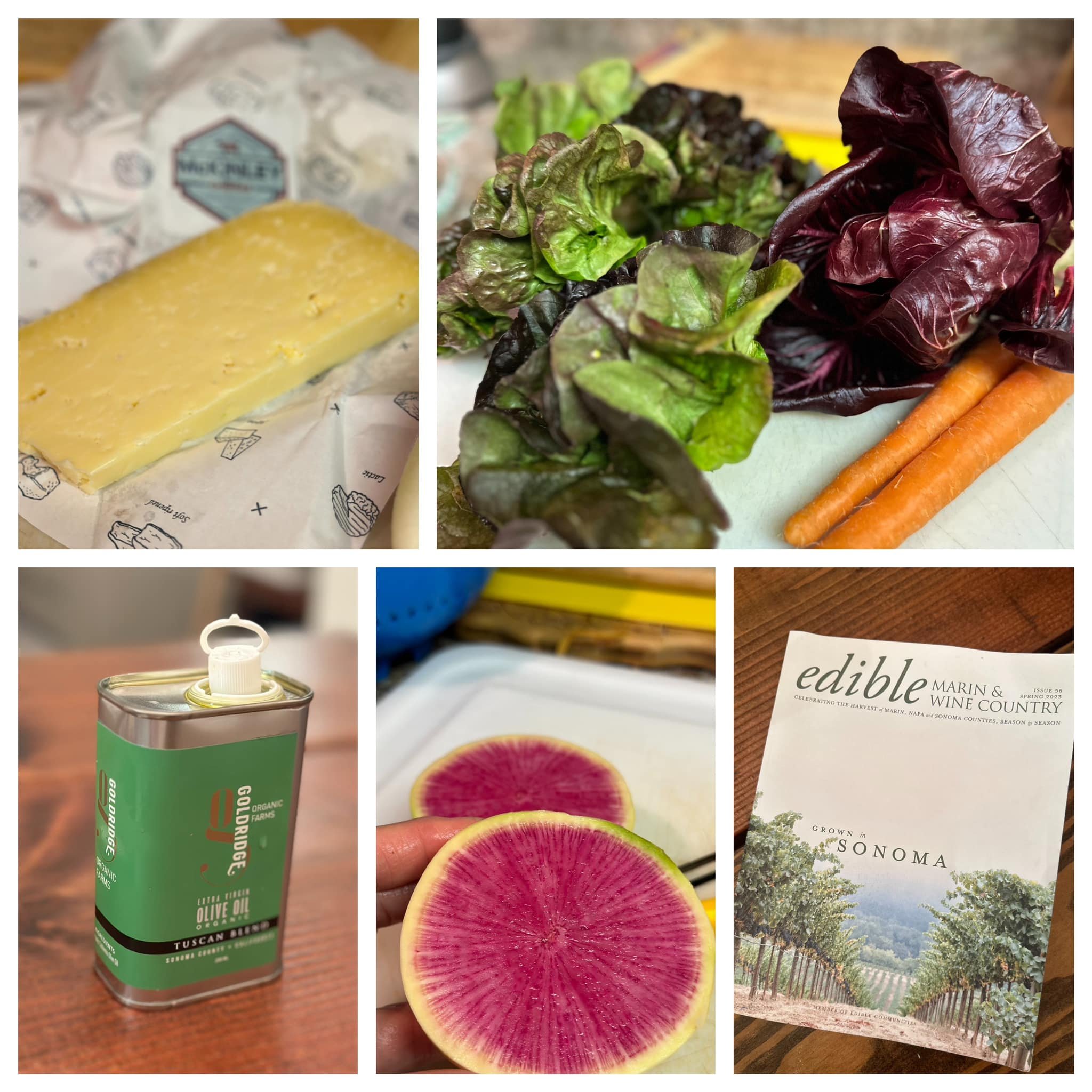
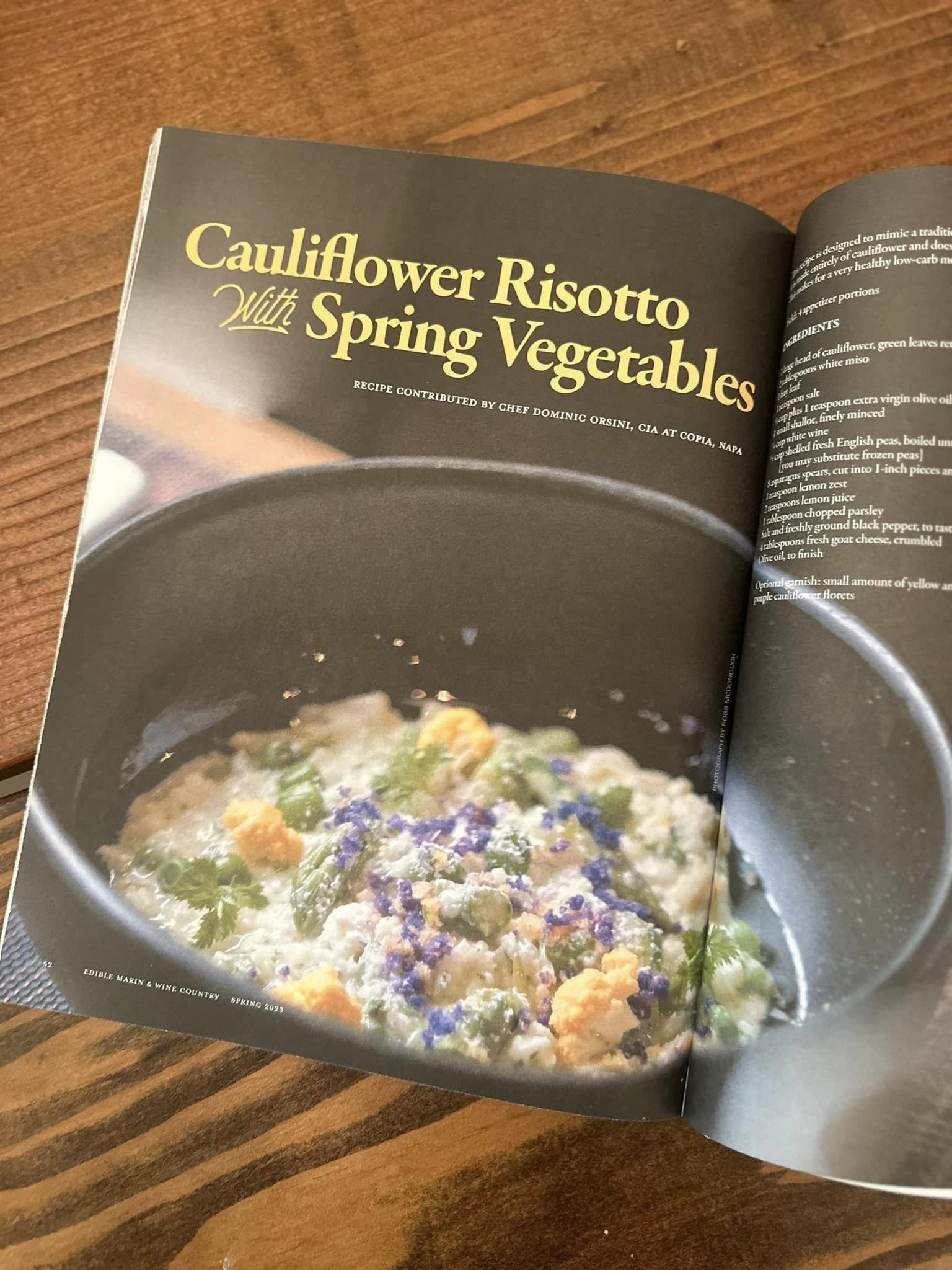
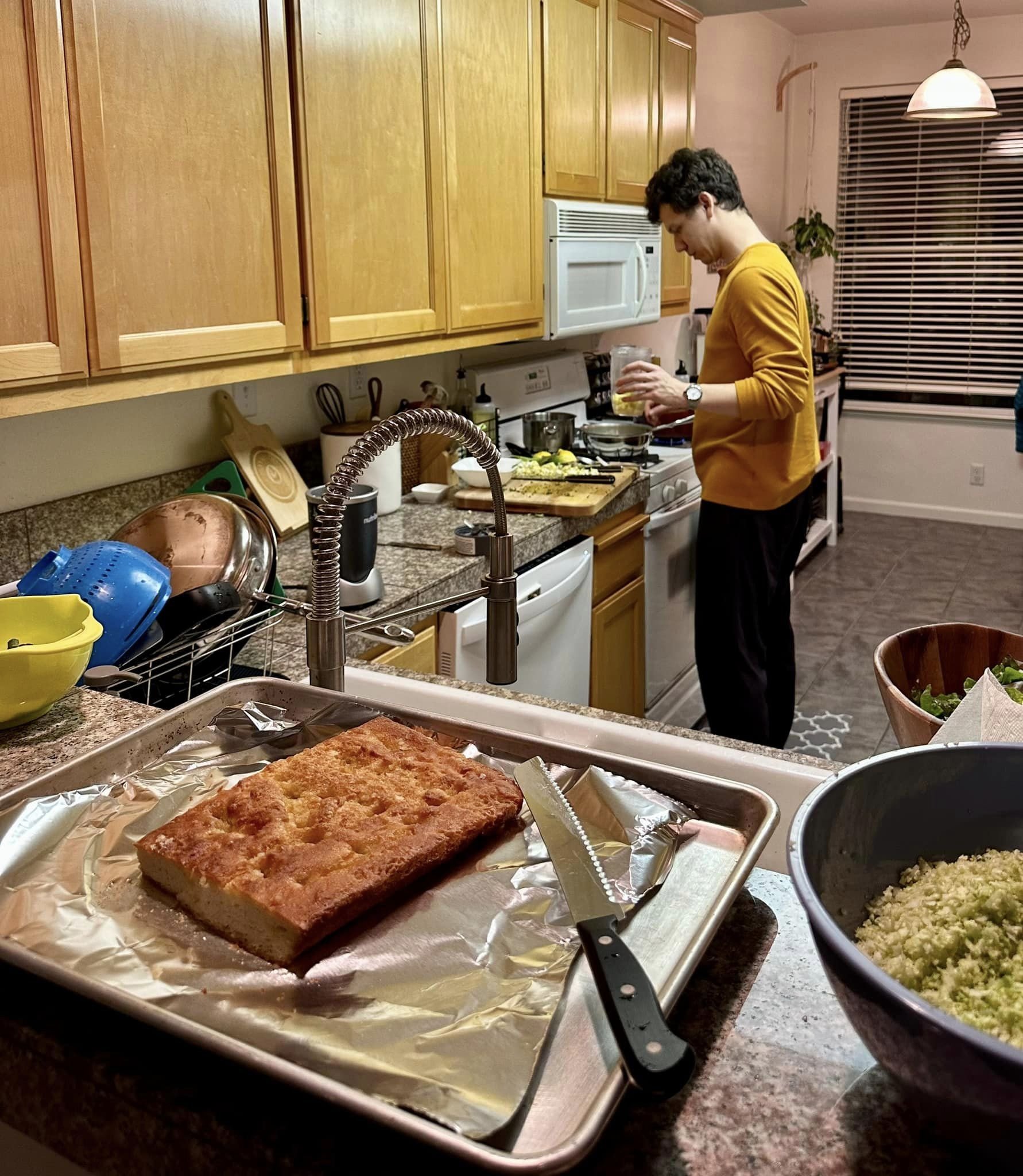
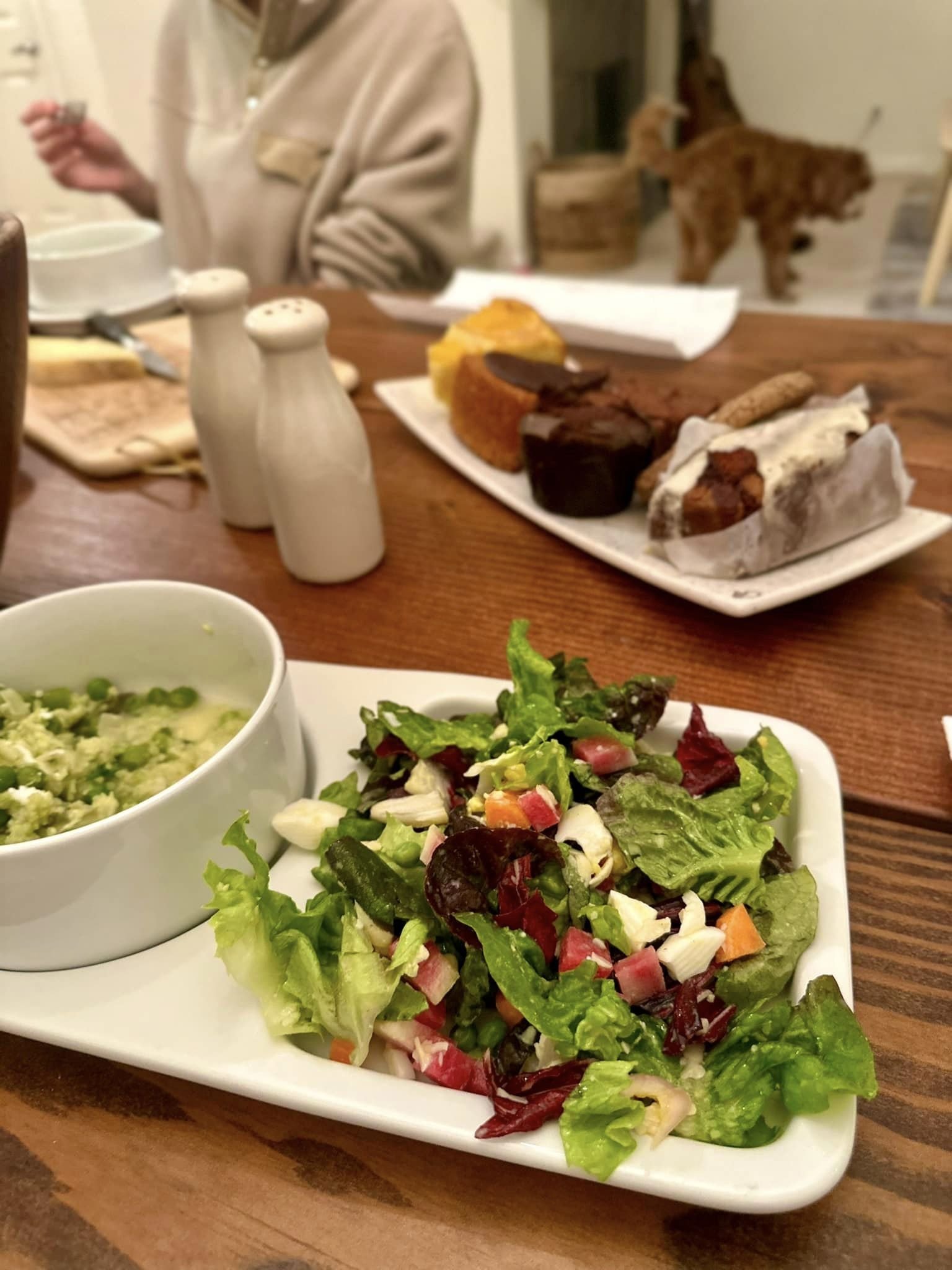
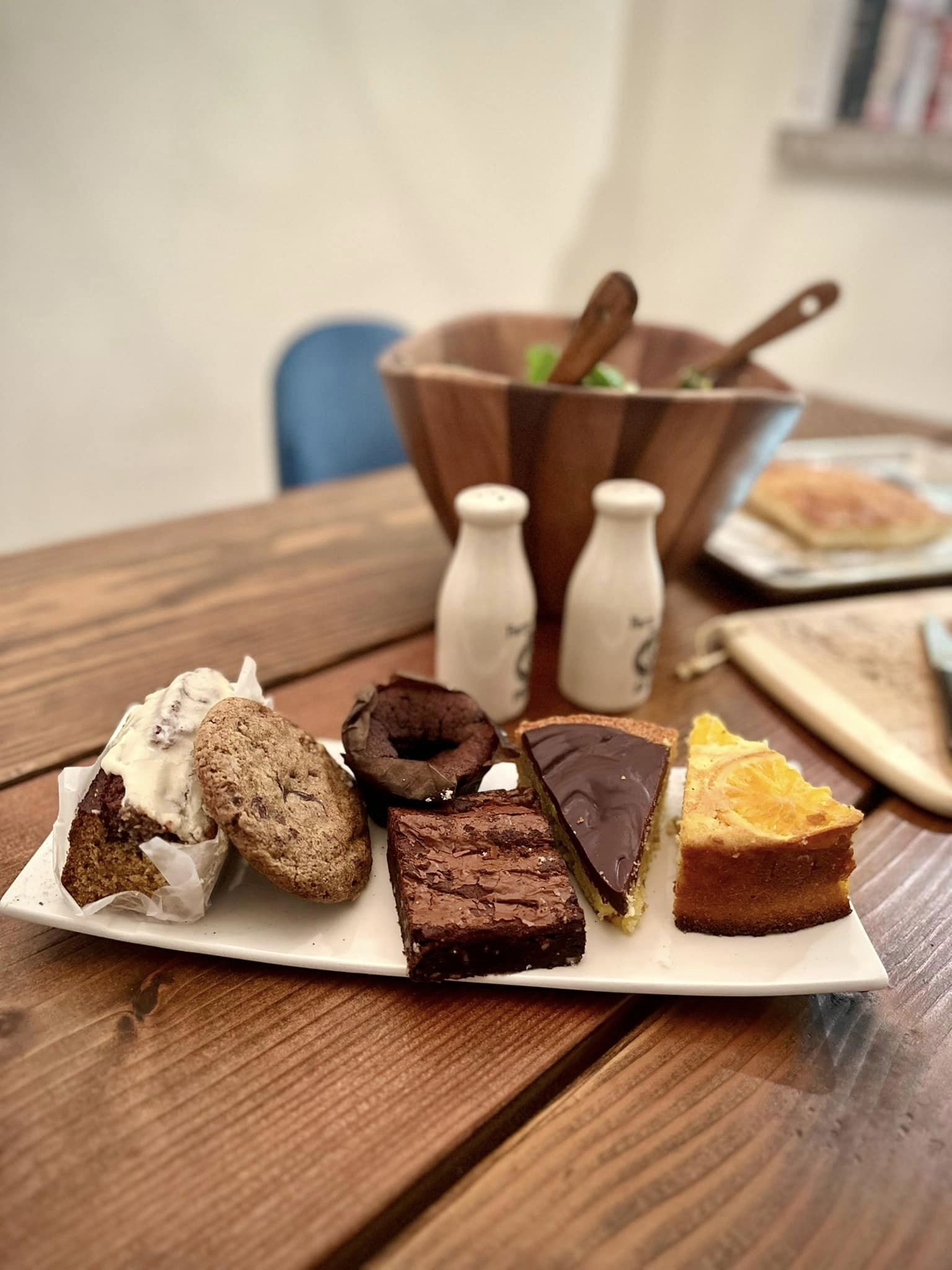
Farm to table family dinner: All ingredients were sourced in Sonoma County, including salad greens and vegetables from the Sebastopol Community Market, cheddar from Wm. Cofield Cheesemakers, olive oil from Gold Ridge Organic Farms, and goat cheese from Laura Chenel. Even the recipes came from the Spring 2023 issue of the regional Edible Marin & Wine Country magazine. Main dish by Ned, dressing by Juhi, and chopped salad by me. Gluten-free, organic focaccia and after-dinner pastries from Flour Craft Bakery, in neighboring Marin County. No one felt like drinking wine, but had we, there would have been a wealth of wonderful options, all sustainably grown and made.
A great meal, made with conviviality and fresh ingredients grown sustainably

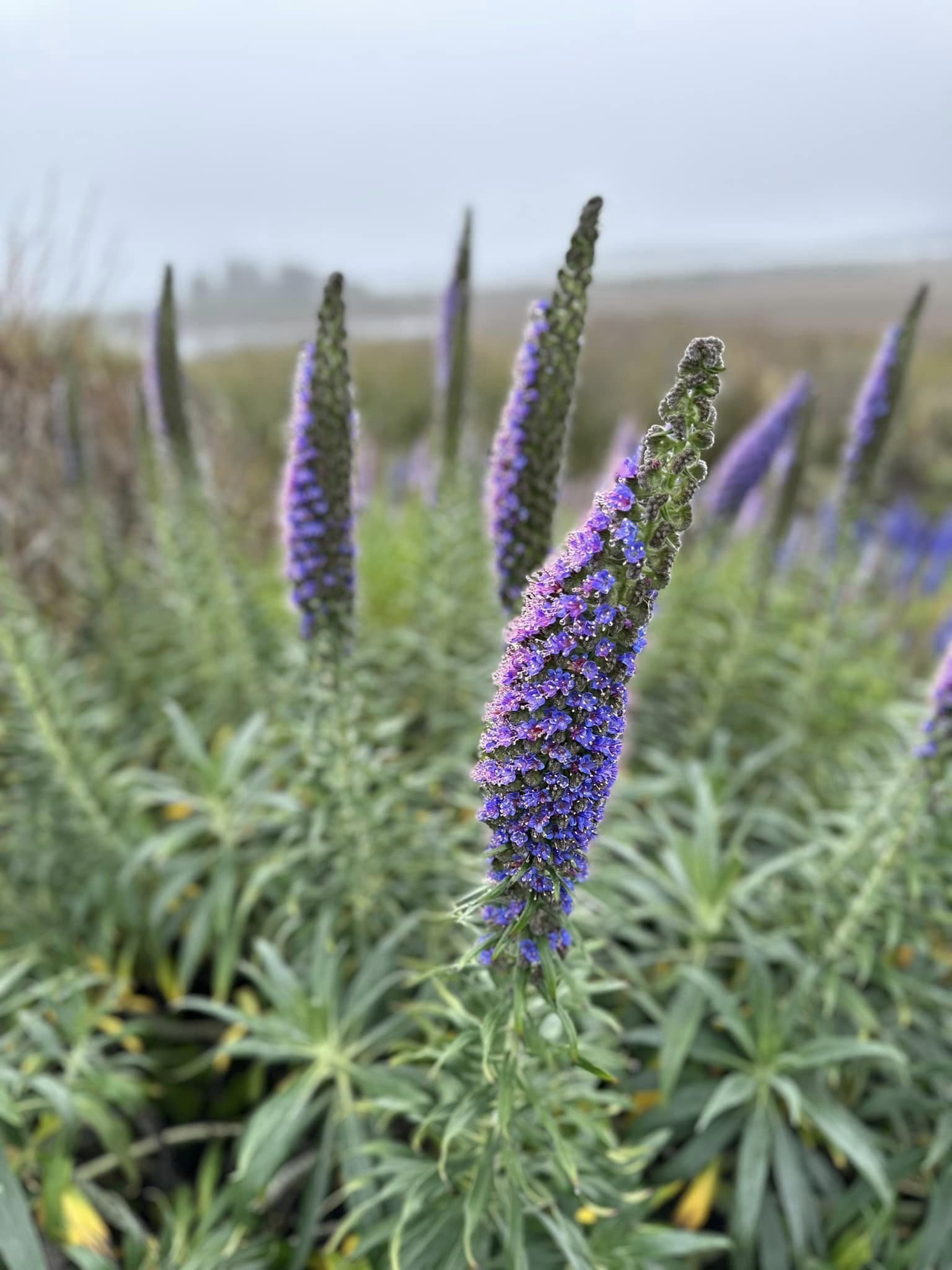
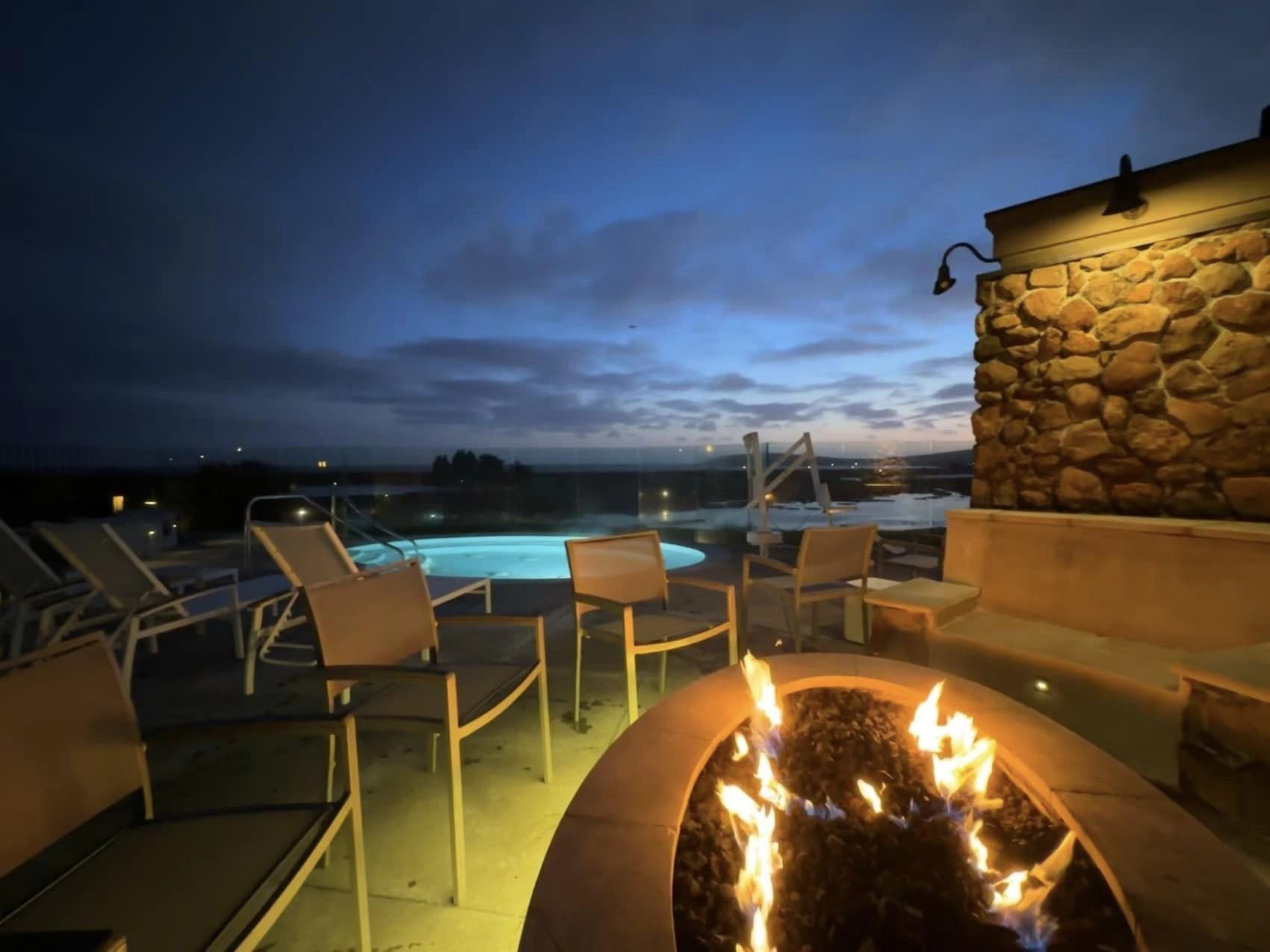
After the rain. Bodega Bay, Sonoma County, California.
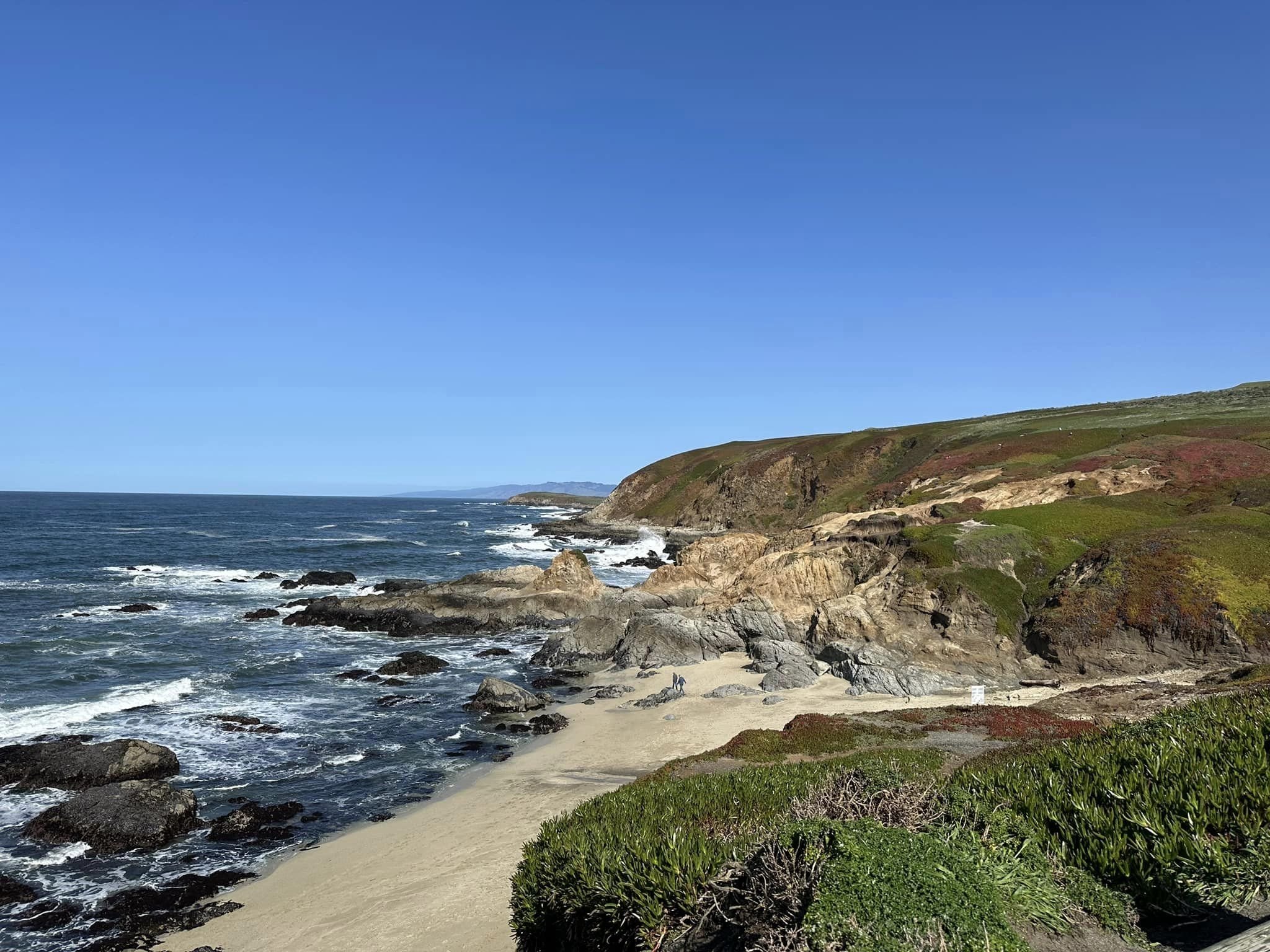
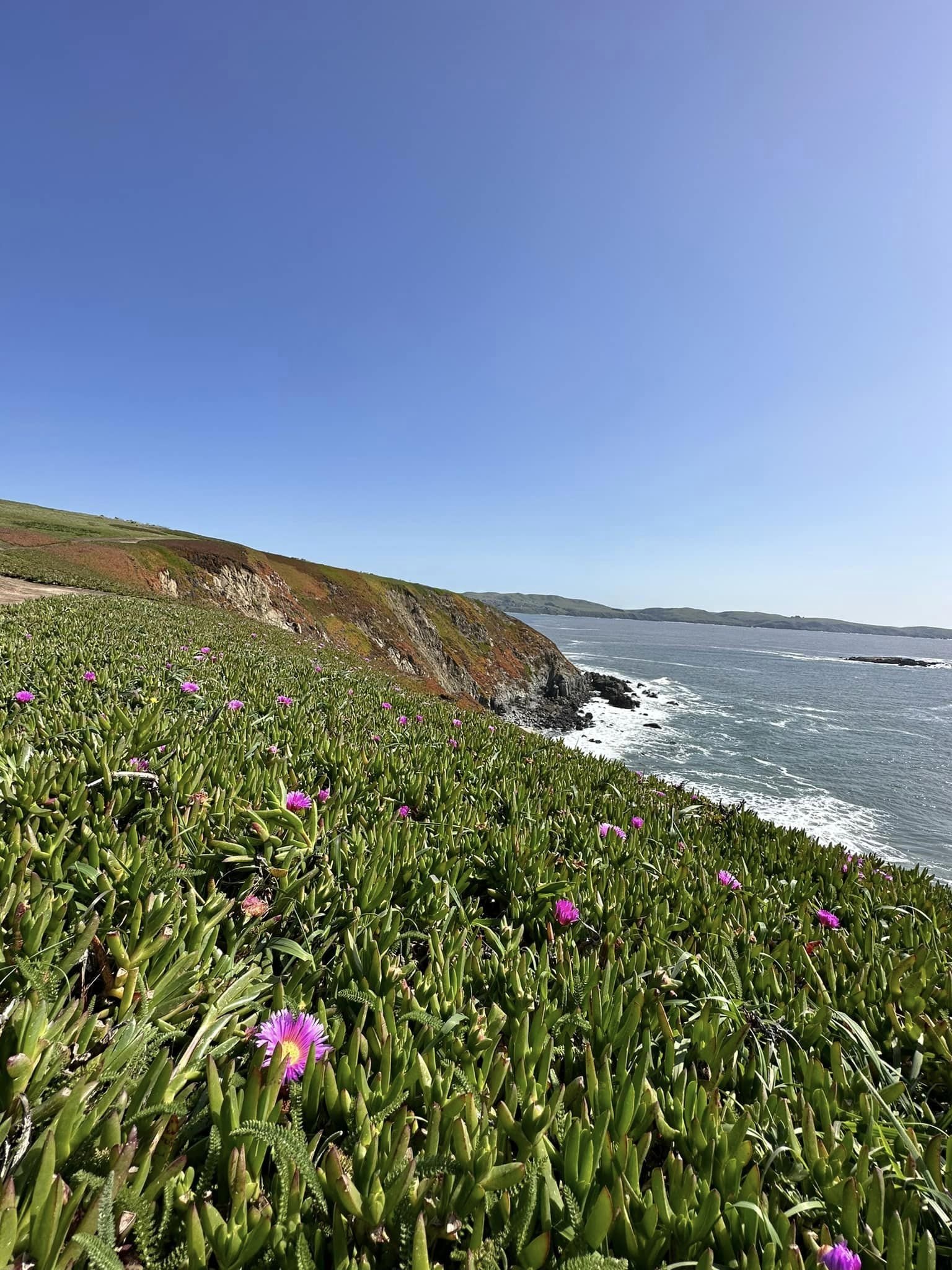
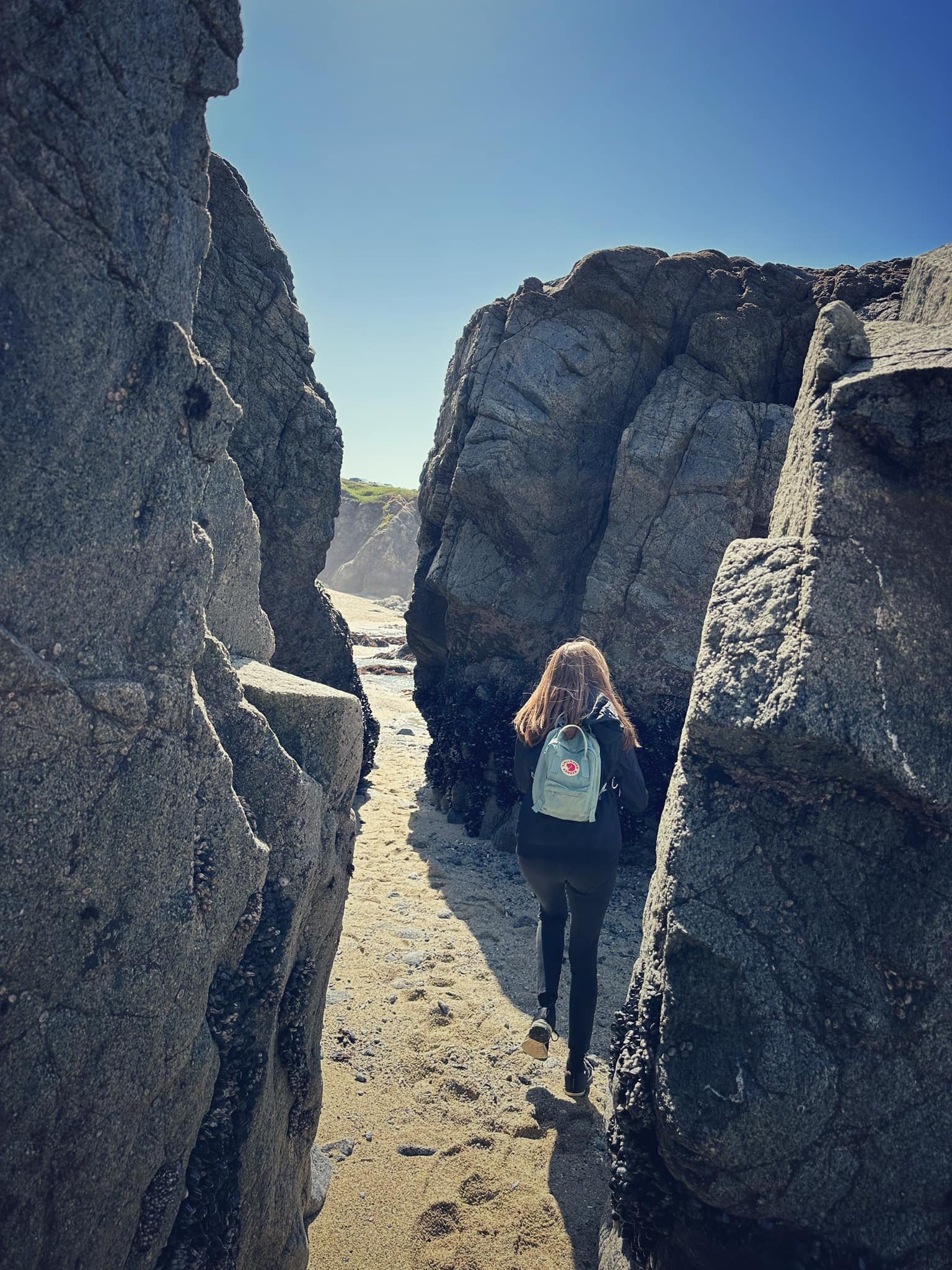
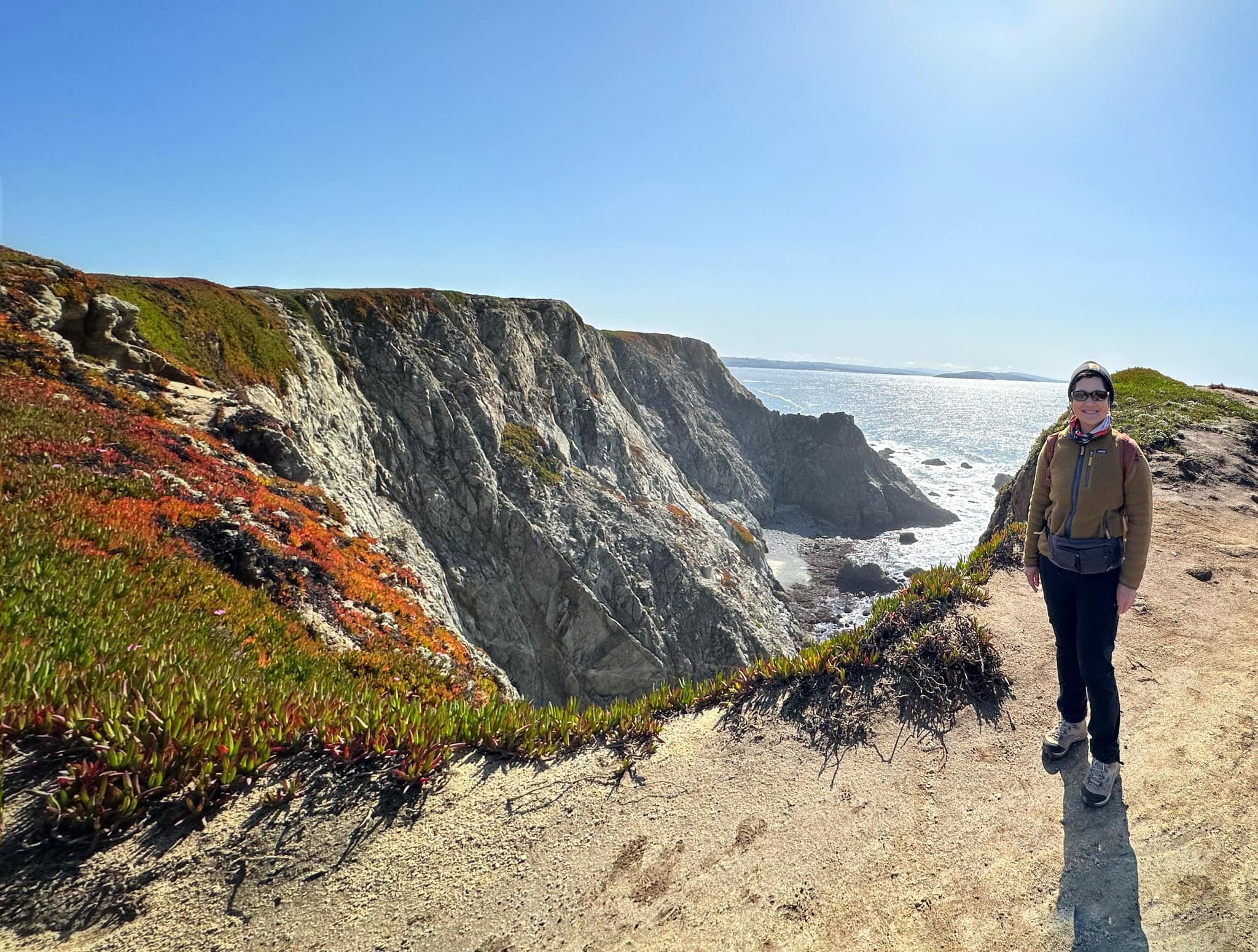
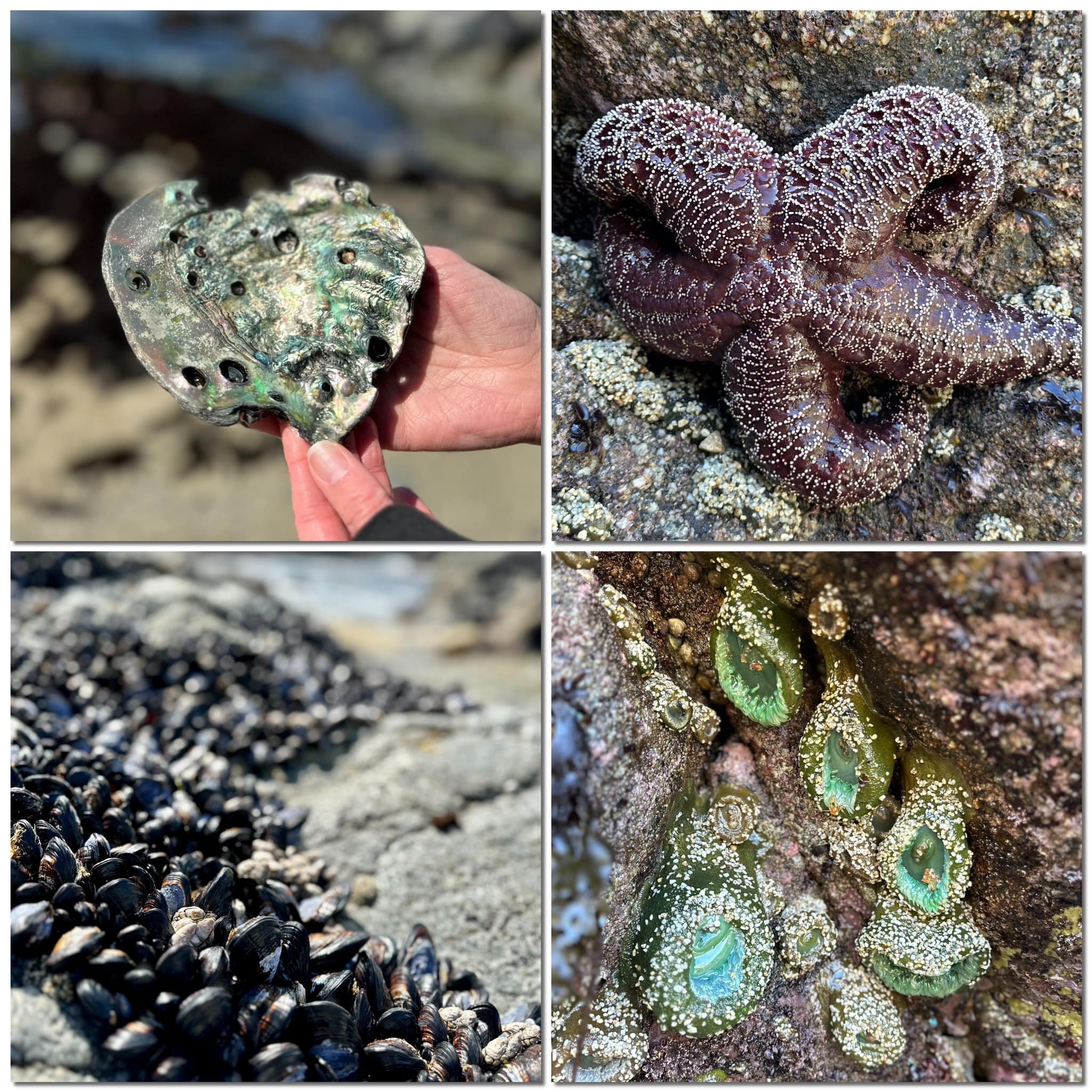
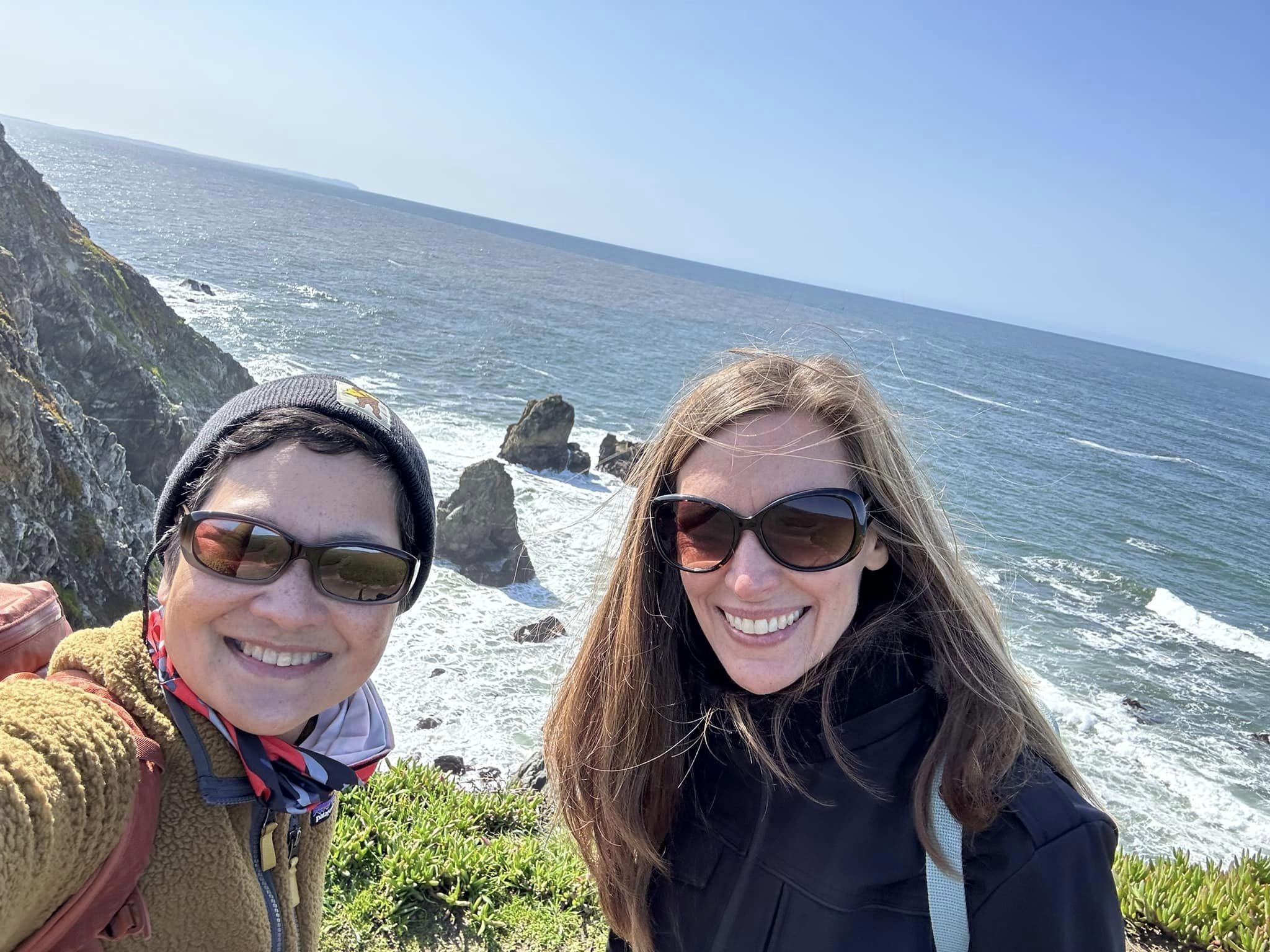
Wonderful walk-and-talk with a friend I hadn’t seen in a decade (life gets busy). Thanks for taking the day off and coming up to meet me, Linda! Bodega Head Trail. Sonoma County, California.
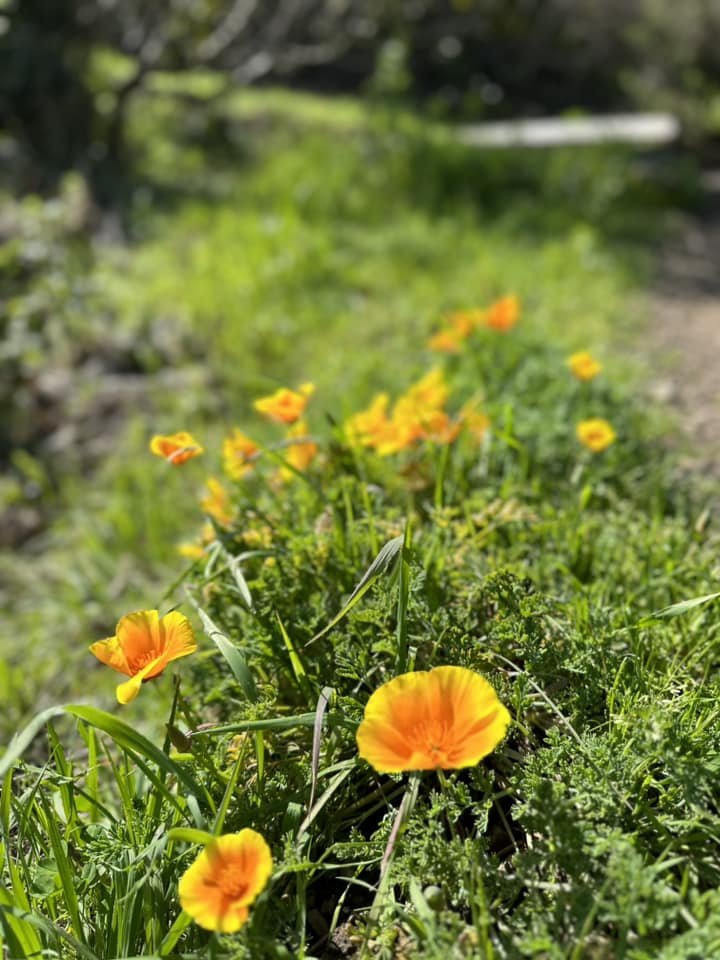
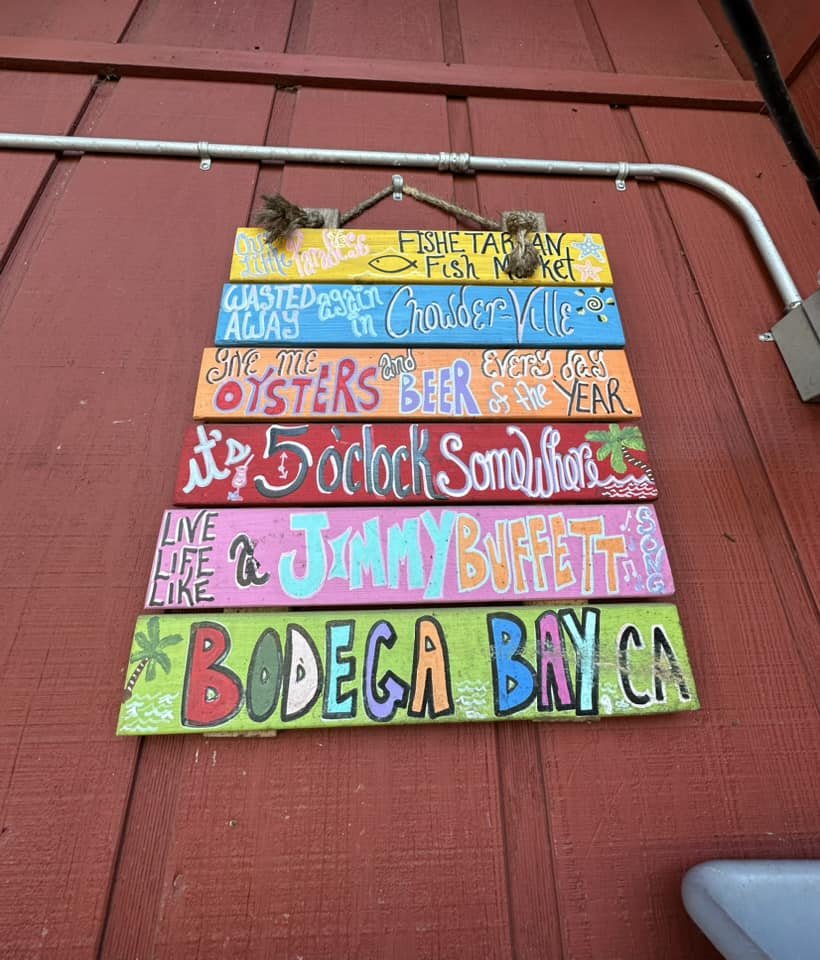
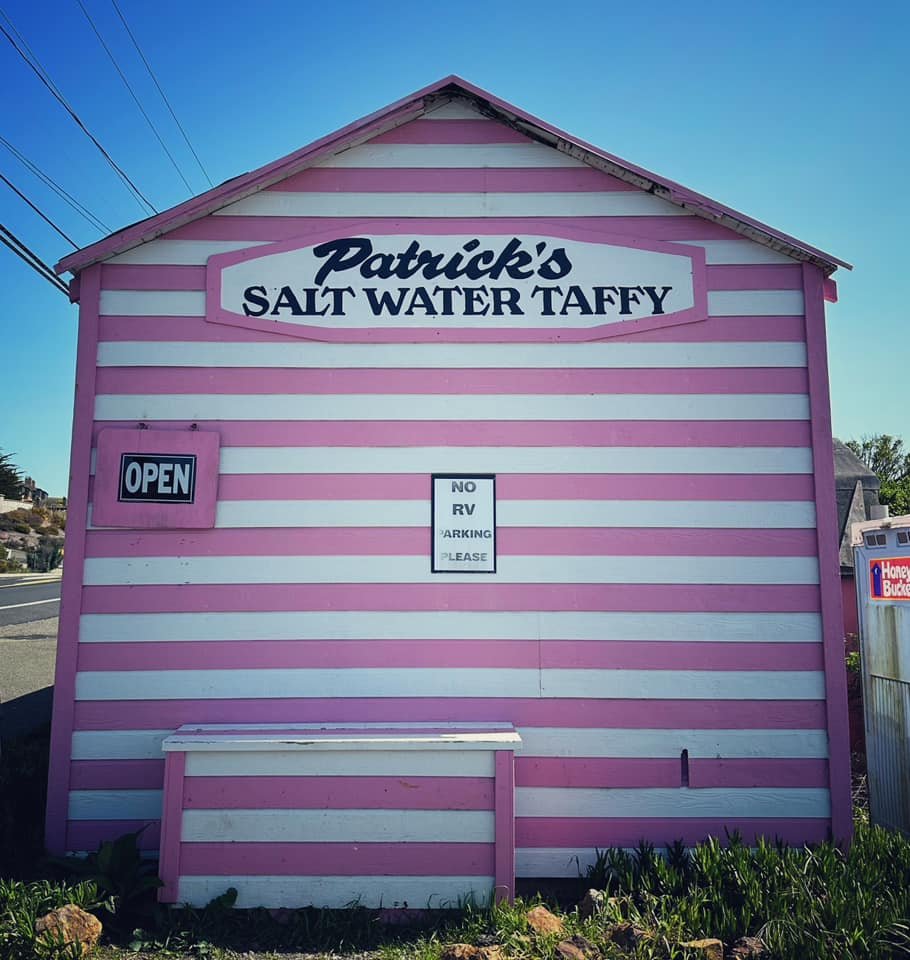
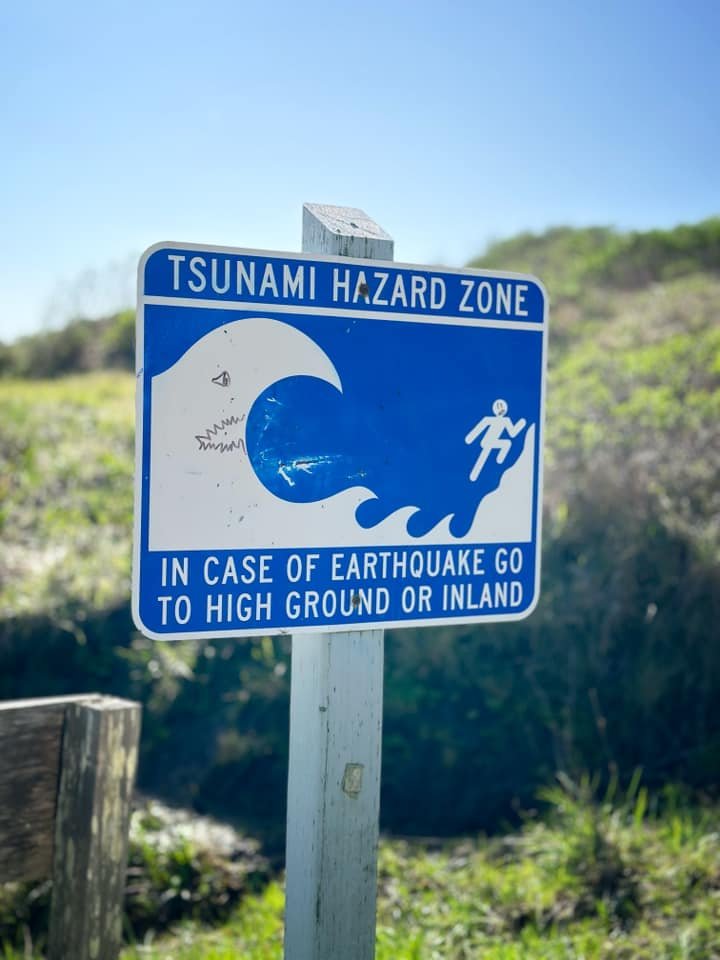
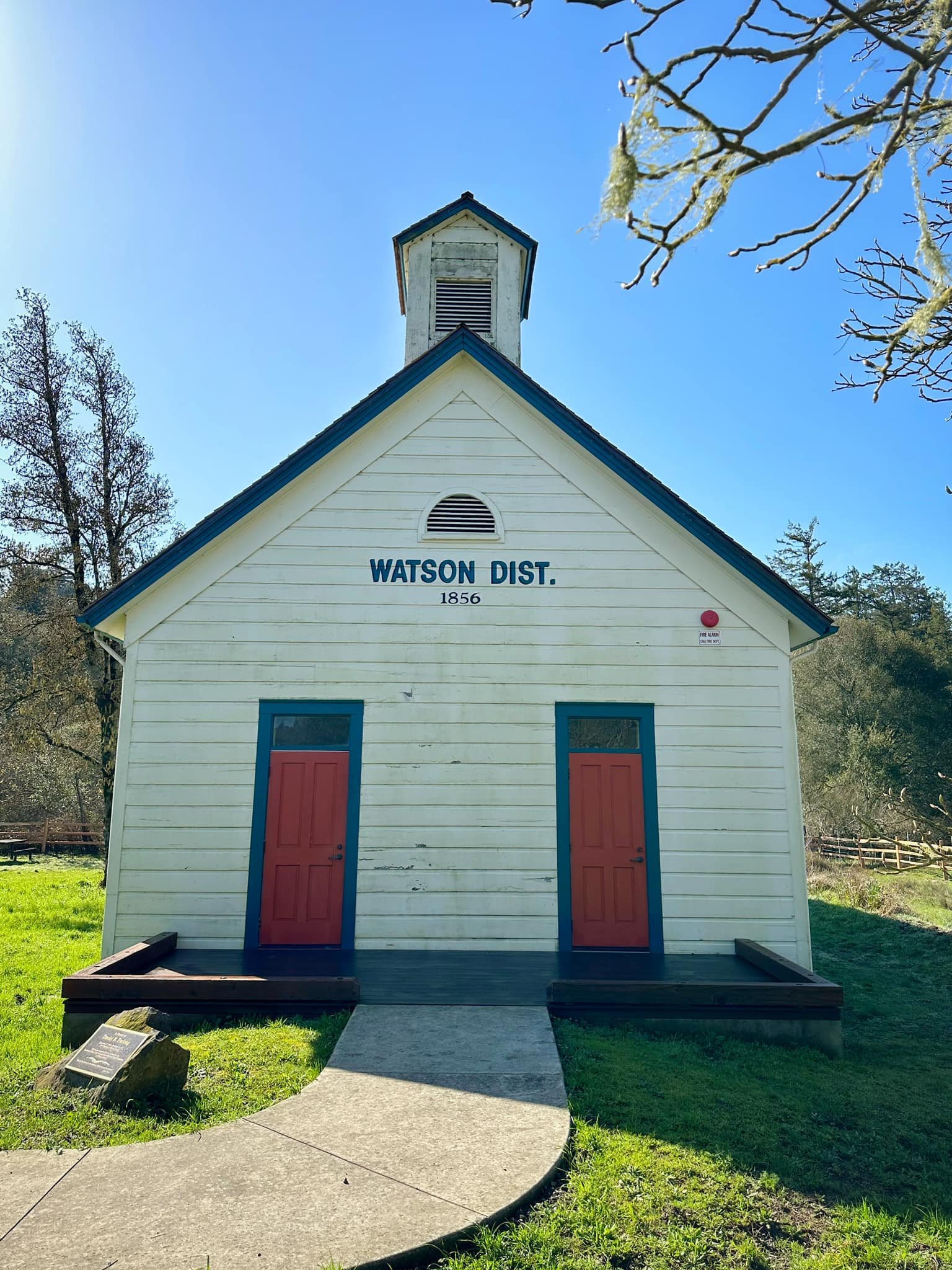
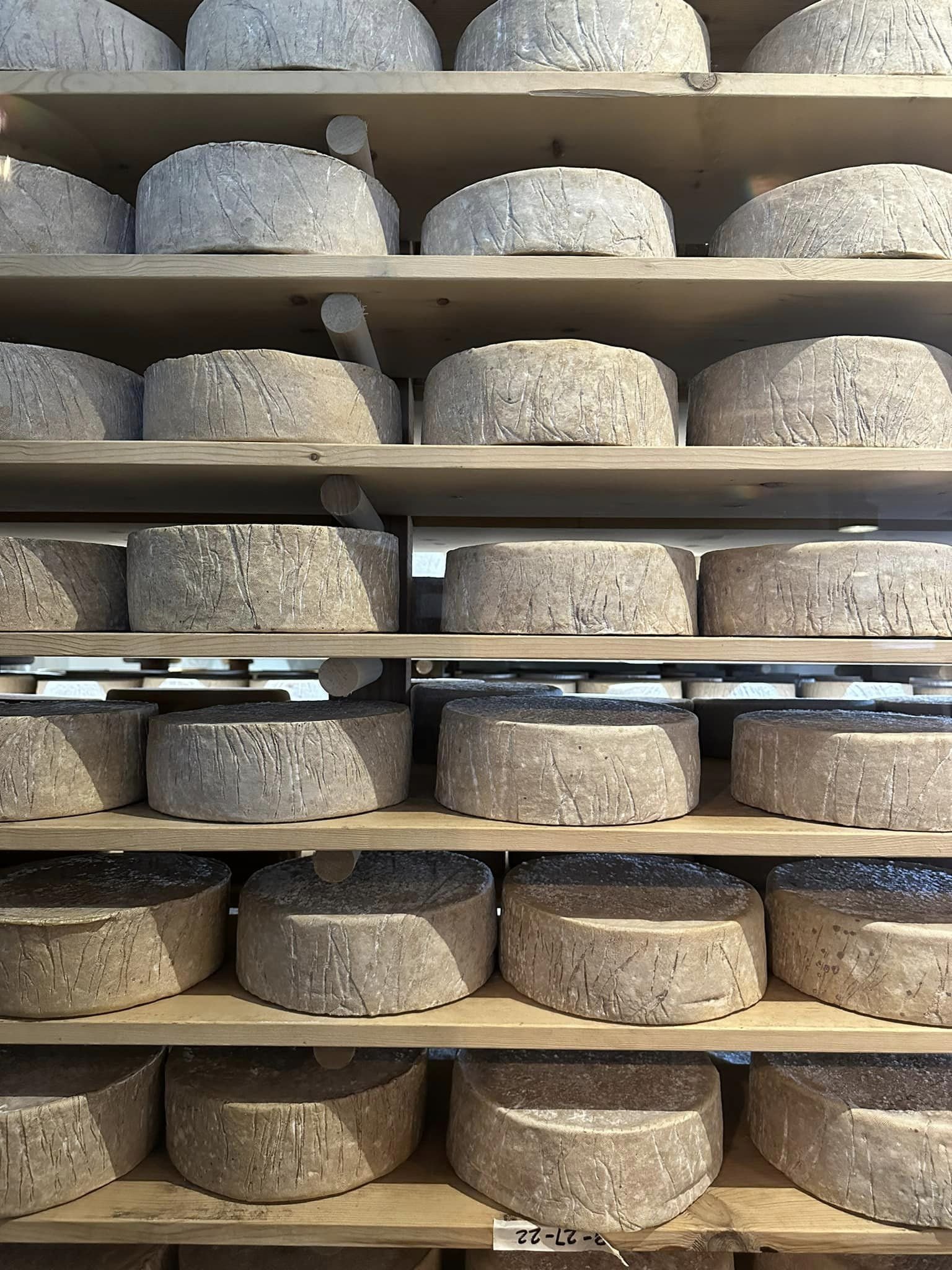
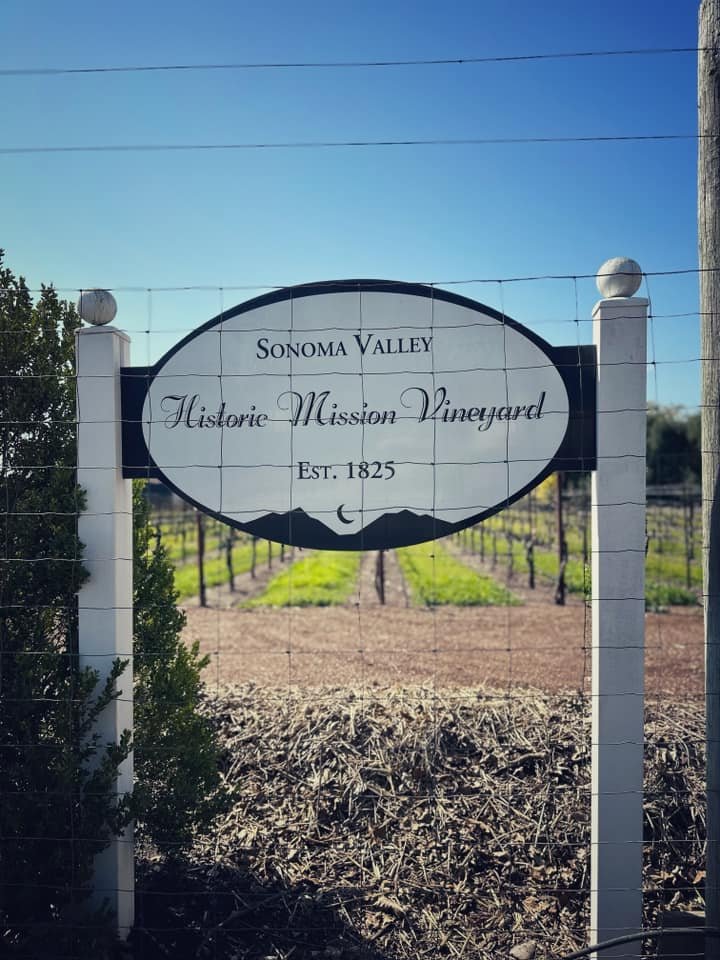
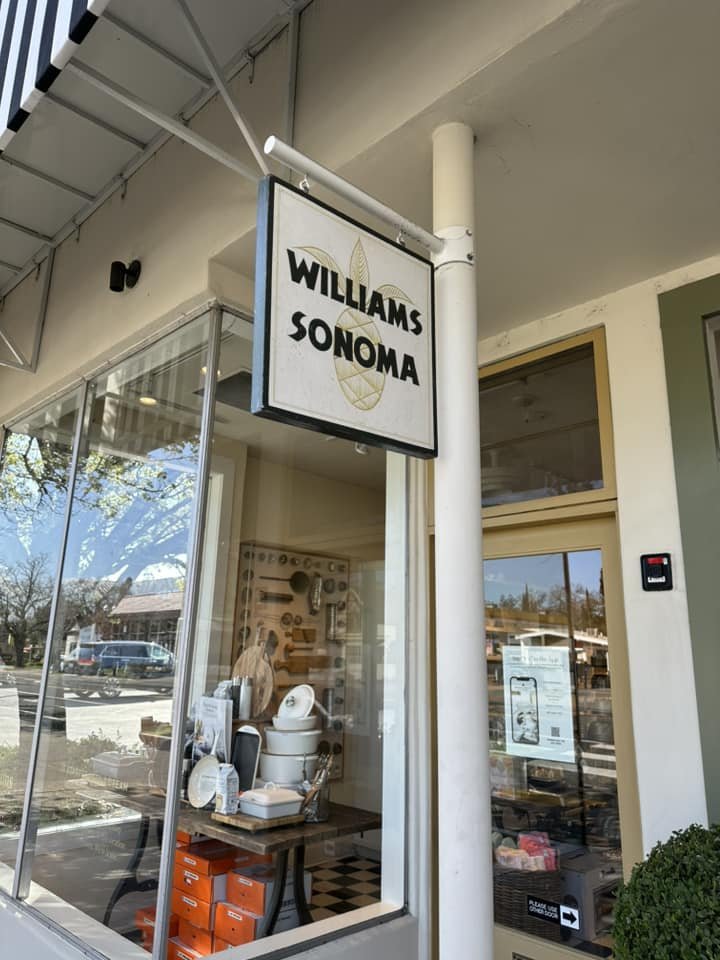
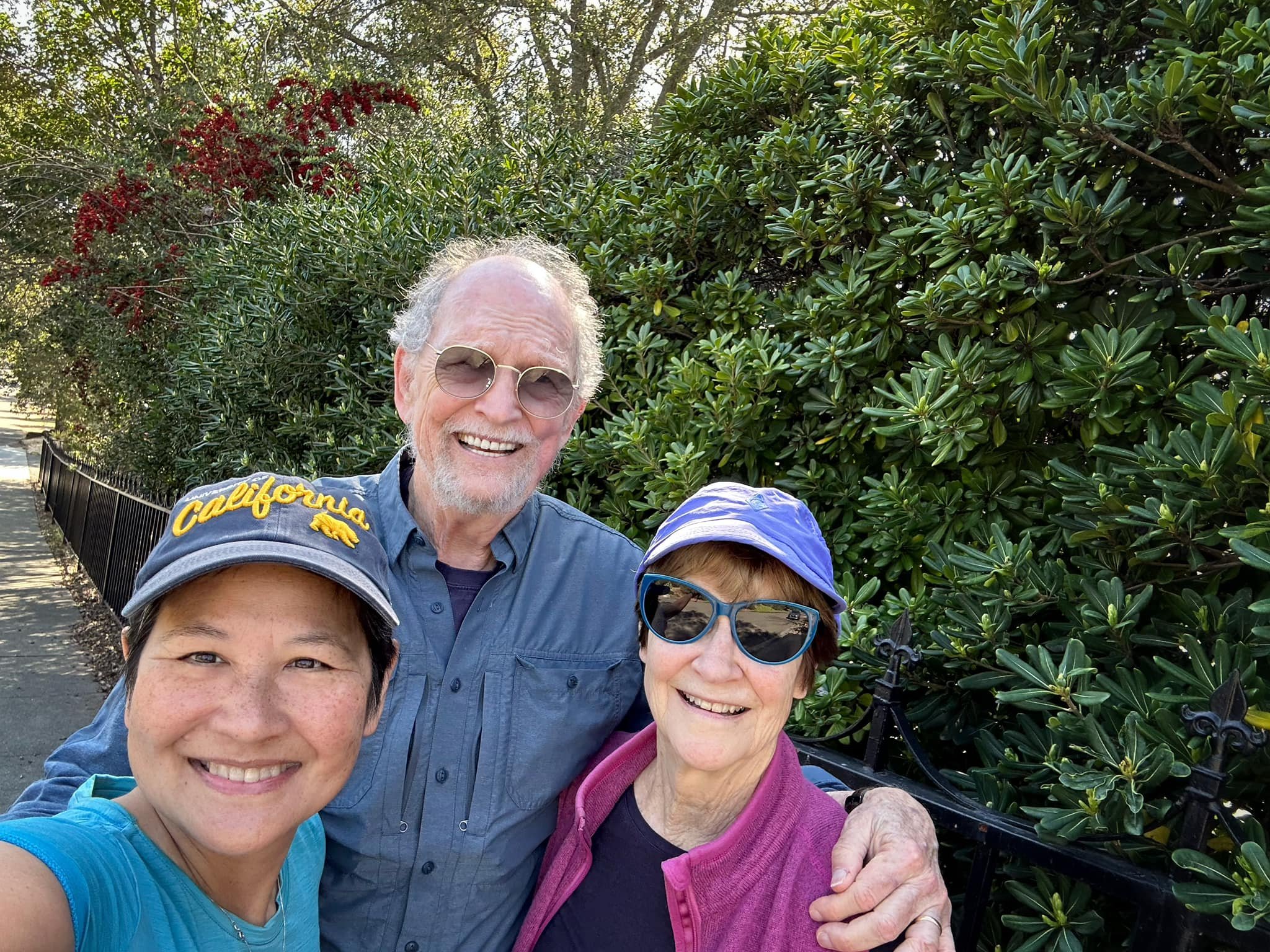
Slow and green in Sonoma County. Visit California.

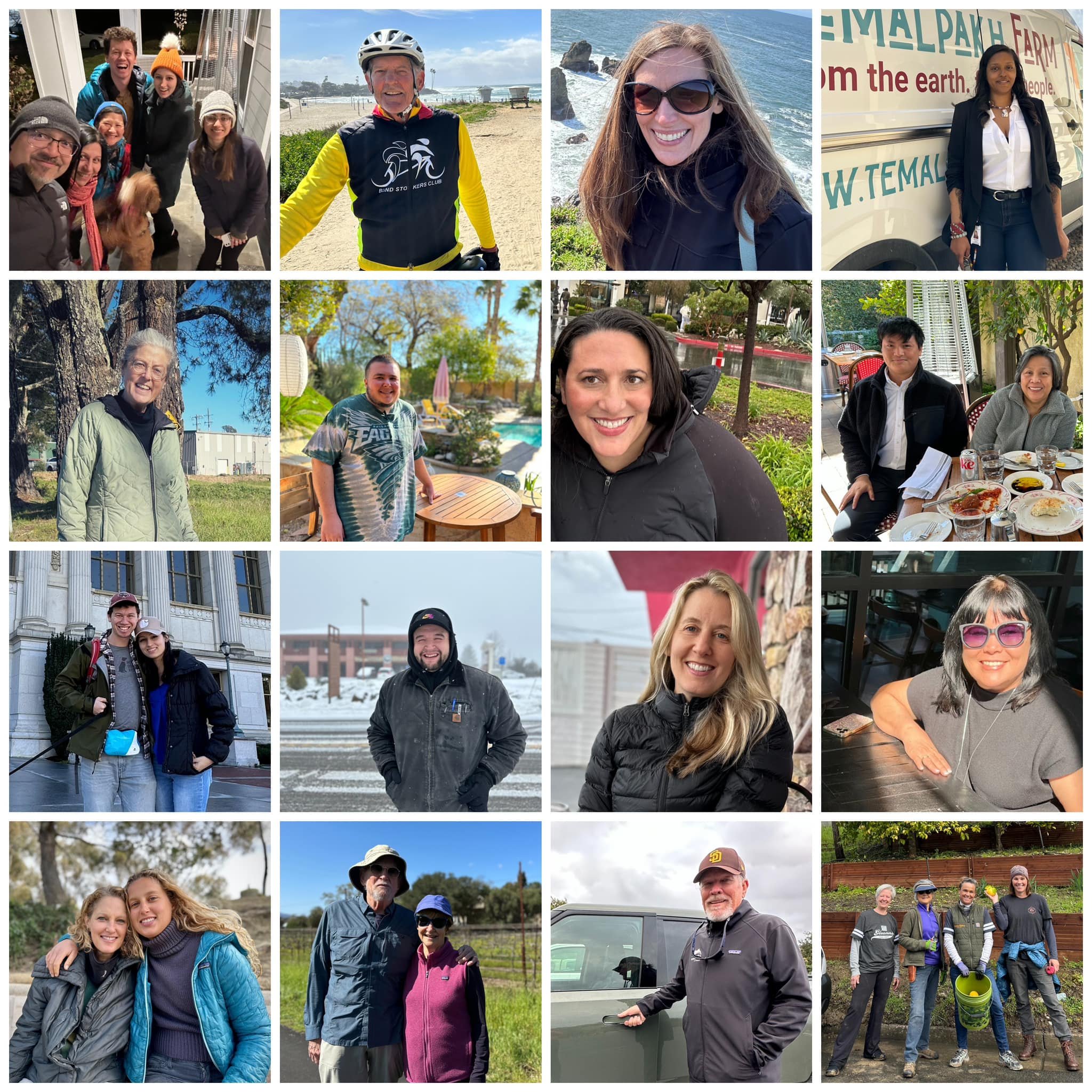
A month in California goes by fast, even when you’re traveling slowly. Thanks, friends and fam. To those I didn’t get to see, I’ll catch you next time!
Photos © Norie Quintos.
